Compounds useful for treating disorders related to RET
Brubaker , et al.
U.S. patent number 10,227,329 [Application Number 15/657,057] was granted by the patent office on 2019-03-12 for compounds useful for treating disorders related to ret. This patent grant is currently assigned to BLUEPRINT MEDICINES CORPORATION. The grantee listed for this patent is BLUEPRINT MEDICINES CORPORATION. Invention is credited to Jason D. Brubaker, Lucian V. Dipietro, Paul E. Fleming, Timothy Guzi, Douglas Wilson, Kevin J. Wilson, Yulian Zhang.
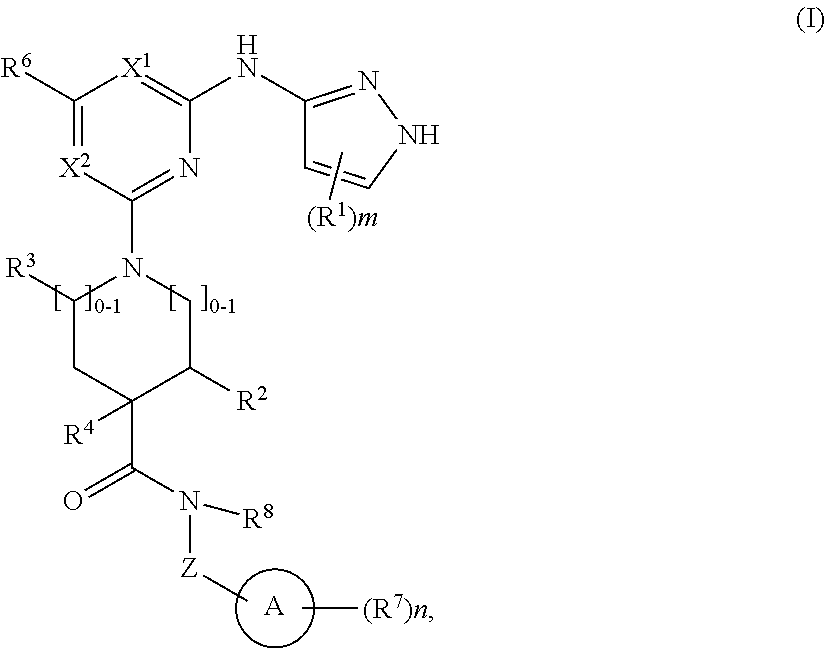


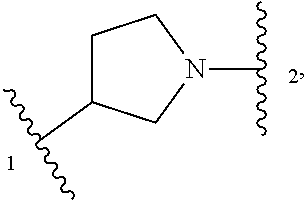
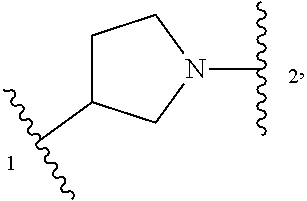
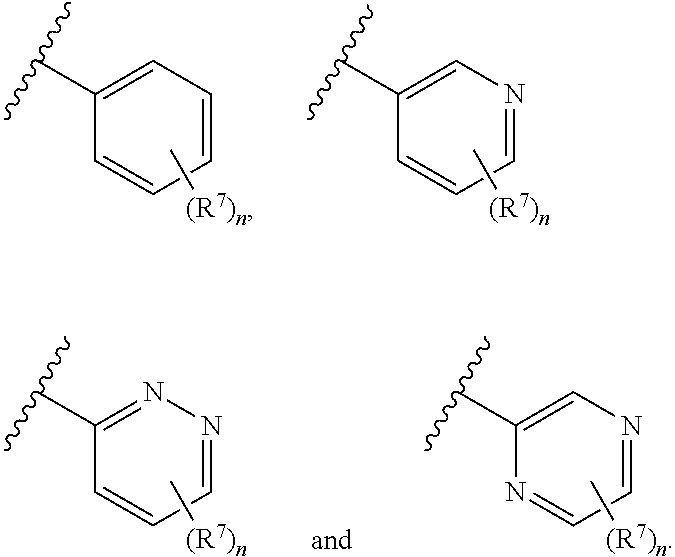
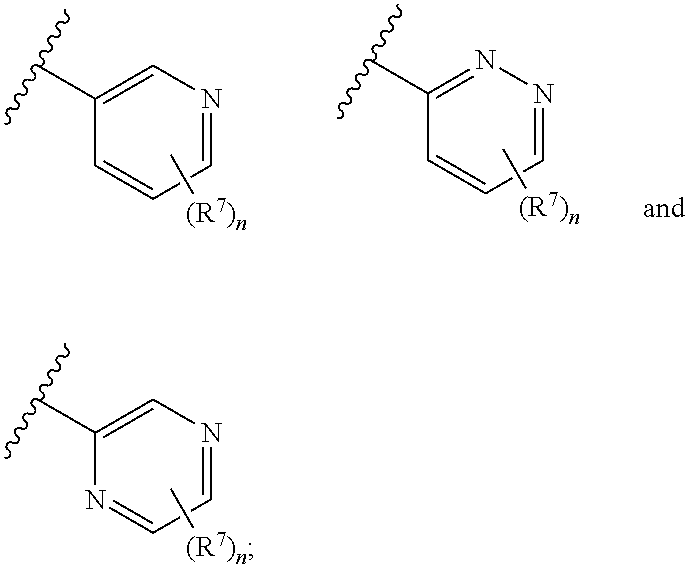

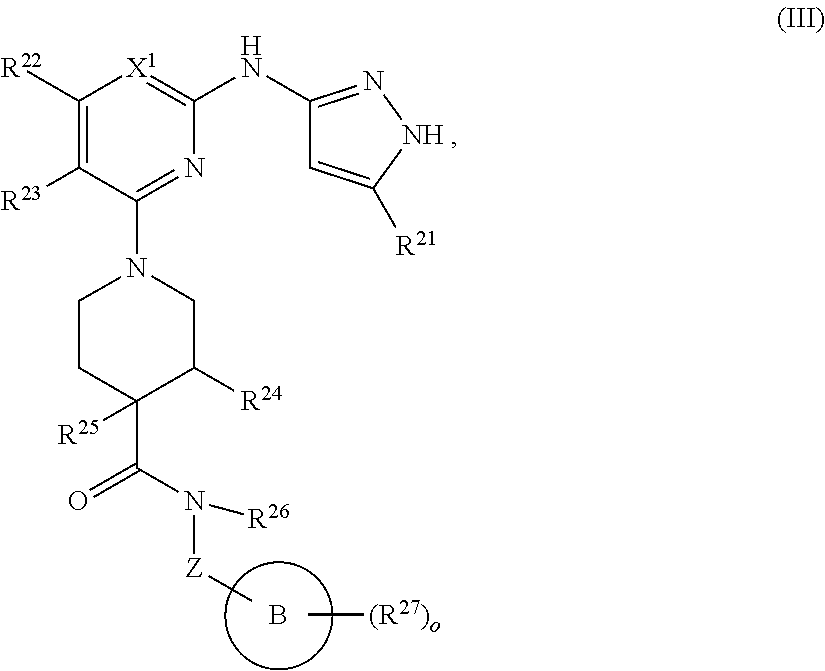
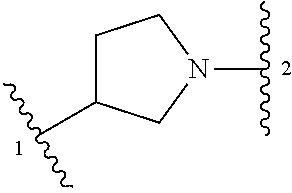
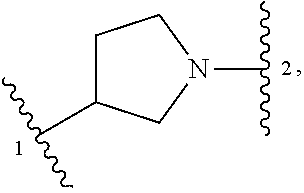
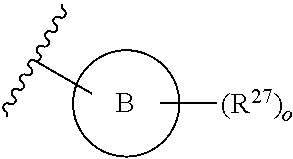
View All Diagrams
| United States Patent | 10,227,329 |
| Brubaker , et al. | March 12, 2019 |
Compounds useful for treating disorders related to RET
Abstract
Described herein are compounds that inhibit wild-type RET and its resistant mutants, pharmaceutical compositions including such compounds, and methods of using such compounds and compositions.
| Inventors: | Brubaker; Jason D. (Cambridge, MA), Guzi; Timothy (Sudbury, MA), Wilson; Kevin J. (Boston, MA), Dipietro; Lucian V. (Gloucester, MA), Zhang; Yulian (Acton, MA), Wilson; Douglas (Ayer, MA), Fleming; Paul E. (Wellesley, MA) | ||||||||||
|---|---|---|---|---|---|---|---|---|---|---|---|
| Applicant: |
|
||||||||||
| Assignee: | BLUEPRINT MEDICINES CORPORATION
(Cambridge, MA) |
||||||||||
| Family ID: | 59523258 | ||||||||||
| Appl. No.: | 15/657,057 | ||||||||||
| Filed: | July 21, 2017 |
Prior Publication Data
| Document Identifier | Publication Date | |
|---|---|---|
| US 20180022732 A1 | Jan 25, 2018 | |
Related U.S. Patent Documents
| Application Number | Filing Date | Patent Number | Issue Date | ||
|---|---|---|---|---|---|
| 62365724 | Jul 22, 2016 | ||||
| Current U.S. Class: | 1/1 |
| Current CPC Class: | C07D 401/14 (20130101) |
| Current International Class: | C07D 401/14 (20060101) |
References Cited [Referenced By]
U.S. Patent Documents
| 8802697 | August 2014 | Bifulco, Jr. et al. |
| 9126951 | September 2015 | Bifulco, Jr. et al. |
| 9200002 | December 2015 | Hodous et al. |
| 9216172 | December 2015 | Kohno et al. |
| 9297011 | March 2016 | Downing et al. |
| 9334263 | May 2016 | Hodous et al. |
| 9340514 | May 2016 | Bifulco, Jr. et al. |
| 9434700 | September 2016 | Bifulco, Jr. et al. |
| 9499522 | November 2016 | DiPietro et al. |
| 9688680 | June 2017 | Hodous |
| 9695165 | July 2017 | Bifulco, Jr. et al. |
| 9884861 | February 2018 | Hodous et al. |
| 9944651 | April 2018 | Hodous et al. |
| 9994552 | June 2018 | DiPietro et al. |
| 9994575 | June 2018 | Hodous et al. |
| 10000490 | June 2018 | Bifulco, Jr. et al. |
| 10000496 | June 2018 | Hodous et al. |
| 10017512 | July 2018 | Wenglowsky et al. |
| 10030005 | July 2018 | Brubaker et al. |
| 10035789 | July 2018 | Brubaker et al. |
| 2012/0316137 | December 2012 | Huang et al. |
| 2013/0096136 | April 2013 | Hata et al. |
| 2013/0115313 | May 2013 | Charrier et al. |
| 2013/0116280 | May 2013 | Ju et al. |
| 2014/0187559 | July 2014 | Miduturu |
| 2014/0221404 | August 2014 | Kohno et al. |
| 2014/0272951 | September 2014 | Chakravarti et al. |
| 2015/0057335 | February 2015 | Kohno et al. |
| 2015/0177246 | June 2015 | Shibata et al. |
| 2016/0102097 | April 2016 | Hodous et al. |
| 2017/0014413 | January 2017 | Downing et al. |
| 2017/0022206 | January 2017 | Hodous et al. |
| 2017/0029409 | February 2017 | DiPietro et al. |
| 2017/0057953 | March 2017 | Hodous et al. |
| 2017/0066773 | March 2017 | Wenglowsky et al. |
| 2017/0066812 | March 2017 | Bifulco, Jr. et al. |
| 2017/0121312 | May 2017 | Brubaker |
| 2017/0145018 | May 2017 | Wenglowsky et al. |
| 2017/0174652 | June 2017 | Bifulco, Jr. et al. |
| 2017/0204104 | July 2017 | Hodous et al. |
| 2017/0253593 | September 2017 | Bifulco, Jr. et al. |
| 2017/0267661 | September 2017 | Kim |
| 2017/0298069 | October 2017 | Brooijmans et al. |
| 2018/0022731 | January 2018 | Brooijmans et al. |
| 2018/0030032 | February 2018 | Brubaker |
| 105255927 | Jan 2016 | CN | |||
| 3037547 | Jun 2016 | EP | |||
| 2015-109806 | Jun 2015 | JP | |||
| WO 2001/60816 | Aug 2001 | WO | |||
| WO 2004/009087 | Jan 2004 | WO | |||
| WO 2007/023382 | Mar 2007 | WO | |||
| WO 2009/003136 | Dec 2008 | WO | |||
| WO 2009/007748 | Jan 2009 | WO | |||
| WO 2009/014637 | Jan 2009 | WO | |||
| WO 2009/100536 | Aug 2009 | WO | |||
| WO 2011/060295 | May 2011 | WO | |||
| WO 2014/039971 | Mar 2014 | WO | |||
| WO 2014/050781 | Apr 2014 | WO | |||
| WO 2014/072220 | May 2014 | WO | |||
| WO 2014/130810 | Aug 2014 | WO | |||
| WO 2014/141187 | Sep 2014 | WO | |||
| WO 2015/006875 | Jan 2015 | WO | |||
| WO 2015/079251 | Jun 2015 | WO | |||
| WO 2016/037578 | Mar 2016 | WO | |||
| WO 2016/038552 | Mar 2016 | WO | |||
| WO 2016/075224 | May 2016 | WO | |||
| WO 2016/127074 | Aug 2016 | WO | |||
| WO 2017/011776 | Jan 2017 | WO | |||
| WO 2017/079140 | May 2017 | WO | |||
| WO 2017/161269 | Sep 2017 | WO | |||
| WO 2018/017983 | Jan 2018 | WO | |||
| WO 2018/022761 | Feb 2018 | WO | |||
| WO 2018/049233 | Jul 2018 | WO | |||
Other References
|
Abdel-Rahman, O. and M. Fouad (2014) "Risk of cardiovascular toxicities in patients with solid tumors treated with sunitinib, axitinib, cediranib or regorafenib: an updated systematic review and comparative meta-analysis" Crit Rev Oncol Hematol, 92:194-207. cited by applicant . Arighi, E. et al. (2005) "RET tyrosine kinase signaling in development and cancer" Cytokine & Growth Factor Reviews, 16:441-467. cited by applicant . Bentzien, F. et al. (2013) "In Vitro and In Vivo Activity of Cabozantinib (XL184), an inhibitor of RET, MET, and VEGFR2, in a Model of Medullary Thyroid Cancer" Thyroid, 23(12):1569-1577. cited by applicant . Brandt, W. et al. (2010) "Inhibitors of the RET tyrosine kinase based on a 2-(alkylsulfanyl)-4-(3-thienyl) nicolinonitrile scaffold" Eur J Med Chem, 45:2919-2927. cited by applicant . Carlomagno, F. et al. (Feb. 1995) "Point Mutation of the RET Proto-oncogene in the TT Human Medullary Thyroid Carcinoma Cell Line" Biochem Biophys Res Commun, 207(3):1022-1028. cited by applicant . Hayashi, H. et al. (2000) "Characterization of intracellular signals via tyrosine 1062 in RET activated by glial cell line-derived neurotrophic factor" Oncogene, 19:4469-4475. cited by applicant . International Search Report and Written Opinion dated Apr. 29, 2016, in International Patent Application No. PCT/US2016/016808, filed Feb. 5, 2016, by Blueprint Medicines Corp. (8 pages). cited by applicant . International Search Report and Written Opinion dated Jan. 18, 2017, in International Patent Application No. PCT/US2016/059879, filed Nov. 1, 2016, by Blueprint Medicines Corp. (12 pages). cited by applicant . International Search Report and Written Opinion dated Jun. 12, 2017, in International Patent Application No. PCT/US2017/022969, filed Mar. 17, 2017, by Blueprint Medicines Corp. (12 pages). cited by applicant . International Search Report and Written Opinion dated Oct. 12, 2017, in International Patent Application No. PCT/US2017/043964, filed Jul. 26, 2017, by Blueprint Medicines Corp. (13 pages). cited by applicant . International Search Report and Written Opinion dated Oct. 25, 2017, in International Patent Application No. PCT/US2017/043340, filed Jul. 21, 2017, by Blueprint Medicines Corp. (14 pages). cited by applicant . Kuster, B. (Ed.) (2012) Kinase Inhibitors. Methods and Protocols. Humana Press; Chapters 1 and 2, pp. 1-44. cited by applicant . Mologni, L. et al. (2010) "Synthesis, structure-activity relationship and crystallographic studies of 3-substituted indolin-2-one RET inhibitors" Bioorq Med Chem, 18:1482-1496. cited by applicant . Mologni, L. et al. (2013) "Ponatinib is a potent inhibitor of wild-type and drug-resistant gatekeeper mutant RET kinase" Mol Cell Endocrinol, 377:1-6. cited by applicant . Mologni, L. et al. (2017) "RET kinase inhibitors: a review of recent patents (2012-2015)" Exp Opin Ther Patents, 27(1):91-99. cited by applicant . Notice of Allowance dated Sep. 26, 2017, in U.S. Appl. No. 15/093,354, filed Apr. 7, 2016; by Blueprint Medicines Corp. cited by applicant . Notice of Allowance dated Sep. 5, 2017, in U.S. Appl. No. 15/217,503, filed Jul. 22, 2016, by Blueprint Medicines Corp. cited by applicant . Notice of Allowance dated Oct. 25, 2017, in U.S. Appl. No. 15/340,428, filed Nov. 1, 2016, by Blueprint Medicines Corp. cited by applicant . Notice of Allowance dated Dec. 15, 2017; in U.S. Appl. No. 15/462;255, filed Mar. 17, 2017, by Blueprint Medicines Corp. cited by applicant . Plaza-Menacho, I. et al. (2014) "Mechanisms of RET Signaling in cancer: Current and future implications for targeted therapy" Cellular Signalling, 26:1743-1752. cited by applicant . Robinett, R.G. et al. (2007) "The discovery of substituted 4-(3-hyroxyanilino)-quinolines as potent RET kinase inhibitors" Bioorg Med Chem Lett, 17:5886-5893. cited by applicant . Suzuki, M. et al. (Jul. 2013) "Identification of a lung adenocarcinoma cell line with CCDC6-RET fusion gene and the effect of RET inhibitors in vitro and in vivo" Cancer Sci, 104(7):896-903. cited by applicant . Touat, M. et al. (2015) "Targeting FGFR Signaling in Cancer" Clin Cancer Res, 21(12):2684-2694. cited by applicant . U.S. Appl. No. 15/548,925, filed Aug. 4, 2017, by Blueprint Medicines Corp. cited by applicant . U.S. Appl. No. 15/660,840, filed Jul. 26; 2017, by Blueprint Medicines Corp. cited by applicant . Antonescu, C.R. et al. (Jul. 2015) "Molecular Characterization of Inflammatory Myofibroblastic Tumors with Frequent ALK and ROS1 Fusions and Rare Novel RET Gene Rearrangement" Am J Surg Pathol, 39(7):957-967. HHS Public Access Author Manuscript; available in PMC Jul. 1, 2015 (19 pages). cited by applicant . Baselga, J. et al. (2005) "Phase II and Tumor Pharmacodynamic Study of Gefitinib in Patients with Advanced Breast Cancer" J Clin Oncol, 23(23):5323-5333. cited by applicant . Caprelsa (vandetanib) "Full Prescribing Information" Reference ID: 3964956, Cambridge, MA: Sanofi Genzyme; 2016. cited by applicant . Ceccherini, I. et al. (1997) "Somatic in frame deletions not involving juxtamembranous cysteine residues strongly activate the RET proto-oncogene" Oncogene, 14:2609-2612. cited by applicant . Chalice Software Technical Guide, Horizon CombinatoRx Inc., Cambridge, MA, USA (downloaded Jul. 2018). cited by applicant . Cometriq (cabozantinib)"Full Prescribing Information" Reference ID: 3964956, South San Francisco, CA: Exelixix, Inc.; 2018. cited by applicant . Druker, B.J. et al. (2001) "Efficacy and Safety of a Specific Inhibitor of the BCR-ABL Tyrosine Kinase in Chronic Myeloid Leukemia" New Engl J Med, 344(14):1031-1037. cited by applicant . Eisenhauer, E.A. et al. (2009) "New response evaluation criteria in solid tumours: Revised RECIST guideline (version 1.1)" Eur J Cancer, 45:228-247. cited by applicant . Elisei, R. et al. (2008) "Prognostic Significance of Somatic RET Oncogene Mutations in Sporadic Medullary Thyroid Cancer: A 10-Year Follow-Up Study" J Clin Endocrinol Metab, 93(3):682-687. cited by applicant . Evans, E. (May 1, 2016) "The Development of Potent and Selective RET Inhibitors" Slides presented at the 2016 Annual Meeting of the International Thyroid Oncology Group at the University of Colorado (19 pages). cited by applicant . Fang, P. et al. (Feb. 2016) "Detection of a novel RET gene fusion in a non-small cell lung cancer patient using AMP chemistry" J Thorac Oncol, 11.2:S21-S22. cited by applicant . Gautschi, O. et al. (2016) "Targeting RET in patients with RET-rearranged lung cancers: Results from a global registry" J Clin Oncol, 34(15S) (suppl; abstr 9014). cited by applicant . Grubbs, E.G. et al. (Mar. 2015 Mar) "RET Fusion as a Novel Driver of Medullary Thyroid Carcinoma" J Clin Endocrinol Metab, 100:788-793. cited by applicant . Halkova, T. et al. (2015) "A novel RETIPTC variant detected in a pediatric patient with papillary thyroid cancer without ionization history" Hum Pathol, 46:1962-1969. cited by applicant . Horiike, A. et al. (2016) "Sorafenib treatment for patients with RET fusion-positive non-small cell lung cancer" Lung Cancer, 93:43-46. cited by applicant . Joung, J.Y. et al. (2016) "Diffuse sclerosing variant of papillary thyroid carcinoma: major genetic alterations and prognostic implications" Histopathology, 69:45-53. cited by applicant . Jovanovic, R. et al. (2015) "Novel RET Mutations in Macedonian Patients with Medullary Thyroid Carcinoma: Genotype-Phenotype Correlations" Prilozi, 36(1):93-107. cited by applicant . Karrasch, T. et al. (2016) "How to Assess the Clinical Relevance of Novel RET Missense Variants in the Absence of Functional Studies?" Eur Thyroid J, 5:73-77. cited by applicant . Kato, S. et al. (Apr. 15, 2017) "RET Aberrations in Diverse Cancers: Next-Generation Sequencing of 4,871 Patients" Clin Cancer Res, 23(8):1988-1997. cited by applicant . Kim, S.H. et al. (2015) "A New Germline ALA641THR Variant in the Transmembrane Domain of the RET Gene Associated with Medullary Thyroid Cancer" Acta Endocrinologica (Buc), 11.2:189-194. cited by applicant . Krampitz, G.W. and J.A. Norton (2014) "RET Gene Mutations (Genotype and Phenotype) of Multiple Endocrine Neoplasia Type 2 and Familial Medullary Thyroid Carcinoma" Cancer, 120:1920-1931. cited by applicant . Latteyer, S. et al. (Mar. 2016) "A 6-Base Pair in Frame Germline Deletion in Exon 7 of RET Leads to Increased RET Phosphorylation, ERK Activation, and MEN2A" J Clin Endocrinol Metab, 101(3):1016-1022. cited by applicant . Le Rolle, A. et al. (2015) "Identification and characterization of RET fusions in advanced colorectal cancer" Oncotarget, 6(30):28929-28937. cited by applicant . Lee, M.S. et al. (2016) "Efficacy of the combination of MEK and CDK4/6 inhibitors in vitro and in vivo in KRAS mutant colorectal cancer models" Oncotarget, 7(26):39595-39608. cited by applicant . Lehar, J. et al. (2009) "Synergistic drug combinations improve therapeutic selectivity" Nat Biotechnol, 27(7):659-666. HHS Public Access Author Manuscript; available in PMC Jan. 1, 2010 (23 pages). cited by applicant . Lin, J.J. et al. (2016) "Clinical Activity of Alectinib in Advanced RET-Rearranged Non-Small Cell Lung Cancer" J Thorac Oncol, 11(11):2027-2032. cited by applicant . Lipson, D. et al. (2012) "Identification of new ALK and RET gene fusions from colorectal and lung cancer biopsies" Nat Med, 18(3):382-384. HHS Public Access Author Manuscript; available in PMC Feb. 6, 2014 (7 pages). cited by applicant . Machens, A et al. (2003) "Early Malignant Progression of Hereditary Medullary Thyroid Cancer" New Engl J Med, 349:1517-1525. cited by applicant . Moura, M.M. et al. (2009) "Correlation of RET somatic mutations with clinicopathological features in sporadic medullary thyroid carcinomas" Br J Cancer, 100:1777-1783. cited by applicant . Mulligan, L.M. et al. (Jun. 3, 1993) "Germ-line mutations of the RET proto-oncogene in multiple endocrine neoplasia type 2A" Nature, 363:458-460. cited by applicant . Mulligan, L.M. et al. (1995) "Genotype-phenotype correlation in multiple endocrine neoplasia type 2: report of the International RED Mutation Consortium" J Int Med, 238:343-346. cited by applicant . Mulligan, L.M. (Mar. 2014) "RET revisited: expanding the oncogenic portfolio" Nat Rev Cancer, 14:173-186. cited by applicant . Notice of Allowance dated Jun. 27, 2018, in U.S. Appl. No. 15/222,523, filed Jul. 28, 2016, by Blueprint Medicines Corp. cited by applicant . Notice of Allowance dated Aug. 6, 2018, in U.S. Appl. No. 15/462,255, filed Mar. 17, 2017, by Blueprint Medicines Corp. cited by applicant . Pirker, R. And M. Filipits (2015) "Alectinib in RET-rearranged non-small cell lung cancer--Another progress in precision medicine?" Transl Lung Cancer Res, 4(6):797-800. cited by applicant . Qi, X. et al. (2015) "RET mutation p.S891A in a Chinese family with familial medullary thyroid carcinoma and associated cutaneous amyloidosis binding OSMR variant p.G513D" Oncotarget, 6(32):33993-34003. cited by applicant . Rahal, R. et al. (2016) "The development of potent, selective RET inhibitors that target both wild-type RET and prospectively identified resistance mutations to multi-kinase inhibitors" Abstract submitted to the American Association for Cancer Research (AACR) Annual Meeting, Apr. 16-20, 2016, New Orleans; submission date Dec. 1, 2015 (2 pages). cited by applicant . Rahal, R. (Apr. 18, 2016) "The development of potent, selective RET inhibitors" Slides of a Presentation at the American Association for Cancer Research (AACR) Annual Meeting, Apr. 16-20, 2016, New Orleans (15 pages). cited by applicant . Romei, C. et al. (Apr. 2016) "A comprehensive overview of the role of the RET proto-oncogene in thyroid carcinoma" Nat Rev Endocrinol, 12:192-202. cited by applicant . Saito, M. et al. (Jun. 2016) "Gene aberrations for precision medicine against lung adenocarcinoma" Cancer Sci, 107(6):713-720. cited by applicant . Sarker, D. and P. Workman (2007) "Pharmacodynamic Biomarkers for Molecular Cancer Therapeutics" Adv Cancer Res, 96:213-268. cited by applicant . Scollo, C. et al. (2016) "A novel RET gene mutation in a patient with apparently sporadic pheochromocytoma" Endocr J, 63(1):87-91. cited by applicant . Silva, A.L. et al. (2015) "Identification and characterization of two novel germline RET variants associated with medullary thyroid carcinoma" Endocrine, 49:366-372. cited by applicant . Suehara, Y. et al. (Dec. 15, 2012) "Identification of KIF5B-RET and GOPC-ROS1 fusions in lung adenocarcinomas through a comprehensive mRNA-based screen for tyrosine kinase fusions" Clin Cancer Res, 18(24):6599-6608. HHS Public Access Author Manuscript; available in PMC Nov. 17, 2014 (18 pages). cited by applicant . Stransky, N. et al. (2014) "The landscape of kinase fusions in cancer" Nat Commun, 5:4846 (10 pages). cited by applicant . Takeuchi, K. et al. (Mar. 2012) "RET, ROS1 and ALK fusions in lung cancer" Nat Med, 18(3):378-381. cited by applicant . Tan, D.S. et al. (2009) "Biomarker-Driven Early Clinical Trials in Oncology" Cancer J, 15(5):406-420. cited by applicant . U.S. Nat'l Library of Med., A Phase 1 Trial of Vandetanib (a Multi-kinase Inhibitor of EGFR, VEGFT and RET Inhibitor) in Combination With Everolimus (an mTOR Inhibitor) in Advanced Cancer, ClinicalTrials.gov, https://clinicaltrials.gov/ct2/show/NCT01582191 (last updated Jul. 3, 2018) (7 pages). cited by applicant . U.S. Nat'l Library of Med., Phase 1 Study of the Highly-selective RET Inhibitor BLU-667 in Patients With Thyroid Cancer, Non-Small Cell Lung Cancer, and Other Advanced Solid Tumors, ClinicalTrials.gov, https://clinicaltrials.gov/ct2/show/NCT03037385 (last updated Jun. 27, 2018) (8 pages). cited by applicant . U.S. Appl. No. 15/867,637, filed Jan. 10, 2018, by Blueprint Medicines Corp. cited by applicant . U.S. Appl. No. 15/973,340, filed May 7, 2018, by Blueprint Medicines Corp. cited by applicant . U.S. Appl. No. 15/973,378, filed May 7, 2018, by Blueprint Medicines Corp. cited by applicant . U.S. Appl. No. 16/002,587, filed Jun. 7, 2018, by Blueprint Medicines Corp. cited by applicant . U.S. Appl. No. 16/027,166, filed Jul. 3, 2018, by Blueprint Medicines Corp. cited by applicant . Wang, L. et al. (2012) "Identification of a Novel, Recurrent HEY1-NCOA2 Fusion in Mesenchymal Chondrosarcoma based on a Genome-wide Screen of Exon-level Expression Data" Genes Chromosomes Cancer, 51(2):127-139. HHS Public Access Author Manuscript; available in PMC Feb. 1, 2013 (24 pages). cited by applicant . Wang, R. et al. (Dec. 10, 2012) "RET Fusions Define a Unique Molecular and Clinicopathologic Subtype of Non-Small-Cell Lung Cancer" J Clin Oncol, 30(35):4352-4359. cited by applicant . Wells, S.A. et al. (2015) "Revised American Thyroid Association Guidelines for the Management of Medullary Thyroid Carcinoma" Thyroid, 25(6):567-610. cited by applicant. |
Primary Examiner: Pagano; Alexander R
Assistant Examiner: Sackey; Ebenezer O
Attorney, Agent or Firm: Finnegan, Henderson, Farabow, Garrett & Dunner, LLP
Parent Case Text
CLAIM OF PRIORITY
This application claims priority from U.S. Provisional Application No. 62/365,724, filed Jul. 22, 2016, which is incorporated herein in its entirety.
This disclosure relates to inhibitors of RET that are active against wild-type RET and its resistant mutants.
Claims
The invention claimed is:
1. A compound of structural formula (I) or a pharmaceutically acceptable salt thereof, wherein: ##STR00207## ring A is an aryl or heteroaryl ring; each of X.sup.1 and X.sup.2 is independently selected from N and C(R.sup.6); Z is ##STR00208## --CD(R.sup.5)--, or --CH(R.sup.5)--, wherein "1" represents a point of attachment to N(R.sup.8); and "2" represents a point of attachment to ring A; each R.sup.1 and each R.sup.7 is independently selected from C.sub.1-C.sub.6 alkyl, C.sub.2-C.sub.6 alkenyl, C.sub.2-C.sub.6 alkynyl, C.sub.1-C.sub.6 alkoxy, halo, C.sub.1-C.sub.6 heteroalkyl, cycloalkyl, aryl, heteroaryl, aryloxy, aralkyl, heterocyclyl, heterocyclylalkyl, nitro, cyano, --C(O)R.sup.c, --OC(O)R.sup.c, --C(O)OR.sup.d, --(C.sub.1-C.sub.6 alkylene)-C(O)R.sup.c, --SR.sup.d, --S(O).sub.2R.sup.c, --S(O).sub.2--N(R.sup.d)(R.sup.d), --(C.sub.1-C.sub.6 alkylene)-S(O).sub.2R.sup.c, --(C.sub.1-C.sub.6 alkylene)-S(O).sub.2--N(R.sup.d)(R.sup.d), --N(R.sup.d)(R.sup.d), --C(O)--N(R.sup.d)(R.sup.d), --N(R.sup.d)--C(O)R.sup.c, --N(R.sup.d)-- C(O)OR.sup.c, --(C.sub.1-C.sub.6 alkylene)-N(R.sup.d)--C(O)R.sup.c, --N(R.sup.d)S(O).sub.2R.sup.c, and --P(O)(R.sup.c)(R.sup.c), wherein each of alkyl, alkenyl, alkynyl, alkoxy, heteroalkyl, cycloalkyl, aryl, heteroaryl, aryloxy, aralkyl, heterocyclyl, and heterocyclylalkyl is independently substituted with 0-5 occurrences of R.sup.a, or two R.sup.1 or two R.sup.7 are taken together with the carbon atoms to which they are attached form a cycloalkyl or heterocyclyl ring independently substituted with 0-5 occurrences of R.sup.b; each of R.sup.2, R.sup.3, and R.sup.4 is independently selected from hydrogen, C.sub.1-C.sub.6 alkyl, C.sub.1-C.sub.6 alkoxy, halo, hydroxyl, cyano, C.sub.1-C.sub.6 heteroalkyl, and --N(R.sup.d)(R.sup.d), wherein each of alkyl, alkoxy, and heteroalkyl is independently substituted with 0-5 occurrences of R.sup.a; each of R.sup.5 and R.sup.8 is independently selected from hydrogen, deuterium, C.sub.1-C.sub.6 alkyl, and C.sub.1-C.sub.6 heteroalkyl, wherein each alkyl and heteroalkyl is independently substituted with 0-5 occurrences of R.sup.a; each R.sup.6 is independently selected from hydrogen, C.sub.1-C.sub.6 alkyl, C.sub.1-C.sub.6 alkoxy, halo, cyano, C.sub.1-C.sub.6 heteroalkyl, and --N(R.sup.d)(R.sup.d), wherein each alkyl, alkoxy, and heteroalkyl is independently substituted with 0-5 occurrences of R.sup.a; each R.sup.a and each R.sup.b is independently selected from C.sub.1-C.sub.6 alkyl, halo, hydroxyl, C.sub.1-C.sub.6 heteroalkyl, C.sub.1-C.sub.6 alkoxy, cycloalkyl, heterocyclyl, and cyano, wherein each of alkyl, heteroalkyl, alkoxy, cycloalkyl, and heterocyclyl is independently substituted with 0-5 occurrences of R'; each R' is independently selected from C.sub.1-C.sub.6 alkyl, C.sub.1-C.sub.6 heteroalkyl, halo, hydroxyl, cycloalkyl, and cyano, or two R' together with the atom(s) to which they are attached form a cycloalkyl or heterocyclyl ring; each R.sup.c is independently selected from hydrogen, hydroxyl, halo, thiol, C.sub.1-C.sub.6 alkyl, C.sub.1-C.sub.6 thioalkyl, C.sub.1-C.sub.6 alkoxy, C.sub.1-C.sub.6 heteroalkyl, cycloalkyl, cycloalkylalkyl, heteroarylalkyl, heterocyclyl, and heterocyclylalkyl, wherein each of alkyl, thioalkyl, alkoxy, heteroalkyl, cycloalkyl, cycloalkylalkyl, heteroarylalkyl, heterocyclyl, and heterocyclylalkyl is independently substituted with 0-5 occurrences of R.sup.a, or two R.sup.c together with the atom(s) to which they are attached form a cycloalkyl or heterocyclyl ring independently substituted with 0-5 occurrences of R.sup.b; each R.sup.d is independently selected from hydrogen, C.sub.1-C.sub.6 alkyl, C.sub.1-C.sub.6 heteroalkyl, cycloalkyl, cycloalkylalkyl, heteroarylalkyl, heterocyclyl, and heterocyclylalkyl, wherein each of alkyl, heteroalkyl, cycloalkyl, cycloalkylalkyl, heteroarylalkyl, heterocyclyl, and heterocyclylalkyl is independently substituted with 0-5 occurrences of R.sup.a, or two R.sup.d together with the atom(s) to which they are attached form a cycloalkyl or heterocyclyl ring independently substituted with 0-5 occurrences of R.sup.b; m is 0, 1, or 2; and n is 0, 1, 2, or 3.
2. The compound of claim 1 or a pharmaceutically acceptable salt thereof having the structural formula (Ia): ##STR00209## wherein: R.sup.1 is halo, C.sub.1-C.sub.4 alkyl, C.sub.3-C.sub.6 cycloalkyl, or C.sub.1-C.sub.6 alkoxy; and R.sup.1 is substituted with 0-3 occurrences of R.sup.a.
3. The compound of claim 1 or a pharmaceutically acceptable salt thereof, wherein: R.sup.2 is selected from hydrogen, C.sub.1-C.sub.4 alkyl substituted with 0-5 occurrences of R.sup.a, C.sub.1-C.sub.6 alkoxy substituted with 0-5 occurrences of R.sup.a, hydroxyl, and halo; R.sup.3 is hydrogen; or R.sup.4 is selected from hydrogen, hydroxyl, halo, cyano, C.sub.1-C.sub.4 alkyl, and O--C.sub.1-C.sub.4 alkyl, wherein each alkyl portion of R.sup.4 is substituted with 0-3 occurrences of R.sup.a.
4. The compound of claim 3 or a pharmaceutically acceptable salt thereof, wherein: R.sup.2 is hydrogen, fluoro, --CH.sub.3, --CH.sub.2CH.sub.3, --CH.sub.2OH, --CH.sub.2CN, --OCH.sub.2CF.sub.3, --OCH.sub.2CH.sub.2, or OMe; or R.sup.4 is selected from hydrogen, fluoro, cyano, hydroxyl, --CH.sub.3, --CH.sub.2CN, --CH.sub.2CH.sub.3, --CH.sub.2CH.sub.2OCH.sub.3, --OCH.sub.3, --OCH.sub.2CF.sub.3, and --OCH.sub.2CH.sub.3.
5. The compound of claim 1 or a pharmaceutically acceptable salt thereof, wherein Z is selected from ##STR00210## --CH.sub.2--, and --CH(C.sub.1-C.sub.4 alkyl)-, wherein the C.sub.1-C.sub.4 alkyl is substituted with 0-3 occurrences of R.sup.a.
6. The compound of claim 1 or a pharmaceutically acceptable salt thereof, wherein: each R.sup.6 is independently selected from hydrogen, halo, cyano, and C.sub.1-C.sub.4 alkyl substituted with 0-3 occurrences of R.sup.a; or R.sup.8 is hydrogen and --CH.sub.3.
7. The compound of claim 1 or a pharmaceutically acceptable salt thereof, wherein ring A is phenyl or a 6-membered monocyclic heteroaryl comprising at least one nitrogen ring atom.
8. The compound of claim 1 or a pharmaceutically acceptable salt thereof, wherein ring A is selected from ##STR00211##
9. The compound of claim 1 or a pharmaceutically acceptable salt thereof, wherein: ring A is selected from ##STR00212## n is 1; R.sup.7 is selected from 1H-pyrazol-1-yl, azetidin-1-yl, and pyrrolidin-1-yl; and R.sup.7 is substituted with 0-3 occurrences of R.sup.a.
10. The compound of claim 9 or a pharmaceutically acceptable salt thereof, wherein R.sup.7 is selected from 3-fluoroazetidin-1-yl, 3,3-difluoropyrrolidin-1-yl, 3-fluoropyrrolidin-1-yl, 3-difluoromethyl-1H-pyrazol-1-yl, 4-fluoro-1H-pyrazol-1-yl, 4-chloro-1H-pyrazol-1-yl, 3-difluoromethyl-1H-pyrazol-1-yl, 4-difluoromethyl-1H-pyrazol-1-yl, 4-cyclopropyl-1H-pyrazol-1-yl, 4-fluoro-1H-pyrazol-1-yl, 3,5-bis(difluoromethyl)-1H-pyrazolyl, 3-methyl-1H-pyrazol-1-yl, 4-methyl-1H-pyrazol-1-yl, 3,5-dimethyl-1H-pyrazol-1-yl, and pyrazol-1-yl.
11. A compound having the structural formula (II): ##STR00213## or a pharmaceutically acceptable salt thereof, wherein: X.sup.1 is selected from N and C(R.sup.13); each Y.sup.1 and Y.sup.2 is independently selected from N and CH, wherein no more than one of Y.sup.1 and Y.sup.2 is N; Q is selected from N, CH, and CH.sub.2; R.sup.11 is C.sub.1-C.sub.4 alkyl; R.sup.12 is selected from hydrogen and C.sub.4 alkyl; R.sup.13 is selected from hydrogen, cyano, and halo; R.sup.14 is selected from hydrogen, halo, cyano, hydroxyl, C.sub.1-C.sub.4 alkyl, and C.sub.1-C.sub.4 alkoxy; R.sup.15 is selected from hydrogen and C.sub.1-C.sub.4 alkyl; R.sup.16 is selected from hydrogen, and C.sub.1-C.sub.4 alkyl optionally substituted with 1 or more independently selected halo; R.sup.17 is selected from hydrogen and C.sub.1-C.sub.4 alkyl; each of R.sup.18a, R.sup.19a, R.sup.18b, and R.sup.19b is independently selected from hydrogen, halo, C.sub.1-C.sub.4 alkyl optionally substituted with one or more halo, and C.sub.3-C.sub.6 cycloalkyl; p is 0 or 1; and each represents a single or a double bond, wherein when is a double bond, one of R.sup.18a or R.sup.18b, and one of R.sup.19a or R.sup.19b, is present.
12. The compound of claim 11 or a pharmaceutically acceptable salt thereof, wherein: R.sup.11 is --CH.sub.3; R.sup.12 is selected from hydrogen and --CH.sub.3; R.sup.13 is selected from hydrogen, cyano and fluoro; R.sup.14 is selected from hydrogen, fluoro, cyano, hydroxyl, --CH.sub.3, --CH.sub.2CH.sub.3, --OCH.sub.3, and --OCH.sub.2CH.sub.3; R.sup.15 is selected from hydrogen and --CH.sub.3; R.sup.16 is selected from hydrogen, --CH.sub.3, and --CHF.sub.2; R.sup.17 is selected from hydrogen and --CH.sub.3; each of R.sup.18a and R.sup.19a is independently selected from hydrogen and fluoro, wherein at least one of R.sup.18a or R.sup.19a is hydrogen; each of R.sup.18b and R.sup.19b is independently selected from hydrogen, fluoro, chloro, --CH.sub.3, --CHF.sub.2, and cyclopropyl, wherein at least one of R.sup.18b or R.sup.19b is hydrogen; and each is the same.
13. A compound having structural formula (III): ##STR00214## or a pharmaceutically acceptable salt thereof, wherein: X.sup.1 is selected from N and CH; Z' is selected from ##STR00215## or --CH(R.sup.28)--, wherein "1" represents a point of attachment to N(R.sup.26); and "2" represents a point of attachment to ring B; ring B is selected from phenyl, pyridinyl, 1H-pyrazolyl, and pyrazinyl; R.sup.21 is selected from C.sub.3-C.sub.6 cycloalkyl and C.sub.1-C.sub.4 alkyl; R.sup.22 is selected from hydrogen and C.sub.1-C.sub.4 alkyl; R.sup.23 is selected from hydrogen and cyano; R.sup.24 is selected from hydrogen, hydroxy, and halo; R.sup.25 is selected from hydrogen, halo, hydroxy, C.sub.1-C.sub.4 alkoxy, --C.sub.1-C.sub.4 alkyl, and --C.sub.1-C.sub.4 alkyl-O--C.sub.1-C.sub.4 alkyl, wherein each C.sub.1-C.sub.4 alkyl is optionally substituted with 1 or more substituents independently selected from halo and cyano; R.sup.26 is selected from hydrogen and C.sub.1-C.sub.4 alkyl; R.sup.27 is independently selected from 1H-pyrazolyl, pyridinyl, and C.sub.1-C.sub.4 alkoxy, wherein the 1H-pyrazol-1-yl is optionally substituted with up to 2 substituents independently selected from C.sub.1-C.sub.4 alkyl and halo; R.sup.28 is selected from hydrogen and C.sub.1-C.sub.4 alkyl; and o is 0 or 1.
14. The compound of claim 13 or a pharmaceutically acceptable salt thereof, wherein: Z' is selected from ##STR00216## --CH.sub.2, or --CH(CH.sub.3)--; the portion of the molecule represented by ##STR00217## is selected from ##STR00218## R.sup.21 is selected from --CH.sub.3 and cyclopropyl; R.sup.22 is selected from hydrogen and --CH.sub.3; R.sup.23 is selected from hydrogen and cyano; R.sup.24 is selected from hydrogen, hydroxy, and fluoro; R.sup.25 is selected from hydrogen, fluoro, hydroxy, --OCH.sub.3, --OCH.sub.2CF.sub.3, --CH.sub.2CH.sub.2OCH.sub.3, --CH.sub.3, --CH.sub.2CH.sub.3, and --CH.sub.2CN; R.sup.26 is selected from hydrogen and --CH.sub.3; and R.sup.37 is selected from hydrogen, --OCH.sub.3, --OCH.sub.2CH.sub.3, 1 H-pyrazol-1-yl, 4-fluoro-1H-pyrazol-1-yl, 3,5-dimethyl-1H-pyrazol-1-yl, and pyridin-2-yl.
15. A pharmaceutical composition comprising a compound of claim 1 or a pharmaceutically acceptable salt thereof, and a pharmaceutically acceptable carrier.
16. A compound selected from TABLE-US-00008 # Structure 100 ##STR00219## 101 ##STR00220## 102 ##STR00221## 103 ##STR00222## 104 ##STR00223## 105 ##STR00224## 106 ##STR00225## 107 ##STR00226## 108 ##STR00227## 109 ##STR00228## 110 ##STR00229## 111 ##STR00230## 112 ##STR00231## 113 ##STR00232## 114 ##STR00233## 115 ##STR00234## 116 ##STR00235## 117 ##STR00236## 118 ##STR00237## 119 ##STR00238## 120 ##STR00239## 121 ##STR00240## 122 ##STR00241## 123 ##STR00242## 124 ##STR00243## 125 ##STR00244## 126 ##STR00245## 127 ##STR00246## 128 ##STR00247## 129 ##STR00248## 130 ##STR00249## 131 ##STR00250## 132 ##STR00251## 133 ##STR00252## 134 ##STR00253## 135 ##STR00254## 136 ##STR00255## 137 ##STR00256## 138 ##STR00257## 139 ##STR00258## 140 ##STR00259## 141 ##STR00260## 142 ##STR00261## 143 ##STR00262## 144 ##STR00263## 145 ##STR00264## 146 ##STR00265## 147 ##STR00266## 148 ##STR00267## 149 ##STR00268## 150 ##STR00269## 151 ##STR00270## 152 ##STR00271## 153 ##STR00272## 154 ##STR00273## 155 ##STR00274## 156 ##STR00275## 157 ##STR00276## 158 ##STR00277## 159 ##STR00278## 160 ##STR00279## 161 ##STR00280## 162 ##STR00281## 163 ##STR00282## 164 ##STR00283## 165 ##STR00284## 166 ##STR00285## 167 ##STR00286## 168 ##STR00287## 169 ##STR00288## 170 ##STR00289## 171 ##STR00290## 172 ##STR00291## 173 ##STR00292## 174 ##STR00293## 175 ##STR00294## 176 ##STR00295## 177 ##STR00296## 178 ##STR00297## 179 ##STR00298## 180 ##STR00299## 181 ##STR00300## 182 ##STR00301## 183 ##STR00302## 184 ##STR00303## 185 ##STR00304## 186 ##STR00305## 187 ##STR00306## 188 ##STR00307## 189 ##STR00308## 190 ##STR00309## 191 ##STR00310## 192 ##STR00311## 193 ##STR00312## 194 ##STR00313## 195 ##STR00314## 196 ##STR00315## 197 ##STR00316## 198 ##STR00317## 199 ##STR00318## 200 ##STR00319## 201 ##STR00320## 202 ##STR00321## 203 ##STR00322## 204 ##STR00323## 205 ##STR00324## 206 ##STR00325## 207 ##STR00326## 208 ##STR00327## 209 ##STR00328## 210 ##STR00329## 211 ##STR00330## 212 ##STR00331## 213 ##STR00332## 214 ##STR00333## 215 ##STR00334## 216 ##STR00335## 217 ##STR00336## 218 ##STR00337## 219 ##STR00338## 220 ##STR00339## 221 ##STR00340## 222 ##STR00341## 223 ##STR00342##
224 ##STR00343## 225 ##STR00344## 226 ##STR00345## 227 ##STR00346## 228 ##STR00347## 229 ##STR00348##
and pharmaceutically acceptable salts thereof.
17. A method for treating a subject suffering from non-small cell lung cancer, the method comprising administering to the subject a therapeutically effective amount of a compound of claim 1 or a pharmaceutically acceptable salt thereof.
18. A method for treating a subject suffering from papillary thyroid cancer, the method comprising administering to the subject a therapeutically effective amount of a compound of claim 1 or a pharmaceutically acceptable salt thereof.
19. A method for treating a subject suffering from medullary thyroid cancer, the method comprising administering to the subject a therapeutically effective amount of a compound of claim 1 or a pharmaceutically acceptable salt thereof.
20. A method for treating a subject suffering from colorectal cancer, the method comprising administering to the subject a therapeutically effective amount of a compound of claim 1 or a pharmaceutically acceptable salt thereof.
21. A method for treating a subject suffering from multiple endocrine neoplasia, the method comprising administering to the subject a therapeutically effective amount of a compound of claim 1 or a pharmaceutically acceptable salt thereof.
Description
SEQUENCE LISTING
The instant application contains a Sequence Listing which has been filed electronically in ASCII format and is hereby incorporated by reference in its entirety. Said ASCII copy, created on Jul. 21, 2017, is named 14320_0019-00000_SL.txt and is 32,335 bytes in size.
BACKGROUND
RET is a receptor tyrosine kinase that activates multiple downstream pathways involved in cell proliferation and survival. RET fusions are implicated in several cancers including papillary thyroid carcinoma and non-small cell lung cancer. A genomics analysis on the landscape of kinase fusions identified RET fusions in breast and colon cancer patient samples, providing therapeutic rationale for the use of RET inhibitors in multiple patient subpopulations.
The identification of RET fusions as drivers in some cancers prompted the use of approved multi-kinase inhibitors with RET inhibitory activity to treat patients whose tumors express a RET fusion protein. However, these drugs cannot always be dosed at the levels required to sufficiently inhibit RET due to toxicities that result from inhibition of targets other than RET. Further, one of the greatest challenges in treating cancer is the ability of tumor cells to become resistant to therapy. Kinase reactivation via mutation is a common mechanism of resistance. When resistance occurs, the patient's treatment options are often very limited, and the cancer progresses, unchecked, in most instances. There is thus a need for compounds that inhibit RET, as well as its resistant mutants.
SUMMARY
In one aspect, the disclosure features a compound of Formula (I) or a pharmaceutically acceptable salt thereof, wherein:
##STR00001## or a pharmaceutically acceptable salt thereof, wherein: ring A is an aryl or heteroaryl ring; each of X.sup.1 and X.sup.2 is independently selected from N and C(R.sup.6); Z is
##STR00002## --CD(R.sup.5)--, or --CH(R.sup.5)--, wherein "1" represents a point of attachment to N(R.sup.8); and "2" represents a point of attachment to ring A; each R.sup.1 and each R.sup.7 is independently selected from C.sub.1-C.sub.6 alkyl, C.sub.2-C.sub.6 alkenyl, C.sub.2-C.sub.6 alkynyl, C.sub.1-C.sub.6 alkoxy, halo, C.sub.1-C.sub.6 heteroalkyl, cycloalkyl, aryl, heteroaryl, aryloxy, aralkyl, heterocyclyl, heterocyclylalkyl, nitro, cyano, --C(O)R.sup.c, --OC(O)R.sup.c, --C(O)OR.sup.d, --(C.sub.1-C.sub.6 alkylene)-C(O)R.sup.c, --SR.sup.d, --S(O).sub.2R.sup.c, --S(O).sub.2--N(R.sup.d)(R.sup.d), --(C.sub.1-C.sub.6 alkylene)-S(O).sub.2R.sup.c, --(C.sub.1-C.sub.6 alkylene)-S(O).sub.2--N(R.sup.d)(R.sup.d), --N(R.sup.d)(R.sup.d), --C(O)--N(R.sup.d)(R.sup.d), --N(R.sup.d)--C(O)R.sup.c, --N(R.sup.d)--C(O)OR.sup.c, --(C.sub.1-C.sub.6 alkylene)-N(R.sup.d)--C(O)R.sup.c, --N(R.sup.d)S(O).sub.2R.sup.c, and --P(O)(R.sup.c)(R.sup.c); wherein each of alkyl, alkenyl, alkynyl, alkoxy, heteroalkyl, cycloalkyl, aryl, heteroaryl, aryloxy, aralkyl, heterocyclyl, and heterocyclylalkyl is independently substituted with 0-5 occurrences of R.sup.a; or two R.sup.1 or two R.sup.7 are taken together with the carbon atoms to which they are attached form a cycloalkyl or heterocyclyl ring independently substituted with 0-5 occurrences of R.sup.b; each of R.sup.2, R.sup.3 if present, and R.sup.4 is independently selected from hydrogen, C.sub.1-C.sub.6 alkyl, C.sub.1-C.sub.6 alkoxy, halo, hydroxyl, cyano, C.sub.1-C.sub.6 heteroalkyl, and --N(R.sup.d)(R.sup.d); wherein each of alkyl, alkoxy, and heteroalkyl is optionally and independently substituted with 0-5 occurrences of R.sup.a; each of R.sup.5 and R.sup.8 is independently selected from hydrogen, deuterium, C.sub.1-C.sub.6 alkyl, and C.sub.1-C.sub.6 heteroalkyl; wherein each alkyl and heteroalkyl is optionally and independently substituted with 0-5 occurrences of R.sup.a; each R.sup.6 is independently selected from hydrogen, C.sub.1-C.sub.6 alkyl, C.sub.1-C.sub.6 alkoxy, halo, cyano, C.sub.1-C.sub.6 heteroalkyl, and --N(R.sup.d)(R.sup.d); wherein each alkyl, alkoxy, and heteroalkyl is optionally and independently substituted with 0-5 occurrences of R.sup.a; each R.sup.a and each R.sup.b is independently selected from C.sub.1-C.sub.6 alkyl, halo, hydroxyl, C.sub.1-C.sub.6 heteroalkyl, C.sub.1-C.sub.6 alkoxy, cycloalkyl, heterocyclyl, or cyano, wherein each of alkyl, heteroalkyl, alkoxy, cycloalkyl and heterocyclyl is independently substituted with 0-5 occurrences of R'; each R' is independently selected from C.sub.1-C.sub.6 alkyl, C.sub.1-C.sub.6 heteroalkyl, halo, hydroxyl, cycloalkyl or cyano; or two R' together with the atom(s) to which they are attached form a cycloalkyl or heterocyclyl ring; each R.sup.c is independently selected from hydrogen, hydroxyl, halo, thiol, C.sub.1-C.sub.6 alkyl, C.sub.1-C.sub.6 thioalkyl, C.sub.1-C.sub.6 alkoxy, C.sub.1-C.sub.6 heteroalkyl, cycloalkyl, cycloalkylalkyl, heteroarylalkyl, heterocyclyl, and heterocyclylalkyl, wherein each of alkyl, thioalkyl, alkoxy, heteroalkyl, cycloalkyl, cycloalkylalkyl, heteroarylalkyl, heterocyclyl, and heterocyclylalkyl is independently substituted with 0-5 occurrences of R.sup.a, or two R.sup.c together with the atom(s) to which they are attached form a cycloalkyl or heterocyclyl ring independently substituted with 0-5 occurrences of R.sup.b; each R.sup.d is independently selected from hydrogen, C.sub.1-C.sub.6 alkyl, C.sub.1-C.sub.6 heteroalkyl, cycloalkyl, cycloalkylalkyl, heteroarylalkyl, heterocyclyl, and heterocyclylalkyl, wherein each of alkyl, heteroalkyl, cycloalkyl, cycloalkylalkyl, heteroarylalkyl, heterocyclyl, and heterocyclylalkyl is independently substituted with 0-5 occurrences of R.sup.a, or two R.sup.d together with the atom(s) to which they are attached form a cycloalkyl or heterocyclyl ring independently substituted with 0-5 occurrences of R.sup.b; m is 0, 1, or 2; and n is 0, 1, 2, or 3.
In some embodiments, the compound has the structural formula (Ia):
##STR00003## or a pharmaceutically acceptable salt thereof, wherein R.sup.1 is halo, C.sub.1-C.sub.4 alkyl, C.sub.3-C.sub.6 cycloalkyl, or C.sub.1-C.sub.6 alkoxy; and R.sup.1 is substituted with 0-3 occurrences of R.sup.a.
In some embodiments, R.sup.1 is fluoro, --CH.sub.3, --CH.sub.2CH.sub.3, --CHF.sub.2, --OCH.sub.3, or cyclopropyl.
In some embodiments, R.sup.2 is selected from hydrogen, --C.sub.1-C.sub.4 alkyl, C.sub.1-C.sub.6 alkoxy, hydroxyl, and halo; wherein --C.sub.1-C.sub.4 alkyl or C.sub.1-C.sub.6 alkoxy is optionally substituted (e.g., with 0-3 occurrences of R.sup.a, e.g., cyano, halo). In some embodiments, R.sup.2 is selected from hydrogen, --C.sub.1-C.sub.4 alkyl, C.sub.1-C.sub.6 alkoxy, hydroxyl, and fluoro. In some embodiments, R.sup.2 is hydrogen, fluoro, --CH.sub.3, --CH.sub.2CH.sub.3, --CH.sub.2OH, --CH.sub.2CN, --OCH.sub.2CF.sub.3, --OCH.sub.2CH.sub.2, or OMe.
In some embodiments, R.sup.3 if present is hydrogen.
In some embodiments, R.sup.4 is selected from hydrogen, hydroxyl, halo, cyano, C.sub.1-C.sub.4 alkyl and O--C.sub.1-C.sub.4 alkyl, wherein each alkyl portion of R.sup.4 is substituted with 0-3 occurrences of R.sup.a. In some embodiments, R.sup.4 is selected from hydrogen, fluoro, cyano, hydroxyl, --CH.sub.3, --CH.sub.2CN, --CH.sub.2CH.sub.3, --CH.sub.2CH.sub.2OCH.sub.3, --OCH.sub.3, --OCH.sub.2CF.sub.3, and --OCH.sub.2CH.sub.3. In some embodiments, R.sup.4 is selected from hydrogen, hydroxyl, and --OCH.sub.3.
In some embodiments, Z is selected from
##STR00004## --CH.sub.2--, and --CH(C.sub.1-C.sub.4 alkyl)-, wherein the C.sub.1-C.sub.4 alkyl is substituted with 0-3 occurrences of R.sup.a. In some embodiments, Z is selected from
##STR00005## --CH.sub.2--, and --CH(CH.sub.3)--.
In some embodiments, each R.sup.6 is independently selected from hydrogen, halo, cyano, and C.sub.1-C.sub.4 alkyl substituted with 0-3 occurrences of R.sup.a. In some embodiments, each R.sup.6 is independently selected from hydrogen, fluoro, cyano, --CH.sub.2F and --CH.sub.3.
In some embodiments, R.sup.8 is selected from hydrogen and --CH.sub.3.
In some embodiments, ring A is selected from phenyl and a 6-membered monocyclic heteroaryl comprising at least one nitrogen ring atom. In some embodiments, ring A is selected from:
##STR00006## In some embodiments, ring A is selected from
##STR00007## n is 1; R.sup.7 is selected from 1H-pyrazol-1-yl, azetidin-1-yl, and pyrrolidin-1-yl; and R.sup.7 is substituted with 0-3 occurrences of R.sup.b.
In some embodiments, R.sup.7 is selected from 3-fluoroazetidin-1-yl, 3,3-difluoropyrrolidin-1-yl, 3-fluoropyrrolidin-1-yl, 3-difluoromethyl-1H-pyrazol-1-yl, 4-fluoro-1H-pyrazol-1-yl, 4-chloro-1H-pyrazol-1-yl, 3-difluoromethyl-1H-pyrazol-1-yl, 4-difluoromethyl-1H-pyrazol-1-yl, 4-cyclopropyl-1H-pyrazol-1-yl, 4-fluoro-1H-pyrazol-1-yl, 3,5-bis(difluoromethyl)-1H-pyrazolyl, 3-methyl-1H-pyrazol-1-yl, 4-methyl-1H-pyrazol-1-yl, 3,5-dimethyl-1H-pyrazol-1-yl, and pyrazol-1-yl. In some embodiments, R.sup.7 is 4-cyclopropyl-1H-pyrazol-1-yl, 4-fluoro-1H-pyrazol-1-yl, or pyrazol-1-yl.
In some embodiments, ring A is phenyl; n is 0 or 1; and R.sup.7 if present is --O--C.sub.1-C.sub.4 alkyl.
In some embodiments, n is 0, or n is 1 and R.sup.7 is selected from --OCH.sub.3 and --OCH.sub.2CH.sub.3.
In another aspect, the disclosure features a compound of Formula (II) or a pharmaceutically acceptable salt thereof, wherein:
##STR00008## or a pharmaceutically acceptable salt thereof, wherein: X.sup.1 is selected from N and C(R.sup.13); each Y.sup.1 and Y.sup.2 is independently selected from N and CH, wherein no more than one of Y.sup.1 and Y.sup.2 is N; Q is selected from N, CH and CH.sub.2; R.sup.11 is C.sub.1-C.sub.4 alkyl; R.sup.12 is selected from hydrogen and C.sub.1-C.sub.4 alkyl; R.sup.13 if present is selected from hydrogen, cyano and halo; R.sup.14 is selected from hydrogen, halo, cyano, hydroxyl, C.sub.1-C.sub.4 alkyl and C.sub.1-C.sub.4 alkoxy; R.sup.15 is selected from hydrogen and C.sub.1-C.sub.4 alkyl; R.sup.16 is selected from hydrogen, and C.sub.1-C.sub.4 alkyl optionally substituted with 1 or more independently selected halo; R.sup.17 is selected from hydrogen and C.sub.1-C.sub.4 alkyl; each of R.sup.18a and R.sup.19a if present and R.sup.18b and R.sup.19b is independently selected from hydrogen, halo, C.sub.1-C.sub.4 alkyl optionally substituted with one or more halo, and C.sub.3-C.sub.6 cycloalkyl; p is 0 or 1; and each represents a single or a double bond.
In some embodiments, R.sup.11 is --CH.sub.3; R.sup.12 is selected from hydrogen and --CH.sub.3; R.sup.13 if present is selected from hydrogen, cyano and fluoro; R.sup.14 is selected from hydrogen, fluoro, cyano, hydroxyl, --CH.sub.3, --CH.sub.2CH.sub.3, --OCH.sub.3, and --OCH.sub.2CH.sub.3; R.sup.15 is selected from hydrogen and --CH.sub.3; R.sup.16 is selected from hydrogen, --CH.sub.3 and --CHF.sub.2; R.sup.17 is selected from hydrogen and --CH.sub.3; each of R.sup.18a and R.sup.19a if present is independently selected from hydrogen and fluoro, wherein at least one of R.sup.18a or R.sup.19a is hydrogen; each of R.sup.18b and R.sup.19b is independently selected from hydrogen, fluoro, chloro, --CH.sub.3, --CHF.sub.2, and cyclopropyl, wherein at least one of R.sup.18b or R.sup.19b is hydrogen; and each is the same.
In some embodiments, p is 1.
In some embodiments, R.sup.14 is selected from hydrogen, fluoro, cyano, hydroxyl, and --OCH.sub.3.
In another aspect, the disclosure features a compound of Formula (III) or a pharmaceutically acceptable salt thereof, wherein:
##STR00009## or a pharmaceutically acceptable salt thereof, wherein: X.sup.1 is selected from N and CH; Z' is selected from
##STR00010## or --CH(R.sup.28)--, wherein "1" represents a point of attachment to N(R.sup.26); and "2" represents a point of attachment to ring B; ring B is selected from phenyl, pyridinyl, 1H-pyrazolyl, and pyrazinyl; R.sup.21 is selected from C.sub.3-C.sub.6 cycloalkyl and C.sub.1-C.sub.4 alkyl; R.sup.22 is selected from hydrogen and C.sub.1-C.sub.4 alkyl; R.sup.23 is selected from hydrogen and cyano; R.sup.24 is selected from hydrogen, hydroxy and halo; R.sup.25 is selected from hydrogen, halo, hydroxy, C.sub.1-C.sub.4 alkoxy, --C.sub.1-C.sub.4 alkyl, --C.sub.1-C.sub.4 alkyl-O--C.sub.1-C.sub.4 alkyl, wherein each C.sub.1-C.sub.4 alkyl is optionally substituted with 1 or more substituents independently selected from halo and cyano; R.sup.26 is selected from hydrogen and C.sub.1-C.sub.4 alkyl; R.sup.27, if present, is independently selected from 1H-pyrazolyl, pyridinyl, and C.sub.1-C.sub.4 alkoxy, wherein the 1H-pyrazol-1-yl is optionally substituted with up to 2 substituents independently selected from C.sub.1-C.sub.4 alkyl and halo; R.sup.28 is selected from hydrogen and C.sub.1-C.sub.4 alkyl; and o is 0 or 1.
In some embodiments, Z' is selected from
##STR00011## --CH.sub.2, or --CH(CH.sub.3)--; the portion of the molecule represented by
##STR00012## is selected from
##STR00013##
##STR00014## R.sup.21 is selected from --CH.sub.3 and cyclopropyl; R.sup.22 is selected from hydrogen and --CH.sub.3; R.sup.23 is selected from hydrogen and cyano; R.sup.24 is selected from hydrogen, hydroxy and fluoro; R.sup.25 is selected from hydrogen, fluoro, hydroxy, --OCH.sub.3, --OCH.sub.2CF.sub.3, --CH.sub.2CH.sub.2OCH.sub.3, --CH.sub.3, --CH.sub.2CH.sub.3, and --CH.sub.2CN; R.sup.26 is selected from hydrogen and --CH.sub.3; and R.sup.37 is selected from hydrogen, --OCH.sub.3, --OCH.sub.2CH.sub.3, 1H-pyrazol-1-yl, 4-fluoro-1H-pyrazol-1-yl, 3,5-dimethyl-1H-pyrazol-1-yl, and pyridin-2-yl. In some embodiments, Z' is --CH.sub.2 or --CH(CH.sub.3)--;
In another aspect, the disclosure features a pharmaceutical composition comprising a compound as described herein; and a pharmaceutically acceptable carrier.
In another aspect, the disclosure features a method for inhibiting RET activity in a cell or in a patient, comprising the step of contacting the cell or administering to the patient a compound as described herein or a pharmaceutical composition as described herein. In some embodiments, the cell or patient has, or has been identified as having, a RET alteration, e.g., a RET mutation, e.g., a fusion or point mutation. In some embodiments, the patient comprises a RET-altered cell, cancer, gene, or gene product.
In another aspect, the disclosure features a method for treating a subject suffering from a condition mediated by aberrant RET activity, comprising administering to the subject a therapeutically effective amount of a compound as described herein or a pharmaceutical composition as described herein. In some embodiments, the subject has or has been identified as having (e.g., wherein a cancer cell in the subject has or has been identified as having) a RET alteration, e.g., a RET mutation, e.g., a fusion or point mutation. In some embodiments, a cell, cancer, gene, or gene product from the subject is or has been identified as being RET-altered. In some embodiments, the subject has or has been identified as having (e.g., a cancer cell in the subject has or has been identified as having) a RET alteration, e.g., a RET mutation, e.g., a fusion or point mutation.
In some embodiments, the condition mediated by aberrant RET activity is a condition mediated by any RET activity that is not normal e.g., any activity due to a RET-altered gene or gene product, which affects the amount or activity of the gene or gene product as compared to the normal or wild-type gene. In some embodiments, the condition mediated by aberrant RET activity is a familial or sporadic cancer, e.g., a solid tumor such as thyroid, lung, breast, or pancreatic. In some embodiments, the condition mediated by aberrant RET activity is irritable bowel syndrome (IBS). In some embodiments, the aberrant RET activity promotes the condition, such that inhibition of RET ameliorates at least one symptom of the condition. In some embodiments, the aberrant RET activity comprises increased RET activity or expression level, gain of function mutation, and/or constitutive activation of RET. In some embodiments, the aberrant RET activity corresponds to aberrant amounts of RET, e.g., aberrant nucleic acid or protein amounts.
In another aspect, the disclosure features a method for treating a subject who has developed resistance to a treatment for a condition mediated by aberrant RET activity, comprising administering to the subject a therapeutically effective amount of a compound as described herein or a pharmaceutical composition as described herein. In some embodiments, the subject has developed resistance to a wild-type RET inhibitor. In some embodiments, the cancer treatment to which the subject is resistant is a wild-type RET inhibitor that is active against the wild-type RET, but less active, e.g., much less active, against one or more mutated forms of RET. In some embodiments, the wild-type RET inhibitor is selected from ponatinib, cabozanitib, and vandetanib.
In another aspect, the present disclosure provides a use of a compound or pharmaceutical composition described herein, e.g., a compound of structural Formula (I), (Ia), (II), or (III) described herein (e.g., a compound in Table 1) or a pharmaceutically acceptable salt or composition thereof, in the manufacture of a medicament for inhibiting RET activity in a cell or in a subject. In some embodiments, the cell or subject has, or has been identified as having, a RET alteration, e.g., a RET mutation, e.g., a fusion or point mutation. In some embodiments, a cell, cancer, gene, or gene product from the subject is or has been identified as being RET-altered.
In another aspect, the present disclosure provides a use of a compound or pharmaceutical composition described herein, e.g., a compound of structural Formula (I), (Ia), (II), or (III) described herein (e.g., a compound in Table 1) or a pharmaceutically acceptable salt or composition thereof, in the manufacture of a medicament for treating a subject suffering from a condition mediated by aberrant RET activity. In some embodiments, the subject has, or has been identified as having (e.g., wherein a cancer cell in the subject has, or has been identified as having) a RET alteration, e.g., a RET mutation, e.g., a fusion or point mutation. In some embodiments, a cell, cancer, gene, or gene product from the subject is or has been identified as being RET-altered.
In another aspect, the present disclosure provides a use of a compound or pharmaceutical composition described herein, e.g., a compound of structural Formula (I), (Ia), (II), or (III) described herein (e.g., a compound in Table 1) or a pharmaceutically acceptable salt or composition thereof, in the manufacture of a medicament for treating a subject who has developed resistance to a cancer treatment.
In another aspect, the present disclosure provides a method of preventing development of one or more RET-altered cell, cancer, gene, or gene product, in a cell or in a patient, comprising the step of contacting the cell or administering to the patient a compound according to structural Formula (I), (Ia), (II), or (III).
In another aspect, the present disclosure provides a method of treating a patient suffering from cancer comprising administering to the patient a compound described herein (e.g., a compound having a lower IC.sub.50 for RET than for KDR, a compound having a similar IC.sub.50 for wild-type RET compared to mutant RET, and/or a compound of structural Formula (I), (Ia), (II), or (III) described herein (e.g., a compound in Table 1)), or a pharmaceutical composition comprising the compound, wherein the subject has a RET-altered cell, cancer, gene, or gene product that is responsive to the compound. In some embodiments, the disclosure provides a method of treating cancer in a patient, said method comprising administering an effective amount of a compound described herein to a patient having a RET-altered cell, cancer, gene, or gene product that is responsive to the compound.
In another aspect, the present disclosure provides a method of treating a subject suffering from cancer comprising the steps of: a. receiving information related to a RET sequence, e.g., information related to a RET-altered gene or gene product, e.g., having a RET fusion or point mutation; and b. administering to the subject a compound described herein (e.g., a compound having a lower IC.sub.50 for RET than for KDR, a compound having a similar IC.sub.50 for wild-type RET compared to mutant RET, and/or a compound of structural Formula (I), (Ia), (II), or (III) described herein (e.g., a compound in Table 1)), or a pharmaceutical composition comprising the compound, if the information indicates a RET-altered cell, cancer, gene, or gene product.
In some embodiments, the subject is administered a cancer treatment other than a compound of structural Formula (I), (Ia), (II), or (III) if the information indicates that the subject has a wild-type RET sequence. In some embodiments, the cancer treatment is a wild-type RET inhibitor.
In another aspect, the present disclosure provides a method of treating cancer in a subject, said method comprising:
a. obtaining a biological sample (e.g., a tumor biopsy) from a human subject;
b. detecting whether a RET-altered cell, cancer, gene, or gene product, e.g., having a fusion or point mutation, is present in the biological sample;
c. identifying the subject as responsive to a compound described herein (e.g., a compound having a lower IC.sub.50 for RET than for KDR, a compound having a similar IC.sub.50 for wild-type RET compared to mutant RET, and/or a compound of structural Formula (I), (Ia), (II), or (III) described herein (e.g., a compound in Table 1)) when the presence of the RET-altered cell, cancer, gene, or gene product in the biological sample is detected; and
d. administering an effective amount of the compound to the subject.
In another aspect, the present disclosure provides a method of treating cancer in a subject, said method comprising: a. determining if, having determined if, or receiving information that the subject has a RET-altered cell, cancer, gene, or gene product, e.g., having a fusion or point mutation; b. identifying the subject as responsive to a compound described herein (e.g., a compound having a lower IC.sub.50 for RET than for KDR, a compound having a similar IC.sub.50 for wild-type RET compared to mutant RET, and/or a compound of structural Formula (I), (Ia), (II), or (III) described herein (e.g., a compound in Table 1)) when the subject has a RET-altered cell, cancer, gene, or gene product; and c. administering an effective amount of the compound to the subject.
In another aspect, the present disclosure provides a method of diagnosing cancer in a subject, said method comprising:
a. obtaining a biological sample (e.g., a tumor biopsy) from a human subject;
b. detecting whether a RET-altered cell, cancer, gene, or gene product, e.g., having a fusion or point mutation, is present in the biological sample;
c. diagnosing the subject with cancer when the presence of the RET-altered cell, cancer, gene, or gene product in the biological sample is detected.
In another aspect, the present disclosure provides a method of predicting the efficacy of a compound described herein (a compound having a lower IC.sub.50 for RET than for KDR, a compound having a similar IC.sub.50 for wild-type RET compared to mutant RET, and/or a compound of structural Formula (I), (Ia), (II), or (III) described herein (e.g., a compound in Table 1)) in a treatment of cancer in a subject comprising the step of:
determining if, having determined if, or receiving information that the subject has a RET-altered cell, cancer, gene, or gene product, e.g., having a mutation, e.g., a fusion or point mutation, e.g., by a method selected from hybridization-based methods, amplification-based methods, microarray analysis, flow cytometry analysis, DNA sequencing, next-generation sequencing (NGS), primer extension, PCR, in situ hybridization, dot blot, and Southern blot;
wherein said determining if, having determined if, or receiving information is predictive of efficacy of the compound in the treatment.
In some embodiments of any of the methods and uses herein, the method further comprises administering to the subject a compound described herein (e.g., a compound having a lower IC.sub.50 for RET than for KDR, a compound having a similar IC.sub.50 for wild-type RET compared to mutant RET, and/or a compound of structural Formula (I), (Ia), (II), or (III) described herein (e.g., a compound in Table 1)), e.g., responsive to a determination or diagnosis made by a method described herein.
In some embodiments of any of the methods and uses herein, the RET-altered cell, cancer, gene, or gene product comprises a fusion mutation, e.g., CCDC6-RET or KIF5B-RET or a fusion of Table 3. In some embodiments, the RET-altered cell, cancer, gene, or gene product comprises a point mutation of amino acid position 634, 918, or 804 of RET, or a point mutation at a position listed in Table 4, e.g., a point mutation specified in Table 4. In some embodiments, the RET-altered cell, cancer, gene, or gene product comprises a point mutation at amino acid 634, 918, or 804, 806, 810, 865, 870, 891, e.g., is selected from RET C634W, M918T, V804L, V804E, V804M, V804L, V806C, Y806C, Y806S, Y806N, Y806H, G810R, G810S, L865V, L870F, and S891A. In some embodiments, the RET alteration is located at least partially within, or is located wholly within one or more of: the N-terminal extracellular domain (e.g., within one or more cadherin-like repeats and/or the cysteine-rich region), the transmembrane domain, or the tyrosine kinase domain (e.g., within one or more of the ATP binding site or proton acceptor site). In some embodiments, the RET fusion further comprises a point mutation, e.g., KIF5B-RET (V804L) or KIF5B-RET (V804M).
In some embodiments of any of the methods and uses herein, the subject suffers from a cancer selected from colorectal cancer, lung cancer (e.g., a lung adenocarcinoma, e.g., NSCLC), thyroid cancer (e.g., medullary thyroid cancer), or leukemia. In some embodiments, the subject suffers from a cancer listed herein, e.g., in Table 3.
In some embodiments, the cancer is wild-type RET.
In some embodiments, the cancer is lung cancer, e.g., a lung adenocarcinoma, and the RET-altered cell, cancer, gene, or gene product comprises a CCDC6-RET fusion. In some embodiments, the cancer is lung adenocarcinoma and the RET-altered cell, cancer, gene, or gene product comprises a KIF5B-RET fusion. In some embodiments, the cancer is lung adenocarcinoma and the RET-altered cell, cancer, gene, or gene product comprises KIF5B-RET (V804L). In some embodiments, the lung adenocarcinoma is NSCLC.
In some embodiments, the cancer is thyroid cancer, e.g., medullary thyroid cancer, and the RET-altered cell, cancer, gene, or gene product comprises a C634W mutation.
In some embodiments, the cancer is leukemia and the RET-altered cell, cancer, gene, or gene product comprises a KIF5B-RET fusion.
In some embodiments, the cancer is thyroid cancer and the RET-altered cell, cancer, gene, or gene product comprises a M918T mutation. In some embodiments, the cancer is medullary thyroid cancer and the RET-altered cell, cancer, gene, or gene product comprises a M918T mutation.
In some embodiments, the cancer is leukemia and the RET-altered cell, cancer, gene, or gene product comprises comprises KIF5B-RET (V804L) or KIF5B-RET (V804M) fusion.
In some embodiments, the cancer is thyroid cancer and the RET-altered cell, cancer, gene, or gene product comprises comprises a CCDC6-RET fusion. In some embodiments, the cancer is colorectal cancer and the RET-altered cell, cancer, gene, or gene product comprises CCDC6-RET fusion. In some embodiments, the cancer is colorectal cancer and the RET-altered cell, cancer, gene, or gene product comprises CCDC6-RET (V804M) fusion.
In some embodiments of any of the methods and uses herein, the compound or pharmaceutical composition has a lower IC.sub.50 for RET than for KDR, e.g., has a KDR/RET IC.sub.50 ratio of at least 3.times., 4.times., 5.times., 10.times., 20.times., 50.times., or 100.times., and optionally up to 50.times. or 100.times.. In some embodiments, the compound or pharmaceutical composition has a KDR/RET IC.sub.50 ratio of between 3.times.-4.times., 4.times.-5.times., 5.times.-100.times., 100.times.-20.times., 20.times.-50.times., or 50.times.-100.times.. In some embodiments, the compound or pharmaceutical composition has a similar IC.sub.50 for wild-type RET compared to mutant RET (e.g., for V804L RET or V804E RET), e.g., has a wild-type/mutant IC.sub.50 ratio of no more than 3.times., 2.times., 1.5.times., 1.times., or 0.5.times., e.g., of between 3.times. and 0.5.times..
In some embodiments of any of the methods and uses herein, the subject does not develop a RET-altered cell, cancer, gene, or gene product for at least 1, 2, 3, 6, 9, 12, 24, or 36 months after initiation of administration of the compound. In some embodiments, the compound is administered as a first line therapy. In some embodiments, the compound is administered to a treatment-naive subject. In some embodiments, the compound is not administered in combination with another kinase inhibitor. In some embodiments, the compound is not administered in combination with another RET inhibitor. For example, the compound can be administered as a monotherapy or in combination with one or other agents which are not kinase inhibitors, e.g., not RET inhibitors.
In some embodiments of any of the methods and uses herein, the compound is administered at an amount sufficient to reach at least 70%, 80%, 90%, or 95% inhibition of RET in vivo.
EMBODIMENTS OF THE DISCLOSURE
Definitions
As used herein, the terms a "patient," "subject," "individual," and "host" refer to either a human or a non-human animal suffering from or suspected of suffering from a disease or disorder associated with aberrant RET expression (i.e., increased RET activity caused by signaling through RET) or biological activity.
"Treat" and "treating" such a disease or disorder refers to ameliorating at least one symptom of the disease or disorder. These terms, when used in connection with a condition such as a cancer, refer to one or more of: impeding growth of the cancer, causing the cancer to shrink by weight or volume, extending the expected survival time of the patient, inhibiting tumor growth, reducing tumor mass, reducing size or number of metastatic lesions, inhibiting the development of new metastatic lesions, prolonging survival, prolonging progression-free survival, prolonging time to progression, and/or enhancing quality of life.
The term "preventing" when used in relation to a condition or disease such as cancer, refers to a reduction in the frequency of, or delay in the onset of, symptoms of the condition or disease. Thus, prevention of cancer includes, for example, reducing the number of detectable cancerous growths in a population of patients receiving a prophylactic treatment relative to an untreated control population, and/or delaying the appearance of detectable cancerous growths in a treated population versus an untreated control population, e.g., by a statistically and/or clinically significant amount.
The term "therapeutic effect" refers to a beneficial local or systemic effect in animals, particularly mammals, and more particularly humans, caused by administration of a compound or composition of the disclosure. The phrase "therapeutically-effective amount" means that amount of a compound or composition of the disclosure that is effective to treat a disease or condition caused by over expression of RET or aberrant RET biological activity at a reasonable benefit/risk ratio. The therapeutically effective amount of such substance will vary depending upon the subject and disease or condition being treated, the weight and age of the subject, the severity of the disease condition, the manner of administration and the like, which can readily be determined by one of skill in the art.
As used herein, "developing resistance" means that when a drug is first administered to the patient, the patient's symptoms improve, whether measured by decrease in tumor volume, a decrease in the number of new lesions, or some other means that a physician uses to judge disease progression, however, those symptoms stop improving, or even worsen at some point. At that time, the patient is said to have developed resistance to the drug.
"Alteration" as used herein, of a gene or gene product (e.g., the RET gene or gene product) refers to the presence of a mutation or mutations within the gene or gene product, e.g., a mutation, which of the gene or gene product, as compared to the normal or wild-type gene. The alteration can be in amount, structure, and/or activity in a cancer tissue or cancer cell, as compared to its amount, structure, and/or activity, in a normal or healthy tissue or cell (e.g., a control), and is associated with a disease or condition, such as cancer. For example, an alteration which is associated with cancer, or predictive of responsiveness to an anti-cancer therapeutic, can have an altered nucleotide sequence (e.g., a mutation), amino acid sequence, chromosomal translocation, intra-chromosomal inversion, copy number, expression level, protein level, protein activity, or methylation status, in a cancer tissue or cancer cell, as compared to a normal, healthy tissue or cell. Exemplary mutations include, but are not limited to, point mutations (e.g., silent, missense, or nonsense), deletions, insertions, inversions, linking mutations, duplications, translocations, inter- and intra-chromosomal rearrangements. Mutations can be present in the coding or non-coding region of the gene, e.g., a 3' UTR or 5' UTR.
A subject having "altered RET" refers to a subject comprising a RET alteration, e.g., in one or more of their cancer cells.
A "RET-altered" cell, cancer, gene, or gene product refers to a cell, cancer, gene, or gene product comprising a RET alteration as described herein.
"Aliphatic group" means a straight-chain, branched-chain, or cyclic hydrocarbon group and includes saturated and unsaturated groups, such as an alkyl group, an alkenyl group, and an alkynyl group.
"Alkylene" refers to a divalent radical of an alkyl group, e.g., --CH.sub.2--, --CH.sub.2CH.sub.2--, and --CH.sub.2CH.sub.2CH.sub.2--.
"Alkenyl" means an aliphatic group containing at least one double bond.
"Alkoxyl" or "alkoxy" means an alkyl group having an oxygen radical attached thereto. Representative alkoxyl groups include methoxy, ethoxy, propyloxy, tert-butoxy and the like. The term "haloalkoxy" refers to an alkoxy in which one or more hydrogen atoms are replaced by halo, and includes alkoxy moieties in which all hydrogens have been replaced by halo (e.g., perfluoroalkoxy).
"Alkyl" refers to a monovalent radical of a saturated straight or branched hydrocarbon, such as a straight or branched group of 1-12, 1-10, or 1-6 carbon atoms, referred to herein as C.sub.1-C.sub.12 alkyl, C.sub.1-C.sub.10 alkyl, and C.sub.1-C.sub.6 alkyl, respectively. Exemplary alkyl groups include, but are not limited to, methyl, ethyl, propyl, isopropyl, 2-methyl-1-propyl, 2-methyl-2-propyl, 2-methyl-1-butyl, 3-methyl-1-butyl, 2-methyl-3-butyl, 2,2-dimethyl-1-propyl, 2-methyl-1-pentyl, 3-methyl-1-pentyl, 4-methyl-1-pentyl, 2-methyl-2-pentyl, 3-methyl-2-pentyl, 4-methyl-2-pentyl, 2,2-dimethyl-1-butyl, 3,3-dimethyl-1-butyl, 2-ethyl-1-butyl, butyl, isobutyl, t-butyl, pentyl, isopentyl, neopentyl, hexyl, heptyl, octyl, etc.
"Alkenylene" refers to an alkenyl group having two connecting points. For example, "ethenylene" represents the group --CH.dbd.CH--. Alkenylene groups can also be in an unsubstituted form or substituted form with one or more substituents.
"Alkynyl" refers to a straight or branched hydrocarbon chain containing 2-12 carbon atoms and characterized in having one or more triple bonds. Examples of alkynyl groups include, but are not limited to, ethynyl, propargyl, and 3-hexynyl. One of the triple bond carbons may optionally be the point of attachment of the alkynyl substituent.
"Alkynylene" refers to an alkynyl having two connecting points. For example, "ethynylene" represents the group --C.ident.C--. Alkynylene groups can also be in an unsubstituted form or substituted form with one or more substituents.
"Hydroxyalkylene" or "hydroxyalkyl" refers to an alkylene or alkyl moiety in which an alkylene or alkyl hydrogen atom is replaced by a hydroxyl group. Hydroxyalkylene or hydroxyalkyl includes groups in which more than one hydrogen atom has been replaced by a hydroxyl group.
"Aromatic ring system" is art-recognized and refers to a monocyclic, bicyclic or polycyclic hydrocarbon ring system, wherein at least one ring is aromatic.
"Aryl" refers to a monovalent radical of an aromatic ring system. Representative aryl groups include fully aromatic ring systems, such as phenyl, naphthyl, and anthracenyl, and ring systems where an aromatic carbon ring is fused to one or more non-aromatic carbon rings, such as indanyl, phthalimidyl, naphthimidyl, or tetrahydronaphthyl, and the like.
"Arylalkyl" or "aralkyl" refers to an alkyl moiety in which an alkyl hydrogen atom is replaced by an aryl group. Aralkyl includes groups in which more than one hydrogen atom has been replaced by an aryl group. Examples of"arylalkyl" or "aralkyl" include benzyl, 2-phenylethyl, 3-phenylpropyl, 9-fluorenyl, benzhydryl, and trityl groups.
"Aryloxy" refers to --O-(aryl), wherein the aryl moiety is as defined herein.
"Halo" refers to a radical of any halogen, e.g., --F, --Cl, --Br, or --I.
"Haloalkyl" and "haloalkoxy" refers to alkyl and alkoxy structures that are substituted with one or more halo groups or with combinations thereof. For example, the terms "fluoroalkyl" and "fluoroalkoxy" include haloalkyl and haloalkoxy groups, respectively, in which the halo is fluorine. "Haloalkylene" refers to a divalent alkyl, e.g., --CH.sub.2--, --CH.sub.2CH.sub.2--, and --CH.sub.2CH.sub.2CH.sub.2--, in which one or more hydrogen atoms are replaced by halo, and includes alkyl moieties in which all hydrogens have been replaced by halo.
"Heteroalkyl" refers to an optionally substituted alkyl, which has one or more skeletal chain atoms selected from an atom other than carbon, e.g., oxygen, nitrogen, sulfur, phosphorus or combinations thereof. A numerical range may be given, e.g. C.sub.1-C.sub.6 heteroalkyl which refers to the number of carbons in the chain, which in this example includes 1 to 6 carbon atoms. For example, a --CH.sub.2OCH.sub.2CH.sub.3 radical is referred to as a "C.sub.3" heteroalkyl. Connection to the rest of the molecule may be through either a heteroatom or a carbon in the heteroalkyl chain. "Heteroalkylene" refers to a divalent optionally substituted alkyl, which has one or more skeletal chain atoms selected from an atom other than carbon, e.g., oxygen, nitrogen, sulfur, phosphorus or combinations thereof.
"Carbocyclic ring system" refers to a monocyclic, bicyclic or polycyclic hydrocarbon ring system, wherein each ring is either completely saturated or contains one or more units of unsaturation, but where no ring is aromatic.
"Carbocyclyl" refers to a monovalent radical of a carbocyclic ring system. Representative carbocyclyl groups include cycloalkyl groups (e.g., cyclobutyl, cyclopentyl, cyclohexyl and the like), and cycloalkenyl groups (e.g., cyclopentenyl, cyclohexenyl, cyclopentadienyl, and the like).
"Cycloalkyl" refers to a cyclic, bicyclic, tricyclic, or polycyclic non-aromatic hydrocarbon groups having 3 to 12 carbons. Any substitutable ring atom can be substituted (e.g., by one or more substituents). The cycloalkyl groups can contain fused or spiro rings. Fused rings are rings that share a common carbon atom. Examples of cycloalkyl moieties include, but are not limited to, cyclopropyl, cyclohexyl, methylcyclohexyl, adamantyl, and norbornyl.
"Cycloalkylalkyl" refers to a -(cycloalkyl)-alkyl radical where cycloalkyl and alkyl are as disclosed herein. The "cycloalkylalkyl" is bonded to the parent molecular structure through the alkyl group.
"Heteroaromatic ring system" is art-recognized and refers to monocyclic, bicyclic or polycyclic ring system wherein at least one ring is both aromatic and comprises at least one heteroatom (e.g., N, O or S); and wherein no other rings are heterocyclyl (as defined below). In certain instances, a ring which is aromatic and comprises a heteroatom contains 1, 2, 3, or 4 ring heteroatoms in such ring.
"Heteroaryl" refers to a monovalent radical of a heteroaromatic ring system. Representative heteroaryl groups include ring systems where (i) each ring comprises a heteroatom and is aromatic, e.g., imidazolyl, oxazolyl, thiazolyl, triazolyl, pyrrolyl, furanyl, thiophenyl pyrazolyl, pyridinyl, pyrazinyl, pyridazinyl, pyrimidinyl, indolizinyl, purinyl, naphthyridinyl, and pteridinyl; (ii) each ring is aromatic or carbocyclyl, at least one aromatic ring comprises a heteroatom and at least one other ring is a hydrocarbon ring or e.g., indolyl, isoindolyl, benzothienyl, benzofuranyl, dibenzofuranyl, indazolyl, benzimidazolyl, benzthiazolyl, quinolyl, isoquinolyl, cinnolinyl, phthalazinyl, quinazolinyl, quinoxalinyl, carbazolyl, acridinyl, phenazinyl, phenothiazinyl, phenoxazinyl, pyrido[2,3-b]-1,4-oxazin-3-(4H)-one, 5,6,7,8-tetrahydroquinolinyl and 5,6,7,8-tetrahydroisoquinolinyl; and (iii) each ring is aromatic or carbocyclyl, and at least one aromatic ring shares a bridgehead heteroatom with another aromatic ring, e.g., 4H-quinolizinyl.
"Heterocyclic ring system" refers to monocyclic, bicyclic and polycyclic ring systems where at least one ring is saturated or partially unsaturated (but not aromatic) and comprises at least one heteroatom. A heterocyclic ring system can be attached to its pendant group at any heteroatom or carbon atom that results in a stable structure and any of the ring atoms can be optionally substituted.
"Heterocyclyl" refers to a monovalent radical of a heterocyclic ring system. Representative heterocyclyls include ring systems in which (i) every ring is non-aromatic and at least one ring comprises a heteroatom, e.g., tetrahydrofuranyl, tetrahydropyranyl, tetrahydrothienyl, pyrrolidinyl, pyrrolidonyl, piperidinyl, pyrrolinyl, decahydroquinolinyl, oxazolidinyl, piperazinyl, dioxanyl, dioxolanyl, diazepinyl, oxazepinyl, thiazepinyl, morpholinyl, and quinuclidinyl; (ii) at least one ring is non-aromatic and comprises a heteroatom and at least one other ring is an aromatic carbon ring, e.g., 1,2,3,4-tetrahydroquinolinyl, 1,2,3,4-tetrahydroisoquinolinyl; and (iii) at least one ring is non-aromatic and comprises a heteroatom and at least one other ring is aromatic and comprises a heteroatom, e.g., 3,4-dihydro-1H-pyrano[4,3-c]pyridine, and 1,2,3,4-tetrahydro-2,6-naphthyridine. In some embodiments, heterocyclyl can include:
##STR00015## wherein the point of attachment to the base structure can be through any of the atoms on the heterocyclyl, e.g., through a carbon atom or a nitrogen atom of the heterocyclyl.
"Heterocyclylalkyl" refers to an alkyl group substituted with a heterocyclyl group. The "heterocyclylalkyl" is bonded to the parent molecular structure through the alkyl group.
"Cyano" refers to a --CN radical.
"Nitro" refers to --NO.sub.2.
"Hydroxy" or "hydroxyl" refers to --OH.
"Hydroxyalkylene" refers to a divalent alkyl, e.g., --CH.sub.2--, --CH.sub.2CH.sub.2--, and --CH.sub.2CH.sub.2CH.sub.2--, in which one or more hydrogen atoms are replaced by a hydroxy, and includes alkyl moieties in which all hydrogens have been replaced by hydroxy.
"Substituted", whether preceded by the term "optionally" or not, means that one or more hydrogens of the designated moiety are replaced with a suitable substituent. Unless otherwise indicated, an "optionally substituted" group may have a suitable substituent at each substitutable position of the group, and when more than one position in any given structure may be substituted with more than one substituent selected from a specified group, the substituent may be either the same or different at each position. Combinations of substituents envisioned under this disclosure are preferably those that result in the formation of stable or chemically feasible compounds. The term "stable", as used herein, refers to compounds that are not substantially altered when subjected to conditions to allow for their production, detection, and, in certain embodiments, their recovery, purification, and use for one or more of the purposes disclosed herein.
As used herein, the definition of each expression, e.g., alkyl, m, n, etc., when it occurs more than once in any structure, is intended to be independent of its definition elsewhere in the same structure.
Certain compounds of the present disclosure may exist in particular geometric or stereoisomeric forms. The present disclosure contemplates all such compounds, including cis- and trans-isomers, R- and S-enantiomers, diastereomers, (D)-isomers, (L)-isomers, the racemic mixtures thereof, and other mixtures thereof, as falling within the scope of the disclosure. Additional asymmetric carbon atoms may be present in a substituent such as an alkyl group. All such isomers, as well as mixtures thereof, are intended to be included in this disclosure.
If, for instance, a particular enantiomer of compound of the present disclosure is desired, it may be prepared by asymmetric synthesis, or by derivation with a chiral auxiliary, where the resulting diastereomeric mixture is separated and the auxiliary group cleaved to provide the pure desired enantiomers. Alternatively, where the molecule contains a basic functional group, such as amino, or an acidic functional group, such as carboxyl, diastereomeric salts are formed with an appropriate optically-active acid or base, followed by resolution of the diastereomers thus formed by fractional crystallization or chromatographic means well known in the art, and subsequent recovery of the pure enantiomers.
Unless otherwise indicated when a disclosed compound is named or depicted by a structure without specifying the stereochemistry and has one or more chiral centers, it is understood to represent all possible stereoisomers of the compound, as well as enantiomeric mixtures thereof.
The "enantiomeric excess" or "% enantiomeric excess" of a composition can be calculated using the equation shown below. In the example shown below a composition contains 90% of one enantiomer, e.g., the S enantiomer, and 10% of the other enantiomer, i.e., the R enantiomer. ee=(90-10)/100=80%.
Thus, a composition containing 90% of one enantiomer and 10% of the other enantiomer is said to have an enantiomeric excess of 80%.
The compounds or compositions described herein may contain an enantiomeric excess of at least 50%, 75%, 90%, 95%, or 99% of one form of the compound, e.g., the S-enantiomer. In other words such compounds or compositions contain an enantiomeric excess of the S enantiomer over the R enantiomer.
The compounds described herein may also contain unnatural proportions of atomic isotopes at one or more of the atoms that constitute such compounds. For example, the compounds may be radiolabeled with radioactive isotopes, such as for example deuterium (.sup.2H), tritium (.sup.3H), carbon-13 (.sup.13C), or carbon-14 (.sup.14C). All isotopic variations of the compounds disclosed herein, whether radioactive or not, are intended to be encompassed within the scope of the present disclosure. In addition, all tautomeric forms of the compounds described herein are intended to be within the scope of the disclosure.
The compound can be useful as the free base or as a salt. Representative salts include the hydrobromide, hydrochloride, sulfate, bisulfate, phosphate, nitrate, acetate, valerate, oleate, palmitate, stearate, laurate, benzoate, lactate, phosphate, tosylate, citrate, maleate, fumarate, succinate, tartrate, napthylate, mesylate, glucoheptonate, lactobionate, and laurylsulphonate salts and the like. (See, for example, Berge et al. (1977) "Pharmaceutical Salts", J. Pharm. Sci. 66:1-19.)
Compounds
In one aspect, the disclosure features a compound of Formula (I) or a pharmaceutically acceptable salt thereof, wherein:
##STR00016## ring A is an aryl or heteroaryl ring; each of X.sup.1 and X.sup.2 is independently selected from N and C(R.sup.6); Z is
##STR00017## --CD(R.sup.5)--, or --CH(R.sup.5)--, wherein "1" represents a point of attachment to N(R.sup.8); and "2" represents a point of attachment to ring A; each R.sup.1 and each R.sup.7 is independently selected from C.sub.1-C.sub.6 alkyl, C.sub.2-C.sub.6 alkenyl, C.sub.2-C.sub.6 alkynyl, C.sub.1-C.sub.6 alkoxy, halo, C.sub.1-C.sub.6 heteroalkyl, cycloalkyl, aryl, heteroaryl, aryloxy, aralkyl, heterocyclyl, heterocyclylalkyl, nitro, cyano, --C(O)R.sup.c, --OC(O)R.sup.c, --C(O)OR.sup.d, --(C.sub.1-C.sub.6 alkylene)-C(O)R.sup.c, --SR.sup.d, --S(O).sub.2R.sup.c, --S(O).sub.2--N(R.sup.d)(R.sup.d), --(C.sub.1-C.sub.6 alkylene)-S(O).sub.2R.sup.c, --(C.sub.1-C.sub.6 alkylene)-S(O).sub.2--N(R.sup.d)(R.sup.d). N(R.sup.d)(R.sup.d), --C(O)--N(R.sup.d)(R.sup.d), --N(R.sup.d)--C(O)R.sup.c, --N(R.sup.d)--C(O)OR.sup.c, --(C.sub.1-C.sub.6 alkylene)-N(R.sup.d)--C(O)R.sup.c, --N(R.sup.d)S(O).sub.2R.sup.c, and --P(O)(R.sup.c)(R.sup.c); wherein each of alkyl, alkenyl, alkynyl, alkoxy, heteroalkyl, cycloalkyl, aryl, heteroaryl, aryloxy, aralkyl, heterocyclyl, and heterocyclylalkyl is independently substituted with 0-5 occurrences of R.sup.a; or two R.sup.1 or two R.sup.7 are taken together with the carbon atoms to which they are attached form a cycloalkyl or heterocyclyl ring independently substituted with 0-5 occurrences of R.sup.b; each of R.sup.2, R.sup.3 if present, and R.sup.4 is independently selected from hydrogen, C.sub.1-C.sub.6 alkyl, C.sub.1-C.sub.6 alkoxy, halo, hydroxyl, cyano, C.sub.1-C.sub.6 heteroalkyl, and --N(R.sup.d)(R.sup.d); wherein each of alkyl, alkoxy, and heteroalkyl is optionally and independently substituted with 0-5 occurrences of R.sup.a; each of R.sup.5 and R.sup.8 is independently selected from hydrogen, deuterium, C.sub.1-C.sub.6 alkyl, and C.sub.1-C.sub.6 heteroalkyl; wherein each alkyl and heteroalkyl is optionally and independently substituted with 0-5 occurrences of R.sup.a; each R.sup.6 is independently selected from hydrogen, C.sub.1-C.sub.6 alkyl, C.sub.1-C.sub.6 alkoxy, halo, cyano, C.sub.1-C.sub.6 heteroalkyl, and --N(R.sup.d)(R.sup.d); wherein each alkyl, alkoxy, and heteroalkyl is optionally and independently substituted with 0-5 occurrences of R.sup.a; each R.sup.a and each R.sup.b is independently selected from C.sub.1-C.sub.6 alkyl, halo, hydroxyl, C.sub.1-C.sub.6 heteroalkyl, C.sub.1-C.sub.6 alkoxy, cycloalkyl, heterocyclyl, or cyano, wherein each of alkyl, heteroalkyl, alkoxy, cycloalkyl and heterocyclyl is independently substituted with 0-5 occurrences of R'; each R' is independently selected from C.sub.1-C.sub.6 alkyl, C.sub.1-C.sub.6 heteroalkyl, halo, hydroxyl, cycloalkyl or cyano; or two R' together with the atom(s) to which they are attached form a cycloalkyl or heterocyclyl ring; each R.sup.c is independently selected from hydrogen, hydroxyl, halo, thiol, C.sub.1-C.sub.6 alkyl, C.sub.1-C.sub.6 thioalkyl, C.sub.1-C.sub.6 alkoxy, C.sub.1-C.sub.6 heteroalkyl, cycloalkyl, cycloalkylalkyl, heteroarylalkyl, heterocyclyl, and heterocyclylalkyl, wherein each of alkyl, thioalkyl, alkoxy, heteroalkyl, cycloalkyl, cycloalkylalkyl, heteroarylalkyl, heterocyclyl, and heterocyclylalkyl is independently substituted with 0-5 occurrences of R.sup.a, or two R.sup.c together with the atom(s) to which they are attached form a cycloalkyl or heterocyclyl ring independently substituted with 0-5 occurrences of R.sup.b; each R.sup.d is independently selected from hydrogen, C.sub.1-C.sub.6 alkyl, C.sub.1-C.sub.6 heteroalkyl, cycloalkyl, cycloalkylalkyl, heteroarylalkyl, heterocyclyl, and heterocyclylalkyl, wherein each of alkyl, heteroalkyl, cycloalkyl, cycloalkylalkyl, heteroarylalkyl, heterocyclyl, and heterocyclylalkyl is independently substituted with 0-5 occurrences of R.sup.a, or two R.sup.d together with the atom(s) to which they are attached form a cycloalkyl or heterocyclyl ring independently substituted with 0-5 occurrences of R.sup.b; m is 0, 1, or 2; and n is 0, 1, 2, or 3.
In some embodiments, the compound has the structural formula (Ia):
##STR00018## or a pharmaceutically acceptable salt thereof, wherein R.sup.1 is halo, C.sub.1-C.sub.4 alkyl, C.sub.3-C.sub.6 cycloalkyl, or C.sub.1-C.sub.6 alkoxy; and R.sup.1 is substituted with 0-3 occurrences of R.sup.a.
In some embodiments, R.sup.1 is fluoro, --CH.sub.3--CH.sub.2CH.sub.3, --CHF.sub.2, --OCH.sub.3, or cyclopropyl.
In some embodiments, R.sup.2 is selected from hydrogen, --C.sub.1-C.sub.4 alkyl, C.sub.1-C.sub.6 alkoxy, hydroxyl, and halo; wherein --C.sub.1-C.sub.4 alkyl or C.sub.1-C.sub.6 alkoxy is optionally substituted (e.g., with 0-3 occurrences of R.sup.a, e.g., cyano, halo). In some embodiments, R.sup.2 is selected from hydrogen, --C.sub.1-C.sub.4 alkyl, C.sub.1-C.sub.6 alkoxy, hydroxyl, and fluoro. In some embodiments, R.sup.2 is hydrogen, fluoro, --CH.sub.3, --CH.sub.2CH.sub.3, --CH.sub.2OH, --CH.sub.2CN, --OCH.sub.2CF.sub.3, --OCH.sub.2CH.sub.2, or OMe.
In some embodiments, R.sup.3 if present is hydrogen.
In some embodiments, R.sup.4 is selected from hydrogen, hydroxyl, halo, cyano, C.sub.1-C.sub.4 alkyl and O--C.sub.1-C.sub.4 alkyl, wherein each alkyl portion of R.sup.4 is substituted with 0-3 occurrences of R.sup.a.
In some embodiments, R.sup.4 is selected from hydrogen, fluoro, cyano, hydroxyl, --CH.sub.3, --CH.sub.2CN, --CH.sub.2CH.sub.3, --CH.sub.2CH.sub.2OCH.sub.3, --OCH.sub.3, --OCH.sub.2CF.sub.3, and --OCH.sub.2CH.sub.3. In some embodiments, R.sup.4 is selected from hydrogen, hydroxyl, and --OCH.sub.3.
In some embodiments, Z is selected from
##STR00019## --CH.sub.2--, and --CH(C.sub.1-C.sub.4 alkyl)-, wherein the C.sub.1-C.sub.4 alkyl is substituted with 0-3 occurrences of R.sup.a. In some embodiments, Z is selected from
##STR00020## --CH.sub.2--, and --CH(CH.sub.3)--.
In some embodiments, each R.sup.6 is independently selected from hydrogen, halo, cyano, and C.sub.1-C.sub.4 alkyl substituted with 0-3 occurrences of R.sup.a. In some embodiments, each R.sup.6 is independently selected from hydrogen, fluoro, cyano, --CH.sub.2F and --CH.sub.3.
In some embodiments, R.sup.8 is selected from hydrogen and --CH.sub.3.
In some embodiments, ring A is selected from phenyl and a 6-membered monocyclic heteroaryl comprising at least one nitrogen ring atom. In some embodiments, ring A is selected from:
##STR00021## In some embodiments, ring A is selected from
##STR00022## n is 1; R.sup.7 is selected from 1H-pyrazol-1-yl, azetidin-1-yl, and pyrrolidin-1-yl; and R.sup.7 is substituted with 0-3 occurrences of R.sup.b.
In some embodiments, R.sup.7 is selected from 3-fluoroazetidin-1-yl, 3,3-difluoropyrrolidin-1-yl, 3-fluoropyrrolidin-1-yl, 3-difluoromethyl-1H-pyrazol-1-yl, 4-fluoro-1H-pyrazol-1-yl, 4-chloro-1H-pyrazol-1-yl, 3-difluoromethyl-1H-pyrazol-1-yl, 4-difluoromethyl-1H-pyrazol-1-yl, 4-cyclopropyl-1H-pyrazol-1-yl, 4-fluoro-1H-pyrazol-1-yl, 3,5-bis(difluoromethyl)-1H-pyrazolyl, 3-methyl-1H-pyrazol-1-yl, 4-methyl-1H-pyrazol-1-yl, 3,5-dimethyl-1H-pyrazol-1-yl, and pyrazol-1-yl. In some embodiments, R.sup.7 is 4-cyclopropyl-1H-pyrazol-1-yl, 4-fluoro-1H-pyrazol-1-yl, or pyrazol-1-yl.
In some embodiments, ring A is phenyl; n is 0 or 1; and R.sup.7 if present is --O--C.sub.1-C.sub.4 alkyl.
In some embodiments, n is 0, or n is 1 and R.sup.7 is selected from --OCH.sub.3 and --OCH.sub.2CH.sub.3.
In another aspect, the disclosure features a compound of Formula (II) or a pharmaceutically acceptable salt thereof, wherein:
##STR00023## or a pharmaceutically acceptable salt thereof, wherein: X.sup.1 is selected from N and C(R.sup.13); each Y.sup.1 and Y.sup.2 is independently selected from N and CH, wherein no more than one of Y.sup.1 and Y.sup.2 is N; Q is selected from N, CH and CH.sub.2; R.sup.11 is C.sub.1-C.sub.4 alkyl; R.sup.12 is selected from hydrogen and C.sub.1-C.sub.4 alkyl; R.sup.13 if present is selected from hydrogen, cyano and halo; R.sup.14 is selected from hydrogen, halo, cyano, hydroxyl, C.sub.1-C.sub.4 alkyl and C.sub.1-C.sub.4 alkoxy; R.sup.15 is selected from hydrogen and C.sub.1-C.sub.4 alkyl; R.sup.16 is selected from hydrogen, and C.sub.1-C.sub.4 alkyl optionally substituted with 1 or more independently selected halo; R.sup.17 is selected from hydrogen and C.sub.1-C.sub.4 alkyl; each of R.sup.18a and R.sup.19a if present and R.sup.18b and R.sup.19b is independently selected from hydrogen, halo. C.sub.1-C.sub.4 alkyl optionally substituted with one or more halo, and C.sub.3-C.sub.6 cycloalkyl; p is 0 or 1; and each represents a single or a double bond.
In some embodiments, R.sup.11 is --CH.sub.3; R.sup.12 is selected from hydrogen and --CH.sub.3; R.sup.13 if present is selected from hydrogen, cyano and fluoro; R.sup.14 is selected from hydrogen, fluoro, cyano, hydroxyl, --CH.sub.3, --CH.sub.2CH.sub.3, --OCH.sub.3, and --OCH.sub.2CH.sub.3; R.sup.15 is selected from hydrogen and --CH.sub.3; R.sup.16 is selected from hydrogen, --CH.sub.3 and --CHF.sub.2; R.sup.17 is selected from hydrogen and --CH.sub.3; each of R.sup.18a and R.sup.19a if present is independently selected from hydrogen and fluoro, wherein at least one of R.sup.18a or R.sup.19a is hydrogen; each of R.sup.18b and R.sup.19b is independently selected from hydrogen, fluoro, chloro, --CH.sub.3, --CHF.sub.2, and cyclopropyl, wherein at least one of R.sup.18b or R.sup.19b is hydrogen; and each is the same.
In some embodiments, p is 1.
In some embodiments, R.sup.14 is selected from hydrogen, fluoro, cyano, hydroxyl, and --OCH.sub.3.
In another aspect, the disclosure features a compound of Formula (III) or a pharmaceutically acceptable salt thereof, wherein:
##STR00024## or a pharmaceutically acceptable salt thereof, wherein: X.sup.1 is selected from N and CH; Z' is selected from
##STR00025## or --CH(R.sup.28)--, wherein "1" represents a point of attachment to N(R.sup.26); and "2" represents a point of attachment to ring B; ring B is selected from phenyl, pyridinyl, 1H-pyrazolyl, and pyrazinyl; R.sup.21 is selected from C.sub.3-C.sub.6 cycloalkyl and C.sub.1-C.sub.4 alkyl; R.sup.22 is selected from hydrogen and C.sub.1-C.sub.4 alkyl; R.sup.23 is selected from hydrogen and cyano; R.sup.24 is selected from hydrogen, hydroxy and halo; R.sup.25 is selected from hydrogen, halo, hydroxy, C.sub.1-C.sub.4 alkoxy, --C.sub.1-C.sub.4 alkyl, --C.sub.1-C.sub.4 alkyl-O--C.sub.1-C.sub.4 alkyl, wherein each C.sub.1-C.sub.4 alkyl is optionally substituted with 1 or more substituents independently selected from halo and cyano; R.sup.26 is selected from hydrogen and C.sub.1-C.sub.4 alkyl; R.sup.27, if present, is independently selected from 1H-pyrazolyl, pyridinyl, and C.sub.1-C.sub.4 alkoxy, wherein the 1H-pyrazol-1-yl is optionally substituted with up to 2 substituents independently selected from C.sub.1-C.sub.4 alkyl and halo; R.sup.28 is selected from hydrogen and C.sub.1-C.sub.4 alkyl; and o is 0 or 1.
In some embodiments, Z' is selected from
##STR00026## --CH.sub.2, or --CH(CH.sub.3)--; the portion of the molecule represented by
##STR00027## is selected from
##STR00028##
##STR00029## R.sup.21 is selected from --CH.sub.3 and cyclopropyl; R.sup.22 is selected from hydrogen and --CH.sub.3; R.sup.23 is selected from hydrogen and cyano; R.sup.24 is selected from hydrogen, hydroxy and fluoro; R.sup.25 is selected from hydrogen, fluoro, hydroxy, --OCH.sub.3, --OCH.sub.2CF.sub.3, --CH.sub.2CH.sub.2OCH.sub.3, --CH.sub.3, --CH.sub.2CH.sub.3, and --CH.sub.2CN; R.sup.26 is selected from hydrogen and --CH.sub.3; and R.sup.37 is selected from hydrogen, --OCH.sub.3, --OCH.sub.2CH.sub.3, 1H-pyrazol-1-yl, 4-fluoro-1H-pyrazol-1-yl, 3,5-dimethyl-1H-pyrazol-1-yl, and pyridin-2-yl. In some embodiments, Z' is --CH.sub.2 or --CH(CH.sub.3)--;
Table 1 below shows the structures of exemplary compounds of the disclosure.
TABLE-US-00001 TABLE 1 Exemplary Compounds # Structure 100 ##STR00030## 101 ##STR00031## 102 ##STR00032## 103 ##STR00033## 104 ##STR00034## 105 ##STR00035## 106 ##STR00036## 107 ##STR00037## 108 ##STR00038## 109 ##STR00039## 110 ##STR00040## 111 ##STR00041## 112 ##STR00042## 113 ##STR00043## 114 ##STR00044## 115 ##STR00045## 116 ##STR00046## 117 ##STR00047## 118 ##STR00048## 119 ##STR00049## 120 ##STR00050## 121 ##STR00051## 122 ##STR00052## 123 ##STR00053## 124 ##STR00054## 125 ##STR00055## 126 ##STR00056## 127 ##STR00057## 128 ##STR00058## 129 ##STR00059## 130 ##STR00060## 131 ##STR00061## 132 ##STR00062## 133 ##STR00063## 134 ##STR00064## 135 ##STR00065## 136 ##STR00066## 137 ##STR00067## 138 ##STR00068## 139 ##STR00069## 140 ##STR00070## 141 ##STR00071## 142 ##STR00072## 143 ##STR00073## 144 ##STR00074## 145 ##STR00075## 146 ##STR00076## 147 ##STR00077## 148 ##STR00078## 149 ##STR00079## 150 ##STR00080## 151 ##STR00081## 152 ##STR00082## 153 ##STR00083## 154 ##STR00084## 155 ##STR00085## 156 ##STR00086## 157 ##STR00087## 158 ##STR00088## 159 ##STR00089## 160 ##STR00090## 161 ##STR00091## 162 ##STR00092## 163 ##STR00093## 164 ##STR00094## 165 ##STR00095## 166 ##STR00096## 167 ##STR00097## 168 ##STR00098## 169 ##STR00099## 170 ##STR00100## 171 ##STR00101## 172 ##STR00102## 173 ##STR00103## 174 ##STR00104## 175 ##STR00105## 176 ##STR00106## 177 ##STR00107## 178 ##STR00108## 179 ##STR00109## 180 ##STR00110## 181 ##STR00111## 182 ##STR00112## 183 ##STR00113## 184 ##STR00114## 185 ##STR00115## 186 ##STR00116## 187 ##STR00117## 188 ##STR00118## 189 ##STR00119## 190 ##STR00120## 191 ##STR00121## 192 ##STR00122## 193 ##STR00123## 194 ##STR00124## 195 ##STR00125## 196 ##STR00126## 197 ##STR00127## 198 ##STR00128## 199 ##STR00129## 200 ##STR00130## 201 ##STR00131## 202 ##STR00132## 203 ##STR00133## 204 ##STR00134## 205 ##STR00135## 206 ##STR00136## 207 ##STR00137## 208 ##STR00138## 209 ##STR00139## 210 ##STR00140## 211 ##STR00141## 212 ##STR00142## 213 ##STR00143## 214 ##STR00144## 215 ##STR00145## 216 ##STR00146## 217 ##STR00147## 218 ##STR00148## 219 ##STR00149## 220 ##STR00150## 221 ##STR00151## 222 ##STR00152##
223 ##STR00153## 224 ##STR00154## 225 ##STR00155## 226 ##STR00156## 227 ##STR00157## 228 ##STR00158## 229 ##STR00159##
Pharmaceutically acceptable salts of these compounds are also contemplated for the uses described herein.
"Pharmaceutically acceptable salt" refers to any salt of a compound of the disclosure which retains its biological properties and which is not toxic or otherwise undesirable for pharmaceutical use. Pharmaceutically acceptable salts may be derived from a variety of organic and inorganic counter-ions well known in the art and include. Such salts include: (1) acid addition salts formed with organic or inorganic acids such as hydrochloric, hydrobromic, sulfuric, nitric, phosphoric, sulfamic, acetic, trifluoroacetic, trichloroacetic, propionic, hexanoic, cyclopentylpropionic, glycolic, glutaric, pyruvic, lactic, malonic, succinic, sorbic, ascorbic, malic, maleic, fumaric, tartaric, citric, benzoic, 3-(4-hydroxybenzoyl)benzoic, picric, cinnamic, mandelic, phthalic, lauric, methanesulfonic, ethanesulfonic, 1,2-ethane-disulfonic, 2-hydroxyethanesulfonic, benzenesulfonic, 4-chlorobenzenesulfonic, 2-naphthalenesulfonic, 4-toluenesulfonic, camphoric, camphorsulfonic, 4-methylbicyclo[2.2.2]-oct-2-ene-1-carboxylic, glucoheptonic, 3-phenylpropionic, trimethylacetic, tert-butylacetic, lauryl sulfuric, gluconic, benzoic, glutamic, hydroxynaphthoic, salicylic, stearic, cyclohexylsulfamic, quinic, muconic acid and the like acids; or (2) salts formed when an acidic proton present in the parent compound either (a) is replaced by a metal ion, e.g., an alkali metal ion, an alkaline earth ion or an aluminum ion, or alkali metal or alkaline earth metal hydroxides, such as sodium, potassium, calcium, magnesium, aluminum, lithium, zinc, and barium hydroxide, ammonia or (b) coordinates with an organic base, such as aliphatic, alicyclic, or aromatic organic amines, such as ammonia, methylamine, dimethylamine, diethylamine, picoline, ethanolamine, diethanolamine, triethanolamine, ethylenediamine, lysine, arginine, ornithine, choline, N,N'-dibenzylethyl ene-diamine, chloroprocaine, diethanolamine, procaine, N-benzylphenethylamine, N-methylglucamine piperazine, tris(hydroxymethyl)-aminomethane, tetramethylammonium hydroxide, and the like. Pharmaceutically acceptable salts further include, by way of example only, sodium, potassium, calcium, magnesium, ammonium, tetraalkylammonium and the like, and when the compound contains a basic functionality, salts of non-toxic organic or inorganic acids, such as hydrochloride, hydrobromide, tartrate, mesylate, besylate, acetate, maleate, oxalate and the like.
Pharmaceutical Compositions
Pharmaceutical compositions of the disclosure comprise one or more compounds of the disclosure and one or more physiologically or pharmaceutically acceptable carrier. The term "pharmaceutically acceptable carrier" refers to a pharmaceutically-acceptable material, composition or vehicle, such as a liquid or solid filler, diluent, excipient, solvent or encapsulating material, involved in carrying or transporting any subject composition or component thereof. Each carrier must be "acceptable" in the sense of being compatible with the subject composition and its components and not injurious to the patient. Some examples of materials which may serve as pharmaceutically acceptable carriers include: (1) sugars, such as lactose, glucose and sucrose; (2) starches, such as corn starch and potato starch; (3) cellulose, and its derivatives, such as sodium carboxymethyl cellulose, ethyl cellulose and cellulose acetate; (4) powdered tragacanth; (5) malt; (6) gelatin; (7) talc; (8) excipients, such as cocoa butter and suppository waxes; (9) oils, such as peanut oil, cottonseed oil, safflower oil, sesame oil, olive oil, corn oil and soybean oil; (10) glycols, such as propylene glycol; (11) polyols, such as glycerin, sorbitol, mannitol and polyethylene glycol; (12) esters, such as ethyl oleate and ethyl laurate; (13) agar; (14) buffering agents, such as magnesium hydroxide and aluminum hydroxide; (15) alginic acid; (16) pyrogen-free water; (17) isotonic saline; (18) Ringer's solution: (19) ethyl alcohol; (20) phosphate buffer solutions; and (21) other non-toxic compatible substances employed in pharmaceutical formulations.
The compositions of the disclosure may be administered orally, parenterally, by inhalation spray, topically, rectally, nasally, buccally, vaginally or via an implanted reservoir. The term "parenteral" as used herein includes subcutaneous, intravenous, intramuscular, intra-articular, intra-synovial, intrasternal, intrathecal, intrahepatic, intralesional and intracranial injection or infusion techniques. In some embodiments, the compositions of the disclosure are administered orally, intraperitoneally or intravenously. Sterile injectable forms of the compositions of this disclosure may be aqueous or oleaginous suspension. These suspensions may be formulated according to techniques known in the art using suitable dispersing or wetting agents and suspending agents. The sterile injectable preparation may also be a sterile injectable solution or suspension in a non-toxic parenterally acceptable diluent or solvent, for example as a solution in 1,3-butanediol. Among the acceptable vehicles and solvents that may be employed are water. Ringer's solution and isotonic sodium chloride solution. In addition, sterile, fixed oils are conventionally employed as a solvent or suspending medium.
For this purpose, any bland fixed oil may be employed including synthetic mono- or di-glycerides. Fatty acids, such as oleic acid and its glyceride derivatives are useful in the preparation of injectables, as are natural pharmaceutically-acceptable oils, such as olive oil or castor oil, especially in their polyoxyethylated versions. These oil solutions or suspensions may also contain a long-chain alcohol diluent or dispersant, such as carboxymethyl cellulose or similar dispersing agents that are commonly used in the formulation of pharmaceutically acceptable dosage forms including emulsions and suspensions. Other commonly used surfactants, such as Tween. Spans and other emulsifying agents or bioavailability enhancers which are commonly used in the manufacture of pharmaceutically acceptable solid, liquid, or other dosage forms may also be used for the purposes of formulation.
The pharmaceutically acceptable compositions of this disclosure may be orally administered in any orally acceptable dosage form including, but not limited to, capsules, tablets, aqueous suspensions or solutions. In the case of tablets for oral use, carriers commonly used include lactose and corn starch. Lubricating agents, such as magnesium stearate, are also typically added. For oral administration in a capsule form, useful diluents include lactose and dried cornstarch. When aqueous suspensions are required for oral use, the active ingredient is combined with emulsifying and suspending agents. If desired, certain sweetening, flavoring or coloring agents may also be added.
Alternatively, the pharmaceutically acceptable compositions of this disclosure may be administered in the form of suppositories for rectal administration. These can be prepared by mixing the agent with a suitable non-irritating excipient that is solid at room temperature but liquid at rectal temperature and therefore will melt in the rectum to release the drug. Such materials include cocoa butter, beeswax and polyethylene glycols.
The pharmaceutically acceptable compositions of this disclosure may also be administered topically, especially when the target of treatment includes areas or organs readily accessible by topical application, including diseases of the eye, the skin, or the lower intestinal tract. Suitable topical formulations are readily prepared for each of these areas or organs. Topical application for the lower intestinal tract can be effected in a rectal suppository formulation (see above) or in a suitable enema formulation. Topically-transdermal patches may also be used.
For topical applications, the pharmaceutically acceptable compositions may be formulated in a suitable ointment containing the active component suspended or dissolved in one or more carriers. Carriers for topical administration of the compounds of this disclosure include, but are not limited to, mineral oil, liquid petrolatum, white petrolatum, propylene glycol, polyoxyethylene, polyoxypropylene compound, emulsifying wax and water. Alternatively, the pharmaceutically acceptable compositions can be formulated in a suitable lotion or cream containing the active components suspended or dissolved in one or more pharmaceutically acceptable carriers. Suitable carriers include, but are not limited to, mineral oil, sorbitan monostearate, polysorbate 60, cetyl esters wax, cetearyl alcohol, 2-octyldodecanol, benzyl alcohol and water.
The pharmaceutically acceptable compositions of this disclosure may also be administered by nasal aerosol or inhalation. Such compositions are prepared according to techniques well-known in the art of pharmaceutical formulation and may be prepared as solutions in saline, employing benzyl alcohol or other suitable preservatives, absorption promoters to enhance bioavailability, fluorocarbons, and/or other conventional solubilizing or dispersing agents.
The amount of the compounds of the present disclosure that may be combined with the carrier materials to produce a composition in a single dosage form will vary depending upon the host treated, the particular mode of administration. Preferably, the compositions should be formulated so that a dosage of between 0.01-100 mg/kg body weight/day of the inhibitor can be administered to a patient receiving these compositions.
Dosages
Toxicity and therapeutic efficacy of compounds of the disclosure, including pharmaceutically acceptable salts and deuterated variants, can be determined by standard pharmaceutical procedures in cell cultures or experimental animals. The LD.sub.50 is the dose lethal to 50% of the population. The ED.sub.50 is the dose therapeutically effective in 50% of the population. The dose ratio between toxic and therapeutic effects (LD.sub.50/ED.sub.50) is the therapeutic index. Compounds that exhibit large therapeutic indexes are preferred. While compounds that exhibit toxic side effects may be used, care should be taken to design a delivery system that targets such compounds to the site of affected tissue in order to minimize potential damage to uninfected cells and, thereby, reduce side effects.
Data obtained from the cell culture assays and animal studies can be used in formulating a range of dosage for use in humans. The dosage of such compounds may lie within a range of circulating concentrations that include the ED.sub.50 with little or no toxicity. The dosage may vary within this range depending upon the dosage form employed and the route of administration utilized. For any compound, the therapeutically effective dose can be estimated initially from cell culture assays. A dose may be formulated in animal models to achieve a circulating plasma concentration range that includes the IC.sub.50 (i.e., the concentration of the test compound that achieves a half-maximal inhibition of symptoms) as determined in cell culture. Such information can be used to more accurately determine useful doses in humans. Levels in plasma may be measured, for example, by high performance liquid chromatography.
It should also be understood that a specific dosage and treatment regimen for any particular patient will depend upon a variety of factors, including the activity of the specific compound employed, the age, body weight, general health, sex, diet, time of administration, rate of excretion, drug combination, and the judgment of the treating physician and the severity of the particular disease being treated. The amount of a compound of the present disclosure in the composition will also depend upon the particular compound in the composition.
Treatment
In an aspect, the disclosure features a method for inhibiting RET activity in a cell or in a patient, comprising the step of contacting the cell or administering to the patient a compound as described herein or a pharmaceutical composition as described herein.
In another aspect, the disclosure features a method for treating a subject suffering from a condition mediated by aberrant RET activity, comprising administering to the subject a therapeutically effective amount of a compound as described herein or a pharmaceutical composition as described herein.
In another aspect, the disclosure features a method for treating a subject who has developed resistance to a treatment for a condition mediated by aberrant RET activity, comprising administering to the subject a therapeutically effective amount of a compound as described herein or a pharmaceutical composition as described herein.
RET fusions have been implicated in several types of cancers. Generally, these RET fusions have a RET kinase domain that is the same as in wild-type RET; therefore, as used herein, any RET protein with the same kinase domain as wild-type RET will be referred to as "wild-type RET" unless noted otherwise. Mutations can occur at least in the RET extracellular and kinase domains. Mutations can occur in the RET kinase domain, leading to resistant mutants of RET.
The activity of exemplary compounds that are approved or in development for RET-related conditions is shown below. As shown, the compounds are active against the wild-type RET, but are much less active against the mutated forms ("wild-type RET inhibitors").
TABLE-US-00002 TABLE 2 RET wt RET V804L RET V804M Biochemical Biochemical Biochemical Compound IC.sub.50 (nM) IC.sub.50 (nM) IC.sub.50 (nM) Cabozantinib 46 219 585 Vandetanib 1.2 902 607 Sorafenib 7.9 95.2 32.4 Regorafenib 5.1 29.8 46.7
The disclosure provides compounds that inhibit both wild-type RET and resistant mutants of RET. In addition, the compounds of the disclosure can be selective for wild-type RET, over other kinases, thus leading to reduced toxicities associated with inhibiting other kinases. In one aspect, compounds of the disclosure are selective for RET over KDR. In one aspect, compounds of the disclosure do not cause adverse effects such as hypertension, arterial thrombosis, and hemorrhage.
In addition, the disclosure provides inhibitors of mutant RET. Mutations can be predicted using structural biology and computational analyses, as well as by examining codon sequences in which a sequence change gives rise to a codon for a different amino acid. Using such methods, resistant mutants for RET are predicted to have point mutations at the 804 gatekeeper residue in the RET protein and/or at residues at or near the gatekeeper residue. In some embodiments, the mutation may be at one or more of the 804, 806, 810, 865, 870, 891, and 918 residues. Specific examples of RET resistant mutants include: V804L, V804M, V804E, Y806C, Y806S, Y806H, Y806N, G810R, G810S, L865V, L870F, S891A and M918T mutants.
Mutations occurring from administration of a particular inhibitor (e.g., a known RET wild-type inhibitor) can be determined experimentally by exposing cells to a mutation-promoting agent, such as ENU. The cells are washed, then plated with increasing concentrations (2-100.times. proliferation IC.sub.50) of the compound of choice. The wells with cellular outgrowth are then collected after 3-4 weeks. The RET kinase domain is then sequenced to identify resistance mutations (i.e., altered forms of the RET protein that retain enzymatic activity). Resistance can be confirmed by exposing these cells with the compound of choice. Resistant mutants that have been identified experimentally include the V804L, V804E, V804M, and Y806H mutants. In some embodiments, the mutation is a substitution of cysteine (C609, C611, C618, C620, C630, and C634) in the RET extracellular domain for any other amino acid. In some embodiments, the RET cysteine variants (affecting C609, C611, C618, and C620) are the "Janus mutations." In some embodiments, RET mutations include: RET C634W, RET M918T, V804L, V804E, V804M, V804L, Y806C, Y806S, Y806N, Y806H, G810R, G810S, L865V, L870F, and S891A mutants.
Because of their activity against wild-type RET and mutant RET, the compounds described herein can be used to treat a patient with a condition associated with aberrant RET activity. The compounds described herein can provide treatments for irritable bowel syndrome (IBS), proliferative diseases, and any other conditions related to aberrant RET activity. The compounds can be used to treat irritable bowel syndrome. The compounds can be used to treat various cancers. In some embodiments, the cancer is selected from papillary thyroid carcinoma (PTC), medullary thyroid cancer (MTC), pheochromocytoma (PC), pancreatic ductal adenocarcinoma, multiple endocrine neoplasia (MEN2A and MEN2B), metastatic breast cancer, testicular cancer, small cell lung cancer, non-small cell lung cancer, chronic myelomonocytic leukemia, colorectal cancer, ovarian cancer, and cancers of the salivary gland. In some embodiments, the cancer is a solid tumor. In some embodiments, the condition associated with aberrant RET activity is a thyroid cancer (e.g., papillary thyroid carcinoma, thyroid adenocarcinoma, or MTC, e.g., familial MTC), lung cancer (e.g., lung adenocarcinoma, small-cell lung carcinoma, or non-small cell lung carcinoma), breast cancer (e.g., estrogen receptor-positive tumors and endocrine-resistant tumors e.g., resistant to oestrogen modulators such as tamoxifen, agents that block oestrogen biosynthesis such as aromatase inhibitors, and oestrogen receptor antagonists such as fulvestrant), pancreatic cancer (e.g., carcinoma of the pancreas or pancreatic ductal carcinoma), haematopoietic cancer, e.g., a leukemia (e.g., chronic myelomonocytic leukemia or acute myeloid leukemia), colon cancer (e.g., colon carcinoma), melanoma (e.g., cutaneous or desmoplastic malignant melanomas), prostate cancer, renal cancer (e.g., renal cell carcinoma), and head and neck tumors, neuroblastoma, ganglioneuroma (e.g., ganglioneuroma of the mouth or gut), colon cancer (e.g., sporadic colon cancers), MEN2A (multiple endocrine neoplasia type 2A), or MEN2B (multiple endocrine neoplasia type 2B). In one aspect, the MEN2A is characterized by MTC and includes adrenal tumor pheochromocytoma. Substitutions of cysteines in RET are found in subjects with MEN2A and also frequent in FMTC. RET extracellular domain exon 8 mutations, such as G533C) or the RET intracellular domain (residues E768, L790, Y791, V804, and S891) are associated with FMTC or MEN2A. Substitutions in the RET kinase domain, Met918 to Thr (M918T) or A883F are found in subjects with MEN2B. RET M918T and RET A883F are also found in sporadic MTC.
The compounds can also be used to treat a patient who has developed resistance to a wild-type RET inhibitor, or a patient with a particular RET mutant. The method includes the step of administering a compound or composition of the disclosure that is active against one or more RET resistant mutants. In certain embodiments, the RET resistant mutant is selected from V804L, V804M, V804E, Y806C, Y806S, Y806N, Y806H, G810R, G810S, L865V, L870F, S891A and M918T. By "active" is meant that a compound has an IC.sub.50 of less than 1 .mu.M, 500 nM, 250 nM, 100 nM, 75 nM, 50 nM, 25 nM, 10 nM, or 5 nM when measured in a biochemical assay, against at least one resistant mutant.
In some embodiments, the cancer is a solid tumor. In some embodiments, the condition associated with aberrant RET activity is a thyroid cancer (e.g., papillary thyroid carcinoma, thyroid adenocarcinoma, or MTC, e.g., familial MTC), lung cancer (e.g., lung adenocarcinoma, small-cell lung carcinoma, or non-small cell lung carcinoma), breast cancer (e.g., estrogen receptor-positive tumors and endocrine-resistant tumors e.g., resistant to oestrogen modulators such as tamoxifen, agents that block oestrogen biosynthesis such as aromatase inhibitors, and oestrogen receptor antagonists such as fulvestrant), pancreatic cancer (e.g., carcinoma of the pancreas or pancreatic ductal carcinoma), haematopoietic cancer, e.g., a leukemia (e.g., chronic myelomonocytic leukemia or acute myeloid leukemia), colon cancer (e.g., colon carcinoma), melanoma (e.g., cutaneous or desmoplastic malignant melanomas), prostate cancer, renal cancer (e.g., renal cell carcinoma), and head and neck tumors, neuroblastoma, ganglioneuroma (e.g., ganglioneuroma of the mouth or gut), colon cancer (e.g., sporadic colon cancers), MEN2A (multiple endocrine neoplasia type 2A), or MEN2B (multiple endocrine neoplasia type 2B). In one aspect, the MEN2A is characterized by MTC and includes adrenal tumor pheochromocytoma. Substitutions of cysteines in RET are found in subjects with MEN2A and also frequent in FMTC. RET extracellular domain exon 8 mutations, such as G533C) or the RET intracellular domain (residues E768, L790, Y791, V804, and S891) are associated with FMTC or MEN2A. Substitutions in the RET kinase domain, Met918 to Thr (M918T) or A883F are found in subjects with MEN2B. RET M918T and RET A883F are also found in sporadic MTC.
The compounds may also be used to treat a subject having a RET-altered cell, cancer, gene, or gene product. The RET alteration may be, e.g., a point mutation, insertion, deletion, amplification, or fusion, or a combination thereof.
The compounds may also be used to treat a subject having a RET-altered cell, cancer, gene, or gene product comprising a RET alteration described in Table 3 or Table 4 herein. In some embodiments, the subject has a fusion between RET and a RET fusion partner listed in Table 3, e.g., comprises a fusion protein that comprises RET or a fragment thereof and a protein of Table 3 or fragment thereof. In some embodiments, the fusion partner is N-terminal or C-terminal of RET. In some embodiments, the subject has an alteration at a position in RET that is described in Table 4. In some embodiments, a subset of the subject's cells, e.g., a subset of the subject's tumor cells, comprise the RET alteration. In some embodiments, a subset of the subject's cells, e.g., a subset of the subject's tumor cells, are RET-altered. In some embodiments, the subject has a cancer listed in Table 3, e.g., the subject has both a RET mutation and a cancer listed in Table 3.
TABLE-US-00003 TABLE 3 RET fusions RET fusion partner Exemplary cancers in which the fusion is found BCR Chronic Myelomonocytic Leukemia (CMML) CLIP 1 Adenocarcinoma KIFSB NSCLC, Ovarian Cancer, Spitzoid Neoplasm; Lung Adenocarcinoma, Adenosquamous Carcinomas CCDC6 NSCLC, Colon Cancer, Papillary Thyroid Cancer; Adenocarcinoma; Lung Adenocarcinoma; Metastatic Colorectal Cancer; Adenosquamous Carcinoma, Metastatic papillary thyroid cancer PTClex9 Metastatic papillary thyroid cancer NCOA4 Papillary Thyroid Cancer, NSCLC, Colon Cancer, Salivary Gland Cancer, Metastatic Colorectal Cancer; Lung Adenocarcinoma, Adenosquamous Carcinomas; Diffuse Sclerosing Variant of Papillary Thyroid Cancer TRIM33 NSCLC, Papillary Thyroid Cancer ERC1 Papillary Thyroid Cancer, Breast Cancer FGFRIOP CMML, Primary Myelofibrosis with secondary Acute Myeloid Leukemia MBD1 Papillary Thyroid Cancer RAB61P2 Papillary Thyroid Cancer PRKAR1A Papillary Thyroid Cancer TRIM24 Papillary Thyroid Cancer KTN1 Papillary Thyroid Cancer GOLGA5 Papillary Thyroid Cancer, Spitzoid Neoplasms HOOK3 Papillary Thyroid Cancer KIAA1468 Papillary Thyroid Cancer, Lung Adenocarcinoma TRIM27 Papillary Thyroid Cancer AKAP13 Papillary Thyroid Cancer FKBP15 Papillary Thyroid Cancer SPECC1L Papillary Thyroid Cancer, Thyroid Gland Carcinoma TBL1XR1 Papillary Thyroid Cancer, Thyroid Gland Carcinoma CEP55 Diffuse Gastric Cancer CUX1 Lung Adenocarcinoma ACBD5 Papillary Thyroid Carcinoma MYH13 Medullary Thyroid Carcinoma PIBF1 Bronchiolus Lung Cell Carcinoma KIAA1217 Papillary Thyroid Cancer, Lung Adenocarcinoma, NSCLC MPRIP NSCLC
TABLE-US-00004 TABLE 4 RET mutations Amino acid position 2 Amino acid position 3 Amino acid position 4 Amino acid position 5 Amino acid position 6 Amino acid position 7 Amino acid position 8 Amino acid position 11 Amino acid position 12 Amino acid position 13 Amino acid position 20 Amino acid position 32 (e.g., S32L) Amino acid position 34 (e.g., D34S) Amino acid position 40 (e.g., L40P) Amino acid position 64 (e.g., P64L) Amino acid position 67 (e.g., R67H) Amino acid position 114 (e.g., R114H) Amino acid position 136 (e.g., glutamic acid to stop codon) Amino acid position 145 (e.g., V145G) Amino acid position 180 (e.g., arginine to stop codon) Amino acid position 200 Amino acid position 292 (e.g., V292M) Amino acid position 294 Amino acid position 321 (e.g., G321R) Amino acid position 330 (e.g., R330Q) Amino acid position 338 (e.g., T338I) Amino acid position 360 (e.g., R360W) Amino acid position 373 (e.g., alanine to frameshift) Amino acid position 393 (e.g., F393L) Amino acid position 432 .DELTA. Amino acid residues 505-506 (6-Base Pair In-Frame Germline Deletion in Exon 7) Amino acid position 510 (e.g., A510V) Amino acid position 511 (e.g., E511K) Amino acid position 513 (e.g., A513D) Amino acid position 515 (e.g., C515S, C515W) Amino acid position 525 (e.g., R525W) Amino acid position 531 (e.g., C531R, or 9 base pair duplication) Amino acid position 532 (e.g., duplication) Amino acid position 533 (e.g., G533C or G533S) Amino acid position 550 (e.g., G550E) Amino acid position 591 (e.g., V591I) Amino acid position 593 (e.g., G593E) Amino acid position 600 (e.g., R600Q) Amino acid position 602 (e.g., I602V) Amino acid position 603 (e.g., K603Q or K603E2) Amino acid position 606 (e.g., Y606C) Amino acid position 609 (e.g., C609Y, C609S, C609G, C609R, C609F, or C609W) Amino acid position 611 (e.g., C611R, C611S, C611G, C611Y, C611F, or C611W) Amino acid position 618 (e.g., C618S, C618Y, C618R, C618Y, C618G, C618F, C618W) Amino acid position 619 (e.g., F619F) Amino acid position 620 (e.g., C620S, C620W, C620R, C620G, C620L, C620Y, C620F) Amino acid position 623 (e.g., E623K) Amino acid position 624 (e.g., D624N) Amino acid position 630 (e.g., C630A, C630R, C630S, C630Y, or C630F) Amino acid position 631 (e.g., D631N, D631Y, D631A, D631G, D631V, or D631E) Amino acid position 632 (e.g., E632K or E632G5) .DELTA. Amino acid residues 632-633 (6-Base Pair In-Frame Germline Deletion in Exon 11) Amino acid position 633 (e.g., 9 base pair duplication) Amino acid position 634 (e.g., C634W, C634Y, C634S, C634R, C634F, C634G, C634L, C634A, or C634T, or an insertion ELCR2, or a 12 base pair duplication) Amino acid position 635 (e.g., R635G) Amino acid position 636 (e.g., T636P or T636M4) Amino acid position 640 (e.g., A640G) Amino acid position 641 (e.g., A641S or A641T8) Amino acid position 648 (e.g., V6481) Amino acid position 649 (e.g., S649L) Amino acid position 664 (e.g., A664D) Amino acid position 665 (e.g., H665Q) Amino acid position 666 (e.g., K666E, K666M, or K666N) Amino acid position 686 (e.g., S686N) Amino acid position 691 (e.g., G691S) Amino acid position 694 (e.g., R694Q) Amino acid position 700 (e.g., M700L) Amino acid position 706 (e.g., V706M or V706A) Amino acid position 713 splice variant (e.g., E713K) Amino acid position 736 (e.g., G736R) Amino acid position 748 (e.g., G748C) Amino acid position 750 (e.g., A750P) Amino acid position 765 (e.g., S765P) Amino acid position 766 (e.g., P766S or P766M6) Amino acid position 768 (e.g., E768Q or E768D) Amino acid position 769 (e.g., L769L) Amino acid position 770 (e.g., R770Q) Amino acid position 771 (e.g., D771N) Amino acid position 777 (e.g., N777S) Amino acid position 778 (e.g., V778I) Amino acid position 781 (e.g., Q781R) Amino acid position 790 (e.g., L790F) Amino acid position 791 (e.g., Y791F or Y791N) Amino acid position 802 Amino acid position 804 (e.g., V804L, V804M, V804M*, or V804E) Amino acid position 805 (e.g., E805K) Amino acid position 806 (e.g., E806C, Y806E, Y806F, Y806S, Y806G, or Y806C) Amino acid position 818 (e.g., E818K) Amino acid position 819 (e.g., S819I) Amino acid position 823 (e.g., G823E) Amino acid position 826 (e.g., Y826M) Amino acid position 833 (e.g., R833C) Amino acid position 841 (e.g., P841L or P841P) Amino acid position 843 (e.g., E843D) Amino acid position 844 (e.g., R844W, R844Q, or R844L) Amino acid position 848 (e.g., M848T) Amino acid position 852 (e.g., 1852M) Amino acid position 866 (e.g., A866W) Amino acid position 873 (e.g., R873W) Amino acid position 876 (e.g., A876V) Amino acid position 881 (e.g., L881V) Amino acid position 882 Amino acid position 883 (e.g., A883F, A883S, A883T, or A883T*) Amino acid position 884 (e.g., E884K) Amino acid position 886 (e.g., R886W) Amino acid position 891 (e.g., S891A) Amino acid position 897 (e.g., R897Q) Amino acid position 898 (e.g., D898V) Amino acid position 901 (e.g., E901K) Amino acid position 904 (e.g., S904F or S904C2) Amino acid position 907 (e.g., K907E or K907M) Amino acid position 908 (e.g., R908K) Amino acid position 911 (e.g., G911D) Amino acid position 912 (e.g., R912P, R912Q) Amino acid position 918 (e.g., M918T, M918V, or M918L6) Amino acid position 919 (e.g., A919V) Amino acid position 921 (e.g., E921K) Amino acid position 922 (e.g., S922P or S922Y) Amino acid position 930 (e.g., T930M) Amino acid position 961 (e.g., F961L) Amino acid position 972 (e.g., R972G) Amino acid position 982 (e.g., R982C) Amino acid position 1009 (e.g., M1009V) Amino acid position 1017 (e.g., D1017N) Amino acid position 1041 (e.g., V1041G) Amino acid position 1064 (e.g., M1064T) RET + 3
RET has two primary protein and mRNA isoforms, named RET51 and RET9. In some embodiments, RET has a sequence of isoform RET51 (SEQ ID NO: 1). The kinase domain corresponds to amino acids 724-1016 of SEQ ID NO: 1.
In some embodiments, RET has a sequence of isoform RET9 (SEQ ID NO: 2).
In some embodiments, RET51 is encoded by a nucleic acid having the sequence of SEQ ID NO: 3.
In some embodiments, RET9 is encoded by a nucleic acid having the sequence of SEQ ID NO: 4.
The compounds and compositions described herein can be administered alone or in combination with other compounds, including other RET-modulating compounds, or other therapeutic agents. In some embodiments, the compound or composition of the disclosure may be administered in combination with one or more compounds selected from cabozantinib (COMETRIQ), vandetanib (CALPRESA), sorafenib (NEXAVAR), sunitinib (SUTENT), regorafenib (STAVARGA), ponatinib (ICLUSIG), bevacizumab (AVASTIN), crizotinib (XALKORI), or gefitinib (IRESSA). The compound or composition of the disclosure may be administered simultaneously or sequentially with the other therapeutic agent by the same of different routes of administration. The compound of the disclosure may be included in a single formulation with the other therapeutic agent or in separate formulations.
Synthesis
Compounds of the disclosure, including salts and N-oxides thereof, can be prepared using known organic synthesis techniques and can be synthesized according to any of numerous possible synthetic routes, such as those in the Schemes below. The reactions for preparing compounds of the disclosure can be carried out in suitable solvents which can be readily selected by one of skill in the art of organic synthesis. Suitable solvents can be substantially non-reactive with the starting materials (reactants), the intermediates, or products at the temperatures at which the reactions are carried out, e.g., temperatures which can range from the solvent's freezing temperature to the solvent's boiling temperature. A given reaction can be carried out in one solvent or a mixture of more than one solvent. Depending on the particular reaction step, suitable solvents for a particular reaction step can be selected by the skilled artisan.
Preparation of compounds of the disclosure can involve the protection and deprotection of various chemical groups. The need for protection and deprotection, and the selection of appropriate protecting groups, can be readily determined by one skilled in the art. The chemistry of protecting groups can be found, for example, in Wuts and Greene, Protective Groups in Organic Synthesis, 4th ed., John Wiley & Sons: New Jersey, (2006), which is incorporated herein by reference in its entirety.
Reactions can be monitored according to any suitable method known in the art. For example, product formation can be monitored by spectroscopic means, such as nuclear magnetic resonance (NMR) spectroscopy (e.g., .sup.1H or .sup.13C), infrared (IR) spectroscopy, spectrophotometry (e.g., UV-visible), mass spectrometry (MS), or by chromatographic methods such as high performance liquid chromatography (HPLC) or thin layer chromatography (TLC). Analytical instruments and methods for compound characterization:
LC-MS:
Unless otherwise indicated, all liquid chromatography-mass spectrometry (LC-MS) data (sample analyzed for purity and identity) were obtained with an Agilent model-1260 LC system using an Agilent model 6120 mass spectrometer utilizing ES-API ionization fitted with an Agilent Poroshel 120 (EC-C18, 2.7 um particle size, 3.0.times.50 mm dimensions) reverse-phase column at 22.4 degrees Celsius. The mobile phase consisted of a mixture of solvent 0.1% formic acid in water and 0.1% formic acid in acetonitrile. A constant gradient from 95% aqueous/5% organic to 5% aqueous/95% organic mobile phase over the course of 4 minutes was utilized. The flow rate was constant at 1 mL/min.
Prep LC-MS:
Preparative HPLC was performed on a Shimadzu Discovery VP.RTM. Preparative system fitted with a Luna 5u C18(2) 100A, AXIA packed, 250.times.21.2 mm reverse-phase column at 22.4 degrees Celsius. The mobile phase consisted of a mixture of solvent 0.1% formic acid in water and 0.1% formic acid in acetonitrile. A constant gradient from 95% aqueous/5% organic to 5% aqueous/95% organic mobile phase over the course of 25 minutes was utilized. The flow rate was constant at 20 mL/min. Reactions carried out in a microwave were done so in a Biotage Initiator microwave unit.
Silica Gel Chromatography:
Silica gel chromatography was performed on either a Teledyne Isco CombiFlash.RTM. Rf unit or a Biotage.RTM. Isolera Four unit.
Proton NMR:
Unless otherwise indicated, all .sup.1H NMR spectra were obtained with a Varian 400 MHz Unity Inova 400 MHz NMR instrument (acquisition time=3.5 seconds with a 1 second delay; 16 to 64 scans). Where characterized, all protons were reported in DMSO-d6 solvent as parts-per million (ppm) with respect to residual DMSO (2.50 ppm).
EXAMPLES
The following examples are intended to be illustrative, and are not meant in any way to be limiting.
The below Synthetic Protocols and specific synthesis examples are meant to provide general guidance in connection with preparing the compounds of the disclosure. One skilled in the art would understand that the preparations shown in the Synthetic Protocols and specific examples can be modified or optimized using general knowledge of organic chemistry to prepare various compounds of the disclosure.
In general, the compounds of this disclosure were prepared using one of the following five Synthetic Protocols.
Synthetic Protocol 1:
##STR00160##
A heteroaryl dihalide can be coupled to an amino pyrazole under nucleophilic aromatic substitution reaction conditions using a base such as diisopropylethylamine (DIPEA) or triethylamine (TEA) in a polar solvent to provide the bicyclic ring system. The bicyclic heteroaryl halide can then undergo an SnAr reaction with an amino ester or amino acid intermediate to give a tricyclic ring system. The amino ester or amino acid intermediates are either commercially available or prepared as described in "Synthesis of Heterocycle Intermediates". When an amino acid is used, the tricyclic acid product can then be coupled to a variety amines under amide coupling reaction conditions to give the final product examples. The amines are either commercially available, or could be prepared as described below under the heading "Synthesis of Amine Intermediates". Alternatively, if an amino ester was used in the SnAr reaction, the tricyclic ester is hydrolyzed under basic, acidic, or other conditions to give the tricyclic acid intermediate. The tricyclic acid intermediate can be coupled to an amine as described above to then give the final compound.
Synthetic Protocol 2:
##STR00161##
A heteroaryl dihalide can be coupled to an amino ester (either commercially available or prepared as described in "Synthesis of Heterocycle Intermediates") under SnAr conditions, using a base such as DIPEA, TEA, Cs.sub.2CO.sub.3, CsF, Na.sub.2CO.sub.3, or other bases. The resulting bicyclic heteroaryl halide can then be coupled with an amino pyrazole under nucleophilic aromatic substitution reaction conditions or palladium mediated coupling conditions. The tricyclic ester can then be hydrolyzed under basic, acidic, or other conditions to give a tricyclic acid intermediate. The final compound examples are then prepared by an amide coupling reaction with the tricyclic acid and an amine. The amines could be commercially available, or could be prepared as described below under the heading "Synthesis of Amine Intermediates".
Synthetic Protocol 3:
##STR00162##
An N-protected amino acid intermediate can be coupled to an amine using amide coupling reaction conditions. The protected amino acid intermediate starting material used above could be commercially available, or prepared as described in "Synthesis of Heterocycle Intermediates" below. The protecting group can be benzyl, tert-butoxycarbonyl, or others. The amines used in the amide coupling are either commercially available, or could be prepared as described below under the heading "Synthesis of Amine Intermediates". The protecting group is then removed under typical deprotection conditions to give an amino amide intermediate. The amino amide intermediate is then coupled to a bicyclic heteroaryl halide under SnAr conditions, using a base such as DIPEA, TEA, Cs.sub.2CO.sub.3, CsF, Na.sub.2CO.sub.3, or other bases, to give the final compound. In some instances, a palladium mediated coupling reaction could be used instead of a SnAr reaction.
Synthetic Protocol 4:
##STR00163##
An N-protected amino acid intermediate can be coupled to an amine using amide coupling reaction conditions. The protected amino acid intermediate starting material used above could be commercially available, or prepared as described in "Synthesis of Heterocycle Intermediates" below. The protecting group can be benzyl, tert-butoxycarbonyl, or others. The amines used in the amide coupling are either commercially available, or could be prepared as described below under the heading "Synthesis of Amine Intermediates". The protecting group is then removed under typical deprotection conditions to give an amino amide intermediate. The amino amide intermediate is then coupled to a heteroaryl dihalide under SnAr conditions, using a base such as DIPEA, TEA, Cs.sub.2CO.sub.3, CsF, Na.sub.2CO.sub.3, or other bases, to give a heteroaryl halide. The heteroaryl halide is then coupled to an amino pyrazole intermediate under SnAr or palladium mediated coupling conditions to give the final compound.
Synthetic Protocol 5:
##STR00164##
An amino acid intermediate can be coupled to a heteroaryl dihalide under SnAr conditions using DIPEA, TEA, Cs.sub.2CO.sub.3, CsF, Na.sub.2CO.sub.3, or other bases. The resulting acid intermediate can then be coupled to an amine using amide coupling reaction conditions. The amines used in the amide coupling are either commercially available, or could be prepared as described below under the heading "Synthesis of Amine Intermediates". The amide product, which contains a heteroaryl halide group, is then coupled to an aminopyrazole intermediate under palladium mediated coupling conditions to give the final compound.
Example 1. Synthesis of Compound 161
Step 1: Synthesis of 2-chloro-6-methyl-N-(5-methyl-1H-pyrazol-3-yl)pyrimidin-4-amine
##STR00165##
A suspension of 2,4-dichloro-6-methyl-pyrimidine (120.00 g 736.2 mmol, 1.00 eq), 5-methyl-1H-pyrazol-3-amine (78.65 g, 0.81 mol, 1.10 eq) and DIPEA (142.72 g, 1.10 mol, 1.50 eq) in DMSO (400 mL) was heated at 60.degree. C. for 16 hrs. TLC (PE/EA, 5:1, 1:1) showed the reaction was complete. The reaction mixture was cooled to 30.degree. C. and poured into ice-water (800 mL). The resulting mixture was extracted with MTBE (800 mL.times.10). The combined organic layers were washed with water (400 mL.times.3), brine (400 mL.times.3) and dried over Na.sub.2SO.sub.4. After filtration, the filtrate was concentrated under reduced pressure and the residue was recrystallized from DCM (10 mL/g) to afford 2-chloro-6-methyl-N-(5-methyl-1H-pyrazol-3-yl)pyrimidin-4-amine (105.60 g, 472.14 mmol, 64%) as a yellow solid. The structure was confirmed by LC-MS and NMR.
Step 2: Synthesis of 4-methoxy-1-(4-methyl-6-((5-methyl-1H-pyrazol-3-yl)amino)pyrimidin-2-yl)p- iperidine-4-carboxylic acid
##STR00166##
A mixture of 4-methoxypiperidine-4-carboxylic acid (214 mg, 1.34 mmol), 2-chloro-6-methyl-N-(5-methyl-1H-pyrazol-3-yl)pyrimidin-4-amine (300 mg, 1.34 mmol) and DIPEA (520 mg, 4.02 mmol) in 2-propanol (3 mL) was heated to 150.degree. C. in a microwave reactor. The reaction mixture was stirred for 50 min, and then was cooled to ambient temperature. The reaction mixture was concentrated and the residue was purified by column chromatography on silica gel (gradient elution, 0 to 10% methanol-DCM) to give 4-methoxy-1-(4-methyl-6-((5-methyl-1H-pyrazol-3-yl)amino)pyrimidin-2- -yl)piperidine-4-carboxylic acid (435 mg, 94%). MS (ES+) C.sub.16H.sub.22N6O.sub.3 requires: 346, found: 347 [M+H].sup.+.
Step 3: Synthesis of N-((6-(1H-pyrazol-1-yl)pyridin-3-yl)methyl)-4-methoxy-1-(4-methyl-6-((5-m- ethyl-1H-pyrazol-3-yl)amino)pyrimidin-2-yl)piperidine-4-carboxamide
##STR00167##
HBTU (220 mg, 0.577 mmol) was added to a mixture of 4-methoxy-1-(4-methyl-6-((5-methyl-1H-pyrazol-3-yl)amino)pyrimidin-2-yl)p- iperidine-4-carboxylic acid (100 mg, 0.289 mmol), (6-(1H-pyrazol-1-yl)pyridin-3-yl)methanamine (50 mg, 0.289 mmol) and DIPEA (112 mg, 0.866 mmol) in DMF (3.0 mL) at ambient temperature. The reaction mixture was stirred for 16 h, and then was partitioned between dichloromethane and water. The dichloromethane layer was washed with saturated aqueous sodium chloride solution, dried over sodium sulfate, filtered, and concentrated. The residue was purified by column chromatography on silica gel (gradient elution, 0 to 10%0/methanol-DCM) to give the title compound (35 mg, 24%) as a white solid.
Example 2. Synthesis of Compound 166
Step 1: Synthesis of methyl 3-ethyl-1-(4-methyl-6-((5-methyl-1H-pyrazol-3-yl)amino)pyrimidin-2-yl)aze- tidine-3-carboxylate
##STR00168##
A solution of methyl 3-ethylazetidine-3-carboxylate (50 mg, 0.40 mmol), 2-chloro-6-methyl-N-(5-methyl-1H-pyrazol-3-yl)pyrimidin-4-amine (78 mg, 0.40 mmol) and DIPEA (150 mg, 1.20 mmol) in isoamyl alcohol (0.5 mL) was stirred at 150.degree. C. for 5 h. The reaction mixture was then cooled to ambient temperature and concentrate to give a residue (85 mg) which was used in the next step without further purification.
Step 2: Synthesis of 3-ethyl-1-(4-methyl-6-((5-methyl-1H-pyrazol-3-yl)amino)pyrimidin-2-yl)aze- tidine-3-carboxylic acid
##STR00169##
LiOH (380 mg, 9.00 mmol) was added to a solution of methyl 3-ethyl-1-(4-methyl-6-((5-methyl-1H-pyrazol-3-yl)amino)pyrimidin-2-yl)aze- tidine-3-carboxylate (600 mg, 1.80 mmol) in methanol (4 mL), THF (4 mL) and water (4 mL) at ambient temperature. The reaction mixture was stirred for 4 h, and then was concentrated. The residue was dissolved in DMSO and purified by reverse-phase HPLC (ACN/H2O gradient elution with 0.1% TFA) to give 3-ethyl-1-(4-methyl-6-((5-methyl-1H-pyrazol-3-yl)amino)pyrimidin-- 2-yl)azetidine-3-carboxylic acid (550 mg).
Step 3: Synthesis of (S)-3-ethyl-N-(1-(6-(4-fluoro-1H-pyrazol-1-yl)pyridin-3-yl)ethyl)-1-(4-me- thyl-6-((5-methyl-1H-pyrazol-3-yl)amino)pyrimidin-2-yl)azetidine-3-carboxa- mide
##STR00170##
A mixture of 3-ethyl-1-(4-methyl-6-((5-methyl-1H-pyrazol-3-yl)amino)pyrimidin-2-yl)aze- tidine-3-carboxylic acid (67 mg, 0.21 mmol), (S)-1-(6-(4-fluoro-1H-pyrazol-1-yl)pyridin-3-yl)ethanamine hydrochloride (51 mg, 0.21 mmol), HBTU (80 mg, 0.21 mmol) and NMM (64 mg, 0.63 mmol) in DMF (2 mL) was stirred at 25.degree. C. for 1 h. The solution was purified by preparative HPLC to give the title product (71 mg, 66%) as a white solid.
Example 3. Synthesis of Compound 107
Step 1: Synthesis of methyl 1-(6-bromo-4-methylpyridin-2-yl)-3-methylazetidine-3-carboxylate
##STR00171##
A mixture of 2-bromo-6-fluoro-4-methylpyridine (500 mg, 2.63 mmol), methyl 3-methylazetidine-3-carboxylate (480 mg, 2.63 mmol), Na.sub.2CO3 (840 mg, 7.89 mmol), and isoamyl alcohol (0.5 mL) was heated to 140.degree. C. for 8 h. The reaction mixture was then cooled to ambient temperature, and methanol (15 mL) was added. The mixture was filtered, and the filtrate was concentrated to give methyl 1-(6-bromo-4-methylpyridin-2-yl)-3-methylazetidine-3-carboxylate (700 mg) which was used in the next step without further purification.
Step 2: Synthesis of methyl 3-methyl-1-(4-methyl-6-((5-methyl-1H-pyrazol-3-yl)amino)pyridin-2-yl)azet- idine-3-carboxylate
##STR00172##
A mixture of methyl 1-(6-bromo-4-methylpyridin-2-yl)-3-methylazetidine-3-carboxylate (400 mg, 1.27 mmol), 5-methyl-1H-pyrazol-3-amine (119 mg, 1.52 mmol), Pd.sub.2(dba).sub.3 (116 mg, 0.127 mmol), Xantphos (147 mg, 0.254 mmol) and KOAc (373 mg, 3.810 mmol) in 1,4-dioxane (15 mL) under nitrogen was stirred at 100.degree. C. for 8 h. The mixture was cooled to ambient temperature and partitioned between ethyl acetate and water. The organic layer was washed with saturated aqueous sodium chloride solution, and the washed solution was dried over sodium sulfate. The dried solution was filtered, and the filtrate was concentrated to afford methyl 3-methyl-1-(4-methyl-6-((5-methyl-1H-pyrazol-3-yl)amino)pyridin-2-yl)azet- idine-3-carboxylate (700 mg), which was used in the next step without further purification.
Steps 3-4: Synthesis of N-((6-(1H-pyrazol-1-yl)pyridin-3-yl)methyl)-3-methyl-1-(4-methyl-6-((5-me- thyl-1H-pyrazol-3-yl)amino)pyridin-2-yl)azetidine-3-carboxamide
##STR00173##
The title compound was prepared from of methyl 3-methyl-1-(4-methyl-6-((5-methyl-1H-pyrazol-3-yl)amino)pyridin-2-yl)azet- idine-3-carboxylate using the same two-step procedure (hydrolysis and amide coupling) as in Synthetic Protocol 1 to give a white solid.
Example 4. Synthesis of Compound 136
Step 1: Synthesis of N-((6-(1H-pyrazol-1-yl)pyridin-3-yl)methyl)-1-benzyl-4-hydroxypiperidine-- 4-carboxamide
##STR00174##
A mixture of 1-benzyl-4-hydroxypiperidine-4-carboxylic acid (436 mg, 1.85 mmol), (6-(1H-pyrazol-1-yl)pyridin-3-yl)methanamine (0.323 g, 1.85 mmol), HATU (1.05 g, 2.78 mmol) and DIPEA (717 mg, 5.56 mmol) in DMF (20 mL) was stirred at ambient temperature for 16 h. The reaction mixture was then partitioned between ethyl acetate and water. The layers were separated, and the aqueous layer was further extracted with ethyl acetate. The organic layers were combined, and the combined layers were washed sequentially with water, brine, and then dried over sodium sulfate. The dried solution was filtered, and the filtrate was concentrated. The residue was purified by flash column chromatography on silica gel (gradient elution, 0 to 10% methanol-DCM to give N-((6-(1H-pyrazol-1-yl)pyridin-3-yl)methyl)-1-benzyl-4-hydroxypiperidine-- 4-carboxamide (218 mg, yield 30%) as a yellow solid. MS (ES+) C.sub.22H.sub.25N.sub.5O.sub.2 requires: 391, found 392 [M+H].sup.+.
Step 2: Synthesis of N-((6-(1H-pyrazol-1-yl)pyridin-3-yl)methyl)-4-hydroxypiperidine-4-carboxa- mide
##STR00175##
To a solution of N-((6-(1H-pyrazol-1-yl)pyridin-3-yl)methyl)-1-benzyl-4-hydroxypiperidine-- 4-carboxamide (200 mg, 0.510 mmol) in MeOH (5 mL) was added Pd/C (1-% by weight, 100 mg) under N.sub.2. The resulting suspension was evacuated and refilled with hydrogen three times and stirred at ambient temperature for 16 h under hydrogen. The reaction mixture was then filtered through celite, and the filtrate was concentrated to give N-((6-(1H-pyrazol-1-yl)pyridin-3-yl)methyl)-4-hydroxypiperidine-4-carboxa- mide (150 mg), which was used in the next step without purification. MS (ES+) C.sub.16H.sub.20N.sub.4O.sub.2 requires: 300, found: 301 [M+H].sup.+.
Step 3: Synthesis of N-((6-(1H-pyrazol-1-yl)pyridin-3-yl)methyl)-4-hydroxy-1-(4-methyl-6-(3-me- thyl-1H-pyrazol-5-ylamino)pyrimidin-2-yl)piperidine-4-carboxamide
##STR00176##
A mixture of N-((6-(1H-pyrazol-1-yl)pyridin-3-yl)methyl)-4-hydroxypiperidine-4-carboxa- mide (100 mg, 0.33 mmol), 2-chloro-6-methyl-N-(3-methyl-1H-pyrazol-5-yl)pyrimidin-4-amine (70 mg, 0.33 mmol) and K.sub.2CO.sub.3(96 mg, 0.70 mmol) in DMF (10 mL) was heated to 80.degree. C. for 16 h. The mixture was slowly poured into ice water and extracted with ethyl acetate (3.times.). The combined organic layers were washed sequentially with water, brine, and then dried over sodium sulfate. The dried solution was filtered, and the filtrate was concentrated. The residue was purified by flash column chromatography on silica gel (gradient elution, 0 to 10% methanol-DCM to afford the title compound (100 mg, yield 62%) as a yellow solid.
Example 5. Synthesis of Compound 160
Step 1: Synthesis of tert-butyl 4-((6-(1H-pyrazol-1-yl)pyridin-3-yl)methylcarbamoyl)-4-methoxypiperidine-- 1-carboxylate
##STR00177##
To a solution of 1-(tert-butoxycarbonyl)-4-methoxypiperidine-4-carboxylic acid (200 mg, 0.771 mmol), (6-(1H-pyrazol-1-yl)pyridin-3-yl)methanamine (148 mg, 0.848 mmol) and DIPEA (298 mg, 2.31 mmol) in THF (10 mL) was added HATU (293 mg, 0.770 mmol) at ambient temperature. The solution was stirred at ambient temperature for 18 h, and then was concentrated. The residue was purified by flash column chromatography on silica gel (gradient elution, 0 to 10% methanol-DCM) to give tert-butyl 4-((6-(1H-pyrazol-1-yl)pyridin-3-yl)methylcarbamoyl)-4-methoxypiperidine-- 1-carboxylate (300 mg, yield 94%) as a yellow oil. MS (ES+) C.sub.21H.sub.29N.sub.5O.sub.4 requires: 415 found: 416 [M+H].sup.+.
Step 2: Synthesis of N-((6-(1H-pyrazol-1-yl)pyridin-3-yl)methyl)-4-methoxypiperidine-4-carboxa- mide hydrochloride
##STR00178##
To a solution of tert-butyl 4-(((6-(1H-pyrazol-1-yl)pyridin-3-yl)methyl)carbamoyl)-4-methoxypiperidin- e-1-carboxylate (340 mg, 0.818 mmol) in dioxane (5 mL) was added HCl (4 M in dioxane, 5 mL) at ambient temperature. The solution was stirred at ambient temperature for 18 h, and was then concentrated to give N-((6-(1H-pyrazol-1-yl)pyridin-3-yl)methyl)-4-methoxypiperidine-4-carboxa- mide hydrochloride (250 mg) as a white solid that was used without further purification. MS (ES+) C.sub.16H.sub.22ClN.sub.5O.sub.2 requires: 351 found: 316 [M+H].sup.+.
Step 3: Synthesis N-((6-(1H-pyrazol-1-yl)pyridin-3-yl)methyl)-1-(6-bromo-4-methylpyridin-2-- yl)-4-methoxypiperidine-4-carboxamide
##STR00179##
A mixture of N-((6-(I H-pyrazol-1-yl)pyridin-3-yl)methyl)-4-methoxypiperidine-4-carboxamide hydrochloride (280 mg, crude), 2-bromo-6-fluoro-4-methylpyridine (181 mg, 0.96 mmol) and DIPEA (373 mg, 2.88 mmol) in IPA (20 mL) was stirred at 100.degree. C. for 60 h. The reaction mixture was then cooled to ambient temperature and concentrated. The residue was purified by flash column chromatography on silica gel (isocratic elution, 1:15 methanol-DCM) to give the N-((6-(1H-pyrazol-1-yl)pyridin-3-yl)methyl)-1-(6-bromo-4-methylp- yridin-2-yl)-4-methoxypiperidine-4-carboxamide (180 mg, yield 47%) as a yellow solid. MS (ES+) C.sub.22H.sub.25BrN.sub.6O.sub.2 requires: 484, 486 found: 485, 487 [M+H].sup.+.
Step 4: Synthesis N-((6-(1H-pyrazol-1-yl)pyridin-3-yl)methyl)-4-methoxy-1-(4-methyl-6-(3-me- thyl-1H-pyrazol-5-ylamino)pyridin-2-yl)piperidine-4-carboxamide
##STR00180##
A mixture of N-((6-(H-pyrazol-1-yl)pyridin-3-yl)methyl)-1-(6-bromo-4-methylpyridin-2-y- l)-4-methoxypiperidine-4-carboxamide (80 mg, 0.164 mmol), 3-methyl-1H-pyrazol-5-amine (47.7 mg, 0.492 mmol), Pd.sub.2(dba).sub.3 (30 mg, 0.033 mmol), t-Bu-XPhos (27.8 mg, 0.0656 mmol) and KOAc (64.1 mg, 0.655 mmol) in toluene (2 mL) was stirred at 120.degree. C. under microwave irradiation for 2 h. The reaction mixture was then cooled to ambient temperature, filtered, and concentrated. The residue was purified by flash column chromatography on silica gel (isocratic elution, 1:30 methanol-DCM). The compound was then further purified by reverse-phase HPLC (ACN/H2O gradient elution with 0.1% TFA) to give the title compound (30 mg, yield 37%) as a tan solid.
Example 6. Synthesis of Compound 194
Step 1: Synthesis of 1-(6-bromo-4-methylpyridin-2-yl)-3-ethoxyazetidine-3-carboxylic acid
##STR00181##
A mixture of 2-bromo-6-fluoro-4-methylpyridine (493 mg, 2.59 mmol), 3-ethoxyazetidine-3-carboxylic acid hydrochloride (471 mg, 2.59 mmol), DIPEA (3.17 mL, 18.2 mmol), in ethanol (4.30 mL) was heated to 100.degree. C. for 18 h. The reaction mixture was then concentrated and used in the next step without any further purification. MS (ES+) C.sub.12H.sub.15BrN.sub.2O.sub.3 requires: 314 found: 315 [M+H].sup.+.
Step 2: Synthesis of (S)-1-(6-bromo-4-methylpyridin-2-yl)-3-ethoxy-N-(1-(6-(4-fluoro-1H-pyrazo- l-1-yl)pyridin-3-yl)ethyl)azetidine-3-carboxamide
##STR00182##
HATU (855 mg, 2.25 mmol) was added to a mixture of 1-(6-bromo-4-methylpyridin-2-yl)-3-ethoxyazetidine-3-carboxylic acid (590 mg, 1.88 mmol), (S)-1-(6-(4-fluoro-1H-pyrazol-1-yl)pyridin-3-yl)ethanamine hydrochloride (550 mg, 2.27 mmol), and DIPEA (1.96 mL, 11.3 mmol) in DMF (4.7 mL) at 20.degree. C. The reaction mixture was stirred for 5 min, and then was treated with aqueous sodium hydroxide solution (5 M, 20 mL). After stirring for an additional 20 min, the mixture was filtered, and the solid was purified by flash-column chromatography on silica gel (gradient elution, 0 to 10% methanol-DCM) to give (S)-1-(6-bromo-4-methylpyridin-2-yl)-3-ethoxy-N-(1-(6-(4-fluoro-1H-pyrazo- l-1-yl)pyridin-3-yl)ethyl)azetidine-3-carboxamide (980 mg, 100%) as a yellow solid. MS (ES+) C.sub.22H.sub.24BrFN.sub.6O.sub.2 requires: 502 found: 3503 [M+H].sup.+.
Step 3: Synthesis of (S)-3-ethoxy-N-(1-(6-(4-fluoro-1H-pyrazol-1-yl)pyridin-3-yl)ethyl)-1-(4-m- ethyl-6-((5-methyl-1H-pyrazol-3-yl)amino)pyridin-2-yl)azetidine-3-carboxam- ide
##STR00183##
A mixture of (S)-1-(6-bromo-4-methylpyridin-2-yl)-3-ethoxy-N-(1-(6-(4-fluoro-1H-pyrazo- l-1-yl)pyridin-3-yl)ethyl)azetidine-3-carboxamide (432 mg, 0.824 mmol), 3-methyl-1H-pyrazol-5-amine (280 mg, 2.88 mmol), Pd.sub.2(dba).sub.3 (38 mg, 0.041 mmol), t-Bu-XPhos (70 mg, 0.17 mmol) and sodium tert-butoxide (317 mg, 3.30 mmol) in toluene (2.7 mL) was stirred at 115.degree. C. for 15 min. The reaction mixture was then cooled to ambient temperature, loaded onto silica gel, and purified by flash column chromatography on silica gel (gradient elution, 0 to 10% methanol-DCM) to give the title compound (94 mg, 21%) as a light-pink solid.
Example 7. Synthesis of Heterocycle Intermediates
A. Ethyl 3-methoxy-2-methylazetidine-3-carboxylate
##STR00184##
Step 1: Synthesis of 1-(tert-butoxycarbonyl)-3-methoxy-2-methylazetidine-3-carboxylic acid
To a mixture of tert-butyl 2-methyl-3-oxoazetidine-1-carboxylate (360 mg, 1.94 mmol), bromoform (1.36 mL) in methanol (8 mL) was added potassium hydroxide (872 mg, 15.6 mmol) at 0.degree. C. The cooling bath was removed, and the reaction mixture was stirred at 20.degree. C. for 16 h. The residue was then concentrated to afford 1-(tert-butoxycarbonyl)-3-methoxy-2-methylazetidine-3-carboxylic acid (500 mg, crude) as white solid which was used in the next step without further purification.
Step 2: Synthesis of 1-(tert-butyl) 3-ethyl 3-methoxy-2-methylazetidine-1,3-dicarboxylate
To a mixture of afford 1-(tert-butoxycarbonyl)-3-methoxy-2-methylazetidine-3-carboxylic acid (500 mg, crude, 1.94 mmol) in DMF (5 mL) was added iodoethane (0.400 mL) in one portion at 0.degree. C. under nitrogen. The mixture was stirred at 25.degree. C. for 16 h. The reaction mixture was partitioned between water (20 mL) and EtOAc (30 mL). The organic phase was separated, washed with water (20 mL), dried over sodium sulfate, filtered, and concentrated. The residue was purified by column chromatography on silica gel (gradient elution, 5 to 20% ethyl acetate-petroleum ether) to afford 1-(tert-butyl) 3-ethyl 3-methoxy-2-methylazetidine-1,3-dicarboxylate (300 mg) as yellow oil.
Step 3: Synthesis of ethyl 3-methoxy-2-methylazetidine-3-carboxylate
To a solution of 1-(tert-butyl) 3-ethyl 3-methoxy-2-methylazetidine-1,3-dicarboxylate (300 mg, 1.10 mmol) in CHCl.sub.3 (10 mL) was added TMSI (440 mg, 2.20 mmol). The mixture was stirred at 25.degree. C. for 1 h. The reaction mixture was then concentrated to give a yellow oil which was used directly in the synthetic protocols 1 or 2 as a heterocycle intermediate.
B. Ethyl 3-hydroxypiperidine-4-carboxylate
##STR00185##
Step 1: Synthesis of ethyl 1-benzyl-3-hydroxypiperidine-4-carboxylate
Ethyl 1-benzyl-3-oxopiperidine-4-carboxylate hydrochloride (1.06 g, 3.56 mmol) in MeOH (18 mL) was treated with sodium borohydride (0.457 g, 12.1 mmol) at 20.degree. C. The reaction mixture was stirred for 20 min, and then additional sodium borohydride (0.220 g, 5.82 mmol) was added. After stirring for 20 min, a third portion of sodium borohydride (0.054 g, 1.4 mmol) was added, and the resulting mixture stirred for an additional 20 min. Water was then added to the reaction mixture, and the MeOH removed in vacuo. The aqueous mixture was extracted with ethyl acetate (3.times.), and the combined organic extracts were washed with brine. The washed organic layer was dried over sodium sulfate, filtered and concentrated in vacuo to give a mixture of ethyl and methyl 1-benzyl-3-hydroxypiperidine-4-carboxylate (0.67 g). Ethyl ester: MS (ES+) C.sub.15H.sub.21NO.sub.3 requires: 263, found: 264 [M+H].sup.+. Methyl ester: MS (ES+) C.sub.14H.sub.29NO.sub.3 requires: 249, found: 250 [M+H].sup.+.
Step 2: Synthesis of Ethyl 3-hydroxypiperidine-4-carboxylate
A mixture of ethyl and methyl 1-benzyl-3-hydroxypiperidine-4-carboxylate (0.667 g) and Pd(OH).sub.2/C (50 mg, 0.071 mmol) were stirred in MeOH (15 mL) under a balloon of H.sub.2 at 20.degree. C. for 18 hours. The reaction mixture was filtered through celite, rinsing with methanol, and the filtrate was concentrated to give a mixture of ethyl and methyl 3-hydroxypiperidine-4-carboxylate (0.405 g) as a pale yellow gum. The crude product was used directly in synthetic protocols 1 or 2 as a heterocycle intermediate.
Example & Synthesis of Amine Intermediates
A. (S)-1-(6-(4-fluoro-1H-pyrazol-1-yl)pyridin-3-yl)ethan-1-amine
##STR00186##
Step 1: 1-(6-(4-fluoro-1H-pyrazol-1-yl)pyridin-3-yl)ethan-1-one
4-Fluoro-1H-pyrazole (4.73 g, 55 mmol) and potassium carbonate (17.27 g, 125 mmol) were combined and stirred in N,N-dimethylformamide (41.7 mL) for 10 minutes in an open sealed tube before addition of 2-bromo-5-acetylpyridine (10 g, 50 mmol). The reaction tube was sealed and stirred 20 hours at 100.degree. C. The reaction mixture was then cooled to room temperature and poured into water (.about.700 mL). The mixture was sonicated and stirred for 20 minutes. A beige solid was isolated by filtration, washed with small amounts of water, and dried to yield 1-(6-(4-fluoro-1H-pyrazol-1-yl)pyridin-3-yl)ethan-1-one (9.81 g, 96% yield). MS: M+1=206.0.
Step 2: (R)--N--((S)-1-(6-(4-fluoro-1H-pyrazol-1-yl)pyridin-3-yl)ethyl)-2-- methylpropane-2-sulfinamide
To a stirred room temperature solution of 1-(6-(4-fluoro-1H-pyrazol-1-yl)pyridin-3-yl)ethan-1-one (9.806 g, 47.8 mmol) in THF (96 mL) was added (R)-(-)-t-Butylsulfinamide (5.79 g, 47.8 mmol) followed by titanium (IV) ethoxide (21.8 g, 96 mmol). The solution was stirred at 75.degree. C. on an oil bath for 15 hours. The reaction solution was cooled to room temperature and then to -78.degree. C. (external temperature) before the next step. To the -78.degree. C. solution was added dropwise over nearly 55 minutes L-Selectride (143 mL of 1N in THF, 143 mmol). During addition, some bubbling was observed. The reaction was then stirred after the addition was completed for 15 minutes at -78.degree. C. before warming to room temperature. LC-MS of sample taken during removal from cold bath showed reaction was completed. The reaction was cooled to -50.degree. C. and quenched slowly with methanol (.about.10 mL), then poured into water (600 mL) and stirred. An off-white precipitate was removed by filtration, with ethyl acetate used for washes. The filtrate was diluted with ethyl acetate (800 mL), the layers were separated, and the organic layer was dried over sodium sulfate, filtered, and concentrated down. The crude was purified by silica gel chromatography to yield (R)--N--((S)-1-(6-(4-fluoro-1H-pyrazol-1-yl)pyridin-3-yl)ethyl)-2-methylp- ropane-2-sulfinamide (10.5 g, 99% purity, 70.3% yield) as a light yellow solid. MS: M+1=311.1.
Step 3: (S)-1-(6-(4-fluoro-1H-pyrazol-1-yl)pyridin-3-yl)ethan-1-amine
A solution of (R)--N--((S)-1-(6-(4-fluoro-1H-pyrazol-1-yl)pyridin-3-yl)ethyl)-2-methylp- ropane-2-sulfinamide (10.53 g, 33.9 mmol)) in methanol (79 mmol) and 4N HCl/dioxane (85 mL, 339 mmol) was stirred 2.5 hours. LC-MS showed reaction was completed. The reaction solution was poured into diethyl ether (300 mL). A sticky solid was formed. The mixture was treated with ethyl acetate (200 mL) and sonicated. The solvents were decanted, and the sticky solid was treated with more ethyl acetate (.about.200 mL), sonicated and stirred. The bulk of the sticky solid was converted to a suspension. A light yellow solid was isolated by filtration, washed with smaller amounts of ethyl acetate, and dried to yield (S)-1-(6-(4-fluoro-1H-pyrazol-1-yl)pyridin-3-yl)ethan-1-amine (7.419 g, 78% yield). LC-MS confirmed desired product in high purity. MS: M+1=207.1.
B. (S)-1-(5-(4-fluoro-1H-pyrazol-1-yl)pyrazin-2-yl)ethan-1-anine
##STR00187##
Step 1: 1-(5-(4-fluoro-1H-pyrazol-1-yl)pyrazin-2-yl)ethan-1-one
Sodium hydride (60 wt. %, 276 mg, 6.90 mmol) was added to a mixture of 1-(5-chloropyrazin-2-yl)ethanone (800 mg, 5.11 mmol) and 4-Fluoro-1H-pyrazole (484 mg, 5.62 mmol) in N,N-dimethylformamide (6.0 mL) at ambient temperature for 10 minutes. The reaction mixture was then poured into water (70 mL) and was sonicated and stirred for 20 minutes. A dark red solid was isolated by filtration, washed with small amounts of water, and dried to 1-(5-(4-fluoro-1H-pyrazol-1-yl)pyrazin-2-yl)ethan-1-one (919 mg, 95% yield). MS: M+1=207.
Step 2: (R)--N--((S)-1-(5-(4-fluoro-1H-pyrazol-1-yl)pyrazin-2-yl)ethyl)-2-- methylpropane-2-sulfinamide
To a stirred room temperature solution of 1-(5-(4-fluoro-1H-pyrazol-1-yl)pyrazin-2-yl)ethan-1-one (4.67 g, 22.7 mmol) in THF (45 mL) was added (R)-(-)-t-Butylsulfinamide (2.75 g, 22.7 mmol) followed by titanium (IV) ethoxide (10.3 g, 45.3 mmol). The solution was stirred at 75.degree. C. on an oil bath for 20 hours. The reaction solution was cooled to room temperature and then to -78.degree. C. before the next step. To the -78.degree. C. solution was added dropwise over 50 minutes L-Selectride (50.1 mL of 1 N in THF, 50.1 mmol). During addition, some bubbling was observed. The reaction was then stirred after the addition was completed for 15 minutes at -78.degree. C. before warming to room temperature. LC-MS of sample taken during removal from cold bath showed reaction was completed. The reaction was cooled to -60.degree. C. and quenched slowly with methanol (1 mL), then poured into water (100 mL) and stirred. The mixture was filtered and the solids were washed further with ethyl acetate. The filtrate was diluted with ethyl acetate, the layers were separated, and the organic layer was dried over sodium sulfate. The dried solution was filtered, and the filtrate was concentrated. The residue was purified by flash-column chromatography (gradient elution, 0 to 100% ethyl acetate-dichloromethane) to give (R)--N--((S)-1-(5-(4-fluoro-1H-pyrazol-1-yl)pyrazin-2-yl)ethyl)-2-methylp- ropane-2-sulfinamide (1.04 g, 14%) as a brown solid. MS: M+1=312. .sup.1H NMR (400 MHz, DMSO-d6) .delta. 9.12 (d, J=1.4 Hz, 1H), 8.73 (d, J.sup.=4.5 Hz, 1H), 8.59 (d, J=1.4 Hz, 1H), 8.03 (d, J=4.1 Hz, 1H), 5.69 (d, J=5.7 Hz, 1H), 4.62 (p, J=6.8 Hz, 3H), 1.57 (d, J=6.9 Hz, 3H), 1.12 (s, 9H).
Step 3: (S)-1-(5-(4-fluoro-1H-pyrazol-1-yl)pyrazin-2-yl)ethan-1-amine
A solution of (R)--N--((S)-1-(5-(4-fluoro-1H-pyrazol-1-yl)pyrazin-2-yl)ethyl)-2-methylp- ropane-2-sulfinamide (1.04 g, 3.34 mmol) in methanol (7.8 mL) and 4N HCl/dioxane (8.34 mL, 33.4 mmol) was stirred for 1.5 h at ambient temperature. The reaction mixture was poured into diethyl ether (100 mL). A light beige solid was isolated by filtration to afford (S)-1-(5-(4-fluoro-1H-pyrazol-1-yl)pyrazin-2-yl)ethan-1-amine (689 mg, 85% yield). MS: M+1=208.
C. (5-(4-fluoro-1H-pyrazol-1-yl)pyrazin-2-yl)methanamine
##STR00188##
Step 1: 5-(4-fluoro-1H-pyrazol-1-yl)pyrazine-2-carbonitrile
To a solution of 5-chloropyrazine-2-carbonitrile (280 mg, 2.0 mmol) in DMF was added 4-fluoro-1H-pyrazole (170 mg, 2.0 mmol), and potassium acetate (395 mg, 4.0 mmol). The mixture was stirred at the 100.degree. C. for 4 hours. The reaction mixture was cooled to 20.degree. C., poured into brine (25 mL), and extracted with ethyl acetate. The organic layer was dried over sodium sulfate, concentrated and purified by column chromatography (hexane:ethyl acetate=5:1) to give 5-(4-fluoro-1H-pyrazol-1-yl)pyrazine-2-carbonitrile (310 mg, Yield 82%). The structure was confirmed by LC-MS.
Step 2: (5-(4-fluoro-1H-pyrazol-1-yl)pyrazin-2-yl)methanamine
A mixture of 5-(4-fluoro-1H-pyrazol-1-yl)pyrazine-2-carbonitrile (190 mg, 1.0 mmol) and NiCl.sub.2 (12 mg, 0.1 mmol) in MeOH (5 mL) was added NaBH.sub.4 (380 mg, 10 mmol) at 0.degree. C. The mixture was stirred at 0.degree. C. for 2 hours, quenched with aqueous NH.sub.4Cl and purified by HPLC to give (5-(4-fluoro-1H-pyrazol-1-yl)pyrazin-2-yl)methanamine (160 mg, Yield 82%). The structure was confirmed by LC-MS.
D. (6-(4-fluoro-1H-pyrazol-1-yl)pyridazin-3-yl) methanamine
##STR00189##
Step 1: Synthesis of tert-butyl ((6-chloropyridazin-3-yl)methyl)carbamate
To a solution of (6-chloropyridazin-3-yl)methanamine (300 mg, 2.0 mmol) in a mixture of THF (9 mL) and water (9 mL), was added NaHCO.sub.3 (200 mg, 2.4 mmol) and (Boc).sub.2O (570 mg, 2.6 mmol). The mixture was stirred at 20.degree. C. for 2 h, and then the reaction mixture was concentrated to remove the THF. The water was extracted with DCM (2.times.), and the combined organic layers were dried over sodium sulfate, filtered, and concentrated to give The organic solvent was dried with anhydrous Na.sub.2SO.sub.4, concentrated by reduce pressure to give tert-butyl ((6-chloropyridazin-3-yl)methyl)carbamate (460 mg).
Step 2: Synthesis tert-butyl ((6-(4-fluoro-1H-pyrazol-1-yl)pyridazin-3-yl)methyl)carbamate
A mixture of tert-butyl ((6-chloropyridazin-3-yl)methyl)carbamate (300 mg, 1.2 mmol), 4-fluoro-1H-pyrazole (106 mg, 1.2 mmol) and Cs.sub.2CO.sub.3 (1.2 g, 3.6 mmol) in ACN (20 ml) was stirred at 80.degree. C. for 6 h. The reaction mixture was then filtered, and the filtrate was concentrated to give tert-butyl ((6-(4-fluoro-1H-pyrazol-1-yl)pyridazin-3-yl)methyl)carbamate (246 mg, Purity: 80%), which was used in the next step without further purification.
Step 3: Synthesis (6-(4-fluoro-1H-pyrazol-1-yl)pyridazin-3-yl)methanamine
A solution of tert-butyl ((6-(4-fluoro-1H-pyrazol-1-yl)pyridazin-3-yl)methyl)carbamate (246 mg, 0.9 mmol) in HCl (4.0 M in dioxane, 10 mL) was stirred at 20.degree. C. for 2 h. The reaction mixture was then concentrated to give the title compound (162 mg, Purity: 80%), which was used without further purification. MS (ES+) C.sub.8H.sub.8FN.sub.5 requires: 193, found: 194 [M+H].sup.+.
E. (6-(3,5-dimethyl-1H-pyrazol-1-yl)pyridin-3-yl)methanamine
##STR00190##
Step 1: 6-(3,5-Dimethyl-1H-pyrazol-1-yl)nicotinonitrile
To the solution of 6-chloronicotinonitrile (300 mg, 2.2 mmol) in DMF (10 mL), was added 3,5-dimethyl-1H-pyrazole (210 mg, 2.2 mmol) and Cs.sub.2CO.sub.3 (1.4 g, 4.4 mmol). The mixture was stirred at 90.degree. C. for 16 h. Water (25 mL) was added to the reaction mixture, and the mixture was filtered. The solids were washed with water and dried under vacuum to give 6-(3,5-Dimethyl-1H-pyrazol-1-yl)nicotinonitrile (320 mg, yield 74.6%).
Step 2: tert-Butyl ((6-(3,5-dimethyl-1H-pyrazol-1-yl)pyridin-3-yl)methyl)carbamate
To 6-(3,5-Dimethyl-1H-pyrazol-1-yl)nicotinonitrile (300 mg, 1.5 mmol) in MeOH (10 mL), was added NiCl.sub.2 (19 mg, 0.15 mmol), (Boc).sub.2O (654 mg, 3.0 mmol) and NaBH.sub.4 (142 mg, 3.8 mmol). The mixture was stirred at ambient temperature for 3 h. Saturated aqueous ammonium chloride solution was added and the MeOH was removed under vacuum. The aqueous suspension was then partitioned with ethyl acetate, and the layers were separated. The organic layer was washed with saturated sodium bicarbonate solution (2.times.50 mL). The organic layer was dried with anhydrous sodium sulfate, filtered, and concentrated under vacuum to give 450 mg target compound which was used in the next step without further purification.
Step 3: 6-(3,5-Dimethyl-1H-pyrazol-1-yl)nicotinonitrile
A solution of HCl in Dioxane (4.0 M, 10 mL) was added to compound tert-Butyl ((6-(3,5-dimethyl-1H-pyrazol-1-yl)pyridin-3-yl)methyl)carbamate (450 mg). The mixture was stirred for 2 h, and then was dried under reduced pressure to give the title compound (350 mg) as a light brown solid that was used without further purification. .sup.1H NMR (400 MHz, DMSO-d6) .delta. 8.51 (d, J=2.1 Hz, 1H), 8.34 (s, 3H), 8.03 (dd, J=8.5, 2.4 Hz, 1H), 7.87 (d, J=8.5 Hz, 1H), 6.14 (s, 1H), 4.12 (q, J=5.7 Hz, 2H), 2.59 (s, 3H), 2.21 (s, 3H).
F. (6-(4-chloro-1H-pyrazol-1-yl)pyridin-3-yl)methanamine
##STR00191##
Step 1: 6-(4-Chloro-1H-pyrazol-1-yl)nicotinonitrile
To a solution of 6-chloronicotinonitrile (300 mg, 2.2 mmol) in DMF (10 mL), was added 4-chloro-1H-pyrazole (227 mg, 2.2 mmol) and Cs.sub.2CO.sub.3 (1.4 g, 4.4 mmol). The mixture was stirred at 90.degree. C. for 16 h. Water (25 mL) was added to the mixture, and the mixture was filtered. The solids were washed with water and dried under vacuum to give 6-(4-Chloro-1H-pyrazol-1-yl)nicotinonitrile (380 mg, 84%).
Step 2: tert-Butyl ((6-(4-chloro-1H-pyrazol-1-yl)pyridin-3-yl)methyl)carbamate
To 6-(4-chloro-1H-pyrazol-1-yl)nicotinonitrile (350 mg, 1.7 mmol) in MeOH (10 mL), was added NiCl.sub.2 (19 mg, 0.17 mmol), (Boc).sub.2O (741 mg, 3.4 mmol) and NaBH.sub.4 (163 mg, 4.3 mmol). The mixture was stirred at ambient temperature for 3 h. Saturated aqueous ammonium chloride solution was added and the MeOH was removed under vacuum. The aqueous suspension was then partitioned with ethyl acetate, and the layers were separated. The organic layer was washed with saturated sodium bicarbonate solution (2.times.50 mL). The organic layer was dried with anhydrous sodium sulfate, filtered, and concentrated under vacuum to give 480 mg target compound which was used in the next step without further purification.
Step 3: (6-(4-chloro-1H-pyrazol-1-yl)pyridin-3-yl)methanamine
A solution of HCl in Dioxane (4.0 M, 10 mL) was added to tert-Butyl ((6-(4-chloro-1H-pyrazol-1-yl)pyridin-3-yl)methyl)carbamate (450 mg, 1.5 mmol) at ambient temperature. The mixture was stirred for 2 h, and then was dried under reduced pressure to give the title compound (290 mg) as a light brown solid that was used without further purification. MS: M+1=209.
G. (6-(3-(difluoromethyl)-1H-pyrazol-1-yl)pyridin-3-yl)methanamine
##STR00192##
Step 1: 6-(3-formyl-1H-pyrazol-1-yl)nicotinonitrile
To a solution of 1H-pyrazole-3-carbaldehyde (72 mg, 0.75 mmol) and 6-chloronicotinonitrile (75 mg, 0.50 mmol) in i-PrOH (2 mL) was added Cs.sub.2CO.sub.3 (100 mg, 0.300 mmol). The resulting mixture was stirred at 100.degree. C. for 2 h. The resulting mixture was then concentrated and crude was purified by flash-column chromatography on silica gel to give 6-(3-formyl-1H-pyrazol-1-yl)nicotinonitrile (1.26 g).
Step 2: 6-(3-(difluoromethyl)-1H-pyrazol-1-yl)nicotinonitrile
To a solution of 6-(3-formyl-1H-pyrazol-1-yl)nicotinonitrile (1.26 g, 6.36 mmol) in DCM (120 mL) was added DAST (16.8 mL, 127 mmol) at -78.degree. C. After the addition, the cooling bath was removed and the reaction mixture was stirred for 16 h. The reaction mixture was then treated with saturated aqueous sodium bicarbonate solution, and the organic layer was separated. The organic layer was washed with water, dried over sodium sulfate, filtered, and concentrated. The residue was purified by flash-column chromatography on silica gel to give 6-(3-(difluoromethyl)-1H-pyrazol-1-yl)nicotinonitrile (745 mg).
Steps 3-4: (6-(3-(difluoromethyl)-1H-pyrazol-1-yl)pyridin-3-yl)methanamine
The title compound was prepared from 6-(3-(difluoromethyl)-1H-pyrazol-1-yl)nicotinonitrile using the same two-step procedure (reduction/protection followed by deprotection) as above. MS (ES+) C.sub.10H.sub.10F.sub.2N.sub.4 requires: 224, found: 225 [M+H].sup.+.
H. 1-(pyridin-2-yl)pyrrolidin-3-amine
##STR00193##
Step 1: Synthesis of tert-butyl (1-(pyridin-2-yl)pyrrolidin-3-yl)carbamate
A mixture of 2-fluoropyridine (1.75 mL, 20.1 mmol), tert-butyl pyrrolidin-3-ylcarbamate (250 mg, 1.34 mmol), and DIPEA (0.23 mL, 1.3 mmol) was heated to 120.degree. C. for 6 h. The reaction mixture was then concentrated to remove excess 2-fluoropyridine, and was then purified by flash-column chromatography on silica gel (gradient elution, 5 to 60% ethyl acetate-hexanes) to give tert-butyl (1-(pyridin-2-yl)pyrrolidin-3-yl)carbamate (180 mg, 51%) as a white solid. MS (ES+) C.sub.14H.sub.21N.sub.3O.sub.2 requires: 263, found: 264 [M+H].sup.+.
Step 2: Synthesis of 1-(pyridin-2-yl)pyrrolidin-3-amine
A solution of tert-butyl (1-(pyridin-2-yl)pyrrolidin-3-yl)carbamate (180 mg, 0.684 mmol) in ethyl acetate (4 mL) was treated with HCl (4.0 M in dioxane, 3.4 mL, 14 mmol) at 20.degree. C. After stirring for 16 h, the reaction mixture was concentrated to give 1-(pyridin-2-yl)pyrrolidin-3-amine hydrochloride (162 mg, 100%) as an off white solid that was used without any further purification. MS (ES+) C.sub.9H.sub.13N.sub.3 requires: 163, found: 164 [M+H].sup.+.
I. 1-(6-(1H-pyrazol-1-yl)pyridin-3-yl)-N-methylmethanamine
##STR00194##
Step 1: Synthesis of tert-butyl ((6-(1H-pyrazol-1-yl)pyridin-3-yl)methyl)carbamate
To a solution of (6-(1H-pyrazol-1-yl)pyridin-3-yl)methanamine (1.0 g, 5.8 mmol) in DCM (20 mL) was added TEA (1.75 g, 17.3 mmol) and Boc.sub.2O (1.9 g, 8.6 mmol) at 25.degree. C. The resulting mixture was stirred at 25.degree. C. for 16 h. The reaction mixture was then partitioned between ethyl acetate and water. The organic layer was washed with brine, dried over sodium sulfate, filtered, and concentrated. The residue was purified by flash column chromatography on silica gel (gradient elution, 0-10% methanol-DCM) to give tert-butyl ((6-(1H-pyrazol-1-yl)pyridin-3-yl)methyl)carbamate (1.3 g, yield 82%) as a light yellow solid. MS (ES+) C.sub.14H.sub.18N.sub.4O.sub.2 requires: 274, found 275 [M+H].sup.+.
Step 2: Synthesis of tert-butyl ((6-(1H-pyrazol-1-yl)pyridin-3-yl)methyl)(methyl)carbamate
To a solution of tert-butyl (6-(1H-pyrazol-1-yl)pyridin-3-yl)methylcarbamate (1.2 g, 4.3 mmol) in THF (30 mL) was added NaH (347 mg, 8.38 mmol, 60% dispersion in mineral oil) at 0.degree. C. under nitrogen. The resulting mixture was stirred at 0.degree. C. for 30 min, and then MeI (740 mg, 5.21 mmol) was added in one portion and the solution was allowed to stir at 25.degree. C. for 3 hours. The reaction mixture was then partitioned between water and EtOAc. The organic layer was washed with brine, dried over sodium sulfate, and concentrated. The residue was purified by flash column chromatography on silica gel (gradient elution, 0-10% methanol-DCM) to give tert-butyl ((6-(1H-pyrazol-1-yl)pyridin-3-yl)methyl)(methyl)carbamate (950 mg, yield 76%) as a white powder. MS (ES+) C.sub.15H.sub.20N.sub.4O.sub.2 requires: 288, found 233 [M+H-56]+.
Step 3: Synthesis of 1-(6-(1H-pyrazol-1-yl)pyridin-3-yl)-N-methylmethanamine
To a solution of tert-butyl (6-(1H-pyrazol-1-yl)pyridin-3-yl)methyl(methyl)carbamate (940 mg, 3.26 mmol) in MeOH (5 mL) was added HCl (4.0 M in dioxane, 3.0 mL) at 25.degree. C. The resulting mixture was stirred at 25.degree. C. for 16 h. The reaction mixture was then concentrated, and the residue was washed with diethyl ether to give the hydrochloride salt of title compound (640 mg, yield 88%) as a white powder. MS (ES+) C.sub.10H.sub.12N.sub.4 requires: 188, found: 189 [M+H].sup.+.
The following amine intermediates were made according to the above procedures:
TABLE-US-00005 TABLE 5 MS (M + Starting Material Amine Intermediate 1) ##STR00195## ##STR00196## 221 ##STR00197## ##STR00198## 182 ##STR00199## ##STR00200## 214 ##STR00201## ##STR00202## 196 ##STR00203## ##STR00204## 196 ##STR00205## ##STR00206## 226
Example 9. Synthesis of Other Compound of the Disclosure
The synthetic protocols depicted above were used to prepare additional compounds of the disclosure as indicated below. The NMR and LC MS data obtained for compounds disclosed herein are also shown below in Table 6.
TABLE-US-00006 TABLE 6 Compound Synthetic MS Number Protocol .sup.1H NMR (M + 1) 100 1 .sup.1H NMR (400 MHz, DMSO-d6) .delta. ppm 11.85 (s., 1H), 406 9.17 (br. s., 1H), 8.35 (t, 1H, J = 12.4 Hz), 7.41-7.30 (m, 2H), 7.24-7.20 (m, 3H), 6.21-6.11 (m, 2H), 4.67 (d, 2H, J = 13.2 Hz), 4.26 (d, 2H, J = 6.0 Hz), 2.82 (t, 2H, J = 11.6 Hz), 2.47-2.41 (m, 1H), 2.19 (s, 3H), 2.11 (s, 3H), 1.76-1.72 (m, 2H), 1.56-1.46 (m, 2H). 101 1 .sup.1H-NMR (400 MHz, DMSO-d6) .delta. ppm 11.84 (s, 1H), 420 9.14 (s, 1H), 8.22 (t, 1H, J = 6.0 Hz), 7.31-7.17 (m, 5H), 6.14-6.09 (br, 2H), 4.29 (d, 2H, J = 6.4 Hz), 4.03-4.00 (m, 2H), 3.38-3.27 (m, 2H), 2.17 (s, 3H), 2.08 (s, 3H), 2.04-1.99 (m, 2H), 1.37-1.31 (m, 2H), 1.13 (s, 3H). 102 4 .sup.1H-NMR (400 MHz, DMSO-d6) .delta. ppm 11.61 (s, 1H), 421 8.52 (s, 1H), 8.35 (t, 1H, J = 6.4 Hz), 7.31-7.18 (m, 5H), 6.28 (s, 1H), 5.98 (s, 1H), 5.97 (s, 1H), 5.50 (s, 1H), 4.27 (d, 2H, J = 6.4 Hz), 4.06-4.03 (m, 2H), 3.15-3.08 (m, 2H), 2.15 (s, 3H), 2.10 (s, 3H), 1.94-1.88 (m, 2H), 1.50-1.46 (m, 2H). 103 3 .sup.1H-NMR (400 MHz, DMSO-d6) .delta. ppm 11.86 (s, 1H), 422 9.21 (s, 1H), 8.37 (t, 1H, J = 6.4 Hz), 7.32-7.20 (m, 5H), 6.21-6.10 (m, 2H), 5.52 (s, 1H), 4.48-4.45 (m, 2H), 4.27 (d, 2H, J = 6.4 Hz), 3.16 (t, 2H, J = 12.0 Hz), 2.19 (s, 3H), 2.11 (s, 3H), 1.91-1.82 (m, 2H), 1.51-1.148 (m, 2H). 104 1 .sup.1H NMR (400 MHz, DMSO-d6) .delta. 11.8 s, 1H), (9.31- 436 9.03 (m, 1H), 8.52 (t, J = 6.2 Hz, 1H), 7.96 (s, 1H), 7.36-6.99 (m, 5H), 6.15 (m 2H), 4.49-4.13 (m, 4H), 3.21-3.04 (m, 5H). 2.18 (s, 3H), 2.10 (s. 3H), 1.78 (dd, J = 7.7, 4.1 Hz, 4H). 105 4 .sup.1H -NMR (400 MHz, CDCl3) .delta. ppm 7.17 (d, 2H, J = 451 8.4 Hz), 6.83 (d, 2H, J = 8.4 Hz), 6.08 (s, 1H), 5.99 (s, 1H), 5.74 (s, 1H), 4.36 (d, 2H, J = 5.6 Hz), 4.04-4.00 (m, 2H), 3.77 (s, 3H), 3.25-3.22 (m, 2H), 2.20-2.16 (m, 7H), 1.70-1.66 (m, 2H), 1.26-1.24 (m, 2H). 106 3 .sup.1H-NMR (400 MHz, DMSO-d6) .delta. ppm 11.86 (s, 1H), 452 9.20 (s, 1H), 8.26 (t, 1H, J = 5.6 Hz), 7.17 (d, 2H, J = 8.8 Hz), 6.86 (d, 2H, J = 8.8 Hz), 6.22-6.11 (br, 1H), 5.50 (s, 1H), 4.48-4.44 (m, 2H), 4.20 (d, 2H, J = 6.0 Hz), 3.74 (s, 3H), 3.18-3.11 (m, 2H), 2.19 (s, 3H), 2.11 (s, 3H), 1.85-1.84 (m, 2H), 1.48-1.43 (m, 2H). 107 2 .sup.1H NMR (400 MHz, DMSO) .delta. 10.71 (s, 1H), 8.73 (t, J = 458 5.7 Hz, 1H), 8.60 (d, J = 2.5 Hz, 1H), 8.39 (s, 1H), 7.93-7.86 (m, 2H), 7.82 (d, J = 1.0 Hz, 1H), 6.61- 6.54 (m, 1H), 6.23 (s, 1H), 5.94 (s, 1H), 5.89 (s, 1H), 4.40 (d, J = 6.0 Hz, 4H), 3.94 (d, J = 8.2 Hz, 2H), 2.26 (d, J = 5.6 Hz, 6H), 1.61 (s, 3H). 108 4 .sup.1H-NMR (400 MHz, DMSO-d6) .delta. ppm 11.73 (br. s., 458 1H), 8.67 (t, 2H, J = 5.6 Hz), 8.60 (d, 1H, J = 2.8 Hz), 8.37 (s, 1H), 7.92-7.86 (m, 2H), 7.82 (s, 1H), 6.57 (s, 1H), 6.18-6.10 (m, 2H), 5.60 (s, 1H), 4.42-4.32 (m, 2H), 3.68-3.63 (m, 1H), 3.54-3.49 (m, 1H), 3.45-3.28 (m, 2H), 3.12-3.09 (m, 1H), 2.18-2.12 (m, 5H), 2.10 (s, 3H). 109 3 1H-NMR (400 MHz, DMSO-d6) .delta. ppm 11.81 (br. s., 459 1H), 9.29 (br. s., 1H), 8.68-8.65 (m, 1H), 8.60 (d, 1H, J = 2.0 Hz), 8.37 (d, 1H, J = 1.2 Hz), 7.91-7.86 (m, 2H), 7.82 (d, 1H, J = 1.2 Hz), 6.58-6.57 (m, 1H), 6.27-6.12 (m, 2H), 4.42-4.31 (m, 2H), 3.79-3.74 (m, 1H), 3.67- 3.62 (m, 1H), 3.53-3.44 (m, 2H), 3.12-3.04 (m, 1H), 2.17 (s, 3H), 2.13-2.04 (m, 5H). 110 2 .sup.1H NMR (400 MHz, DMSO) .delta. 10.77 (s, 1H), 8.83 (t, J = 460 6.2 Hz, 1H), 8.60 (d, J = 2.5 Hz, 1H), 8.38 (s, 1H), 7.90 (s, 2H), 7.82 (d, J = 1.1 Hz, 1H), 6.59-6.57 (m, 1H), 6.26 (s, 1H), 5.99 (s, 1H), 5.90 (s, 1H), 4.41 (dd, J = 17.6, 7.5 Hz, 4H), 4.13 (s, 2H), 2.27 (d, J = 7.2 Hz, 6H). 111 2 .sup.1H NMR (400 MHz, DMSO) .delta. 9.14 (s, 1H), 8.61 (d, J = 462 2.2 Hz, 1H), 8.39 (s, 1H), 7.91 (d, J = 1.3 Hz, 2H), 7.82 (s, 1H), 6.59-6.57 (m, 1H), 6.38 (s, 1H), 6.06 (s, 1H), 5.72 (s, 1H), 4.41 (d, J = 6.0 Hz, 2H), 4.39-4.32 (m, 2H), 4.19 (dd, J = 21.5, 9.8 Hz, 2H), 2.19 (s, 3H), 2.16 (s, 3H). 112 1 .sup.1H NMR (400 MHz, DMSO) .delta. 11.23 (s, 1H), 9.28 (s, 463 1H), 8.60 (d, J = 2.2 Hz, 1H), 8.42 (s, 1H), 7.95-7.88 (m, 2H), 7.82 (s, 1H), 6.58 (s, 1H), 6.49 (s, 1H), 6.23 (s, 1H), 4.68 (d, J = 11.5 Hz, 4H), 4.44 (d, J = 5.8 Hz, 2H), 2.34 (s, 3H), 2.23 (s, 3H). 113 4 .sup.1H-NMR (400 MHz, CDCl3) .delta. ppm 7.18 (d, 2H, J = 8.4 465 Hz), 6.84 (d, 2H, J = 8.4 Hz), 6.15 (s, 1H), 5.97 (s, 1H), 5.78 (s, 1H), 4.37 (d, 2H, J = 5.2 Hz), 4.03-3.98 (m, 4H), 3.31-3.29 (m, 2H), 2.22 (s, 3H), 2.19 (s, 3H), 2.18- 1.85 (m, 2H), 1.38 (t, 3H, J = 6.4 Hz), 1.26-1.24 (m, 2H). 114 4 .sup.1H-NMR (400 MHz, CDCl3) .delta. ppm 7.13 (d, 2H, J = 8.8 465 Hz), 7.00 (d, 1H, J = 7.2 Hz), 6.75 (d, 2H, J = 8.8 Hz), 6.74 (s, 1H), 5.98 (s, 1H), 5.93 (s, 1H), 5.65 (s, 1H), 4.98-4.94 (m, 1H), 3.99-3.92 (m, 2H), 3.69 (s, 3H), 3.15-3.08 (m, 2H), 2.16 (s, 3H), 2.14 (s, 3H), 2.12- 2.04 (m, 2H), 1.61-1.52 (m, 2H), 1.38 (d, 2H, J = 6.4 Hz). 115 3 .sup.1H -NMR (400 MHz, DMSO-d6) .delta. ppm 11.86 (s, 1H), 466 9.21 (br. s., 1H), 8.26 (t, 1H, J = 6.4 Hz), 7.15 (d, 2H, J = 8.8 Hz), 6.85 (d, 2H, J = 8.8 Hz), 6.18-6.10 (m, 2H), 5.50 (s, 1H), 4.46 (d, 2H, J = 13.2 Hz), 4.20 (d, 2H, J = 6.0 Hz), 3.98 (q, 2H, J = 6.8 Hz), 3.15 (t, 2H, J = 12.0 Hz), 2.19 (s, 3H), 2.11 (s, 3H), 1.89-1.82 (m, 2H), 1.50- 1.46 (m, 2H), 1.33 (t, 3H, J = 6.8 Hz). 116 3 .sup.1H -NMR (400 MHz, DMSO-d6) .delta. ppm 11.84 (s, 1H), 466 9.19 (s, 1H), 7.92 (d, 1H, J = 8.4 Hz), 7.25 (d, 2H, J = 8.8 Hz), 6.87 (d, 2H, J = 8.8 Hz), 6.21-6.08 (s, 2H), 5.47 (s, 1H), 4.88-4.84 (m, 1H), 4.48-4.44 (m, 2H), 3.72 (s, 3H), 3.14-3.11 (m, 2H), 2.18 (s, 3H), 2.10 (s, 3H), 1.90-1.76 (m, 2H), 1.49-1.37 (m, 2H), 1.48 (d, 3H, J = 7.2 Hz). 117 2 .sup.1H NMR (400 MHz, DMSO) .delta. 10.63 (s, 1H), 8.63- 472 8.56 (m, 2H), 8.43 (d, J = 1.9 Hz, 1H), 7.93 (dt, J = 17.1, 5.3 Hz, 2H), 7.81 (d, J = 1.0 Hz, 1H), 6.62-6.53 (m, 1H), 6.23 (s, 1H), 5.90 (d, J = 9.8 Hz, 2H), 5.05 (p, J = 6.9 Hz, 1H), 4.36 (dd, J = 12.2, 8.3 Hz, 2H), 3.96- 3.87 (m, 2H), 2.25 (d, J = 3.9 Hz, 6H), 1.60 (s, 3H), 1.46 (d, J = 7.0 Hz, 3H). 118 1 .sup.1H-NMR (400 MHz, DMSO-d6) .delta. ppm 11.84 (br. s., 473 1H), 9.18 (s, 1H), 8.60 (d, 1H, J = 2.4 Hz), 8.46 (t, 1H, J = 6.0 Hz), 8.34 (s, 1H), 7.90-7.88 (m, 1H), 7.85-7.81 (m, 2H), 6.57 (t, 1H, J = 1.6 Hz), 6.21-6.11 (m, 2H), 4.66 (d, 2H, J = 12.8 Hz), 4.32 (d, 2H, J = 6.0 Hz), 2.82 (t, 2H, J = 12.0 Hz), 2.46-2.43 (m, 1H), 2.19 (s, 3H), 2.11 (s, 3H), 1.77-1.74 (m, 2H), 1.56-1.46 (m, 2H). 119 4 .sup.1H NMR (400 MHz, DMSO-d6) .delta. 11.58 (s, 1H), 8.66 476.2 (d, J = 4.5 Hz, 1H), 8.59 (s, 1H), 8.55 (d, J = 7.6 Hz, 1H), 8.39 (d, J = 2.2 Hz, 1H), 7.96-7.84 (m, 3H), 6.33 (s, 1H), 6.11 (s, 1H), 5.51 (s, 1H), 5.01 (p, J = 7.0 Hz, 1H), 4.00 (q, J = 8.6 Hz, 2H), 3.91 (t, J = 6.8 Hz, 1H), 3.83 (t, J = 6.8 Hz, 1H), 3.47 (p, J = 7.2 Hz, 1H), 2.14 (s, 3H), 2.08 (s, 3H), 1.41 (d, J = 7.0 Hz, 3H). 120 2 .sup.1H NMR (400 MHz, DMSO) .delta. 10.47 (s, 1H), 8.69 (dd, 476 J = 10.9, 5.1 Hz, 2H), 8.38 (s, 1H), 7.93 (d, J = 4.2 Hz, 1H), 7.89 (d, J = 1.3 Hz, 2H), 6.23 (s, 1H), 5.90 (d, J = 10.2 Hz, 2H), 4.37 (dd, J = 16.5, 6.9 Hz, 4H), 3.91 (d, J = 8.1 Hz, 2H), 2.24 (s, 6H), 1.60 (s, 3H). 121 3 .sup.1H NMR (400 MHz, DMSO-d6) .delta. 11.83 (s, 1H), 9.29 477.2 (s, 1H), 8.66 (d, J = 4.5 Hz, 1H), 8.56 (d, J = 7.5 Hz, 1H), 8.40 (d, J = 2.2 Hz, 1H), 7.96-7.83 (m, 3H), 6.22 (s, 2H), 5.02 (p, J = 7.0 Hz, 1H), 4.24-3.82 (m, 3H), 2.17 (s, 3H), 2.10 (s, 3H), 1.41 (d, J = 7.0 Hz, 3H), 1.25 (t, J = 6.3 Hz, 2H). 122 1 .sup.1H NMR (400 MHz, DMSO) .delta. 11.18 (s, 1H), 9.13 (d, J = 477 8.0 Hz, 1H), 8.60 (d, J = 2.3 Hz, 1H), 8.47 (d, J = 2.1 Hz, 1H), 8.01 (dd, J = 8.5, 2.2 Hz, 1H), 7.92 (d, J = 8.5 Hz, 1H), 7.82 (d, J = 1.0 Hz, 1H), 6.61-6.54 (m, 1H), 6.48 (s, 1H), 6.21 (s, 1H), 5.19-5.11 (m, 1H), 4.60 (ddd, J = 34.7, 20.0, 10.0 Hz, 4H), 2.30 (s, 3H), 2.23 (s, 3H), 1.52 (d, J = 7.0 Hz, 3H). 123 1 .sup.1H NMR (400 MHz, DMSO-d6) .delta. 9.17 (s, 1H), 8.19 (d, 480 J = 8.5 Hz, 2H), 7.34-7.14 (m, 2H), 6.85 (d, J = 8.6 Hz, 2H), 6.15 (m, 2H), 4.90 (p, J = 7.1 Hz, 1H), 4.28 (d, J = 12.2 Hz, 2H), 3.70 (s, 3H), 3.12 (m, 5H), 2.18 (s, 3H), 2.09 (s, 3H), 1.93-1.66 (m, 4H), 1.36 (d, J = 7.0 Hz, 3H). 124 1 .sup.1H NMR (400 MHz, DMSO) .delta. 11.18 (s, 1H), 9.23 (t, J = 481 5.7 Hz, 1H), 8.69 (d, J = 4.4 Hz, 1H), 8.42 (d, J = 1.4 Hz, 1H), 7.96-7.88 (m, 3H), 6.49 (s, 1H), 6.22 (s, 1H), 4.67 (dd, J = 18.2, 10.9 Hz, 3H), 4.53 (dd, J = 21.0, 10.9 Hz, 2H), 4.44 (d, J = 5.9 Hz, 2H), 2.31 (s, 3H), 2.23 (s, 3H). 125 1 .sup.1H NMR (400 MHz, DMSO) .delta. 8.84 (t, J = 6.0 Hz, 0H), 482 8.76 (d, J = 4.7 Hz, 0H), 8.00 (d, J = 1.8 Hz, 0H), 7.71 (d, J = 8.3 Hz, 0H), 6.66 (d, J = 8.8 Hz, 0H), 4.42- 4.37 (m, 13H), 4.29 (s, 1H), 4.12 (s, 3H), 3.97 (s, 7H), 3.61 (s, 4H), 3.37 (d, J = 12.2 Hz, 3H), 3.06 (s, 0H), 2.81 (s, 4H), 2.29 (s, 3H), 2.24 (s, 3H). 126 1 .sup.1H NMR (300 MHz, DMSO) .delta. 11.18 (s, 1H), 9.34 (d, J = 484 7.4 Hz, 1H), 8.60 (s, 1H), 8.47 (s, 1H), 7.99 (d, J = 8.7 Hz, 1H), 7.92 (d, J = 8.6 Hz, 1H), 7.82 (s, 1H), 6.58 (s, 1H), 5.07 (s, 1H), 4.66 (s, 2H), 4.60 (s, 2H), 2.30 (s, 3H), 2.25 (s, 3H), 1.52 (d, J = 6.9 Hz, 3H). 127 2 .sup.1H-NMR (400 MHz, DMSO-d6) .delta. ppm 11.62 (s, 1H), 486 8.60 (d, 1H, J = 2.0 Hz), 8.50 (br. s., 1H), 8.37-8.33 (m, 2H), 7.91-7.79 (m, 3H), 6.55 (dd, 1H, J = 2.0, 2.8 Hz), 6.31 (s, 1H), 6.01 (s, 1H), 5.94 (s, 1H), 4.36 (d, 2H, J = 5.6 Hz), 3.75-3.70 (m, 2H), 3.18-3.12 (m, 2H), 2.17 (s, 3H), 2.09 (s, 3H), 2.07-2.02 (m, 2H), 1.44-1.37 (m, 2H), 1.15 (s, 3H). 128 1 .sup.1H NMR (400 MHz, DMSO) .delta. 9.74 (s, 1H), 9.15 (t, J = 487 5.8 Hz, 1H), 8.61 (d, J = 2.3 Hz, 1H), 8.40 (s, 1H), 7.91 (s, 2H), 7.82 (s, 1H), 6.57 (s, 1H), 6.41 (s, 1H), 6.23 (s, 1H), 4.61 (dd, J = 20.4, 10.5 Hz, 2H), 4.44 (d, J = 6.2 Hz, 2H), 4.38 (d, J = 10.5 Hz, 2H), 2.23 (s, 3H), 2.20 (s, 3H). 129 1 .sup.1H-NMR (400 MHz, DMSO-d6) .delta. ppm 9.15 (s, 1H), 487 8.57 (d, 1H, J = 2.0 Hz), 8.36-8.32 (m, 2H), 7.88-7.78 (m, 3H), 6.53 (dd, 1H, J = 1.6, 2.0 Hz), 6.20-6.08 (m, 2H), 4.33 (d, 2H, J = 5.6 Hz), 4.03-3.99 (m, 2H), 3.38- 3.27 (m, 2H), 2.17 (s, 3H), 2.08 (s, 3H), 2.00-1.98 (m, 2H), 1.37-1.31 (m, 2H), 1.14 (s, 3H). 130 1 .sup.1H NMR (301 MHz, DMSO) .delta. 12.13 (s, 1H), 11.07 (s, 487 1H), 8.64 (s, 1H), 8.59 (d, J = 2.4 Hz, 1H), 8.44 (s, 1H), 7.96 (dd, J = 8.5, 2.1 Hz, 1H), 7.90 (d, J = 8.4 Hz, 1H), 7.81 (s, 1H), 6.56 (d, J = 1.8 Hz, 1H), 6.50 (s, 1H), 6.14 (s, 1H), 5.07 (t, J = 7.1 Hz, 1H), 4.39 (d, J = 7.7 Hz, 2H), 4.01 (s, 2H), 2.51 (d, J = 1.6 Hz, 3H), 2.27 (s, 3H), 2.01 (d, J = 7.5 Hz, 2H), 1.47 (d, J = 7.0 Hz, 3H), 0.76 (t, J = 6.8 Hz, 3H). 131 2 .sup.1H-NMR (400 MHz, DMSO-d6) .delta. ppm 11.63 (s, 1H), 488 8.60-8.53 (m, 3H), 8.35 (d, 1H, J = 1.2 Hz), 7.90-7.84 (m, 2H), 7.81 (d, 1H, J = 1.6 Hz), 6.57-6.56 (m, 1H), 6.34 (br. s., 1H), 6.01 (br. s., 1H), 5.98 (s, 1H), 5.55 (s, 1H), 4.33 (d, 2H, J = 6.0 Hz), 4.08-4.04 (m, 2H), 3.16- 3.10 (m, 2H), 2.16 (s, 3H), 2.11 (s, 3H), 1.95-1.88 (m, 2H), 1.51-1.47 (m, 2H). 132 2 488 133 2 488 134 2 488 135 2 488 136 3 .sup.1H -NMR (400 MHz, DMSO-d6) .delta. ppm 11.84 (s, 1H), 489 9.18 (br. s., 1H), 8.57 (d, 1H, J = 2.0 Hz), 8.54 (t, 1H, J = 6.0 Hz), 8.33 (s, 1H), 7.88-7.83 (m, 2H), 7.80 (s, 1H), 6.55 (s, 1H), 6.36-6.03 (m, 1H), 5.54 (s, 1H), 4.49-4.44 (m, 2H,), 4.31 (d, 2H, J = 6.0 Hz), 3.14-3.10 (m, 3H), 2.18 (s, 3H), 2.11 (s, 3H), 1.87-1.79 (m, 2H), 1.50-1.46 (m, 2H). 137 1 .sup.1H NMR (300 MHz, DMSO) .delta. 11.14 (s, 1H), 8.97 (s, 489 1H), 8.47 (s, 1H), 8.36 (s, 1H), 7.88 (d, J = 8.1 Hz, 1H), 7.82 (d, J = 8.0 Hz, 1H), 6.37 (s, 1H), 4.48 (d, J = 10.1 Hz, 2H), 4.40 (s, 2H), 4.33 (d, J = 10.3 Hz, 2H), 3.33 (s, 3H), 2.51 (s, 3H), 2.29 (s, 3H), 2.24 (s, 3H). 138 1 .sup.1H NMR (300 MHz, DMSO) .delta. 11.15 (s, 1H), 8.98 (s, 489 1H), 8.36 (s, 2H), 7.84 (t, J = 6.8 Hz, 2H), 7.62 (s, 1H), 6.49 (s, 1H), 6.18 (s, 1H), 4.49 (d, J = 10.1 Hz, 2H), 4.38 (d. J = 5.7 Hz, 2H), 4.35-4.28 (m, 2H), 3.32 (s, 3H), 2.31 (s, 3H), 2.23 (s, 3H), 2.10 (s, 3H). 139 2 .sup.1H NMR (400 MHz, DMSO) .delta. 10.61 (s, 1H), 8.67 (d, 490 J = 4.6 Hz, 1H), 8.58 (d, J = 7.6 Hz, 1H), 8.42 (d, J = 2.1 Hz, 1H), 7.93 (ddd, J = 20.1, 12.2, 5.3 Hz, 3H), 6.22 (s, 1H), 5.90 (d, J = 8.9 Hz, 2H), 5.08-5.02 (m, 1H), 4.36 (dd, J = 12.9, 8.3 Hz, 2H), 3.95-3.89 (m, 2H), 2.25 (d, J = 3.9 Hz, 6H), 1.59 (s, 3H), 1.46 (d, J = 7.0 Hz, 3H). 140 2 .sup.1H NMR (400 MHz, DMSO) .delta. 8.68 (d, J = 4.4 Hz, 1H), 490 8.38 (s, 1H), 7.95 (s, 1H), 7.91 (s, 2H), 6.29 (s, 1H), 5.95 (s, 1H), 5.84 (d, J = 10.1 Hz, 2H), 4.29-4.20 (m, 4H), 3.99 (d, J = 6.7 Hz, 1H), 2.67 (s, 3H), 2.22 (d, J = 2.3 Hz, 6H), 1.53 (d, J = 7.1 Hz, 3H). 141 1 .sup.1H NMR (400 MHz, DMSO-d6) .delta. 11.90 (s, 1H), 9.32 491 (s, 1H), 8.90 (q, J = 5.8 Hz, 1H), 8.58 (dd, J = 2.6, 0.7 Hz, 1H), 8.34 (d, J = 2.1 Hz, 1H), 7.96-7.63 (m, 3H), 6.55 (dd, J = 2.6, 1.7 Hz, 1H), 6.17 (m, 2H), 4.55 (d, J = 13.2 Hz, 2H), 4.35 (d, J = 6.1 Hz, 2H), 3.22-2.99 (m, 2H), 2.18 (s, 3H), 2.14 (s, 3H), 2.08-1.65 (m, 4H). 142 1 .sup.1H NMR (400 MHz, DMSO) .delta. 12.19 (s, 1H), 11.10 (s, 491 1H), 8.68 (t, J = 5.8 Hz, 1H), 8.41 (d, J = 15.0 Hz, 1H), 7.94 (ddd, J = 14.7, 10.2, 5.9 Hz, 3H), 6.51 (s, 1H), 6.16 (s, 1H), 5.91-5.82 (m, 1H), 4.52-4.33 (m, 4H), 3.98 (s, 1H), 2.67 (d, J = 11.6 Hz, 3H), 2.29 (s, 3H), 2.24 (s, 3H), 1.59 (dd, J = 32.0, 6.9 Hz, 3H). 143 1 .sup.1H NMR (400 MHz, CDCl3): .delta. ppm 8.37-8.48 (m, 1 491 H), 7.94 (d, J = 8.8 Hz, 1 H), 7.83 (dd, J = 8.4, 2.4 Hz, 1
H), 7.60 (d, J = 4.4 Hz, 1 H), 6.87 (s, 1 H), 6.76 (d, J = 8.0 Hz, 1 H), 6.12 (s, 1 H), 5.99 (s, 1 H), 5.29-5.3 (m, 1 H), 4.65 (d, J = 9.2 Hz, 1 H), 4.40-4.41 (m, 1 H), 4.04 (d, J = 9.2 Hz, 1 H), 3.36 (s, 3 H), 2.30 (s, 3 H), 2.26 (s, 3 H), 1.63 (d, J = 7.2 Hz, 3 H), 1.27 (d, J = 6.8 Hz, 3 H). 144 1 .sup.1H NMR (400 MHz, CD3OD): .delta. ppm 8.51 (d, J = 4.0 491 Hz, 1H), 8.41 (s, 1H), 7.92 (s, 2H), 7.70 (d, J = 3.6 Hz, 1H), 6.21 (s, 2H), 5.12-5.10 (m, 1H), 4.63-4.43 (m, 1H), 4.37-4.25 (m, 1H), 4.16-4.15 (m, 1H), 3.16-3.15 (m, 1H), 2.27 (s, 6H), 1.68-1.49 (m, 6H). 145 2 .sup.1H NMR (400 MHz, DMSO) .delta. 10.49 (s, 1H), 8.65 (dd, 492 J = 21.4, 6.4 Hz, 2H), 8.45 (d, J = 2.1 Hz, 1H), 8.01 (dd, J = 8.5, 2.3 Hz, 1H), 7.91 (dd, J = 16.9, 6.4 Hz, 2H), 7.14 (t, J = 51.1 Hz, 0H), 6.26 (s, 1H), 5.92 (d, J = 3.5 Hz, 2H), 5.08 (dd, J = 14.9, 7.3 Hz, 1H), 4.41 (d, J = 8.6 Hz, 1H), 4.31 (d, J = 8.6 Hz, 1H), 4.09-4.02 (m, 3H), 2.24 (d, J = 1.4 Hz, 6H), 1.50 (d, J = 7.1 Hz, 3H). 146 1 .sup.1H NMR (301 MHz, DMSO) .delta. 9.31 (s, 1H), 8.83 (s, 492 1H), 8.60 (d, J = 2.6 Hz, 1H), 8.38 (s, 1H), 7.90 (s, 2H), 7.81 (s, 1H), 6.57 (d, J = 1.7 Hz, 1H), 6.32 (d, J = 3.3 Hz, 1H), 6.10 (s, 1H), 4.40 (s, 3H), 4.32 (s, 1H), 4.10 (d, J = 9.1 Hz, 2H), 3.30 (s, 3H), 2.22 (s, 3H), 2.13 (s, 3H). 147 3 .sup.1H NMR (400 MHz, DMSO-d6) .delta. 11.89 (s, 1H), 9.29 492.2 (s, 1H), 8.16 (d, J = 7.2 Hz, 1H), 8.03 (dd, J = 5.0, 1.9 Hz, 1H), 7.48 (t, J = 8.1 Hz, 1H), 6.61-6.49 (m, 1H), 6.44 (d, J = 8.6 Hz, 1H), 6.21 (br. s, 1H), 6.11 (br. s, 1H), 4.40 (q, J = 6.5 Hz, 1H), 4.36-4.21 (m, 2H), 3.62 (dd, J = 10.6, 6.8 Hz, 1H), 3.57-3.44 (m, 1H), 3.22-3.10 (m, 5H), 2.19 (s, 3H), 2.13 (s, 4H), 1.99 (dd, J = 12.8, 6.6 Hz, 1H), 1.80 (br. s, 4H). 148 1 .sup.1H NMR (301 MHz, DMSO) .delta. 11.13 (s, 1H), 8.98 (t, J = 493 6.0 Hz, 1H), 8.68 (d, J = 4.6 Hz, 1H), 8.39 (s, 1H), 7.91 (dt, J = 10.9, 6.7 Hz, 3H), 6.49 (s. 1H), 6.17 (s, 1H), 4.46 (d, J = 10.2 Hz, 2H), 4.41 (d, J = 5.9 Hz, 2H), 4.32 (d, J = 10.4 Hz, 2H), 3.33 (s, 3H), 2.29 (s, 3H), 2.23 (s, 3H). 149 1 .sup.1H NMR (400 MHz, DMSO) .delta. 11.22 (s, 1H), 8.89 (d, J = 493 7.9 Hz, 1H), 8.67 (d, J = 4.4 Hz, 1H), 8.45 (s, 1H), 8.00 (d, J = 8.5 Hz, 1H), 7.91 (dd, J = 12.6, 6.3 Hz, 3H), 6.38 (s, 4H), 5.15-5.06 (m, 1H), 4.47 (s, 1H), 4.30 (d, J = 9.2 Hz, 2H), 3.29 (s, 3H), 2.24 (s, 3H), 1.50 (d, J = 6.9 Hz, 3H). 150 1 .sup.1H NMR (400 MHz, DMSO) .delta. 12.39 (s, 1H), 11.14 (s, 494 1H), 9.06 (t, J = 6.0 Hz, 1H), 8.93 (d, J = 4.4 Hz, 1H), 8.21 (d, J = 9.1 Hz, 1H), 8.09 (d, J = 4.1 Hz, 1H), 7.86 (d, J = 9.1 Hz, 1H), 6.51 (s, 1H), 6.18 (s, 1H), 4.69 (d, J = 5.9 Hz, 2H), 4.51 (d, J = 10.0 Hz, 2H), 4.36 (d, J = 9.8 Hz, 2H), 3.39 (s, 3H), 2.30 (s, 3H), 2.25 (s, 3H). 151 2 .sup.1H NMR (400 MHz, DMSO) .delta. 9.42 (s, 1H), 9.05 (d, J = 494 8.1 Hz, 1H), 8.68 (d, J = 4.5 Hz, 1H), 8.45 (d, J = 2.0 Hz, 1H), 8.00 (dd, J = 8.6, 2.2 Hz, 1H), 7.93 (d, J = 4.3 Hz, 1H), 7.90 (d, J = 8.5 Hz, 1H), 6.34 (s, 1H), 6.05 (s, 1H), 5.75 (s, 1H), 5.16-5.10 (m, 1H), 4.44-4.30 (m, 2H), 4.24-4.15 (m, 2H), 2.20 (s, 3H), 2.16 (s, 3H), 1.50 (d, J = 7.1 Hz, 3H). 152 1 .sup.1H NMR (400 MHz, DMSO) .delta. 8.84 (s, 1H), 8.68 (d, J = 494 4.5 Hz, 1H), 8.58 (d, J = 7.4 Hz, 1H), 8.41 (d, J = 2.1 Hz, 1H), 7.93-7.92 (m, 1H), 7.89 (d, J = 8.4 Hz, 3H), 6.36 (s, 1H), 6.04 (s, 1H), 5.36-5.28 (m, 1H), 5.05- 5.00 (m, 1H), 4.12 (dd, J = 16.5, 8.2 Hz, 4H), 2.17 (s, 3H), 2.10 (s, 4H), 2.00 (s, 1H), 1.43 (d, J = 7.0 Hz, 4H). 153 1 .sup.1H NMR (400 MHz, DMSO) .delta. 11.17 (s, 1H), 9.13 (d, J = 495 8.1 Hz, 1H), 8.68 (d, J = 4.5 Hz, 1H), 8.47 (d, J = 2.0 Hz, 1H), 8.02 (dd, J = 8.5, 2.2 Hz, 1H), 7.92 (dd, J = 13.0, 6.4 Hz, 2H), 6.48 (s, 1H), 6.21 (s, 1H), 5.17-5.12 (m, 1H), 4.61 (ddd, J = 31.0, 20.8, 9.1 Hz, 4H), 2.30 (s, 3H), 2.23 (s, 3H), 1.51 (d, J = 7.0 Hz, 3H). 154 1 .sup.1H NMR (301 MHz, DMSO) .delta. 11.13 (s, 1H), 8.91 (s, 496 1H), 7.96 (d, J = 8.3 Hz, 2H), 7.11 (d, J = 10.1 Hz, 1H), 6.48 (s, 1H), 6.18 (s, 1H), 5.64 (s, 0H), 5.47 (s, 0H), 4.50-4.17 (m, 6H), 3.95-3.54 (m, 5H), 3.31 (s, 3H), 2.26 (d, J = 17.7 Hz, 8H). 155 1 .sup.1H NMR (301 MHz, DMSO) .delta. 11.12 (s, 1H), 8.91 (t, J = 496 6.0 Hz, 1H), 7.95 (d, J = 7.6 Hz, 2H), 7.10 (d, J = 10.0 Hz, 1H), 6.48 (s, 1H), 6.18 (s, 1H), 5.64 (s, 0H), 5.47 (s, 0H), 4.51-4.25 (m, 6H), 3.99-3.48 (m, 5H), 3.31 (s, 3H), 2.26 (d, J = 17.7 Hz, 8H). 156 1 .sup.1H NMR (400 MHz, DMSO) .delta. 9.67 (s, 1H), 8.88 (t, J = 499 6.2 Hz, 1H), 8.60 (d, J = 2.5 Hz, 1H), 8.39 (s, 1H), 7.90 (d, J = 1.5 Hz, 2H), 7.82 (d, J = 1.0 Hz, 1H), 6.57 (dd, J = 2.5, 1.7 Hz, 1H), 6.36 (s, 1H), 6.23 (s, 1H), 4.44 (s, 1H), 4.41 (d, J = 3.7 Hz, 2H), 4.39 (s, 1H), 4.22 (d, J = 9.5 Hz, 2H), 3.31 (s, 3H), 2.22 (s, 3H), 2.20 (s, 3H). 157 1 .sup.1H NMR (400 MHz, DMSO) .delta. 9.75 (s, 1H), 9.05 (d, J = 501 7.9 Hz, 1H), 8.60 (d, J = 2.4 Hz, 1H), 8.46 (d, J = 1.8 Hz, 1H), 8.00 (dd, J = 8.5, 2.2 Hz, 1H), 7.91 (d, J = 8.5 Hz, 1H), 7.82 (s, 1H), 6.58 (d, J = 1.8 Hz, 1H), 6.41 (s, 1H), 6.23 (s, 1H), 5.13 (dd, J = 14.5, 7.1 Hz, 2H), 4.64- 4.53 (m, 2H), 4.44-4.36 (m, 2H), 2.23 (s, 3H), 2.20 (s, 3H), 1.51 (d, J = 7.0 Hz, 3H). 158 1 .sup.1H NMR (400 MHz, DMSO) .delta. 11.59 (s, 1H), 11.00 (s, 501 1H), 8.60 (d, J = 2.1 Hz, 1H), 8.50 (t, J = 5.7 Hz, 1H), 8.39 (s, 1H), 7.90 (d, J = 1.4 Hz, 2H), 7.81 (d, J = 1.0 Hz, 1H), 6.57 (dd, J = 2.5, 1.7 Hz, 1H), 6.34 (s, 1H), 6.14 (s, 1H), 4.39 (d, J = 5.7 Hz, 2H), 4.19 (s, 2H), 3.23 (t, J = 11.1 Hz, 2H), 2.31 (s, 3H), 2.23 (d, J = 16.4 Hz, 5H), 1.58-1.51 (m, 2H), 1.46 (t, J = 11.0 Hz, 2H), 0.70 (t, J = 7.4 Hz, 3H). 159 1 .sup.1H NMR (300 MHz, DMSO) .delta. 11.16 (s, 1H), 9.34 (d, J = 502 7.3 Hz, 1H), 8.69 (d, J = 4.2 Hz, 1H), 8.46 (d, J = 1.9 Hz, 1H), 8.06 (dd, J = 8.5, 2.2 Hz, 1H), 7.92 (t, J = 7.1 Hz, 2H), 5.10-5.04 (m, 1H), 4.65 (s, 2H), 4.59 (s, 2H), 2.30 (s, 3H), 2.25 (s, 3H), 1.51 (d, J = 6.9 Hz, 3H). 160 4 .sup.1H-NMR (400 MHz, CDCl3) .delta. ppm 8.54 (d, 1H, J = 2.0 502 Hz), 8.32 (d, 1H, J = 1.6 Hz), 7.90 (d, 1H, J = 8.0 Hz), 7.76 (dd, 1H, J = 6.8 Hz, 2.0 Hz), 7.73 (s, 1H), 7.06- 7.02 (m, 2H), 6.47-6.45 (m, 1H), 6.14 (br. s., 1H), 5.98 (s, 1H), 5.78 (br. s., 1H), 4.49 (d, 2H, J = 4.4 Hz), 4.00- 3.97 (m, 2H), 3.25 (s, 3H), 3.23-3.18 (m, 2H), 2.25 (s, 3H), 2.20 (s, 3H), 2.17-2.11 (m, 2H), 1.89-1.85 (m, 2H). 161 1 .sup.1H NMR (400 MHz, DMSO-d6) .delta. 11.83 (s, 1H), 9.18 503 (s, 1H), 8.65 (t, J = 6.2 Hz, 1H), 8.58 (d, J = 2.6 Hz, 1H), 8.40-8.22 (m, 1H), 7.97-7.83 (m, 2H), 7.79 (d, J = 1.6 Hz, 1H), 6.55 (dd, J = 2.6, 1.7 Hz, 1H), 6.15 (d, J = 41.7 Hz, 2H), 4.47-4.19 (m, 4H), 3.23-2.97 (m, 6H), 2.18 (s, 3H), 2.10 (s, 3H), 1.89-1.63 (m, 4H). 162 1 .sup.1H-NMR (400 MHz, CDCl3) .delta. ppm 8.53 (d, 1H, J = 2.4 503 Hz), 8.26 (s, 1H), 7.93 (d, 1H, J = 8.8 Hz), 7.73 (d, 1H, J = 8.8 Hz), 7.69-7.67 (m, 1H), 6.98 (s, 1H), 6.47-6.46 (m, 1H), 6.05 (s, 1H), 5.98-5.96 (m, 1H), 4.68 (br. s., 2H), 4.62-4.55 (m, 2H), 4.12 (br. s., 1H), 3.44-3.37 (m, 2H), 3.11 (br. s., 3H), 2.27 (s, 3H), 2.24-2.17 (m, 5H), 1.77-1.74 (m, 2H). 163 1 .sup.1H NMR (300 MHz, DMSO) .delta. 11.15 (s, 1H), 8.98 (d, J = 503 5.9 Hz, 1H), 8.37 (s, 1H), 7.86 (dd, J = 8.5, 2.2 Hz, 1H), 7.77 (d, J = 8.4 Hz, 1H), 6.11 (s, 1H), 4.48 (d, J = 10.2 Hz, 2H), 4.40 (d, J = 5.8 Hz, 2H), 4.33 (d, J = 10.0 Hz, 2H), 3.34 (s, 3H), 2.56 (s, 3H), 2.29 (s, 3H), 2.24 (s, 3H), 2.19 (s, 3H). 164 4 .sup.1H NMR (400 MHz, DMSO-d6) .delta. 11.59 (s, 1H), 8.66 504.2 (d, J = 4.5 Hz, 1H), 8.49 (s, 1H), 8.36 (d, J = 8.0 Hz, 2H), 7.95-7.81 (m, 3H), 6.33 (s, 1H), 5.96 (d, J = 17.7 Hz, 2H), 4.97 (p, J = 7.0 Hz, 1H), 4.30-4.18 (m, 2H), 2.75 (t, J = 12.8 Hz, 2H), 2.41 (td, J = 11.6, 5.8 Hz, 1H), 2.15 (s, 3H), 2.09 (s, 3H), 1.75-1.66 (m, 2H), 1.62- 1.43 (m, 2H), 1.39 (d, J = 7.0 Hz, 3H). 165 1 .sup.1H NMR (400 MHz, DMSO) .delta. 9.74 (s, 1H), 9.16 (t, J = 505 6.1 Hz, 1H), 8.69 (d, J = 4.5 Hz, 1H), 8.40 (d, J = 1.4 Hz, 1H), 7.93 (dd, J = 5.5, 3.2 Hz, 2H), 7.89 (d, J = 8.4 Hz, 1H), 6.41 (s, 1H), 6.23 (s, 1H), 4.65-4.56 (m, 2H), 4.44 (d, J = 6.0 Hz, 2H), 4.38 (d, J = 10.5 Hz, 2H), 2.23 (s, 3H), 2.20 (s, 3H). 166 1 .sup.1H NMR (300 MHz, DMSO) .delta. 12.16 (s, 1H), 11.07 (s, 505 1H), 8.68 (s, 2H), 8.44 (s, 1H), 7.93 (d, J = 7.4 Hz, 3H), 6.50 (s, 1H), 6.14 (s, 1H), 5.07 (s, 1H), 4.40 (s, 2H), 4.01 (s, 2H), 2.51 (s, 3H), 2.26-2.22 (m, 3H), 2.01 (s, 2H), 1.47 (s, 3H), 0.76 (s, 3H). 167 5 .sup.1H NMR (400 MHz, DMSO-d6) .delta. 11.60 (s, 1H), 8.69 506.2 (s, 1H), 8.66 (d, J = 4.6 Hz, 1H), 8.60 (s, 1H), 8.42 (d, J = 2.2 Hz, 1H), 7.98 (dd, J = 8.6, 2.3 Hz, 1H), 7.90 (d, J = 4.2 Hz, 1H), 7.87 (d, J = 8.5 Hz, 1H), 6.37 (s, 1H), 6.09 (s, 1H), 5.56 (s, 1H), 5.08 (p, J = 7.2 Hz, 1H), 4.08 (dd, J = 41.9, 8.9 Hz, 2H), 3.89 (t, J = 10.8 Hz, 2H), 3.25 (s, 3H), 2.15 (s, 3H), 2.08 (s, 3H), 1.47 (d, J = 7.1 Hz, 3H). 168 1 .sup.1H NMR (400 MHz, DMSO) .delta. 8.91-8.79 (m, 1H), 506 8.72 (d, J = 8.2 Hz, 1H), 8.60 (d, J = 2.4 Hz, 1H), 8.44 (d. J = 1.9 Hz, 1H), 7.99 (dd, J = 8.6, 2.2 Hz, 1H), 7.90 (d, J = 8.5 Hz, 1H), 7.81 (s, 1H), 6.58-6.55 (m, 1H), 6.41 (s, 1H), 6.02 (s, 1H), 5.13-5.07 (m, 1H), 4.30 (d, J = 8.4 Hz, 1H), 4.20 (d, J = 8.9 Hz, 1H), 4.08-4.01 (m, 2H), 3.27 (s, 3H), 2.18 (s, 1H), 2.10 (s, 1H), 1.49 (d, J = 7.0 Hz, 1H). 169 1 .sup.1H NMR (400 MHz, DMSO-d6) .delta. 9.32 (s, 1H), 8.69- 507.2 8.64 (m, 2H), 8.42 (d, J = 2.2 Hz, 1H), 7.98 (dd, J = 8.6, 2.3 Hz, 1H), 7.90 (d, J = 4.3 Hz, 1H), 7.87 (d, J = 8.5 Hz, 1H), 6.28 (s, 1H), 6.18 (s, 1H), 5.08 (p, J = 7.1 Hz, 1H), 4.15 (dd, J = 43.2, 9.4 Hz, 2H), 3.97 (t, J = 10.6 Hz, 2H), 3.26 (s, 3H), 2.17 (s, 3H), 2.09 (s, 3H), 1.47 (d, J = 7.0 Hz, 3H). 170 2 .sup.1H NMR (400 MHz, DMSO) .delta. 8.90 (d, J = 8.1 Hz, 1H), 507 8.68 (d, J = 4.4 Hz, 1H), 8.45 (d, J = 1.5 Hz, 1H), 8.00 (d, J = 8.5 Hz, 1H), 7.91 (dd, J = 13.0, 6.3 Hz, 2H), 6.20 (d, J = 7.7 Hz, 1H), 5.12-5.08 (m, 7H), 4.47 (d, J = 10.7 Hz, 1H), 4.35 (t, J = 10.1 Hz, 2H), 4.25 (s, 1H), 3.29 (d, J = 5.3 Hz, 3H), 2.36 (d, J = 7.1 Hz, 3H), 2.24 (d, J = 4.9 Hz, 3H), 1.50 (d, J = 7.0 Hz, 3H). 171 1 .sup.1H NMR (400 MHz, DMSO) .delta. 8.90 (s, 1H), 8.69 (dd, J = 508 8.6, 4.4 Hz, 1H), 8.39 (d, J = 19.0 Hz, 1H), 7.95 (t, J = 3.8 Hz, 1H), 7.90 (d, J = 1.3 Hz, 1H), 6.40 (s, 1H), 6.05 (s, 1H), 5.85 (d, J = 7.1 Hz, 1H), 4.28-4.10 (m, 4H), 2.67 (s, 3H), 2.18 (s, 3H), 2.11 (s, 3H), 2.01 (d, J = 7.7 Hz, 1H), 1.52 (d, J = 7.1 Hz, 3H). 172 1 .sup.1H NMR (400 MHz, DMSO) .delta. 11.13 (s, 1H), 8.98 (t, J = 509 6.1 Hz, 1H), 8.78 (s, 1H), 8.41 (d, J = 1.6 Hz, 1H), 7.96 (s, 1H), 7.95-7.92 (m, 1H), 7.89 (d, J = 8.4 Hz, 1H), 6.50 (s, 1H), 6.18 (s, 1H), 4.47 (d, J = 9.9 Hz, 2H), 4.42 (d, J = 6.0 Hz, 2H), 4.33 (d, J = 9.5 Hz, 2H), 3.33 (s, 3H), 2.30 (s, 3H), 2.24 (s, 3H). 173 1 .sup.1H NMR (400 MHz, DMSO) .delta. 9.48 (s, 1H), 8.85 (t, J = 510 6.1 Hz, 1H), 8.60 (d, J = 2.4 Hz, 1H), 8.38 (s, 1H), 7.90 (d, J = 1.2 Hz, 2H), 7.82 (d, J = 1.0 Hz, 1H), 6.86 (t, J = 55.7 Hz, 1H), 6.63 (s, 1H), 6.57 (dd, J = 2.4, 1.8 Hz, 1H), 6.15 (s, 1H), 5.92 (s, 1H), 4.39 (d, J = 6.1 Hz, 2H), 4.22 (d, J = 9.1 Hz, 2H), 4.05 (d, J = 9.1 Hz, 2H), 3.32 (s, 3H), 2.21 (s, 3H). 174 1 .sup.1H NMR (301 MHz, DMSO) .delta. 9.04 (s, 1H), 8.83 (s, 510 1H), 8.68 (d, J = 4.4 Hz, 1H), 8.37 (s, 1H), 7.94-7.88 (m, 3H), 6.38 (s, 1H), 6.05 (s, 1H), 4.40 (s, 1H), 4.29- 4.27 (m, 1H), 4.08 (d, J = 9.1 Hz, 2H), 3.30 (s, 1H), 2.19 (s, 3H), 2.11 (s, 3H). 175 1 .sup.1H NMR (400 MHz, DMSO) .delta. 9.65 (s, 1H), 8.78 (d, J = 513 8.1 Hz, 1H), 8.60 (d, J = 2.3 Hz, 1H), 8.45 (d, J = 2.1 Hz, 1H), 7.99 (dd, J = 8.5, 2.3 Hz, 1H), 7.90 (d, J = 8.5 Hz, 1H), 7.81 (d, J = 1.1 Hz, 1H), 6.58-6.55 (m, 1H), 6.35 (s, 1H), 6.22 (s, 1H), 5.09 (dd, J = 15.2, 7.7 Hz, 1H), 4.44 (d, J = 9.5 Hz, 1H), 4.35 (d, J = 9.6 Hz, 1H), 4.19 (dd, J = 14.7, 9.5 Hz, 1H), 3.28 (s, 3H), 2.20 (d, J = 4.2 Hz, 6H), 1.50 (d, J = 7.0 Hz, 3H). 176 1 .sup.1H NMR (301 MHz, DMSO) .delta. 11.11 (s, 1H), 8.85 (s, 514 1H), 8.02 (s, 1H), 7.95 (s, 1H), 7.78 (d, J = 8.8 Hz, 1H), 6.84 (d, J = 9.2 Hz, 1H), 6.49 (s, 1H), 6.18 (s, 1H), 4.44 (d, J = 10.1 Hz, 2H), 4.35-4.24 (m, 4H), 3.94 (t, J = 13.1 Hz, 2H), 3.71 (t, J = 7.3 Hz, 2H), 3.30 (s, 3H), 2.63- 2.55 (m, 2H), 2.29 (s, 3H), 2.24 (s, 3H). 177 1 .sup.1H NMR (400 MHz, DMSO) .delta. 10.51 (s, 1H), 8.94 (t, J = 514 6.0 Hz, 1H), 8.44 (d, J = 2.5 Hz, 1H), 8.34 (s, 1H), 7.85 (dd, J = 10.8, 8.8 Hz, 2H), 6.29-6.25 (m, 2H), 5.95 (s, 2H), 4.37 (dd, J = 12.0, 7.6 Hz, 4H), 4.22 (d, J = 9.1 Hz, 2H), 3.31 (s, 3H), 2.25 (s, 6H), 2.01-1.98 (m, 1H), 0.97-0.93 (m, 2H), 0.76 (dd, J = 4.8, 2.1 Hz, 2H). 178 1 .sup.1H NMR (300 MHz, DMSO) .delta. 11.84 (s, 1H), 9.37 (s, 515 1H), 8.78 (t, J = 6.1 Hz, 1H), 8.33 (d, J = 3.2 Hz, 2H), 7.83 (t, J = 5.4 Hz, 2H), 7.62 (s, 1H), 6.19 (s, 1H), 4.36 (d, J = 6.0 Hz, 2H), 4.20 (d, J = 9.4 Hz, 2H), 4.01 (d, J = 9.4 Hz, 2H), 3.30 (s, 3H), 2.19 (s, 3H), 2.12 (s, 3H), 1.79 (ddd, J = 13.4, 8.3, 4.9 Hz, 1H), 0.90-0.84 (m, 2H), 0.63-0.58 (m, 2H). 179 1 .sup.1H NMR (400 MHz, DMSO) .delta. 11.94 (s, 1H), 9.64 (s, 515 1H), 8.82 (t, J = 6.1 Hz, 1H), 8.44 (d, J = 2.6 Hz, 1H), 8.33 (d, J = 1.7 Hz, 1H), 7.85 (dd, J = 8.5, 2.2 Hz, 1H), 7.80 (d, J = 8.3 Hz, 1H), 6.27 (d, J = 2.6 Hz, 1H), 4.37 (d, J = 6.1 Hz, 2H), 4.25 (d, J = 9.4 Hz, 2H), 4.06 (d, J = 9.4 Hz, 2H), 3.30 (s, 3H), 2.20 (s, 3H), 2.15 (s, 3H), 2.03-1.96 (m, 1H), 0.97-0.92 (m, 2H), 0.78-0.74 (m, 2H). 180 2 .sup.1H NMR (400 MHz, DMSO) .delta. 9.38 (s, 1H), 9.15 (t, J = 516 6.0 Hz, 1H), 8.69 (d, J = 4.5 Hz, 1H), 8.39 (s, 1H), 7.96- 7.87 (m, 3H), 6.87 (s, 2H), 6.73 (s, 1H), 6.13 (s, 1H), 5.93 (s, 1H), 4.42 (d, J = 6.5 Hz, 2H), 4.37 (d, J = 10.1 Hz, 1H), 4.22 (dd, J = 21.6, 10.1 Hz, 3H), 2.20 (s, 3H). 181 4 .sup.1H-NMR (400 MHz, DMSO-d6) .delta. ppm 11.69 (br. s., 516 1H), 8.59-8.50 (m, 3H), 8.42 (d, 1H, J = 1.2 Hz), 7.98 (dd, 1H, J = 6.8 Hz, 1.6 Hz), 7.89 (d, 1H, J = 6.4 Hz), 7.80 (s, 1H), 6.56 (d, 1H, J = 1.6 Hz), 6.30 (s, 1H), 5.97 (s, 2H), 5.08-5.01 (m, 1H), 3.97-3.89 (m, 2H), 3.15 (s, 3H), 3.12-3.05 (m, 2H), 2.16 (s, 3H), 2.10 (s, 3H), 1.86- 1.74 (m, 4H), 1.47 (d, 3H, J = 5.2 Hz). 182 2 .sup.1H-NMR (400 MHz, DMSO-d6) .delta. ppm 8.56-8.54 (m, 516
2H), 8.30 (d, 1H, J = 2.0 Hz), 7.77 (dd, 1H, J = 2.0, 8.4 Hz), 7.72 (d, 1H, J = 8.4 Hz), 6.28 (s, 1H), 6.08 (s, 1H), 5.97 (s, 2H), 4.31 (d, 2H, J = 6.0 Hz), 4.07-4.03 (m, 2H), 3.16-3.09 (m, 2H), 2.54 (s, 3H), 2.18 (s, 3H), 2.15 (s, 3H), 2.10 (s, 3H), 1.94-1.87 (m, 2H), 1.49-1.45 (m, 2H). 183 2 .sup.1H NMR (400 MHz, DMSO) .delta. 9.27 (s, 1H), 9.16 (d, J = 517 5.6 Hz, 2H), 8.74 (d, J = 4.5 Hz, 1H), 8.51 (s, 1H), 8.05 (d, J = 4.1 Hz, 1H), 6.80 (d, J = 48.2 Hz, 2H), 6.13 (s, 1H), 5.91 (s, 1H), 4.56 (d, J = 5.8 Hz, 2H), 4.40 (dd, J = 20.7, 10.2 Hz, 2H), 4.23 (dd, J = 21.4, 9.8 Hz, 2H), 2.20 (s, 3H). 184 1 .sup.1H NMR (400 MHz, DMSO) .delta. 9.67 (s, 1H), 8.89 (t, J = 517 6.1 Hz, 1H), 8.69 (d, J = 3.9 Hz, 1H), 8.38 (s, 1H), 7.91 (dt, J = 11.4, 6.3 Hz, 3H), 6.36 (s, 1H), 6.24 (s, 1H), 4.43 (s, 1H), 4.41 (s, 2H), 4.39 (s, 1H), 4.23 (s, 1H), 4.20 (s, 1H), 3.31 (s, 3H), 2.21 (s, 3H), 2.20 (s, 3H). 185 1 .sup.1H-NMR (400 MHz, DMSO-d6) .delta. ppm 11.85 (s, 1H), 517 9.22 (s, 1H), 8.61 (d, 1H, J = 2.0 Hz), 8.37 (s, 1H), 7.92-7.85 (m, 2H), 7.82 (s, 1H), 6.57 (s, 1H), 6.22-6.12 (m, 2H), 4.58 (s, 2H), 4.29-4.26 (m, 2H), 3.28 (s, 3H), 3.27-3.20 (m, 2H), 3.17 (s, 3H), 2.19 (s, 3H), 2.11 (s, 3H), 1.99-1.83 (m, 4H). 186 1 .sup.1H-NMR (400 MHz, DMSO-d6) .delta. ppm 11.84 (s, 1H), 517 9.19 (br. s., 1H), 8.59 (d, 1H, J = 2.0 Hz), 8.50 (d, 1H, J = 8.4 Hz), 8.42 (d, 1H, J = 1.6 Hz), 7.96 (dd, 1H, J = 2.0, 8.4 Hz), 7.89 (d, 1H, J = 8.4 Hz), 7.80 (d, 1H, J = 0.8 Hz), 6.56-6.55 (m, 1H), 6.20-6.08 (m, 2H), 5.07- 5.03 (m, 1H), 4.36-4.28 (m, 2H), 3.18-3.12 (m, 5H), 2.19 (s, 3H), 2.10 (s, 3H), 1.85-1.67 (m, 4H), 1.46 (d, 3H, J = 7.2 Hz). 187 1 .sup.1H-NMR (400 MHz, CDCl3) .delta. ppm 8.53 (d, 1H, J = 2.4 517 Hz), 8.29 (d, 1H, J = 2.0 Hz), 7.94 (d, 1H, J = 8.4 Hz), 7.74 (d, 1H, J = 1.2 Hz), 7.69-7.65 (m, 1H), 6.82 (s, 1H), 6.47 (t, 1H, J = 2.0 Hz), 6.08-6.06 (m, 2H), 5.98 (s, 1H), 4.61-452 (m, 2H), 4.09 (br. s., 1H), 3.44-3.37 (m, 2H), 2.88-2.73 (m, 3H), 2.28 (s, 3H), 2.23 (s, 3H), 1.76-1.59 (m, 4H), 1.25 (s, 3H). 188 4 .sup.1H-NMR (400 MHz, CDCl3) .delta. ppm 8.36 (d, 1H, J = 4.4 518 Hz), 8.33 (d, 1H, J = 1.2 Hz), 7.86 (d, 1H, J = 8.4 Hz), 7.72 (dd, 1H, J = 8.4 Hz, 2.4 Hz), 7.56 (d, 1H, J = 4.4 Hz), 7.05 (br. s., 1H), 6.11 (d, 1H, J = 7.2 Hz), 6.04 (br. s., 1H), 5.95 (s, 1H), 5.76 (s, 1H), 5.19-5.13 (m, 1H), 3.67-3.60 (m, 2H), 3.36-3.31 (m, 2H), 2.24 (s, 3H), 2.16 (s, 3H), 2.06 (br. s., 2H), 1.57-1.51 (m, 5H), 1.21 (s, 3H). 189 1 .sup.1H NMR (400 MHz, DMSO) .delta. 9.73 (s, 1H), 9.05 (d, J = 519 7.6 Hz, 1H), 8.68 (d, J = 4.5 Hz, 1H), 8.45 (d, J = 2.1 Hz, 1H), 8.00 (dd, J = 8.6, 2.2 Hz, 1H), 7.93 (d, J = 4.3 Hz, 1H), 7.90 (d, J = 8.5 Hz, 1H), 6.41 (s, 1H), 6.22 (s, 1H), 5.17-5.11 (m, 1H), 4.65-4.52 (m, 2H), 4.43- 4.36 (m, 2H), 2.22 (s, 3H), 2.19 (s, 3H), 1.50 (d, J = 7.0 Hz, 3H). 190 1 .sup.1H NMR (400 MHz, DMSO) .delta. 11.54 (s, 1H), 11.00 (s, 519 1H), 8.67 (d, J = 4.3 Hz, 1H), 8.49 (s, 1H), 8.38 (s, 1H), 7.94-7.87 (m, 3H), 6.34 (s, 1H), 6.13 (s, 1H), 4.38 (d, J = 4.9 Hz, 2H), 4.19 (s, 2H), 3.20 (d, J = 25.1 Hz, 2H), 2.30 (s, 3H), 2.22 (d, J = 17.9 Hz, 5H), 1.57-1.41 (m, 3H), 0.69 (t, J = 7.3 Hz, 3H). 191 3 .sup.1H-NMR (400 MHz, CDCl3) .delta. ppm 8.37 (d, 1H, J = 3.2 519 Hz), 8.35 (d, 1H, J = 1.6 Hz), 7.89 (d, 1H, J = 6.8 Hz), 7.74 (dd, 1H, J = 8.4 Hz, 2.0 Hz), 7.57 (d, 1H, J = 3.2 Hz), 6.83 (br. s., 1H), 6.05 (s, 1H), 6.00 (s, 1H), 5.88 (d, 1H, J = 5.2 Hz), 5.22-5.17 (m, 1H), 4.01-3.97 (m, 2H), 3.64-3.59 (m, 2H), 2.30 (s, 3H), 2.25 (s, 3H), 2.04-2.02 (m, 2H), 1.59-1.54 (m, 5H), 1.25 (s, 3H). 192 4 .sup.1H NMR (400 MHz, DMSO-d6) .delta. 11.60 (s, 1H), 8.66 520.2 (d, J = 4.5 Hz, 1H), 8.48 (s, 1H), 8.41 (d, J = 2.2 Hz, 1H), 8.26 (d, J = 8.2 Hz, 1H), 7.96 (dd, J = 8.5, 2.3 Hz, 1H), 7.90 (d, J = 4.2 Hz, 1H), 7.85 (d, J = 8.5 Hz, 1H), 6.31 (s, 1H), 5.96 (d, J = 8.3 Hz, 2H), 5.48 (s, 1H), 4.99 (p, J = 7.2 Hz, 1H), 4.02 (t, J = 15.5 Hz, 2H), 3.11 (t, J = 13.1 Hz, 2H), 2.15 (s, 3H), 2.09 (s, 3H), 1.86 (dtd, J = 38.3, 13.0, 4.4 Hz, 2H), 1.61-1.36 (m, 5H). 193 4 .sup.1H-NMR (400 MHz, DMSO-d6) .delta. ppm 11.72 (br. s., 520 1H), 8.71-8.67 (m, 2H), 8.59 (s, 1H), 8.34 (s, 1H), 7.92 (d, 1H, J = 4.4 Hz), 7.88 (s, 1H), 7.87 (s, 1H), 6.32 (s, 1H), 5.98 (s, 2H), 4.34 (d, 2H, J = 6.0 Hz), 3.97-3.94 (m, 2H), 3.16 (s, 3H), 3.12-3.05 (m, 2H), 2.16 (s, 3H), 2.11 (s, 3H), 1.88-1.74 (m, 4H). 194 5 .sup.1H NMR (400 MHz, DMSO-d6) .delta. 11.61 (s, 1H), 8.67 520.2 (d, J = 4.5 Hz, 1H), 8.64 (d, J = 8.0 Hz, 2H), 8.42 (d, J = 2.2 Hz, 1H), 7.98 (dd, J = 8.5, 2.3 Hz, 1H), 7.91 (d, J = 4.2 Hz, 1H), 7.88 (d, J = 8.5 Hz, 1H), 6.38 (s, 1H), 6.09 (s, 1H), 5.56 (s, 1H), 5.08 (p, J = 7.2 Hz, 1H), 4.15 (d, J = 8.7 Hz, 2H), 4.04 (d, J = 8.8 Hz, 2H), 3.86 (t, J = 9.6 Hz, 2H), 3.44-3.37 (m, 2H), 2.15 (s, 3H), 2.08 (s, 3H), 1.47 (d, J = 7.0 Hz, 3H), 1.19 (t, J = 6.9 Hz, 3H). 195 1 .sup.1H-NMR (400 MHz, DMSO-d6) .delta. ppm 11.84 (s, 1H), 521 9.19 (s, 1H), 8.68-8.65 (m, 2H), 8.33 (s, 1H), 7.90 (d, 1H, J = 4.0 Hz), 7.86 (s, 1H), 7.85 (s, 1H), 6.27-6.09 (m, 2H), 4.36-4.31 (m, 4H), 3.16-3.11 (m, 5H), 2.18 (s, 3H), 2.10 (s, 3H), 1.78-1.77 (m, 4H). 196 1 .sup.1H NMR (301 MHz, DMSO) .delta. 11.12 (s, 1H), 8.67 (d, J = 521 4.5 Hz, 1H), 8.62 (s, 1H), 8.42 (d, J = 1.9 Hz, 1H), 7.98 (dd, J = 8.5, 2.2 Hz, 2H), 7.92 (d, J = 4.2 Hz, 1H), 7.89 (s, 1H), 6.36 (s, 2H), 5.12-4.99 (m, 1H), 4.13 (s, 1H), 3.37 (s, 2H), 3.17 (s, 3H), 2.25 (s, 1H), 1.95 (d, J = 12.8 Hz, 4H), 1.47 (d, J = 7.0 Hz, 3H). 197 1 .sup.1H NMR (400 MHz, DMSO-d6) .delta. 11.86 (s, 1H), 9.36 521.2 (s, 1H), 8.67 (d, J = 4.5 Hz, 1H), 8.64 (d, J = 8.2 Hz, 1H), 8.42 (d, J = 2.3 Hz, 1H), 7.97 (dd, J = 8.5, 2.4 Hz, 1H), 7.91 (d, J = 4.2 Hz, 1H), 7.88 (d, J = 8.5 Hz, 1H), 6.21 (b.s., 2H), 5.07 (p, J = 7.2 Hz, 1H), 4.29-4.06 (m, 2H), 4.03-3.88 (m, 2H), 3.45-3.36 (m, 2H), 2.18 (s, 3H), 2.10 (s, 3H), 1.47 (d, J = 7.0 Hz, 3H), 1.19 (t, J = 7.0 Hz, 3H). 198 1 .sup.1H NMR (400 MHz, CDCl3): .delta. ppm 8.37-8.48 (m, 1 521 H), 7.94 (d, J = 8.8 Hz, 1 H), 7.83 (dd, J = 8.4, 2.4 Hz, 1 H), 7.60 (d, J = 4.4 Hz, 1 H), 6.87 (s, 1 H), 6.76 (d, J = 8.0 Hz, 1 H), 6.12 (s, 1 H), 5.99 (s, 1 H), 5.29-5.3 (m, 1 H), 4.65 (d, J = 9.2 Hz, 1 H), 4.40-4.41 (m, 1 H), 4.04 (d, J = 9.2 Hz, 1 H), 3.36 (s, 3 H), 2.30 (s, 3 H), 2.26 (s, 3 H), 1.63 (d, J = 7.2 Hz, 3 H), 1.27 (d, J = 6.8 Hz, 3 H). 199 1 .sup.1H NMR (400 MHz, CDCl3): .delta. ppm 8.38-8.48 (m, 1 521 H), 7.95 (d, J = 8.4 Hz, 1 H), 7.82 (dd, J = 8.4, 2.4 Hz, 1 H), 7.61 (d, J = 4.4 Hz, 1 H), 6.86 (s, 1 H), 6.74 (d, J = 8.4 Hz, 1 H), 6.14 (s, 1 H), 6.03 (s, 1 H), 5.27-5.42 (m, 1 H), 4.44-4.65 (m, 1 H), 4.45 (d, J = 6.78 Hz, 1 H), 4.02 (d, J = 9.2 Hz, 1 H), 3.26 (s, 3 H), 2.31 (s, 3 H), 2.28 (s, 3 H), 1.62 (d, J = 7.2 Hz, 3 H), 1.51 (d, J = 6.8 Hz, 3 H). 200 4 .sup.1H NMR (400 MHz, DMSO-d6) .delta. 11.61 (s, 1H), 8.78- 522.2 8.70 (m, 1H), 8.66 (d, J = 4.5 Hz, 1H), 8.53 (s, 1H), 8.40 (d, J = 2.3 Hz, 1H), 7.96 (dd, J = 8.5, 2.3 Hz, 1H), 7.91 (d, J = 4.3 Hz, 1H), 7.87 (d, J = 8.5 Hz, 1H), 6.37 (s, 1H), 6.00 (s, 1H), 5.98 (s, 1H), 5.04 (dt, J = 14.2, 7.0 Hz, 1H), 4.16 (t, J = 16.8 Hz, 2H), 3.14-3.00 (m, 2H), 2.15 (s, 3H), 2.10 (s, 3H), 2.01-1.68 (m, 4H), 1.46 (d, J = 7.1 Hz, 3H). 201 1 .sup.1H NMR (400 MHz, DMSO) .delta. 9.69 (s, 1H), 8.75 (d, J = 524 8.2 Hz, 1H), 8.60 (d, J = 2.5 Hz, 1H), 8.45 (d. J = 2.2 Hz, 1H), 7.99 (dd, J = 8.5, 2.3 Hz, 1H), 7.91 (d, J = 8.4 Hz, 1H), 7.81 (d, J = 1.0 Hz, 1H), 6.87 (s, 1H), 6.62- 6.54 (m, 2H), 6.15 (s, 1H), 5.95 (s, 1H), 5.14-5.07 (m, 1H), 4.27 (d, J = 9.1 Hz, 1H), 4.17 (d, J = 9.0 Hz, 1H), 4.05 (dd, J = 13.4, 9.2 Hz, 2H), 2.23 (s, 3H), 1.50 (d, J = 7.1 Hz, 3H). 202 1 .sup.1H NMR (301 MHz, DMSO) .delta. 8.69 (dd, J = 9.8, 6.4 524 Hz, 3H), 8.44 (d, J = 2.0 Hz, 1H), 7.99 (dd, J = 8.5. 2.2 Hz, 1H), 7.90 (dd, J = 8.3, 6.5 Hz, 2H), 6.42 (s, 1H), 5.99 (s, 1H), 5.17-5.03 (m, 1H), 4.28 (d, J = 8.3 Hz, 1H), 4.18 (d, J = 8.9 Hz, 1H), 4.03 (t, J = 8.9 Hz, 2H), 3.26 (s, 3H), 2.16 (s, 1H), 2.09 (s, 1H), 1.48 (d, J = 7.0 Hz, 1H). 203 1 .sup.1H NMR (400 MHz, DMSO) .delta. 12.29 (s, 1H), 11.14 (s, 525 1H), 8.99 (t, J = 6.0 Hz, 1H), 8.90 (s, 1H), 8.44 (s, 1H), 8.09 (s, 1H), 7.98-7.92 (m, 2H), 7.14 (s, 1H), 6.50 (s, 1H), 6.18 (s, 1H), 4.47 (d, J = 9.8 Hz, 2H), 4.43 (d, J = 6.0 Hz, 2H), 4.33 (d, J = 10.0 Hz, 2H), 3.34 (s, 3H), 2.29 (s, 3H), 2.24 (s, 3H). 204 1 .sup.1H NMR (400 MHz, DMSO) .delta. 12.24 (s, 1H), 11.14 (s, 525 1H), 8.99 (t, J = 6.1 Hz, 1H), 8.72 (d, J = 2.5 Hz, 1H), 8.45 (d, J = 1.7 Hz, 1H), 7.95 (dt, J = 18.2, 5.3 Hz, 2H), 7.29 (s, 0H), 7.15 (s, 0H), 7.02 (s, 0H), 6.85 (d, J = 2.6 Hz, 1H), 6.50 (s, 1H), 6.18 (s, 1H), 4.45 (dd, J = 15.4, 8.0 Hz, 4H), 4.33 (d, J = 10.0 Hz, 2H), 3.34 (s, 3H), 2.29 (s, 3H), 2.24 (s, 3H). 205 1 .sup.1H NMR (400 MHz, DMSO) .delta. 12.30 (s, 2H), 11.13 (s, 526 1H), 9.14 (d, J = 1.3 Hz, 1H), 9.00 (t, J = 5.9 Hz, 1H), 8.74 (d, J = 2.5 Hz, 1H), 8.56 (s, 1H), 7.33 (s, 0.2H), 7.19 (s, 0.5H), 7.06 (s, 0.3H), 6.93 (d, J = 2.6 Hz, 1H), 6.51 (s, 1H), 6.18 (s, 1H), 4.59 (d, J = 5.8 Hz, 2H), 4.50 (d, J = 10.1 Hz, 2H), 4.34 (d, J = 9.5 Hz, 2H), 3.38 (s, 3H), 2.27 (d, J = 19.3 Hz, 6H) 206 1 .sup.1H NMR (400 MHz, DMSO-d6) .delta. 11.83 (s, 1H), 9.19 526.3 (s, 1H), 8.58 (d, J = 2.5 Hz, 1H), 8.41 (d, J = 2.2 Hz, 1H), 8.32 (d, J = 7.6 Hz, 1H), 7.94 (dd, J = 8.5, 2.3 Hz, 1H), 7.87 (d, J = 8.4 Hz, 1H), 7.79 (d, J = 1.7 Hz, 1H), 6.55 (dd, J = 2.6, 1.7 Hz, 1H), 5.15-5.06 (m, 1H), 3.98 (d, J = 13.7 Hz, 2H), 3.43 (td, J = 9.5, 4.7 Hz, 2H), 2.87 (s, 2H), 2.19 (s, 3H), 2.14-2.07 (m, 5H), 1.55-1.43 (m, 5H). 207 1 .sup.1H NMR (400 MHz, DMSO) .delta. 9.66 (s, 1H), 8.72 (t, J = 527 6.1 Hz, 1H), 8.60 (d, J = 2.5 Hz, 1H), 8.36 (s, 1H), 7.88 (d, J = 1.9 Hz, 2H), 7.81 (d, J = 1.0 Hz, 1H), 6.57 (dd, J = 2.5, 1.7 Hz, 1H), 6.46 (s, 1H), 6.19 (s, 1H), 4.36 (d, J = 6.1 Hz, 2H), 3.94 (d, J = 13.0 Hz, 2H), 3.25 (t, J = 11.2 Hz, 2H), 3.17 (s, 3H), 2.26 (s, 3H), 2.20 (s, 3H), 2.02-1.93 (m, 2H), 1.87 (d, J = 13.8 Hz, 2H). 208 1 .sup.1H NMR (400 MHz, DMSO) .delta. 9.50 (s, 1H), 8.86 (t, J = 528 6.1 Hz, 1H), 8.68 (dd, J = 4.5, 0.6 Hz, 1H), 8.38 (s, 1H), 7.95-7.86 (m, 3H), 6.86 (s, 1H), 6.62 (s, 1H), 6.15 (s, 1H), 5.92 (s, 1H), 4.39 (d, J = 6.1 Hz, 2H), 4.21 (d, J = 9.1 Hz, 2H), 4.05 (d, J = 9.1 Hz, 2H), 3.32 (s, 3H), 2.22 (s, 3H). 209 1 .sup.1H NMR (400 MHz, DMSO) .delta. 11.59 (s, 1H), 11.00 (s, 529 1H), 8.48 (s, 1H), 8.36 (d, J = 1.7 Hz, 1H), 7.84 (dd, J = 8.5, 2.2 Hz, 1H), 7.76 (d, J = 8.4 Hz, 1H), 6.34 (s, 1H), 6.14 (s, 1H), 6.10 (s, 1H), 4.38 (d, J = 5.6 Hz, 2H), 4.16 (d, J = 23.4 Hz, 2H), 3.22 (d, J = 10.1 Hz, 2H), 2.55 (s, 3H), 2.31 (s, 3H), 2.25 (s, 3H), 2.20 (d, J = 7.9 Hz, 5H), 1.55 (q, J = 7.3 Hz, 2H), 1.46 (t, J = 10.3 Hz, 2H), 0.70 (t, J = 7.4 Hz, 3H). 210 2 .sup.1H NMR (400 MHz, DMSO) .delta. 9.35 (s, 1H), 9.05 (d, J = 530 7.3 Hz, 1H), 8.69 (dd, J = 4.6, 0.7 Hz, 1H), 8.45 (d, J = 2.2 Hz, 1H), 8.00 (dd, J = 8.6, 2.3 Hz, 1H), 7.97-7.85 (m, 2H), 6.86 (s, 1H), 6.71 (d, J = 5.0 Hz, 1H), 6.12 (s, 1H), 5.91 (s, 1H), 5.17-5.09 (m, 1H), 4.44-4.30 (m, 2H), 4.25-4.15 (m, 2H), 2.19 (s, 3H), 1.50 (d, J = 7.1 Hz, 3H). 211 4 .sup.1H-NMR (400 MHz, DMSO-d6) .delta. ppm 11.63 (br. s., 530 1H), 8.68-8.66 (m, 1H), 8.53 (br. s., 1H), 8.31 (d, 1H, J = 2.0 Hz), 7.82-7.73 (m, 2H), 6.34 (br. s., 1H), 6.09 (s, 1H), 6.00 (s, 1H), 5.97 (s, 1H), 4.31 (d, 2H, J = 6.4 Hz), 3.96 (d, 1H, J = 2.0 Hz), 3.16 (s, 3H), 3.11-3.05 (t, 2H, J = 12 Hz), 2.55 (s, 3H), 2.19 (s, 3H), 2.17 (s, 3H), 2.14 (s, 3H), 1.88-1.75 (m, 4H). 212 1 .sup.1H NMR (400 MHz, DMSO) .delta. 9.66 (s, 1H), 8.78 (d, J = 531 8.1 Hz, 1H), 8.70-8.66 (m, 1H), 8.45 (d, J = 2.1 Hz, 1H), 8.00 (dd, J = 8.6, 2.3 Hz, 1H), 7.91 (dd, J = 13.3, 6.4 Hz, 2H), 6.35 (s, 1H), 6.22 (s, 1H), 5.09 (dd, J = 14.8, 7.5 Hz, 1H), 4.44 (d, J = 9.5 Hz, 1H), 4.35 (d, J = 9.5 Hz, 1H), 4.19 (dd, J = 14.2, 9.6 Hz, 3H), 3.27 (s, 3H), 2.20 (d, J = 3.9 Hz, 6H), 1.49 (d, J = 7.1 Hz, 3H). 213 1 .sup.1H NMR (400 MHz, DMSO-d6) .delta. 11.88 (s, 1H), 9.26 531 (s, 1H), 8.59 (d, J = 2.6 Hz, 1H), 8.49-8.25 (m, 2H), 7.88 (d, J = 1.5 Hz, 2H), 7.84-7.71 (m, 1H), 6.54 (t, J = 2.1 Hz, 1H), 6.13 (s, 2H), 4.35 (d, J = 5.7 Hz, 2H), 4.20 (d, J = 13.4 Hz, 2H), 3.13 (m, 7H), 2.19 (s, 3H), 2.08 (m, 5H), 1.73 (t, J = 7.2 Hz, 2H), 1.40 (s, 2H). 214 1 .sup.1H-NMR (400 MHz, CDCl3) .delta. ppm 8.47 (d, 1H, J = 2.4 531 Hz), 8.27 (d, 1H, J = 1.2 Hz), 7.88 (d, 1H, J = 8.8 Hz), 7.67-7.65 (m, 2H), 6.69 (br. s., 1H), 6.40 (d, 1H, J = 2.0 Hz), 6.09-6.07 (m, 1H), 5.98 (s, 1H), 5.93 (s, 1H), 5.28- 5.26 (m, 1H), 4.33-4.29 (m, 2H), 3.35-3.26 (m, 3H), 3.17 (s, 3H), 2.97 (s, 3H), 2.23 (s, 3H), 2.18 (s, 3H), 2.02-1.96 (m, 4H), 1.50 (d, 3H, J = 6.8 Hz). 215 1 .sup.1H-NMR (400 MHz, DMSO-d6) .delta. ppm 11.85 (s, 1H), 531 9.22 (br. s., 1H), 8.68-8.65 (m, 1H), 8.31 (d, 1H, J = 1.6 Hz), 7.80 (dd, 1H, J = 2.0, 8.4 Hz), 7.74 (d, 1H, J = 8.4 Hz), 6.25-6.09 (m, 3H), 4.37-4.31 (m, 4H), 3.16-3.11 (m, 5H), 2.55 (s, 3H), 2.19 (s, 6H), 2.11 (s, 3H), 1.79 (br. s., 4H). 216 4 .sup.1H NMR (400 MHz, DMSO-d6) .delta. 11.61 (s, 1H), 8.66 534.3 (d, J = 4.4 Hz, 1H), 8.50 (d, J = 8.3 Hz, 2H), 8.41 (d, J = 2.3 Hz, 1H), 7.97 (dd, J = 8.6, 2.3 Hz, 1H), 7.90 (d, J = 4.2 Hz, 1H), 7.86 (d, J = 8.5 Hz, 1H), 6.31 (s, 1H), 5.96 (s, 2H), 5.04 (p, J = 7.2 Hz, 1H), 3.92 (dd, J = 20.0, 13.5 Hz, 2H), 3.14 (s, 3H), 3.12-3.02 (m, 2H), 2.15 (s, 3H), 2.09 (s, 3H), 1.80 (dd, J = 28.3, 8.5 Hz, 4H), 1.45 (d, J = 7.0 Hz, 3H). 217 4 .sup.1H NMR (400 MHz, DMSO-d6) .delta. 8.66 (d, J = 4.5 Hz, 534.2 1H), 8.53 (s, 1H), 8.41 (d, J = 2.3 Hz, 1H), 7.99 (d, J = 7.7 Hz, 1H), 7.95 (dd, J = 8.6, 2.3 Hz, 1H), 7.89 (d, J = 4.3 Hz, 1H), 7.84 (d, J = 8.5 Hz, 1H), 6.25 (s, 1H), 5.98 (s, 1H), 5.91 (s, 1H), 5.10 (q, J = 7.2 Hz, 1H), 4.90 (t, J = 5.2 Hz, 1H), 3.83 (d, J = 13.2 Hz, 2H), 3.44 (d, J = 5.3 Hz, 2H), 2.99 (q, J = 10.1 Hz, 2H), 2.16 (s, 3H), 2.08 (s, 3H), 2.04 (s, 3H), 1.51-1.38 (m, 4H). 218 1 .sup.1H NMR (400 MHz, DMSO-d6) .delta. 11.84 (s, 1H), 9.20 535 (s, 1H), 8.66 (d, J = 4.5 Hz, 1H), 8.49 (d, J = 8.2 Hz,
1H), 8.41 (d, J = 2.2 Hz, 1H), 8.05-7.71 (m, 3H), 6.15 (m, 2H), 5.04 (p, J = 7.2 Hz, 1H), 4.31 (t, J = 14.0 Hz, 2H), 3.21-3.08 (m, 5H), 2.18 (s, 3H), 2.10 (s, 3H), 1.90- 1.63 (m, 4H), 1.46 (d, J = 7.1 Hz, 3H). 219 1 .sup.1H NMR (400 MHz, DMSO-d6) .delta. 11.82 (s, 1H), 9.15 535.2 (s, 1H), 8.66 (d, J = 4.5 Hz, 1H), 8.42 (d, J = 2.2 Hz, 1H), 8.03-7.91 (m, 2H), 7.91-7.80 (m, 2H), 6.11 (s, 2H), 5.09 (t, J = 7.2 Hz, 1H), 4.89 (t, J = 5.3 Hz, 1H), 4.25-4.11 (m, 2H), 3.44 (d, J = 5.3 Hz, 2H), 3.11 (q, J = 10.7 Hz, 2H), 2.18 (s, 3H), 2.08 (s, 3H), 2.01 (d, J = 12.5 Hz, 2H), 1.50-1.32 (m, 5H). 220 2 .sup.1H NMR (301 MHz, DMSO) .delta. 10.98 (s, 1H), 8.67 (d, J = 535 4.5 Hz, 1H), 8.62 (d, J = 8.5 Hz, 1H), 8.42 (d, J = 2.1 Hz, 1H), 7.98 (dd, J = 8.6, 2.2 Hz, 1H), 7.92 (d, J = 4.2 Hz, 1H), 7.87 (d, J = 8.6 Hz, 1H), 6.69 (s, 1H), 5.94 (s, 1H), 5.04 (s, 1H), 4.53 (s, 1H), 3.99 (s, 1H), 3.37 (d, J = 38.2 Hz, 2H), 3.18 (s, 4H), 2.36 (s, 4H), 2.25 (s, 4H), 1.98-1.79 (m, 5H), 1.47 (d, J = 7.0 Hz, 4H). 221 3 .sup.1H NMR (400 MHz, DMSO-d6) .delta. 11.83 (s, 1H), 9.18 536.2 (s, 1H), 9.11 (d, J = 1.4 Hz, 1H), 8.74-8.68 (m, 1H), 8.50 (d, J = 1.4 Hz, 1H), 8.43 (d, J = 7.8 Hz, 1H), 8.05- 7.97 (m, 1H), 6.20 (b.s., 1H), 6.10 (b.s., 1H), 5.12 (p, J = 7.1 Hz, 1H), 4.35-4.29 (m, 2H), 3.19 (s, 3H), 3.17- 3.10 (m, 2H), 2.18 (s, 3H), 2.10 (s, 3H), 1.87-1.67 (m, 4H), 1.48 (d, J = 7.0 Hz, 3H). 222 1 .sup.1H NMR (400 MHz, DMSO) .delta. 9.74 (s, 1H), 8.58 (dd, J = 541 10.0, 5.3 Hz, 2H), 8.43 (d, J = 1.6 Hz, 1H), 7.98 (dd, J = 8.5, 2.0 Hz, 1H), 7.89 (d, J = 8.5 Hz, 1H), 7.81 (s, 1H), 6.56 (s, 1H), 6.47 (s, 1H), 6.21 (s, 1H), 5.11-5.02 (m, 1H), 3.91 (t, J = 13.7 Hz, 2H), 3.26 (t, J = 10.3 Hz, 2H), 3.16 (s, 3H), 2.26 (s, 3H), 2.21 (s, 3H), 2.02-1.85 (m, 4H), 1.48 (d, J = 7.0 Hz, 3H). 223 1 .sup.1H NMR (400 MHz, DMSO) .delta. 9.56 (s, 1H), 8.76 (d, J = 542 8.2 Hz, 1H), 8.68 (d, J = 4.5 Hz, 1H), 8.44 (d, J = 2.1 Hz, 1H) 8 00 (dd, J = 8.6, 2.2 Hz, 1H) 7.91 (dd, J = 12.8, 6.4 Hz, 2H), 6.93 (d, J = 55.8 Hz, 1H), 6.60 (s, 1H), 6.14 (s, 1H), 5.92 (s, 1H), 5.14-5.06 (m, 1H), 4.24 (s, 1H), 4.16 (s, 1H), 4.03 (d, J = 3.9 Hz, 2H), 3.29 (s, 3H), 2.22 (s, 3H), 1.49 (d, J = 7.1 Hz, 3H). 224 1 .sup.1H NMR (400 MHz, DMSO-d6) .delta. 11.83 (s, 1H), 9.19 544.2 (s, 1H), 8.66 (d, J = 4.5 Hz, 1H), 8.41 (d, J = 2.2 Hz, 1H), 8.32 (d, J = 7.6 Hz, 1H), 7.95 (dd, J = 8.5, 2.3 Hz, 1H), 7.92-7.82 (m, 2H), 5.14-5.06 (m, 1H), 4.04- 3.92 (m, 2H), 3.49-3.37 (m, 2H), 2.87 (s, 2H), 2.19 (s, 3H), 2.10 (s, 5H), 1.54-1.43 (m, 5H). 225 4 .sup.1H-NMR (400 MHz, DMSO-d6) .delta. ppm 11.70 (s, 1H), 544 8.68 (d, 1H, J = 4.0 Hz), 8.54 (br. s., 1H), 8.39 (d, 1H, J = 2.0 Hz), 8.10 (d, 1H, J = 8.0 Hz), 7.95-7.87 (m, 3H), 6.25 (br. s., 1H), 5.97-5.92 (m, 2H), 5.09-5.06 (m, 1H), 3.73-3.69 (m, 2H), 3.16-3.08 (m, 2H), 2.09 (s, 3H), 2.07-2.04 (m, 2H), 1.84-1.80 (m, 1H), 1.48 (d, 3H, J = 7.2 Hz), 1.42-1.36 (m, 2H), 1.15 (s, 3H), 0.91-0.89 (m, 2H), 0.64-0.61 (m, 2H). 226 1 .sup.1H NMR (400 MHz, DMSO) .delta. 9.70 (s, 1H), 8.76-8.66 545 (m, 2H), 8.36 (s, 1H), 7.97-7.83 (m, 3H), 6.48 (s, 1H), 6.20 (s, 1H), 4.35 (d, J = 6.0 Hz, 2H), 3.94 (d, J = 13.0 Hz, 2H), 3.25 (t, J = 11.3 Hz, 2H), 3.17 (s, 3H), 2.26 (s, 3H), 2.20 (s, 3H), 1.97 (t, J = 10.7 Hz, 2H), 1.87 (d, J = 13.5 Hz, 2H). 227 1 .sup.1H NMR (400 MHz, DMSO) .delta. 9.74 (s, 1H), 8.67 (d, J = 559 4.4 Hz, 1H), 8.57 (d, J = 8.2 Hz, 1H), 8.43 (d, J = 1.9 Hz, 1H), 7.99 (dd, J = 8.5, 2.1 Hz, 1H), 7.90 (dd, J = 15.5, 6.3 Hz, 2H), 6.47 (s, 1H), 6.21 (s, 1H), 5.12-5.01 (m, 1H), 3.91 (t, J = 13.6 Hz, 2H), 3.26 (t, J = 10.0 Hz, 2H), 3.16 (s, 3H), 2.26 (s, 3H), 2.21 (s, 3H), 2.02-1.84 (m, 4H), 1.47 (d, J = 7.0 Hz, 3H). 228 1 .sup.1H NMR (400 MHz, DMSO-d6) .delta. 11.85 (s, 1H), 9.22 571 (s, 1H), 8.64-8.45 (m, 2H), 8.34 (d, J = 1.8 Hz, 1H), 7.96-7.82 (m, 2H), 7.79 (d, J = 1.6 Hz, 1H), 6.55 (t, J = 2.2 Hz, 1H), 6.16 (m, 2H), 4.34 (d. J = 5.9 Hz, 2H), 4.31-4.18 (m, 2H), 4.00 (q, J = 9.1 Hz, 2H), 3.61 (td, J = 6.6, 4.0 Hz, 1H), 3.21-2.99 (m, 1H), 2.19 (s, 3H), 2.11 (s, 3H), 1.89 (s, 4H). 229 1 .sup.1H NMR (300 MHz, DMSO) .delta. 11.14 (s, 1H), 9.02 (s, 575 1H), 8.46 (s, 1H), 8.01 (d, J = 8.4 Hz, 1H), 7.93 (d, J = 8.4 Hz, 1H), 7.65 (s, 1H), 7.22 (s, 1H), 7.02 (s, 1H), 6.50 (s, 1H), 6.18 (s, 1H), 4.47 (s, 2H), 4.45-4.40 (m, 2H), 4.34 (d, J = 10.5 Hz, 2H), 3.35 (s, 3H), 2.30 (s, 3H), 2.24 (s, 3H).
Example 10. Assays
In order to assess the activity of chemical compounds against the relevant kinase of interest, the Caliper LifeSciences electrophoretic mobility shift technology platform was used. Fluorescently labeled substrate peptide was incubated in the presence of kinase and ATP so that a reflective proportion of the peptide was phosphorylated. At the end of the reaction, the mix of phosphorylated (product) and non-phosphorylated (substrate) peptides were passed through the microfluidic system of the Caliper EZ Reader 2, under an applied potential difference. The presence of the phosphate group on the product peptide provided a difference in mass and charge between those of the substrate peptide, resulting in a separation of the substrate and product pools in the sample. As the pools pass a LEDS within the instrument, these pools were detected and resolved as separate peaks. The ratio between these peaks therefore reflects the activity of the chemical matter at that concentration in that well, under those conditions. The two specific assays used are described in detail below.
A. RET Wild Type Assay at KM
In each well of a 384-well plate, 7.5 nM-10 nM of wild type RET (ProQinase 1090-0000-1) was incubated in a total of 12.5 .mu.L of buffer (100 mM HEPES pH 7.5, 0.015% BriJ 35, 10 mM MgCl.sub.2, 1 mM DTT) with 1 .mu.M CSKtide (FITC-AHA-KKKKD DIYFFFG-NH2) (SEQ ID NO: 5) and 25 .mu.M ATP at 25.degree. C. for 120 minutes in the presence or absence of a dosed concentration series of compound (1% DMSO final concentration). The reaction was stopped by the addition of 70 .mu.L of Stop buffer (100 mM HEPES pH 7.5, 0.015% BriJ 35, 35 mM EDTA and 0.2% of Coating Reagent 3 (Caliper Lifesciences)). The plate was then read on a Caliper EZReader 2 (protocol settings: -1.7 psi, upstream voltage -500, downstream voltage -3000, post sample sip 35 s). Data was normalized to 0% and 100% inhibition controls and the IC.sub.50 calculated using a 4-parameter fit in the CORE LIMS.
B. RET V804L Gatekeeper Mutant Assay at KM
In each well of a 384-well plate, 7.5 nM-10 nM of mutant RET (ProQinase 1096-0000-1) was incubated in a total of 12.5 .mu.L of buffer (100 mM HEPES pH 7.5, 0.015% BriJ 35, 10 mM MgCl2, 1 mM DTT) with 1 .mu.M CSKtide (FITC-AHA-KKKKDDIYFFFG-NH2) (SEQ ID NO: 5) and 10 .mu.M ATP at 25.degree. C. for 120 minutes in the presence or absence of a dosed concentration series of compound (1% DMSO final concentration). The reaction was stopped by the addition of 70 .mu.L of Stop buffer (100 mM HEPES pH 7.5, 0.015% BriJ 35, 35 mM EDTA and 0.2% of Coating Reagent 3 (Caliper Lifesciences)). The plate was then read on a Caliper EZReader 2 (protocol settings: -1.7 psi, upstream voltage -500, downstream voltage -3000, post sample sip 35 s). Data was normalized to 0% and 100% inhibition controls and the IC.sub.50 calculated using a 4-parameter fit in the CORE LIMS.
In the Table 7 below, the following designations are used: <10.00 nM=A; 10.01-100.0 nM=B; >100 nM=C; and ND=not determined.
TABLE-US-00007 TABLE 7 Compound Wild-Type V480L Mutant 100 C B 101 B B 102 C B 103 C C 104 C B 105 B B 106 C B 107 A A 110 B A 111 A A 112 A A 113 B A 114 B B 115 B B 116 C B 117 A A 118 A A 119 A A 120 A A 121 A A 122 A A 123 B B 124 A A 125 C C 126 A A 127 A A 128 A A 129 A A 130 A A 131 A A 132 A A 133 A A 134 A A 135 B B 136 A A 137 A A 138 B A 139 A A 140 A A 141 A A 142 A A 143 A A 144 A A 145 A A 146 A A 147 B B 148 A A 149 A A 150 B B 151 A A 152 A A 153 A A 154 C C 155 C B 156 A A 157 A A 158 A A 159 A A 160 A A 161 A A 162 A A 163 B B 164 A A 165 A A 166 A A 167 A A 168 A A 169 A A 170 A A 171 A A 172 A A 173 A A 174 A A 175 A A 176 B B 177 A A 178 A A 179 A A 180 A A 181 A A 182 A A 183 A A 184 A A 185 A A 186 A A 187 A A 188 A A 189 A A 190 A A 191 A A 192 A A 193 A A 194 A A 195 A A 196 A A 197 A A 198 A A 199 A A 200 A A 201 A A 202 A A 203 B B 204 B A 205 B A 206 A A 207 A A 208 A A 209 A A 210 A A 211 A A 212 A A 213 A A 214 A A 215 A A 216 A A 217 A A 218 A A 219 A A 220 A A 221 A A 222 A A 223 A A 224 A A 225 A A 226 A A 227 A A 228 A A 229 B B
Example 11. Compounds Disclosed Herein are Potent Inhibitors of Wild-Type and Mutant Ret
In some embodiments, compounds according to structural Formula (I), (Ia), (II), and (111) are potent and selective inhibitors of oncogenic RET mutant and fusion proteins. Currently, there are no approved inhibitors that selectively target these disease-driving RET alterations.
1. Additional In Vitro Assays
A compound described herein can be further tested in vitro for inhibition of other mutant RET kinases, including e.g., RET V804M and RET M918T kinases, as well as CCDC6-RET and KIF5B-RET fusion kinases. The IC.sub.50 can be calculated.
2. Additional Cellular Assays
In cellular systems, the activity of a compound of structural Formula (I), (Ia), (II), or (III) can be measured by inhibition of RET mutant or RET fusion autophosphorylation, RET-dependent signaling, and by inhibition of RET dependent cell proliferation. More specifically, the compound can be assayed for activity in cancer cell lines endogenously expressing activated RET fusions or other mutants. Exemplary cells that can be used for these studies include patient xenografts and established cell lines. Exemplary patient xenografts include colorectal cancer patient derived xenograft, Lung adenocarcinoma patient derived xenograft, and NSCLC patient derived xenograft. Exemplary cell lines include Ba/F3-KIF5B-RET (a model for leukemia), LC2/ad cells (a model for lung cancer), MZ-CRC 1 (a model for thyroid cancer), and TT cells (a medullary thyroid cancer cell line). Exemplary RET mutations that can be used for these studies include fusions such as KIF5B-RET and CCDC6-RET; point mutations such as RET C634W, RET V804L, RET V804E, RET V804M, and RET M918T; and fusions containing point mutations such as KIF5B-RET (V804L) and KIF5B-RET (V804M). KIF5B-RET (V804L) refers to a mutant RET that comprises a fusion with KIF5B and further comprises a V804L mutation in RET (referring the amino acid numbering of wild-type RET). KIF5B-RET (V804M) refers to a mutant RET that comprises a fusion with KIF5B and further comprises a V804M mutation in RET.
2a. Autophosphorilation Assays
As an example of an autophosphorylation assay, in Ba/F3 models engineered to express KIF5B RET, the compound is tested for its ability to inhibit RET fusion protein signaling as measured by inhibition of RET autophosphorylation. IC.sub.50 can be calculated. Wild-type RET inhibitors cabozantinib and vandetanib can be used as controls (less potent compounds than the test compound) in these cellular assays. In some embodiments, the compound of structural Formula (I), (Ia), (II), or (III) potently and selectively inhibit RET autophosphorylation.
The compound can also be tested for ability to inhibit RET autophosphorylation in LC2/ad cells, a non-engineered NSCLC cell line that expressed a CCDC6-RET fusion (Suzuki et al, 2013 Cancer Sci. 104, 896-903). For instance, immunoblot is performed for LC2/ad cells expressing the CCDC6-RET fusion protein and treated with the test compound at different concentrations; Phosphorylated (phospho[Y1062]) and total protein levels of RET are measured.
2b. Proliferation Assays
In some embodiments, the compound of structural Formula (I), (Ia), (II), or (III) inhibits proliferation.
In proliferation assays, the compound can be tested for ability to inhibit KIF5B-RET dependent Ba/F3 cell growth. The IC.sub.50 can be calculated.
Inhibition of RET activity with the compound can also be tested for inhibition of proliferation of the CCDC6-RET expressing cell line. Similarly, the compound can also be tested for its ability to inhibit RET pathway signaling and RET dependent proliferation in the human MTC TT and MZ-CRC 1 cell lines, driven by RET C634W or RET M918T mutations, respectively. In some embodiments, in RET-driven cell lines, the test compound inhibits RET activity and RET-driven proliferation more potently than the multi-kinase inhibitors such as cabozantinib and vandetanib.
2c. Downstream Signalling Assays
In LC2/ad cells, a non-engineered NSCLC cell line that expressed a CCDC6-RET fusion (Suzuki et al, 2013), the compound can be tested for its ability to inhibit phosphorylation of the RET substrate Src homology domain (Shc) (Hayashi et al, 2000 Oncogene. 19, 4469-4475), and downstream signaling through extracellular signal regulated kinase (ERK)1/2, including downregulation of dual specificity phosphatase 6 (DUSP6) and sprouty receptor tyrosine kinase signaling antagonist 4 (SPRY4) (Lito et al, 2013 Nat. Med. 19, 1401-1409). For instance, immunoblot can be performed for LC2/ad cells expressing the CCDC6-RET fusion protein and treated with the test compound at different concentrations; phosphorylated and total levels of downstream biomarkers, e.g., phospho(Y239/Y240)-Shc and phospho(Y202/T204)-ERK1/2, are measured. In addition, to determine expression levels of downstream targets, LC2/ad cells can be treated with the compound, cabozantinib, or DMSO for 7 hours and RNA is harvested. Gene expression levels of DUSP6 and SPRY4 can be measured by qRT-PCR. In some embodiments, the compound induces a dose-dependent decrease in expression of the ERK1/2 target genes DUSP6 and SPRY4 but not the control gene glycogen synthase kinase 3 beta (GSK3B).
3. Animal Models
Antitumor efficacy of compounds of structural Formula (I), (Ia), (II), or (III) can be demonstrated in several RET-driven in vivo models. The Ba/F3-KIF5B-RET allograft model uses KIF5B RET fusion-dependent Ba/F3 cells. The test compound can be administered orally with an appropriate dose. Tumor size can be measured e.g., twice weekly. In some embodiments, administration of the compound results in robust and dose-dependent growth inhibition of Ba/F3-KIF5B-RET allograft tumors, e.g., in complete TGI and Mouse body weight can be measured e.g., twice-weekly during the administration. In some embodiments, the compound is well tolerated with no significant changes in animal body weight observed.
Similar assays can be performed using other animal models, including a Ba/F3-KIF5B-RET (V804L) allograft tumor model which comprises a KIF5B RET V804L fusion protein, an KIF5B-RET NSCLC allograft tumor model, an MTC cell line xenograft driven by a RET C634W mutation, and a CCDC6-RET fusion positive colorectal cancer allograft tumor model. The RET V804L mutation has been observed in rare cases of MTC and is predicted to be insensitive to cabozantinib and vandetanib in vitro and in vivi (Carlomagno et al, 2004 Biochem. Biophys. Res. Commun. 207, 1022-1028; Bentzien et al, 2013 Thyroid. 23, 1569-1577). In some embodiments, the compound causes complete TGI and regressions in a cancer that is not responsive to cabozantinib or vandetanib.
Biochemical markers can also be assayed in the treated mice. To assess direct inhibition of KIF5B-RET (V804L) fusion kinase activity in Ba/F3 KIF5B-RET (V804L) tumors, the compound can be administered orally at an appropriate dose to tumor bearing mice for several days and plasma and tumors can be collected from individual mice at appropriate time points after the last dose. Test compound concentrations in plasma can be determined by liquid chromatograph/tandem mass spectrometry (LC/MS/MS). Inhibition of KIF5B-RET (V804L) signaling in the tumor tissue can be assessed by a phosphor RET enzyme linked immunosorbent assay (ELISA) and by immunoblotting, e.g., as described above. Quantitation of the phospho-RET signal by ELISA can measure the percent KIF5B-RET (V804L) inhibition in treated animals as compared to vehicle treated controls. Suppression of downstream RET pathway signaling can be demonstrated by inhibition of Shc phosphorylation. In some embodiments, a dose and time-dependent correlation is observed between the concentration of the test compound in mouse plasma and the level of phosphorylated KIF5B RET (V804L). In some embodiments, administration of the compound at an amount sufficient to reach at least 90% inhibition of RET in vivo leads to therapeutic efficacy, e.g., can lead to 100% tumor growth inhibition.
Example 12. Selectivity of Compounds of Structural Formulas (I), (Ia), (II), and (III)
Efficacy Against Wild-Type and Mutant RET
In some embodiments, compounds according to structural Formula (I), (Ia), (II), and (III) are potent inhibitors of wild-type and mutant RET. For instance the IC.sub.50 of a compound can be tested in a cell line comprising wild-type RET and in a second cell line comprising mutant RET, e.g., a point mutation or fusion.
Selectivity for RET Over KDR
In some embodiments, compounds according to structural Formula (I), (Ia), (II), and (III) are selective for RET over another kinase, such as KDR (also called Vascular endothelial growth factor receptor 2). KDR is a tyrosine-protein kinase that acts as a cell-surface receptor for VEGFA, VEGFC and VEGFD. Inhibition of KDR/VEGFR2 has been associated clinically with certain adverse effects, e.g., hypertension, arterial thrombosis, and hemorrhage, and therefore selectivity for RET over KDR is desirable.
To test selectivity, the test compound can be assayed for its ability to inhibit proliferation in parental Ba/F3 cells that do not express a RET mutation, e.g., does not express a KIF5B-RET fusion. A weak IC.sub.50 in the parental cell line indicates that the test compound is selective for cell lines dependent on oncogenic RET.
The selectivity of a compound on RET versus other human kinases can be characterized by profiling binding across a panel of over 450 human kinases and disease-relevant kinase mutants. In some embodiments, the compound has a high degree of selectivity for RET and RET kinase mutants over other kinases tested. To define the binding affinity for the kinases bound by the compound in kinome screening and additional kinases of interest, the dissociation constant (Kd) can be determined.
To differentiate the compound from multi-kinase inhibitors with biochemical activity against RET, the activity of the compound against recombinant kinase insert domain receptor (KDR) (also known as vascular endothelial growth factor receptor 2 [VEGFR2]) and fibroblast growth factor receptor 1 (FGFR1) can be tested, as inhibition of these kinases is associated with dose-limiting toxicities in humans. Inhibition of KDR/VEGFR2 has been associated clinically with hypertension, arterial thrombosis, and hemorrhage, whereas inhibition of fibroblast growth factor receptors (FGFRs) is associated with hyperphosphatemia and tissue calcification (Abdel-Rahman and Fouad, 2014 Crit. Rev. Oncol. Hematol. 92, 194-207; Touat et al, 2015 Clin. Cancer Res. 21, 2684-2694). In some embodiments, the compound is a more potent inhibitor of WT RET than KDR/VEGFR2 and FGFR1, respectively. In contrast, in some embodiments a multi-kinase inhibitor exhibits approximately equal or increased potency on KDR versus WT RET.
Example 13. Selective Compounds Prevent RET Resistance Mutants
The compounds herein can be tested for the propensity of a cancer to develop one or more RET mutations associated with drug resistance. For example, RET-altered cancer cells (e.g., Ba/F3 KIF5B-RET cells) can be treated with a mutagen such as ENU, exposed to a compound herein or a control compound (e.g., for 2-3 weeks), and the cell number can be quantified. Cells with high proliferation can be subjected to DNA sequencing to detect RET mutations. In some embodiments, a compound of structural Formula (I), (Ia), (II), or (III) leads to no or fewer RET mutations than a control compound such as a multi-kinase inhibitor such as cabozantinib.
INCORPORATION BY REFERENCE
All publications and patents mentioned herein are hereby incorporated by reference in their entirety as if each individual publication or patent was specifically and individually indicated to be incorporated by reference.
EQUIVALENTS
Those skilled in the art will recognize, or be able to ascertain using no more than routine experimentation, many equivalents to the specific embodiments of the disclosure described herein. Such equivalents are intended to be encompassed by the following claims.
SEQUENCE LISTINGS
1
511114PRTHomo sapiens 1Met Ala Lys Ala Thr Ser Gly Ala Ala Gly Leu Arg Leu Leu Leu Leu 1 5 10 15 Leu Leu Leu Pro Leu Leu Gly Lys Val Ala Leu Gly Leu Tyr Phe Ser 20 25 30 Arg Asp Ala Tyr Trp Glu Lys Leu Tyr Val Asp Gln Ala Ala Gly Thr 35 40 45 Pro Leu Leu Tyr Val His Ala Leu Arg Asp Ala Pro Glu Glu Val Pro 50 55 60 Ser Phe Arg Leu Gly Gln His Leu Tyr Gly Thr Tyr Arg Thr Arg Leu 65 70 75 80 His Glu Asn Asn Trp Ile Cys Ile Gln Glu Asp Thr Gly Leu Leu Tyr 85 90 95 Leu Asn Arg Ser Leu Asp His Ser Ser Trp Glu Lys Leu Ser Val Arg 100 105 110 Asn Arg Gly Phe Pro Leu Leu Thr Val Tyr Leu Lys Val Phe Leu Ser 115 120 125 Pro Thr Ser Leu Arg Glu Gly Glu Cys Gln Trp Pro Gly Cys Ala Arg 130 135 140 Val Tyr Phe Ser Phe Phe Asn Thr Ser Phe Pro Ala Cys Ser Ser Leu 145 150 155 160 Lys Pro Arg Glu Leu Cys Phe Pro Glu Thr Arg Pro Ser Phe Arg Ile 165 170 175 Arg Glu Asn Arg Pro Pro Gly Thr Phe His Gln Phe Arg Leu Leu Pro 180 185 190 Val Gln Phe Leu Cys Pro Asn Ile Ser Val Ala Tyr Arg Leu Leu Glu 195 200 205 Gly Glu Gly Leu Pro Phe Arg Cys Ala Pro Asp Ser Leu Glu Val Ser 210 215 220 Thr Arg Trp Ala Leu Asp Arg Glu Gln Arg Glu Lys Tyr Glu Leu Val 225 230 235 240 Ala Val Cys Thr Val His Ala Gly Ala Arg Glu Glu Val Val Met Val 245 250 255 Pro Phe Pro Val Thr Val Tyr Asp Glu Asp Asp Ser Ala Pro Thr Phe 260 265 270 Pro Ala Gly Val Asp Thr Ala Ser Ala Val Val Glu Phe Lys Arg Lys 275 280 285 Glu Asp Thr Val Val Ala Thr Leu Arg Val Phe Asp Ala Asp Val Val 290 295 300 Pro Ala Ser Gly Glu Leu Val Arg Arg Tyr Thr Ser Thr Leu Leu Pro 305 310 315 320 Gly Asp Thr Trp Ala Gln Gln Thr Phe Arg Val Glu His Trp Pro Asn 325 330 335 Glu Thr Ser Val Gln Ala Asn Gly Ser Phe Val Arg Ala Thr Val His 340 345 350 Asp Tyr Arg Leu Val Leu Asn Arg Asn Leu Ser Ile Ser Glu Asn Arg 355 360 365 Thr Met Gln Leu Ala Val Leu Val Asn Asp Ser Asp Phe Gln Gly Pro 370 375 380 Gly Ala Gly Val Leu Leu Leu His Phe Asn Val Ser Val Leu Pro Val 385 390 395 400 Ser Leu His Leu Pro Ser Thr Tyr Ser Leu Ser Val Ser Arg Arg Ala 405 410 415 Arg Arg Phe Ala Gln Ile Gly Lys Val Cys Val Glu Asn Cys Gln Ala 420 425 430 Phe Ser Gly Ile Asn Val Gln Tyr Lys Leu His Ser Ser Gly Ala Asn 435 440 445 Cys Ser Thr Leu Gly Val Val Thr Ser Ala Glu Asp Thr Ser Gly Ile 450 455 460 Leu Phe Val Asn Asp Thr Lys Ala Leu Arg Arg Pro Lys Cys Ala Glu 465 470 475 480 Leu His Tyr Met Val Val Ala Thr Asp Gln Gln Thr Ser Arg Gln Ala 485 490 495 Gln Ala Gln Leu Leu Val Thr Val Glu Gly Ser Tyr Val Ala Glu Glu 500 505 510 Ala Gly Cys Pro Leu Ser Cys Ala Val Ser Lys Arg Arg Leu Glu Cys 515 520 525 Glu Glu Cys Gly Gly Leu Gly Ser Pro Thr Gly Arg Cys Glu Trp Arg 530 535 540 Gln Gly Asp Gly Lys Gly Ile Thr Arg Asn Phe Ser Thr Cys Ser Pro 545 550 555 560 Ser Thr Lys Thr Cys Pro Asp Gly His Cys Asp Val Val Glu Thr Gln 565 570 575 Asp Ile Asn Ile Cys Pro Gln Asp Cys Leu Arg Gly Ser Ile Val Gly 580 585 590 Gly His Glu Pro Gly Glu Pro Arg Gly Ile Lys Ala Gly Tyr Gly Thr 595 600 605 Cys Asn Cys Phe Pro Glu Glu Glu Lys Cys Phe Cys Glu Pro Glu Asp 610 615 620 Ile Gln Asp Pro Leu Cys Asp Glu Leu Cys Arg Thr Val Ile Ala Ala 625 630 635 640 Ala Val Leu Phe Ser Phe Ile Val Ser Val Leu Leu Ser Ala Phe Cys 645 650 655 Ile His Cys Tyr His Lys Phe Ala His Lys Pro Pro Ile Ser Ser Ala 660 665 670 Glu Met Thr Phe Arg Arg Pro Ala Gln Ala Phe Pro Val Ser Tyr Ser 675 680 685 Ser Ser Gly Ala Arg Arg Pro Ser Leu Asp Ser Met Glu Asn Gln Val 690 695 700 Ser Val Asp Ala Phe Lys Ile Leu Glu Asp Pro Lys Trp Glu Phe Pro 705 710 715 720 Arg Lys Asn Leu Val Leu Gly Lys Thr Leu Gly Glu Gly Glu Phe Gly 725 730 735 Lys Val Val Lys Ala Thr Ala Phe His Leu Lys Gly Arg Ala Gly Tyr 740 745 750 Thr Thr Val Ala Val Lys Met Leu Lys Glu Asn Ala Ser Pro Ser Glu 755 760 765 Leu Arg Asp Leu Leu Ser Glu Phe Asn Val Leu Lys Gln Val Asn His 770 775 780 Pro His Val Ile Lys Leu Tyr Gly Ala Cys Ser Gln Asp Gly Pro Leu 785 790 795 800 Leu Leu Ile Val Glu Tyr Ala Lys Tyr Gly Ser Leu Arg Gly Phe Leu 805 810 815 Arg Glu Ser Arg Lys Val Gly Pro Gly Tyr Leu Gly Ser Gly Gly Ser 820 825 830 Arg Asn Ser Ser Ser Leu Asp His Pro Asp Glu Arg Ala Leu Thr Met 835 840 845 Gly Asp Leu Ile Ser Phe Ala Trp Gln Ile Ser Gln Gly Met Gln Tyr 850 855 860 Leu Ala Glu Met Lys Leu Val His Arg Asp Leu Ala Ala Arg Asn Ile 865 870 875 880 Leu Val Ala Glu Gly Arg Lys Met Lys Ile Ser Asp Phe Gly Leu Ser 885 890 895 Arg Asp Val Tyr Glu Glu Asp Ser Tyr Val Lys Arg Ser Gln Gly Arg 900 905 910 Ile Pro Val Lys Trp Met Ala Ile Glu Ser Leu Phe Asp His Ile Tyr 915 920 925 Thr Thr Gln Ser Asp Val Trp Ser Phe Gly Val Leu Leu Trp Glu Ile 930 935 940 Val Thr Leu Gly Gly Asn Pro Tyr Pro Gly Ile Pro Pro Glu Arg Leu 945 950 955 960 Phe Asn Leu Leu Lys Thr Gly His Arg Met Glu Arg Pro Asp Asn Cys 965 970 975 Ser Glu Glu Met Tyr Arg Leu Met Leu Gln Cys Trp Lys Gln Glu Pro 980 985 990 Asp Lys Arg Pro Val Phe Ala Asp Ile Ser Lys Asp Leu Glu Lys Met 995 1000 1005 Met Val Lys Arg Arg Asp Tyr Leu Asp Leu Ala Ala Ser Thr Pro 1010 1015 1020 Ser Asp Ser Leu Ile Tyr Asp Asp Gly Leu Ser Glu Glu Glu Thr 1025 1030 1035 Pro Leu Val Asp Cys Asn Asn Ala Pro Leu Pro Arg Ala Leu Pro 1040 1045 1050 Ser Thr Trp Ile Glu Asn Lys Leu Tyr Gly Met Ser Asp Pro Asn 1055 1060 1065 Trp Pro Gly Glu Ser Pro Val Pro Leu Thr Arg Ala Asp Gly Thr 1070 1075 1080 Asn Thr Gly Phe Pro Arg Tyr Pro Asn Asp Ser Val Tyr Ala Asn 1085 1090 1095 Trp Met Leu Ser Pro Ser Ala Ala Lys Leu Met Asp Thr Phe Asp 1100 1105 1110 Ser 21072PRTHomo sapiens 2Met Ala Lys Ala Thr Ser Gly Ala Ala Gly Leu Arg Leu Leu Leu Leu 1 5 10 15 Leu Leu Leu Pro Leu Leu Gly Lys Val Ala Leu Gly Leu Tyr Phe Ser 20 25 30 Arg Asp Ala Tyr Trp Glu Lys Leu Tyr Val Asp Gln Ala Ala Gly Thr 35 40 45 Pro Leu Leu Tyr Val His Ala Leu Arg Asp Ala Pro Glu Glu Val Pro 50 55 60 Ser Phe Arg Leu Gly Gln His Leu Tyr Gly Thr Tyr Arg Thr Arg Leu 65 70 75 80 His Glu Asn Asn Trp Ile Cys Ile Gln Glu Asp Thr Gly Leu Leu Tyr 85 90 95 Leu Asn Arg Ser Leu Asp His Ser Ser Trp Glu Lys Leu Ser Val Arg 100 105 110 Asn Arg Gly Phe Pro Leu Leu Thr Val Tyr Leu Lys Val Phe Leu Ser 115 120 125 Pro Thr Ser Leu Arg Glu Gly Glu Cys Gln Trp Pro Gly Cys Ala Arg 130 135 140 Val Tyr Phe Ser Phe Phe Asn Thr Ser Phe Pro Ala Cys Ser Ser Leu 145 150 155 160 Lys Pro Arg Glu Leu Cys Phe Pro Glu Thr Arg Pro Ser Phe Arg Ile 165 170 175 Arg Glu Asn Arg Pro Pro Gly Thr Phe His Gln Phe Arg Leu Leu Pro 180 185 190 Val Gln Phe Leu Cys Pro Asn Ile Ser Val Ala Tyr Arg Leu Leu Glu 195 200 205 Gly Glu Gly Leu Pro Phe Arg Cys Ala Pro Asp Ser Leu Glu Val Ser 210 215 220 Thr Arg Trp Ala Leu Asp Arg Glu Gln Arg Glu Lys Tyr Glu Leu Val 225 230 235 240 Ala Val Cys Thr Val His Ala Gly Ala Arg Glu Glu Val Val Met Val 245 250 255 Pro Phe Pro Val Thr Val Tyr Asp Glu Asp Asp Ser Ala Pro Thr Phe 260 265 270 Pro Ala Gly Val Asp Thr Ala Ser Ala Val Val Glu Phe Lys Arg Lys 275 280 285 Glu Asp Thr Val Val Ala Thr Leu Arg Val Phe Asp Ala Asp Val Val 290 295 300 Pro Ala Ser Gly Glu Leu Val Arg Arg Tyr Thr Ser Thr Leu Leu Pro 305 310 315 320 Gly Asp Thr Trp Ala Gln Gln Thr Phe Arg Val Glu His Trp Pro Asn 325 330 335 Glu Thr Ser Val Gln Ala Asn Gly Ser Phe Val Arg Ala Thr Val His 340 345 350 Asp Tyr Arg Leu Val Leu Asn Arg Asn Leu Ser Ile Ser Glu Asn Arg 355 360 365 Thr Met Gln Leu Ala Val Leu Val Asn Asp Ser Asp Phe Gln Gly Pro 370 375 380 Gly Ala Gly Val Leu Leu Leu His Phe Asn Val Ser Val Leu Pro Val 385 390 395 400 Ser Leu His Leu Pro Ser Thr Tyr Ser Leu Ser Val Ser Arg Arg Ala 405 410 415 Arg Arg Phe Ala Gln Ile Gly Lys Val Cys Val Glu Asn Cys Gln Ala 420 425 430 Phe Ser Gly Ile Asn Val Gln Tyr Lys Leu His Ser Ser Gly Ala Asn 435 440 445 Cys Ser Thr Leu Gly Val Val Thr Ser Ala Glu Asp Thr Ser Gly Ile 450 455 460 Leu Phe Val Asn Asp Thr Lys Ala Leu Arg Arg Pro Lys Cys Ala Glu 465 470 475 480 Leu His Tyr Met Val Val Ala Thr Asp Gln Gln Thr Ser Arg Gln Ala 485 490 495 Gln Ala Gln Leu Leu Val Thr Val Glu Gly Ser Tyr Val Ala Glu Glu 500 505 510 Ala Gly Cys Pro Leu Ser Cys Ala Val Ser Lys Arg Arg Leu Glu Cys 515 520 525 Glu Glu Cys Gly Gly Leu Gly Ser Pro Thr Gly Arg Cys Glu Trp Arg 530 535 540 Gln Gly Asp Gly Lys Gly Ile Thr Arg Asn Phe Ser Thr Cys Ser Pro 545 550 555 560 Ser Thr Lys Thr Cys Pro Asp Gly His Cys Asp Val Val Glu Thr Gln 565 570 575 Asp Ile Asn Ile Cys Pro Gln Asp Cys Leu Arg Gly Ser Ile Val Gly 580 585 590 Gly His Glu Pro Gly Glu Pro Arg Gly Ile Lys Ala Gly Tyr Gly Thr 595 600 605 Cys Asn Cys Phe Pro Glu Glu Glu Lys Cys Phe Cys Glu Pro Glu Asp 610 615 620 Ile Gln Asp Pro Leu Cys Asp Glu Leu Cys Arg Thr Val Ile Ala Ala 625 630 635 640 Ala Val Leu Phe Ser Phe Ile Val Ser Val Leu Leu Ser Ala Phe Cys 645 650 655 Ile His Cys Tyr His Lys Phe Ala His Lys Pro Pro Ile Ser Ser Ala 660 665 670 Glu Met Thr Phe Arg Arg Pro Ala Gln Ala Phe Pro Val Ser Tyr Ser 675 680 685 Ser Ser Gly Ala Arg Arg Pro Ser Leu Asp Ser Met Glu Asn Gln Val 690 695 700 Ser Val Asp Ala Phe Lys Ile Leu Glu Asp Pro Lys Trp Glu Phe Pro 705 710 715 720 Arg Lys Asn Leu Val Leu Gly Lys Thr Leu Gly Glu Gly Glu Phe Gly 725 730 735 Lys Val Val Lys Ala Thr Ala Phe His Leu Lys Gly Arg Ala Gly Tyr 740 745 750 Thr Thr Val Ala Val Lys Met Leu Lys Glu Asn Ala Ser Pro Ser Glu 755 760 765 Leu Arg Asp Leu Leu Ser Glu Phe Asn Val Leu Lys Gln Val Asn His 770 775 780 Pro His Val Ile Lys Leu Tyr Gly Ala Cys Ser Gln Asp Gly Pro Leu 785 790 795 800 Leu Leu Ile Val Glu Tyr Ala Lys Tyr Gly Ser Leu Arg Gly Phe Leu 805 810 815 Arg Glu Ser Arg Lys Val Gly Pro Gly Tyr Leu Gly Ser Gly Gly Ser 820 825 830 Arg Asn Ser Ser Ser Leu Asp His Pro Asp Glu Arg Ala Leu Thr Met 835 840 845 Gly Asp Leu Ile Ser Phe Ala Trp Gln Ile Ser Gln Gly Met Gln Tyr 850 855 860 Leu Ala Glu Met Lys Leu Val His Arg Asp Leu Ala Ala Arg Asn Ile 865 870 875 880 Leu Val Ala Glu Gly Arg Lys Met Lys Ile Ser Asp Phe Gly Leu Ser 885 890 895 Arg Asp Val Tyr Glu Glu Asp Ser Tyr Val Lys Arg Ser Gln Gly Arg 900 905 910 Ile Pro Val Lys Trp Met Ala Ile Glu Ser Leu Phe Asp His Ile Tyr 915 920 925 Thr Thr Gln Ser Asp Val Trp Ser Phe Gly Val Leu Leu Trp Glu Ile 930 935 940 Val Thr Leu Gly Gly Asn Pro Tyr Pro Gly Ile Pro Pro Glu Arg Leu 945 950 955 960 Phe Asn Leu Leu Lys Thr Gly His Arg Met Glu Arg Pro Asp Asn Cys 965 970 975 Ser Glu Glu Met Tyr Arg Leu Met Leu Gln Cys Trp Lys Gln Glu Pro 980 985 990 Asp Lys Arg Pro Val Phe Ala Asp Ile Ser Lys Asp Leu Glu Lys Met 995 1000 1005 Met Val Lys Arg Arg Asp Tyr Leu Asp Leu Ala Ala Ser Thr Pro 1010 1015 1020 Ser Asp Ser Leu Ile Tyr Asp Asp Gly Leu Ser Glu Glu Glu Thr 1025 1030 1035 Pro Leu Val Asp Cys Asn Asn Ala Pro Leu Pro Arg Ala Leu Pro 1040 1045 1050 Ser Thr Trp Ile Glu Asn Lys Leu Tyr Gly Arg Ile Ser His Ala 1055 1060 1065 Phe Thr Arg Phe 1070 35629DNAHomo sapiens 3agtcccgcga ccgaagcagg gcgcgcagca gcgctgagtg ccccggaacg tgcgtcgcgc 60ccccagtgtc cgtcgcgtcc gccgcgcccc gggcggggat ggggcggcca gactgagcgc 120cgcacccgcc atccagaccc gccggcccta gccgcagtcc ctccagccgt ggccccagcg 180cgcacgggcg atggcgaagg cgacgtccgg tgccgcgggg ctgcgtctgc tgttgctgct 240gctgctgccg ctgctaggca aagtggcatt gggcctctac ttctcgaggg atgcttactg 300ggagaagctg tatgtggacc aggcggccgg cacgcccttg ctgtacgtcc atgccctgcg 360ggacgcccct gaggaggtgc ccagcttccg cctgggccag catctctacg gcacgtaccg 420cacacggctg catgagaaca actggatctg catccaggag gacaccggcc tcctctacct 480taaccggagc ctggaccata gctcctggga gaagctcagt gtccgcaacc gcggctttcc 540cctgctcacc gtctacctca aggtcttcct gtcacccaca tcccttcgtg agggcgagtg 600ccagtggcca ggctgtgccc gcgtatactt ctccttcttc aacacctcct ttccagcctg 660cagctccctc
aagccccggg agctctgctt cccagagaca aggccctcct tccgcattcg 720ggagaaccga cccccaggca ccttccacca gttccgcctg ctgcctgtgc agttcttgtg 780ccccaacatc agcgtggcct acaggctcct ggagggtgag ggtctgccct tccgctgcgc 840cccggacagc ctggaggtga gcacgcgctg ggccctggac cgcgagcagc gggagaagta 900cgagctggtg gccgtgtgca ccgtgcacgc cggcgcgcgc gaggaggtgg tgatggtgcc 960cttcccggtg accgtgtacg acgaggacga ctcggcgccc accttccccg cgggcgtcga 1020caccgccagc gccgtggtgg agttcaagcg gaaggaggac accgtggtgg ccacgctgcg 1080tgtcttcgat gcagacgtgg tacctgcatc aggggagctg gtgaggcggt acacaagcac 1140gctgctcccc ggggacacct gggcccagca gaccttccgg gtggaacact ggcccaacga 1200gacctcggtc caggccaacg gcagcttcgt gcgggcgacc gtacatgact ataggctggt 1260tctcaaccgg aacctctcca tctcggagaa ccgcaccatg cagctggcgg tgctggtcaa 1320tgactcagac ttccagggcc caggagcggg cgtcctcttg ctccacttca acgtgtcggt 1380gctgccggtc agcctgcacc tgcccagtac ctactccctc tccgtgagca ggagggctcg 1440ccgatttgcc cagatcggga aagtctgtgt ggaaaactgc caggcattca gtggcatcaa 1500cgtccagtac aagctgcatt cctctggtgc caactgcagc acgctagggg tggtcacctc 1560agccgaggac acctcgggga tcctgtttgt gaatgacacc aaggccctgc ggcggcccaa 1620gtgtgccgaa cttcactaca tggtggtggc caccgaccag cagacctcta ggcaggccca 1680ggcccagctg cttgtaacag tggaggggtc atatgtggcc gaggaggcgg gctgccccct 1740gtcctgtgca gtcagcaaga gacggctgga gtgtgaggag tgtggcggcc tgggctcccc 1800aacaggcagg tgtgagtgga ggcaaggaga tggcaaaggg atcaccagga acttctccac 1860ctgctctccc agcaccaaga cctgccccga cggccactgc gatgttgtgg agacccaaga 1920catcaacatt tgccctcagg actgcctccg gggcagcatt gttgggggac acgagcctgg 1980ggagccccgg gggattaaag ctggctatgg cacctgcaac tgcttccctg aggaggagaa 2040gtgcttctgc gagcccgaag acatccagga tccactgtgc gacgagctgt gccgcacggt 2100gatcgcagcc gctgtcctct tctccttcat cgtctcggtg ctgctgtctg ccttctgcat 2160ccactgctac cacaagtttg cccacaagcc acccatctcc tcagctgaga tgaccttccg 2220gaggcccgcc caggccttcc cggtcagcta ctcctcttcc ggtgcccgcc ggccctcgct 2280ggactccatg gagaaccagg tctccgtgga tgccttcaag atcctggagg atccaaagtg 2340ggaattccct cggaagaact tggttcttgg aaaaactcta ggagaaggcg aatttggaaa 2400agtggtcaag gcaacggcct tccatctgaa aggcagagca gggtacacca cggtggccgt 2460gaagatgctg aaagagaacg cctccccgag tgagcttcga gacctgctgt cagagttcaa 2520cgtcctgaag caggtcaacc acccacatgt catcaaattg tatggggcct gcagccagga 2580tggcccgctc ctcctcatcg tggagtacgc caaatacggc tccctgcggg gcttcctccg 2640cgagagccgc aaagtggggc ctggctacct gggcagtgga ggcagccgca actccagctc 2700cctggaccac ccggatgagc gggccctcac catgggcgac ctcatctcat ttgcctggca 2760gatctcacag gggatgcagt atctggccga gatgaagctc gttcatcggg acttggcagc 2820cagaaacatc ctggtagctg aggggcggaa gatgaagatt tcggatttcg gcttgtcccg 2880agatgtttat gaagaggatt cctacgtgaa gaggagccag ggtcggattc cagttaaatg 2940gatggcaatt gaatcccttt ttgatcatat ctacaccacg caaagtgatg tatggtcttt 3000tggtgtcctg ctgtgggaga tcgtgaccct agggggaaac ccctatcctg ggattcctcc 3060tgagcggctc ttcaaccttc tgaagaccgg ccaccggatg gagaggccag acaactgcag 3120cgaggagatg taccgcctga tgctgcaatg ctggaagcag gagccggaca aaaggccggt 3180gtttgcggac atcagcaaag acctggagaa gatgatggtt aagaggagag actacttgga 3240ccttgcggcg tccactccat ctgactccct gatttatgac gacggcctct cagaggagga 3300gacaccgctg gtggactgta ataatgcccc cctccctcga gccctccctt ccacatggat 3360tgaaaacaaa ctctatggca tgtcagaccc gaactggcct ggagagagtc ctgtaccact 3420cacgagagct gatggcacta acactgggtt tccaagatat ccaaatgata gtgtatatgc 3480taactggatg ctttcaccct cagcggcaaa attaatggac acgtttgata gttaacattt 3540ctttgtgaaa ggtaatggac tcacaagggg aagaaacatg ctgagaatgg aaagtctacc 3600ggccctttct ttgtgaacgt cacattggcc gagccgtgtt cagttcccag gtggcagact 3660cgtttttggt agtttgtttt aacttccaag gtggttttac ttctgatagc cggtgatttt 3720ccctcctagc agacatgcca caccgggtaa gagctctgag tcttagtggt taagcattcc 3780tttctcttca gtgcccagca gcacccagtg ttggtctgtg tccatcagtg accaccaaca 3840ttctgtgttc acatgtgtgg gtccaacact tactacctgg tgtatgaaat tggacctgaa 3900ctgttggatt tttctagttg ccgccaaaca aggcaaaaaa atttaaacat gaagcacaca 3960cacaaaaaag gcagtaggaa aaatgctggc cctgatgacc tgtccttatt cagaatgaga 4020gactgcgggg ggggcctggg ggtagtgtca atgcccctcc agggctggag gggaagaggg 4080gccccgagga tgggcctggg ctcagcattc gagatcttga gaatgatttt tttttaatca 4140tgcaaccttt ccttaggaag acatttggtt ttcatcatga ttaagatgat tcctagattt 4200agcacaatgg agagattcca tgccatcttt actatgtgga tggtggtatc agggaagagg 4260gctcacaaga cacatttgtc ccccgggccc accacatcat cctcacgtgt tcggtactga 4320gcagccacta cccctgatga gaacagtatg aagaaagggg gctgttggag tcccagaatt 4380gctgacagca gaggctttgc tgctgtgaat cccacctgcc accagcctgc agcacacccc 4440acagccaagt agaggcgaaa gcagtggctc atcctacctg ttaggagcag gtagggcttg 4500tactcacttt aatttgaatc ttatcaactt actcataaag ggacaggcta gctagctgtg 4560ttagaagtag caatgacaat gaccaaggac tgctacacct ctgattacaa ttctgatgtg 4620aaaaagatgg tgtttggctc ttatagagcc tgtgtgaaag gcccatggat cagctcttcc 4680tgtgtttgta atttaatgct gctacaagat gtttctgttt cttagattct gaccatgact 4740cataagcttc ttgtcattct tcattgcttg tttgtggtca cagatgcaca acactcctcc 4800agtcttgtgg gggcagcttt tgggaagtct cagcagctct tctggctgtg ttgtcagcac 4860tgtaacttcg cagaaaagag tcggattacc aaaacactgc ctgctcttca gacttaaagc 4920actgatagga cttaaaatag tctcattcaa atactgtatt ttatataggc atttcacaaa 4980aacagcaaaa ttgtggcatt ttgtgaggcc aaggcttgga tgcgtgtgta atagagcctt 5040gtggtgtgtg cgcacacacc cagagggaga gtttgaaaaa tgcttattgg acacgtaacc 5100tggctctaat ttgggctgtt tttcagatac actgtgataa gttcttttac aaatatctat 5160agacatggta aacttttggt tttcagatat gcttaatgat agtcttacta aatgcagaaa 5220taagaataaa ctttctcaaa ttattaaaaa tgcctacaca gtaagtgtga attgctgcaa 5280caggtttgtt ctcaggaggg taagaactcc aggtctaaac agctgaccca gtgatgggga 5340atttatcctt gaccaattta tccttgacca ataacctaat tgtctattcc tgagttataa 5400aagtccccat ccttattagc tctactggaa ttttcataca cgtaaatgca gaagttacta 5460agtattaagt attactgagt attaagtagt aatctgtcag ttattaaaat ttgtaaaatc 5520tatttatgaa aggtcattaa accagatcat gttccttttt ttgtaatcaa ggtgactaag 5580aaaatcagtt gtgtaaataa aatcatgtat cataaaaaaa aaaaaaaaa 562944174DNAHomo sapiens 4agtcccgcga ccgaagcagg gcgcgcagca gcgctgagtg ccccggaacg tgcgtcgcgc 60ccccagtgtc cgtcgcgtcc gccgcgcccc gggcggggat ggggcggcca gactgagcgc 120cgcacccgcc atccagaccc gccggcccta gccgcagtcc ctccagccgt ggccccagcg 180cgcacgggcg atggcgaagg cgacgtccgg tgccgcgggg ctgcgtctgc tgttgctgct 240gctgctgccg ctgctaggca aagtggcatt gggcctctac ttctcgaggg atgcttactg 300ggagaagctg tatgtggacc aggcggccgg cacgcccttg ctgtacgtcc atgccctgcg 360ggacgcccct gaggaggtgc ccagcttccg cctgggccag catctctacg gcacgtaccg 420cacacggctg catgagaaca actggatctg catccaggag gacaccggcc tcctctacct 480taaccggagc ctggaccata gctcctggga gaagctcagt gtccgcaacc gcggctttcc 540cctgctcacc gtctacctca aggtcttcct gtcacccaca tcccttcgtg agggcgagtg 600ccagtggcca ggctgtgccc gcgtatactt ctccttcttc aacacctcct ttccagcctg 660cagctccctc aagccccggg agctctgctt cccagagaca aggccctcct tccgcattcg 720ggagaaccga cccccaggca ccttccacca gttccgcctg ctgcctgtgc agttcttgtg 780ccccaacatc agcgtggcct acaggctcct ggagggtgag ggtctgccct tccgctgcgc 840cccggacagc ctggaggtga gcacgcgctg ggccctggac cgcgagcagc gggagaagta 900cgagctggtg gccgtgtgca ccgtgcacgc cggcgcgcgc gaggaggtgg tgatggtgcc 960cttcccggtg accgtgtacg acgaggacga ctcggcgccc accttccccg cgggcgtcga 1020caccgccagc gccgtggtgg agttcaagcg gaaggaggac accgtggtgg ccacgctgcg 1080tgtcttcgat gcagacgtgg tacctgcatc aggggagctg gtgaggcggt acacaagcac 1140gctgctcccc ggggacacct gggcccagca gaccttccgg gtggaacact ggcccaacga 1200gacctcggtc caggccaacg gcagcttcgt gcgggcgacc gtacatgact ataggctggt 1260tctcaaccgg aacctctcca tctcggagaa ccgcaccatg cagctggcgg tgctggtcaa 1320tgactcagac ttccagggcc caggagcggg cgtcctcttg ctccacttca acgtgtcggt 1380gctgccggtc agcctgcacc tgcccagtac ctactccctc tccgtgagca ggagggctcg 1440ccgatttgcc cagatcggga aagtctgtgt ggaaaactgc caggcattca gtggcatcaa 1500cgtccagtac aagctgcatt cctctggtgc caactgcagc acgctagggg tggtcacctc 1560agccgaggac acctcgggga tcctgtttgt gaatgacacc aaggccctgc ggcggcccaa 1620gtgtgccgaa cttcactaca tggtggtggc caccgaccag cagacctcta ggcaggccca 1680ggcccagctg cttgtaacag tggaggggtc atatgtggcc gaggaggcgg gctgccccct 1740gtcctgtgca gtcagcaaga gacggctgga gtgtgaggag tgtggcggcc tgggctcccc 1800aacaggcagg tgtgagtgga ggcaaggaga tggcaaaggg atcaccagga acttctccac 1860ctgctctccc agcaccaaga cctgccccga cggccactgc gatgttgtgg agacccaaga 1920catcaacatt tgccctcagg actgcctccg gggcagcatt gttgggggac acgagcctgg 1980ggagccccgg gggattaaag ctggctatgg cacctgcaac tgcttccctg aggaggagaa 2040gtgcttctgc gagcccgaag acatccagga tccactgtgc gacgagctgt gccgcacggt 2100gatcgcagcc gctgtcctct tctccttcat cgtctcggtg ctgctgtctg ccttctgcat 2160ccactgctac cacaagtttg cccacaagcc acccatctcc tcagctgaga tgaccttccg 2220gaggcccgcc caggccttcc cggtcagcta ctcctcttcc ggtgcccgcc ggccctcgct 2280ggactccatg gagaaccagg tctccgtgga tgccttcaag atcctggagg atccaaagtg 2340ggaattccct cggaagaact tggttcttgg aaaaactcta ggagaaggcg aatttggaaa 2400agtggtcaag gcaacggcct tccatctgaa aggcagagca gggtacacca cggtggccgt 2460gaagatgctg aaagagaacg cctccccgag tgagcttcga gacctgctgt cagagttcaa 2520cgtcctgaag caggtcaacc acccacatgt catcaaattg tatggggcct gcagccagga 2580tggcccgctc ctcctcatcg tggagtacgc caaatacggc tccctgcggg gcttcctccg 2640cgagagccgc aaagtggggc ctggctacct gggcagtgga ggcagccgca actccagctc 2700cctggaccac ccggatgagc gggccctcac catgggcgac ctcatctcat ttgcctggca 2760gatctcacag gggatgcagt atctggccga gatgaagctc gttcatcggg acttggcagc 2820cagaaacatc ctggtagctg aggggcggaa gatgaagatt tcggatttcg gcttgtcccg 2880agatgtttat gaagaggatt cctacgtgaa gaggagccag ggtcggattc cagttaaatg 2940gatggcaatt gaatcccttt ttgatcatat ctacaccacg caaagtgatg tatggtcttt 3000tggtgtcctg ctgtgggaga tcgtgaccct agggggaaac ccctatcctg ggattcctcc 3060tgagcggctc ttcaaccttc tgaagaccgg ccaccggatg gagaggccag acaactgcag 3120cgaggagatg taccgcctga tgctgcaatg ctggaagcag gagccggaca aaaggccggt 3180gtttgcggac atcagcaaag acctggagaa gatgatggtt aagaggagag actacttgga 3240ccttgcggcg tccactccat ctgactccct gatttatgac gacggcctct cagaggagga 3300gacaccgctg gtggactgta ataatgcccc cctccctcga gccctccctt ccacatggat 3360tgaaaacaaa ctctatggta gaatttccca tgcatttact agattctagc accgctgtcc 3420cctctgcact atccttcctc tctgtgatgc tttttaaaaa tgtttctggt ctgaacaaaa 3480ccaaagtctg ctctgaacct ttttatttgt aaatgtctga ctttgcatcc agtttacatt 3540taggcattat tgcaactatg tttttctaaa aggaagtgaa aataagtgta attaccacat 3600tgcccagcaa cttaggatgg tagaggaaaa aacagatcag ggcggaactc tcaggggaga 3660ccaagaacag gttgaataag gcgcttctgg ggtgggaatc aagtcatagt acttctactt 3720taactaagtg gataaatata caaatctggg gaggtattca gttgagaaag gagccaccag 3780caccactcag cctgcactgg gagcacagcc aggttccccc agacccctcc tgggcaggca 3840ggtgcctctc agaggccacc cggcactggc gagcagccac tggccaagcc tcagccccag 3900tcccagccac atgtcctcca tcaggggtag cgaggttgca ggagctggct ggccctggga 3960ggacgcaccc ccactgctgt tttcacatcc tttcccttac ccaccttcag gacggttgtc 4020acttatgaag tcagtgctaa agctggagca gttgcttttt gaaagaacat ggtctgtggt 4080gctgtggtct tacaatggac agtaaatatg gttcttgcca aaactccttc ttttgtcttt 4140gattaaatac tagaaattta aaaaaaaaaa aaaa 4174513PRTArtificial SequenceDescription of Artificial Sequence Synthetic peptideMOD_RES(1)..(1)6-aminohexanoic acid 5Xaa Lys Lys Lys Lys Asp Asp Ile Tyr Phe Phe Phe Gly 1 5 10
* * * * *
References
C00001

C00002

C00003

C00004

C00005

C00006

C00007

C00008

C00009

C00010

C00011

C00012

C00013

C00014

C00015
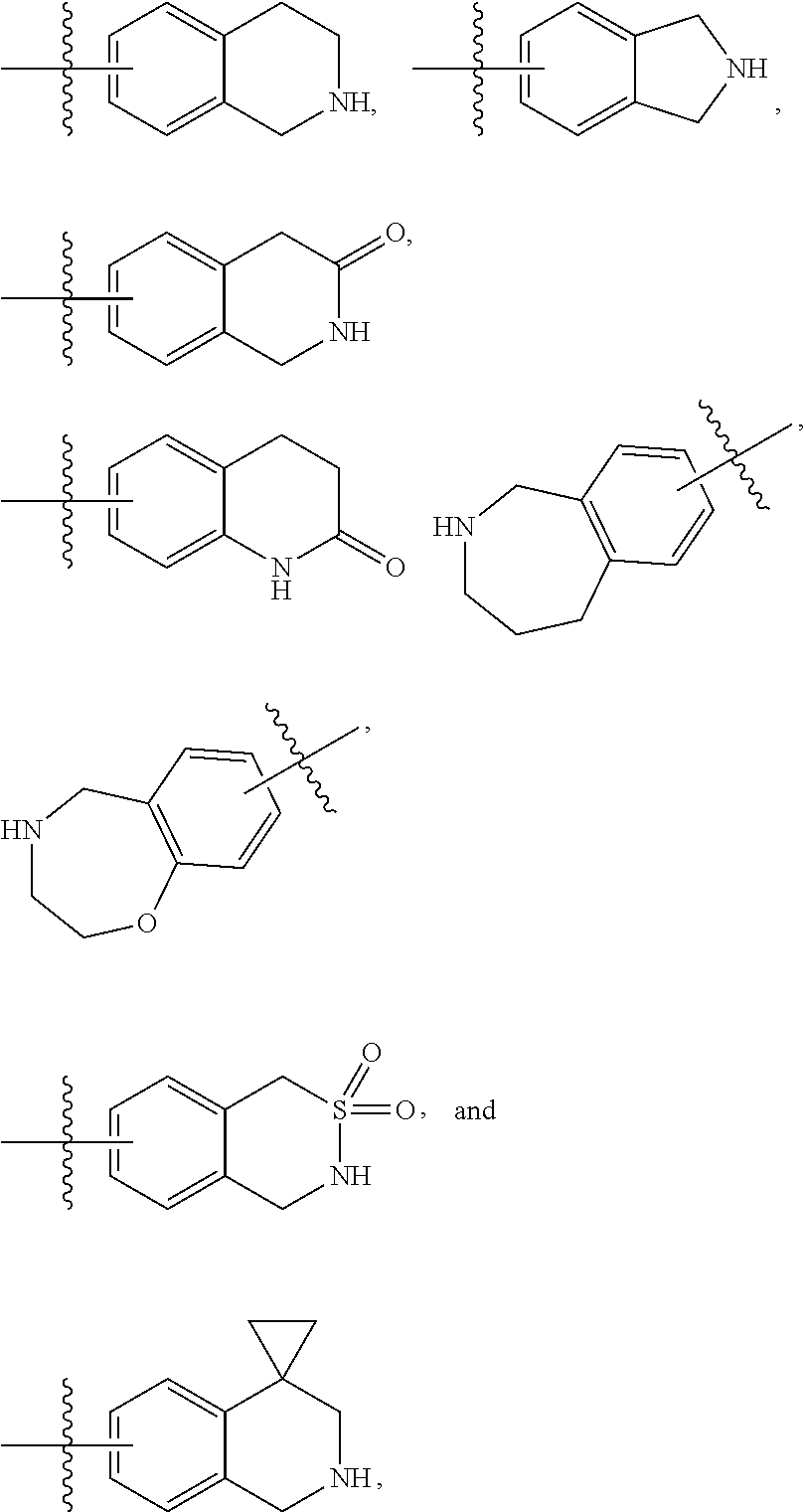
C00016
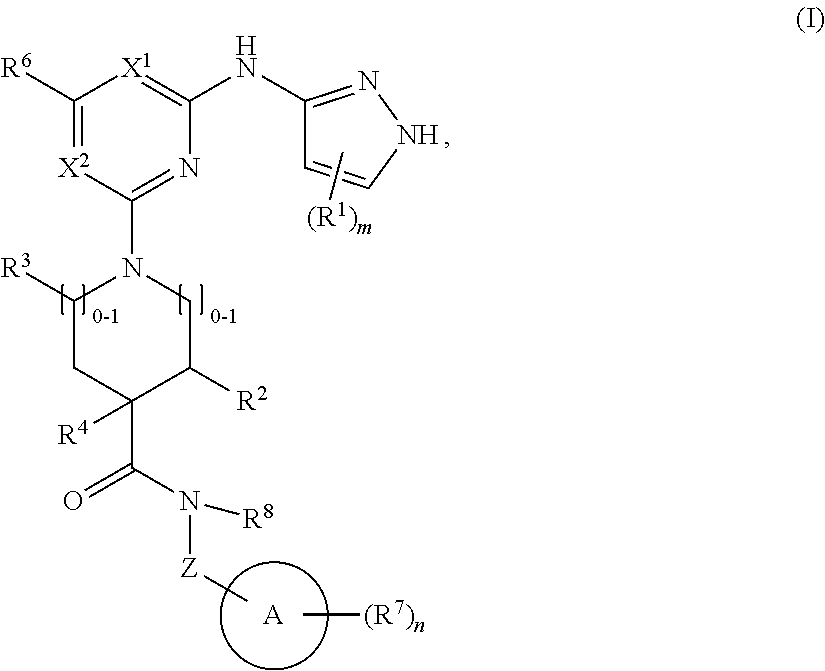
C00017

C00018
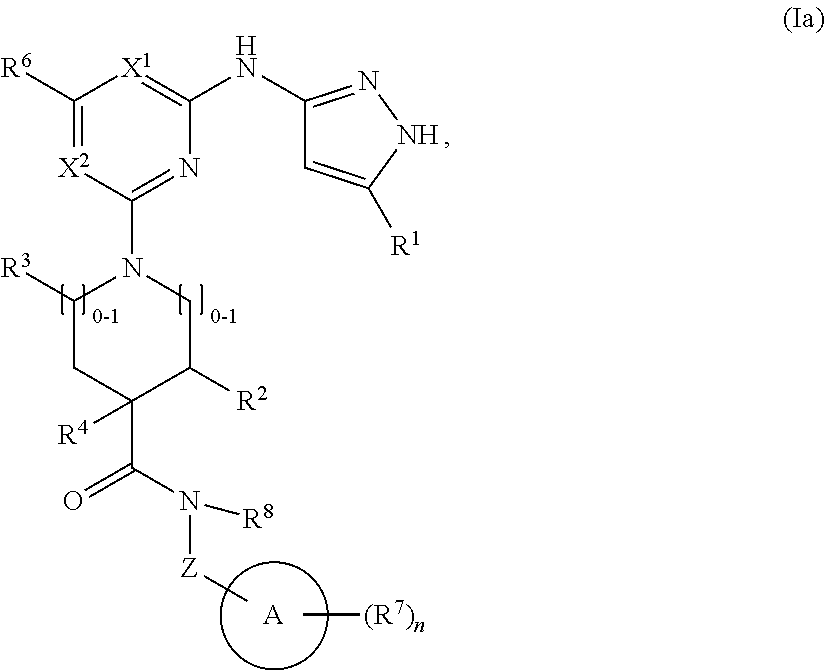
C00019
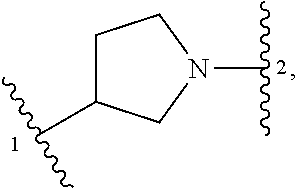
C00020
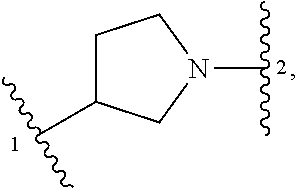
C00021
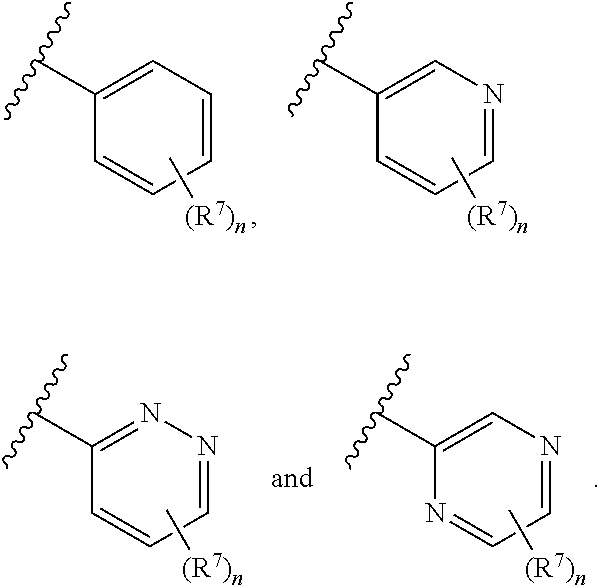
C00022

C00023

C00024
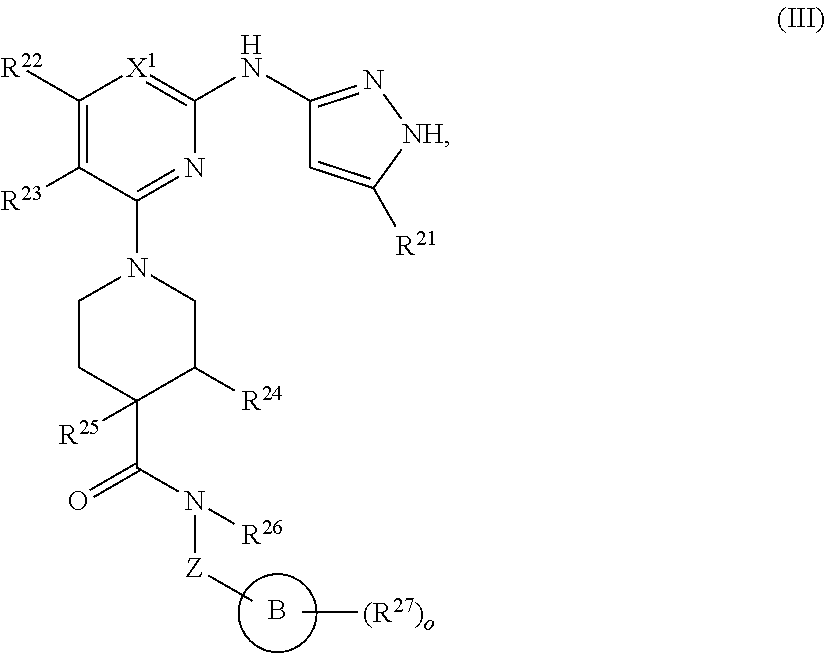
C00025
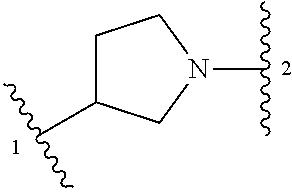
C00026
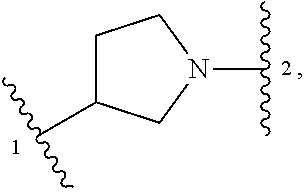
C00027
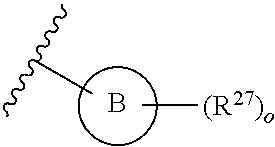
C00028
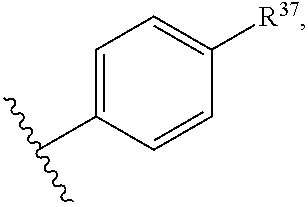
C00029

C00030
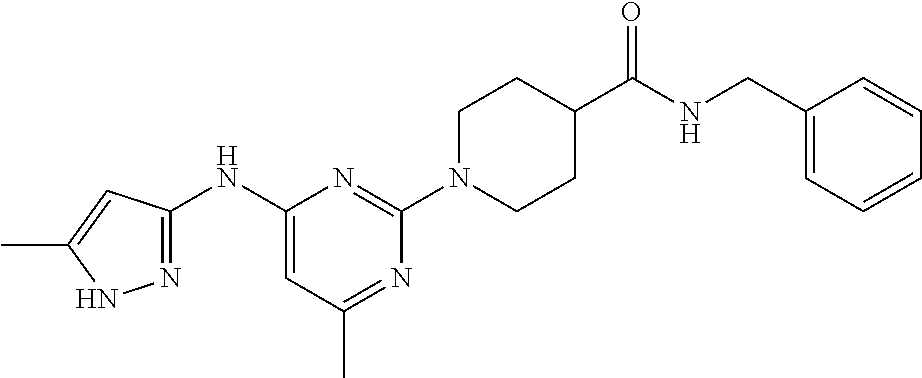
C00031
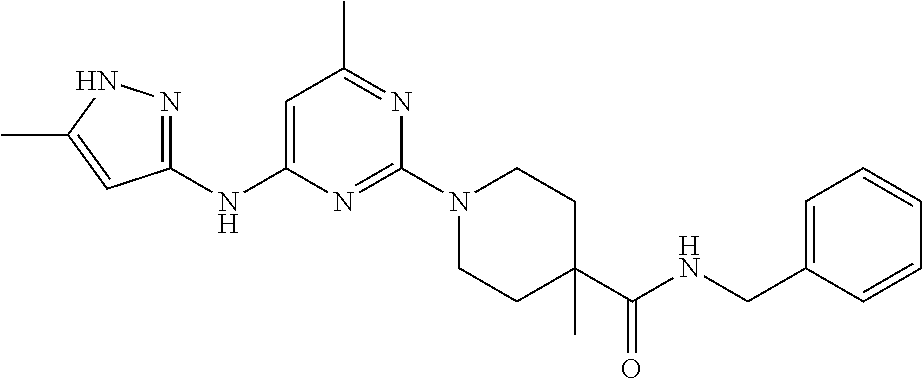
C00032
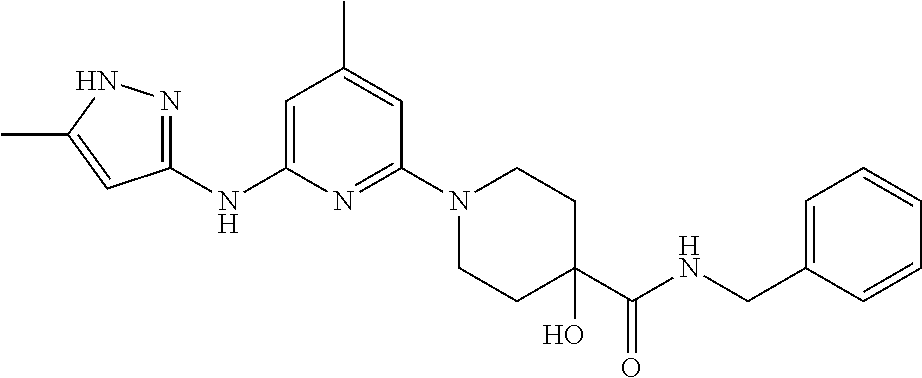
C00033
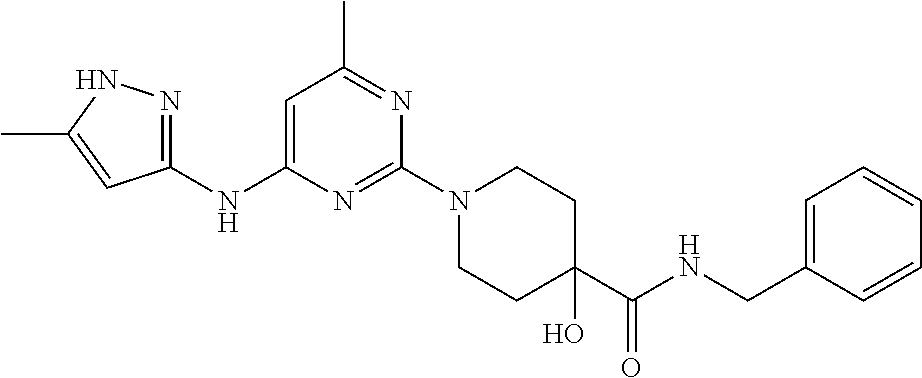
C00034

C00035
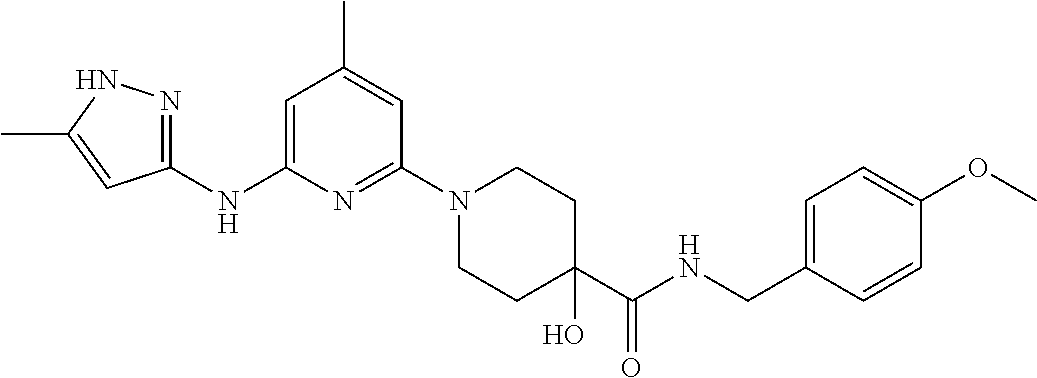
C00036

C00037

C00038

C00039

C00040

C00041

C00042

C00043
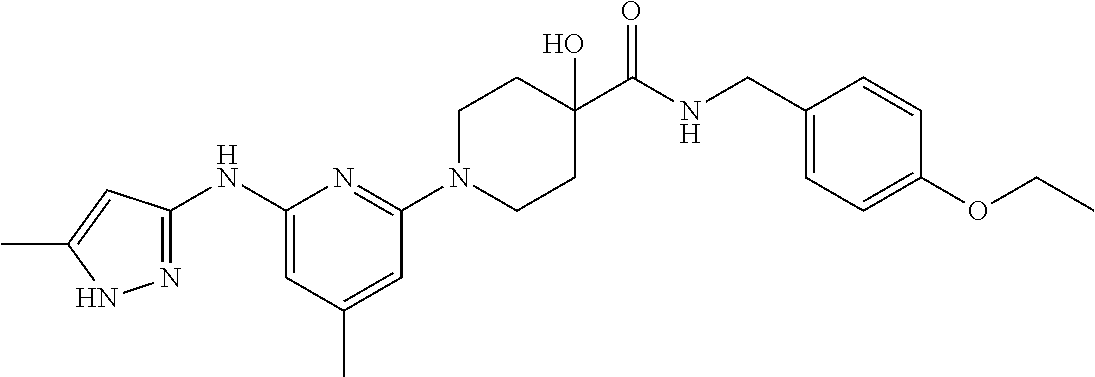
C00044
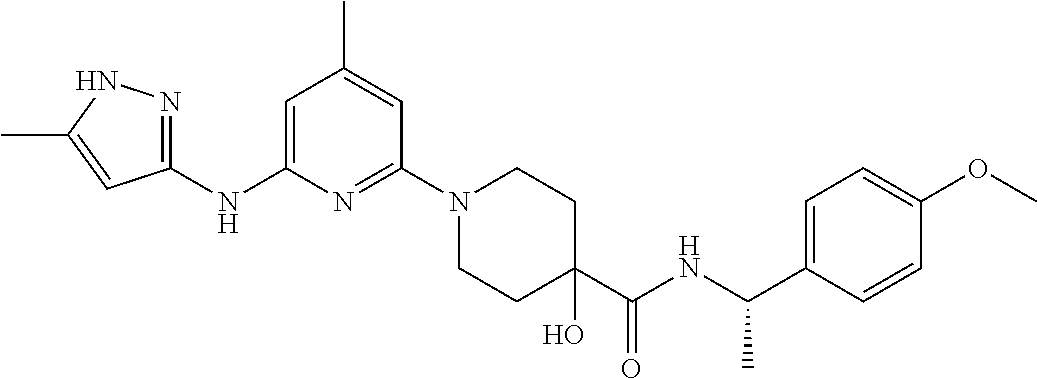
C00045
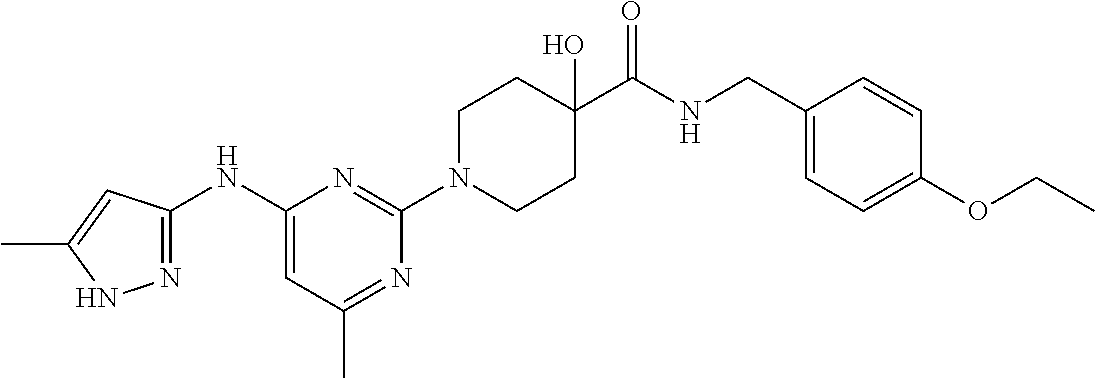
C00046
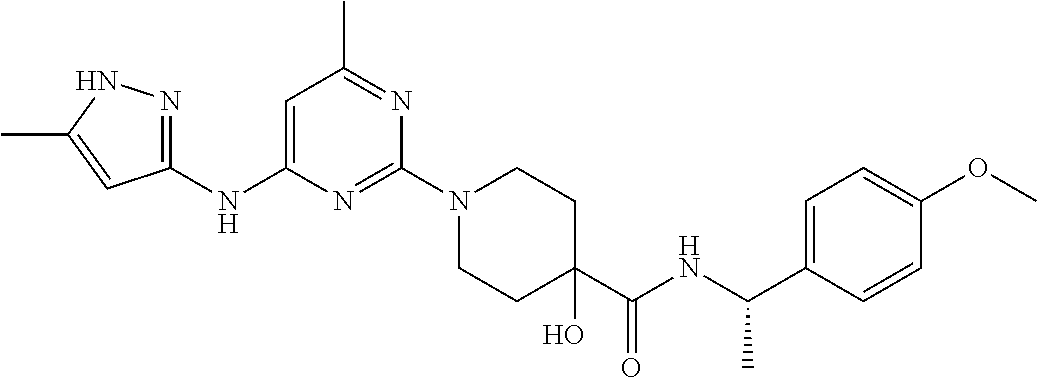
C00047
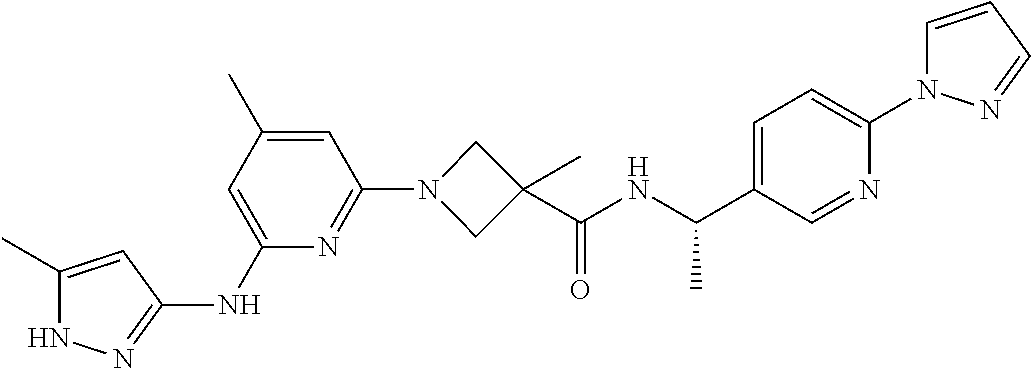
C00048

C00049

C00050

C00051

C00052

C00053

C00054

C00055

C00056
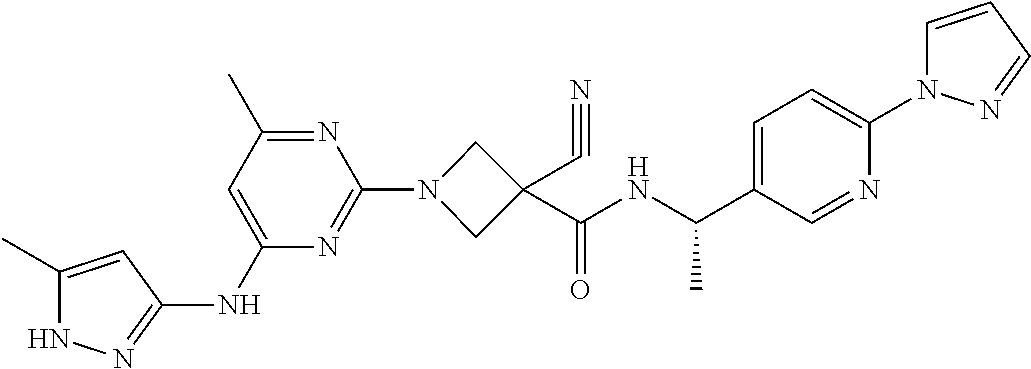
C00057

C00058

C00059

C00060

C00061
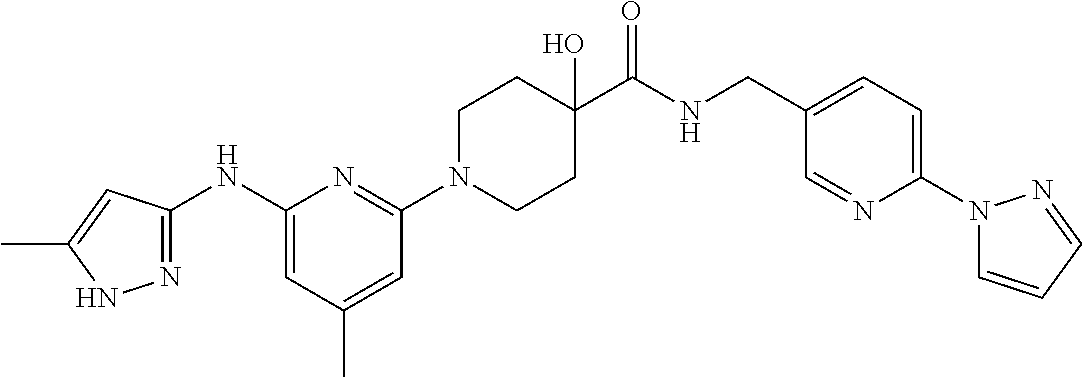
C00062
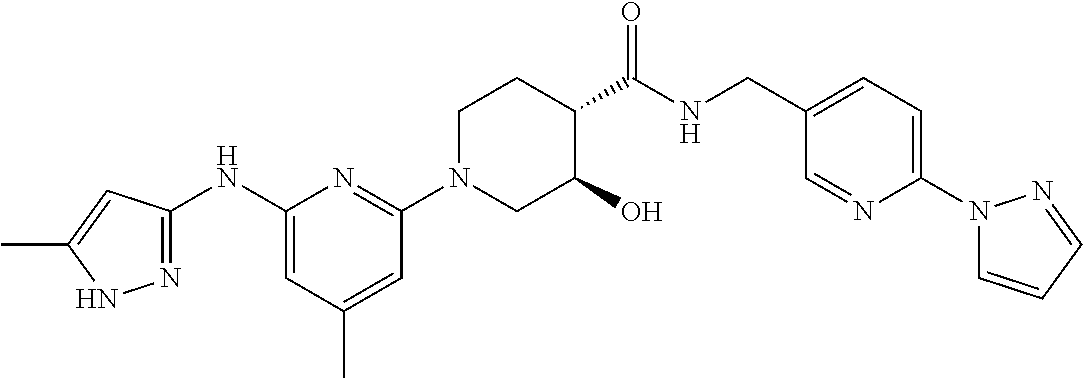
C00063
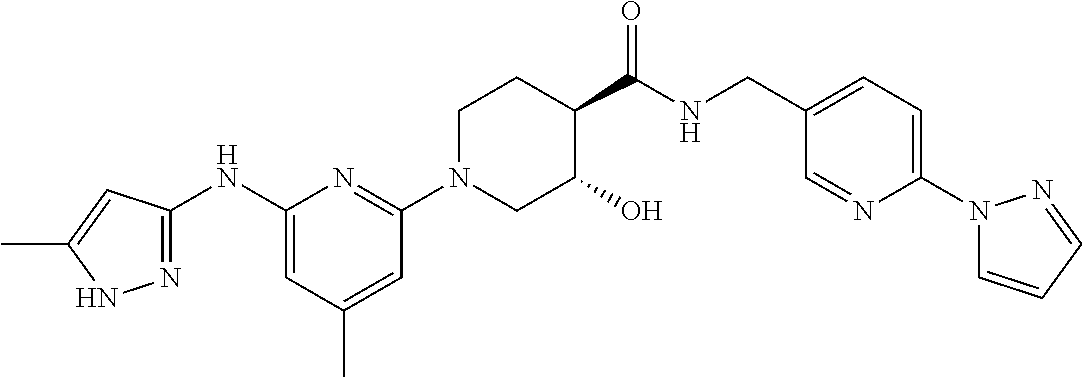
C00064
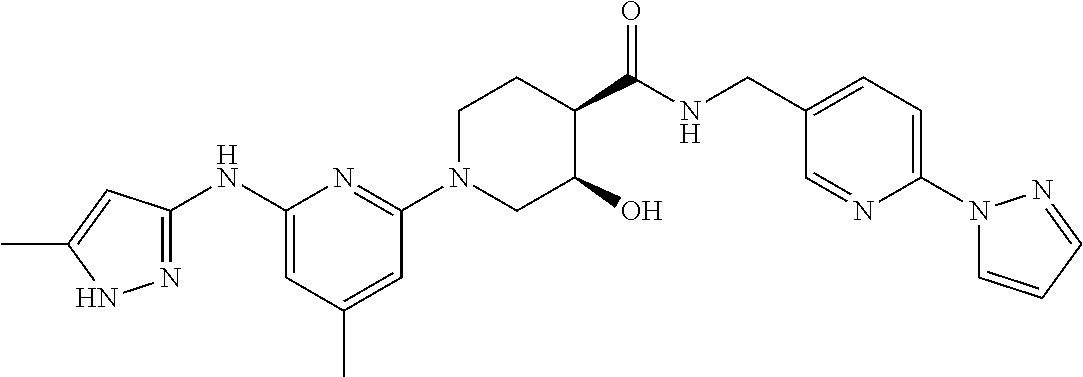
C00065
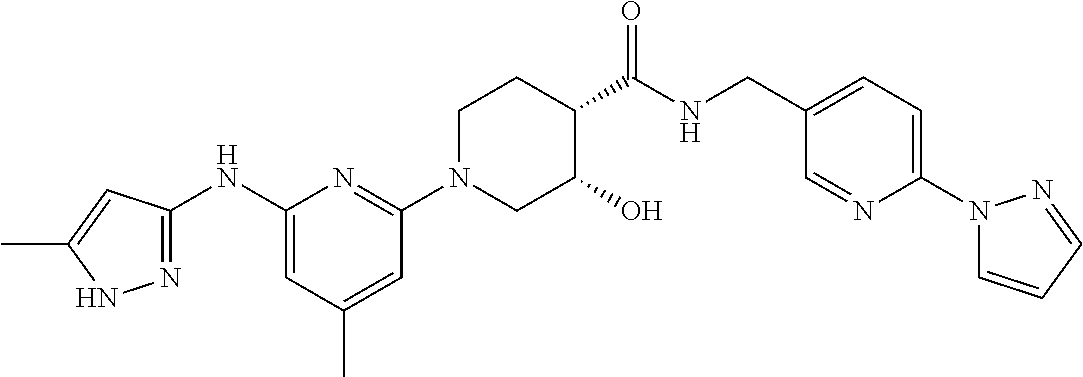
C00066
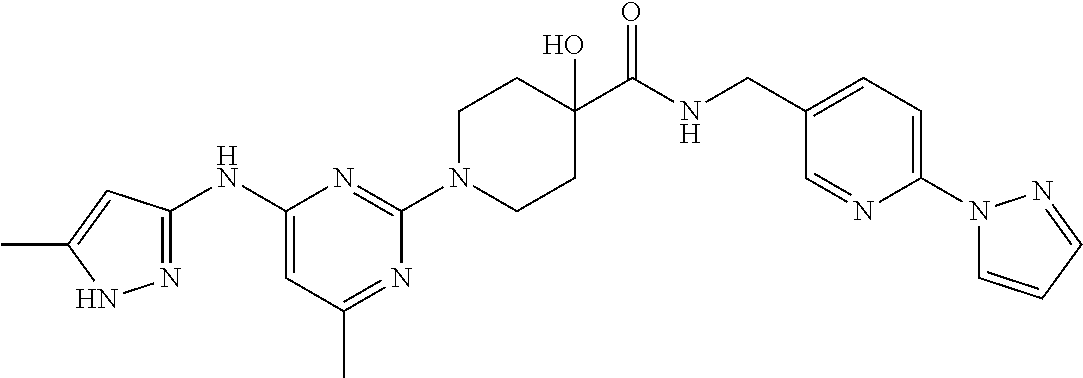
C00067

C00068

C00069
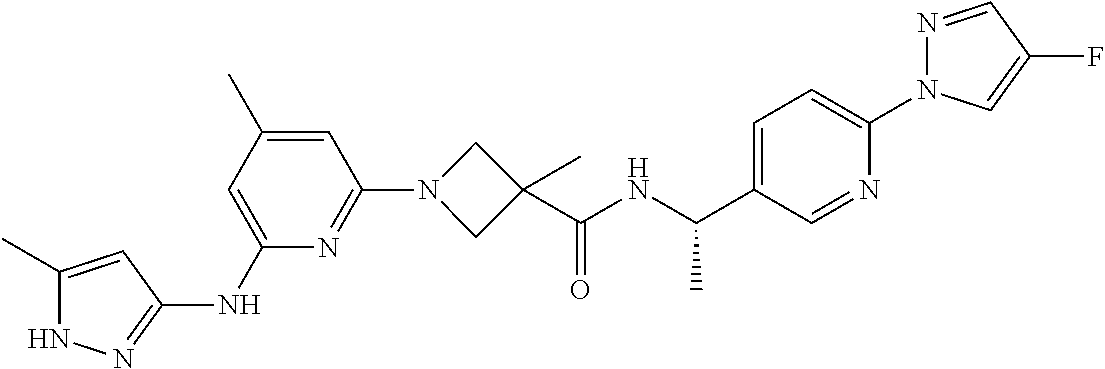
C00070

C00071
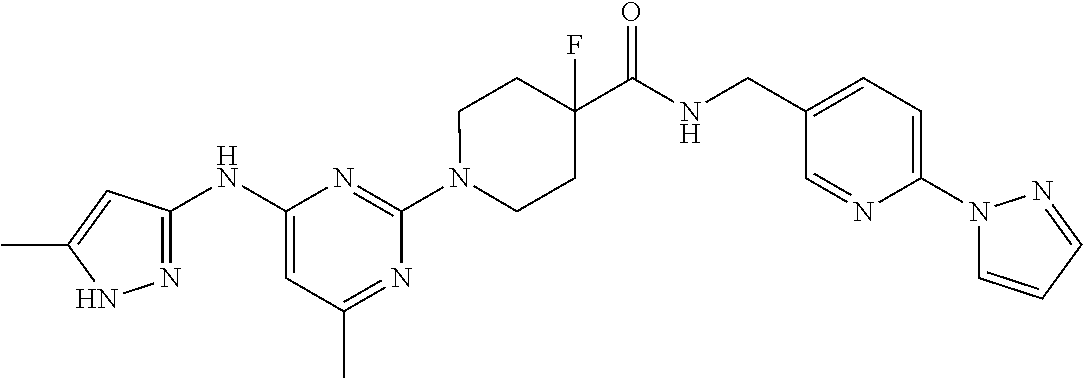
C00072

C00073

C00074

C00075
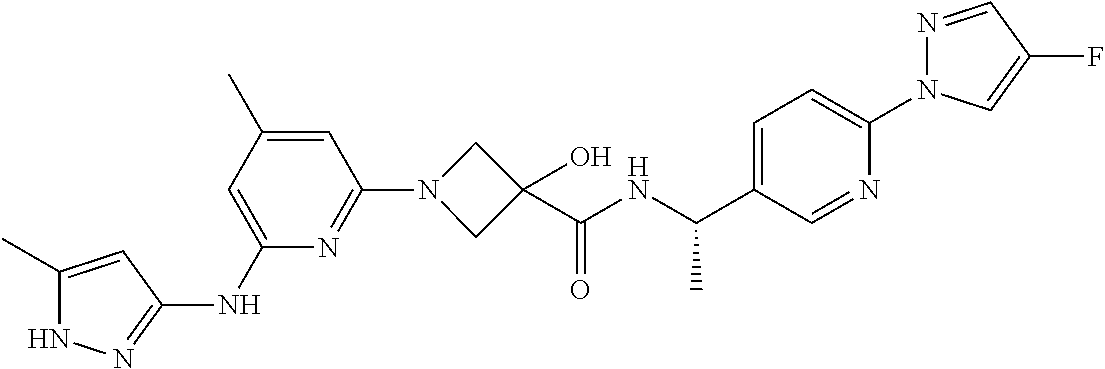
C00076

C00077
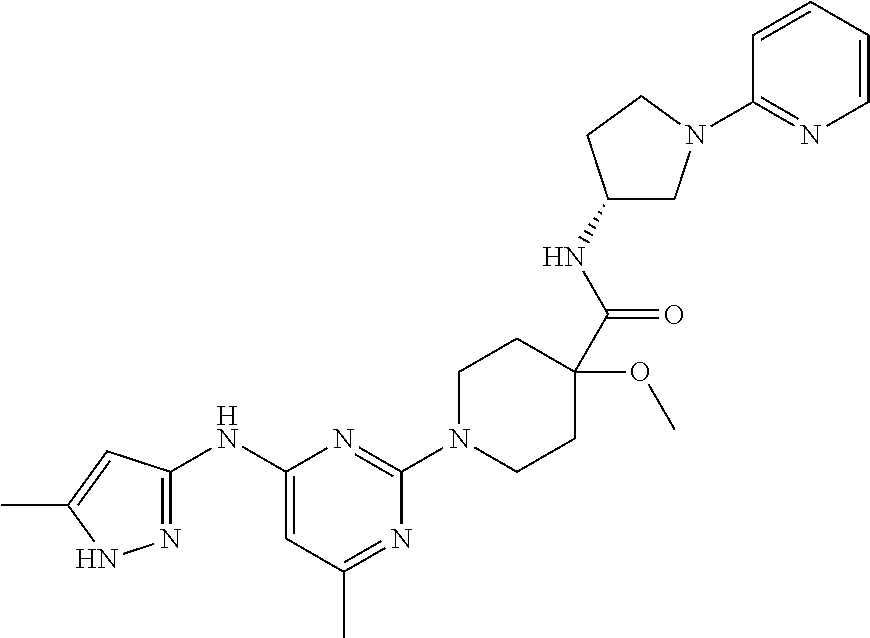
C00078

C00079

C00080

C00081
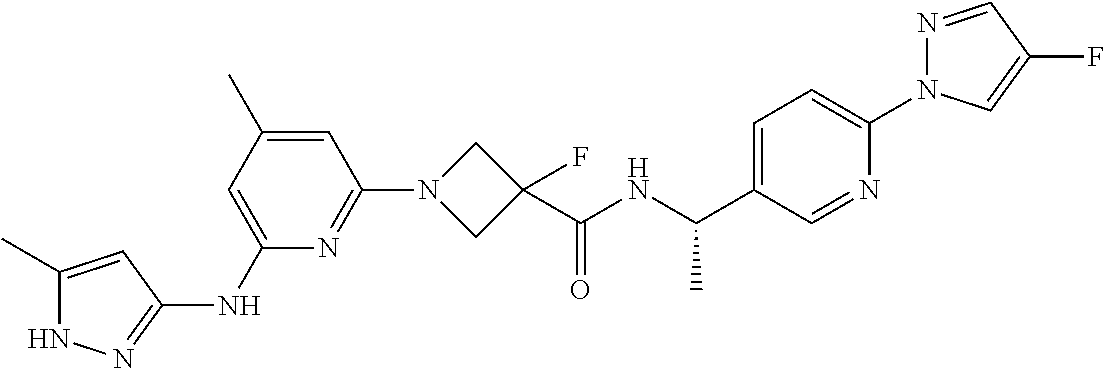
C00082

C00083
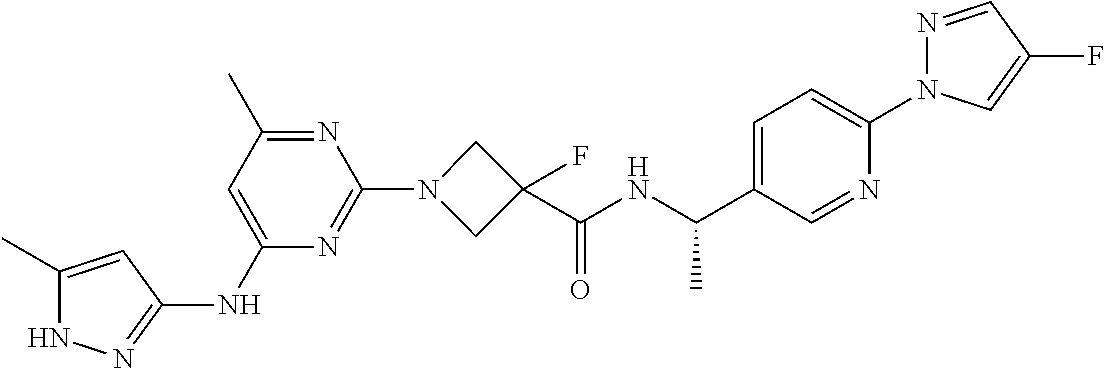
C00084

C00085

C00086
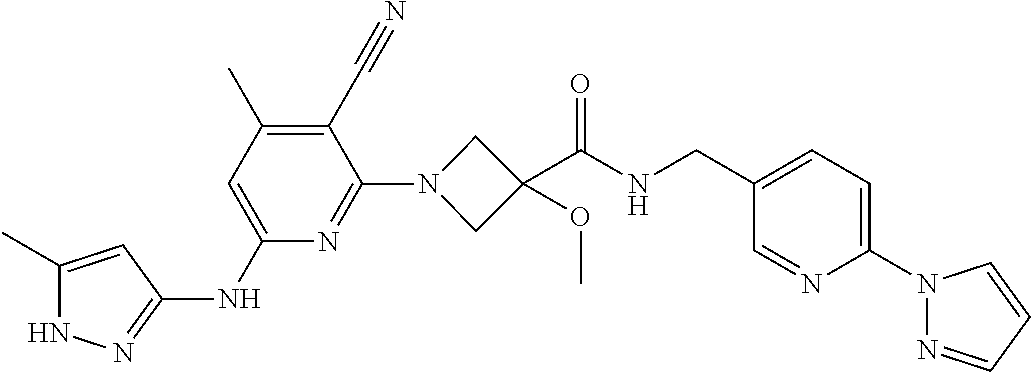
C00087
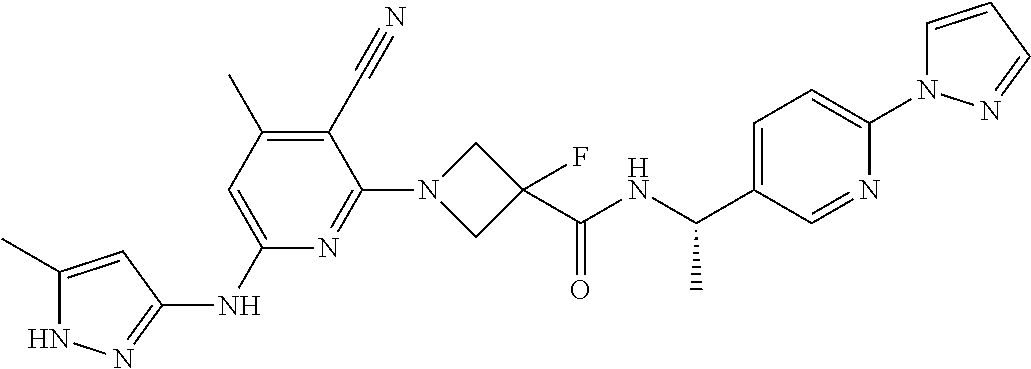
C00088
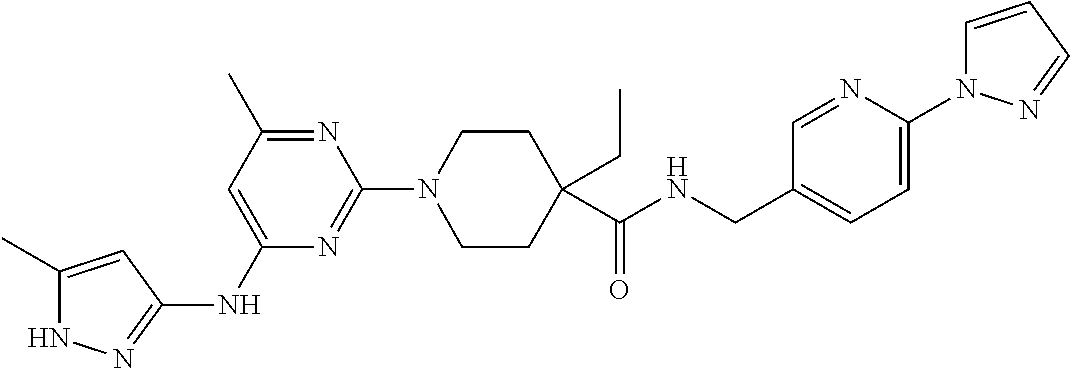
C00089
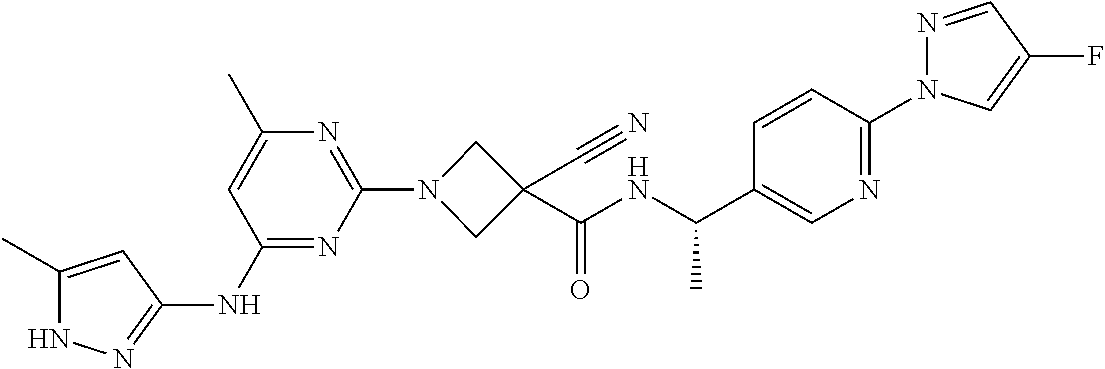
C00090
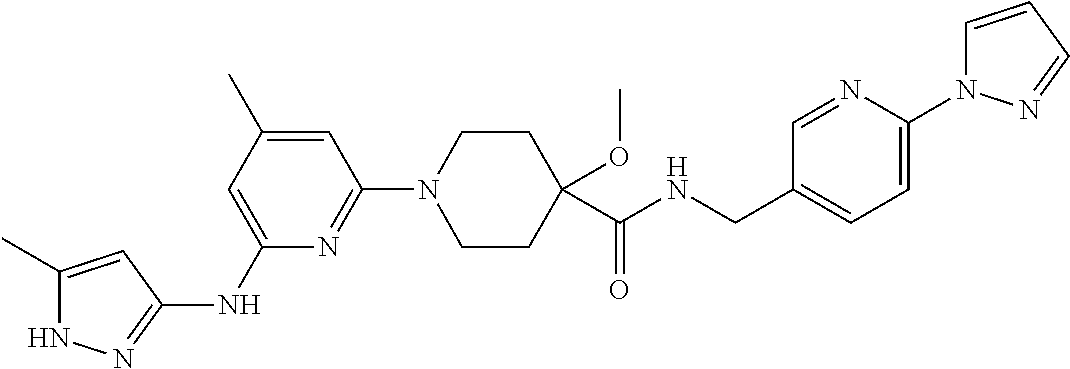
C00091
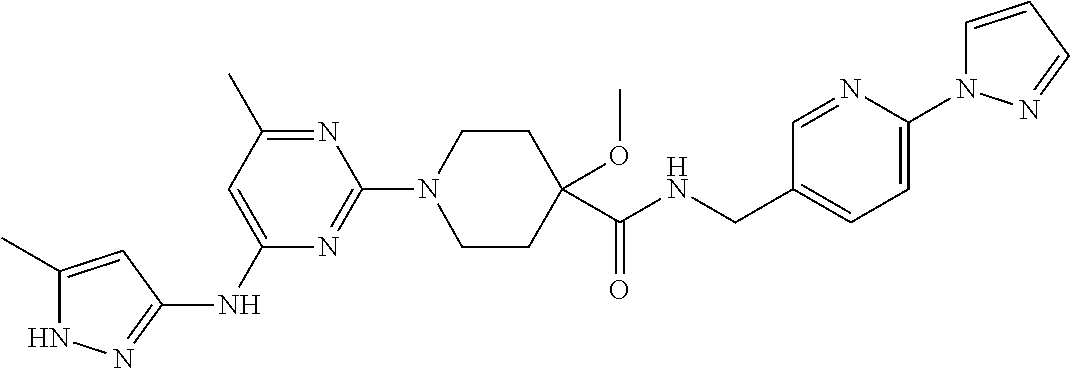
C00092
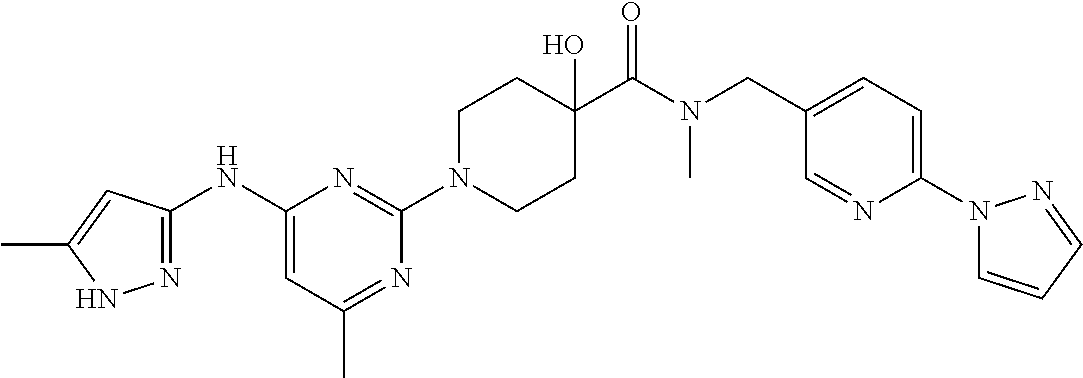
C00093

C00094

C00095
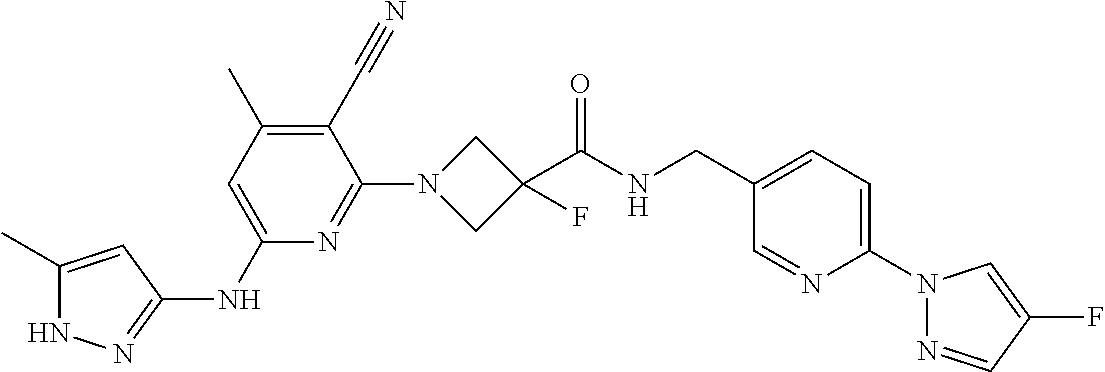
C00096

C00097

C00098

C00099

C00100

C00101

C00102

C00103
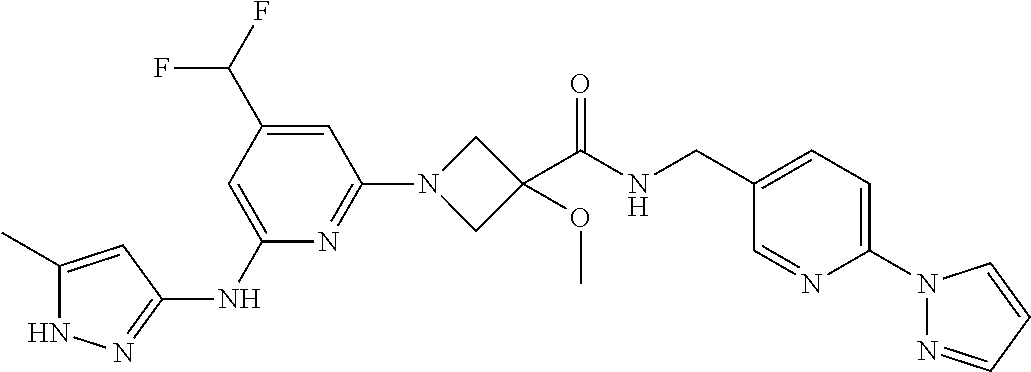
C00104

C00105
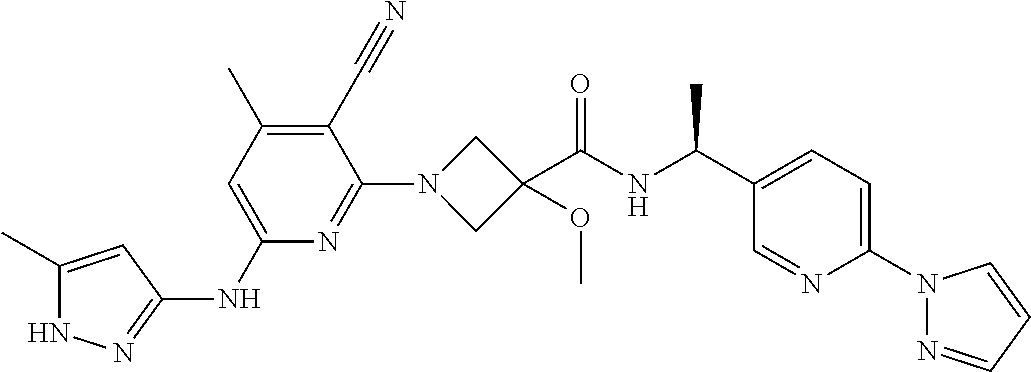
C00106

C00107

C00108

C00109

C00110
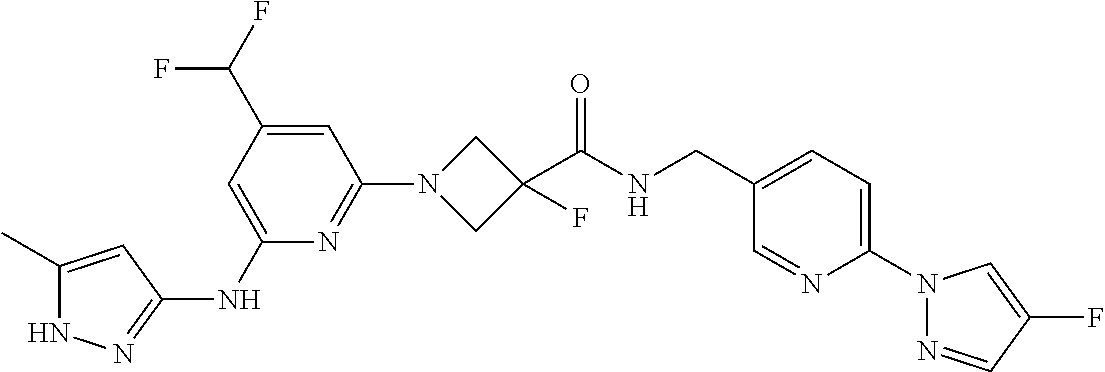
C00111
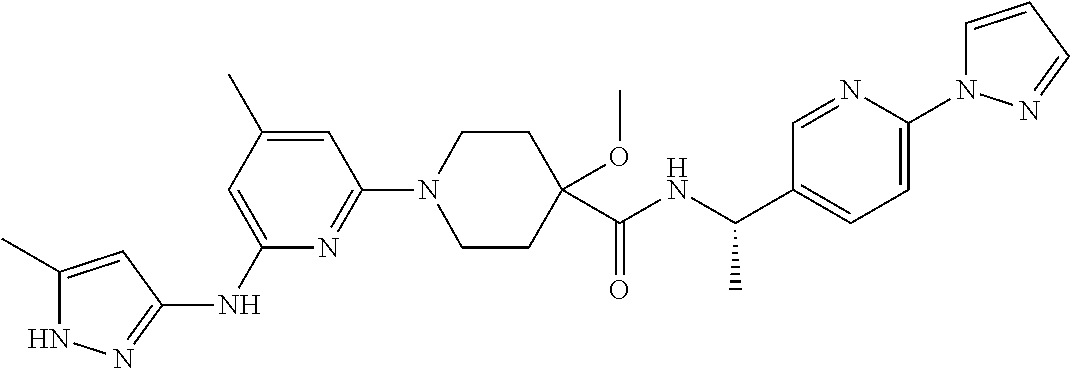
C00112

C00113

C00114

C00115
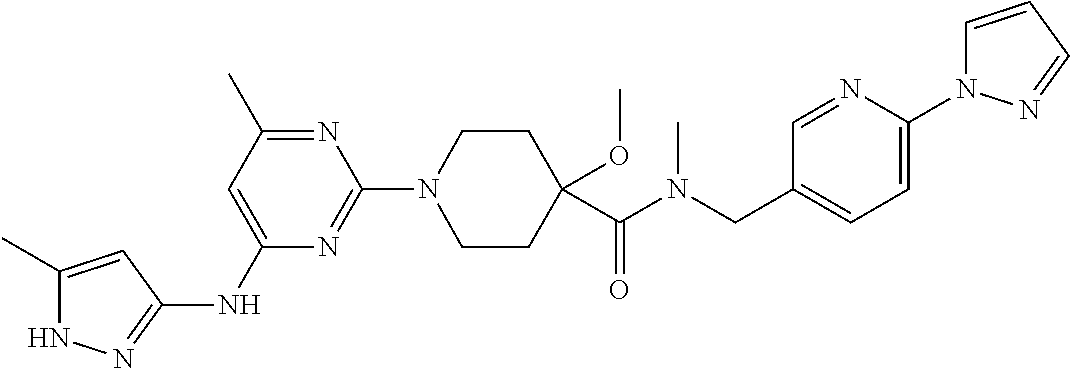
C00116
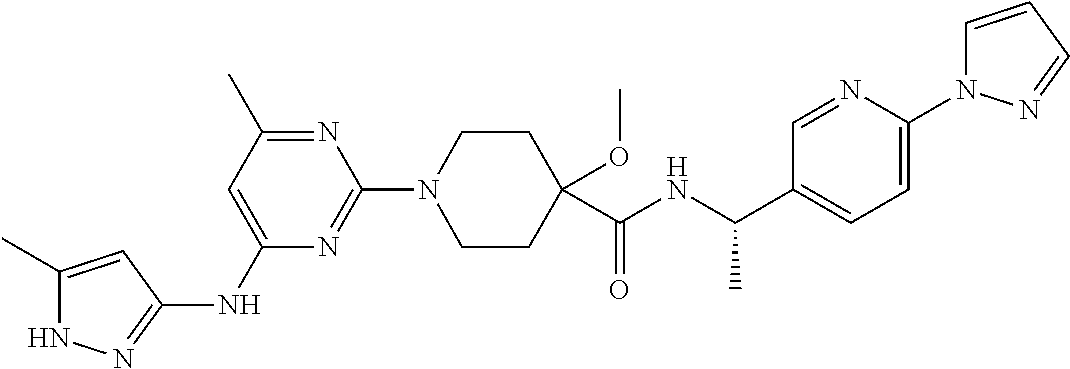
C00117
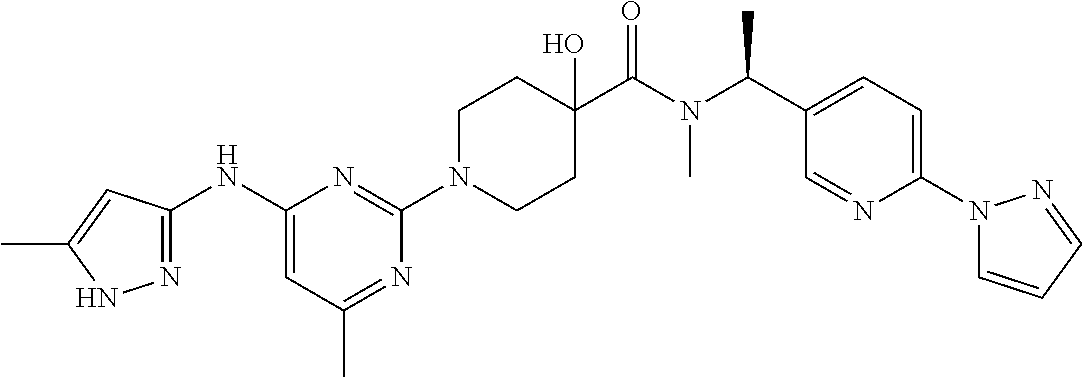
C00118

C00119
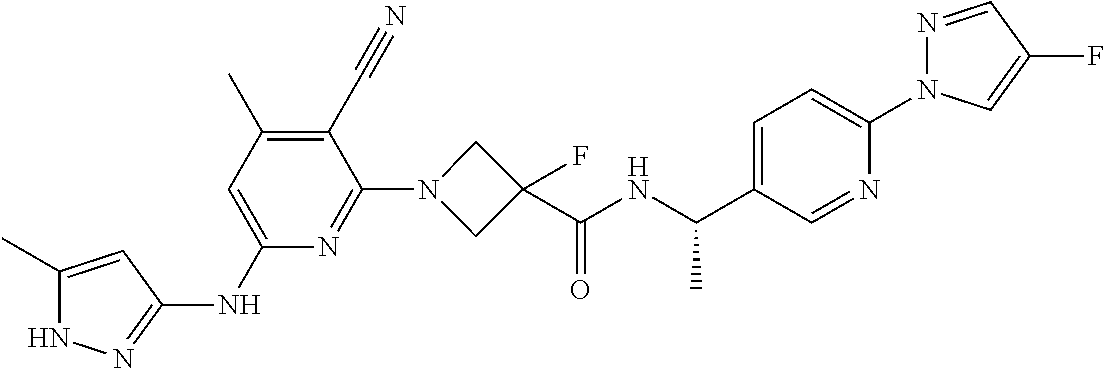
C00120

C00121

C00122

C00123

C00124

C00125

C00126

C00127

C00128

C00129

C00130

C00131

C00132

C00133

C00134

C00135

C00136
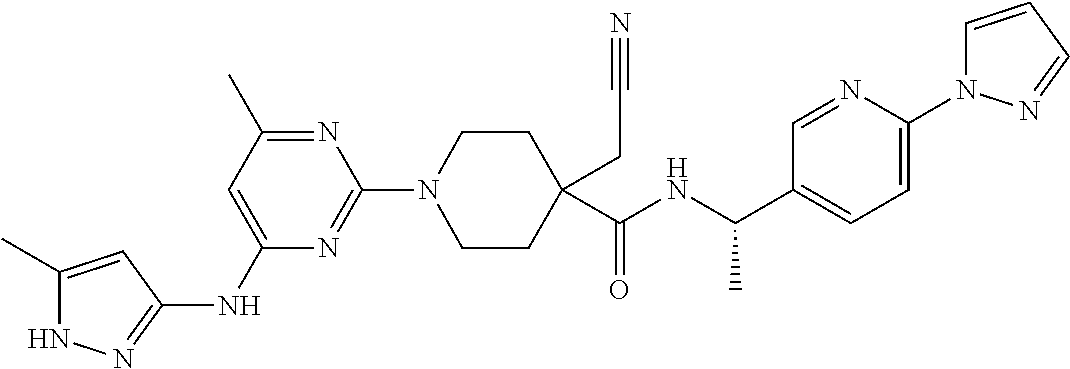
C00137

C00138
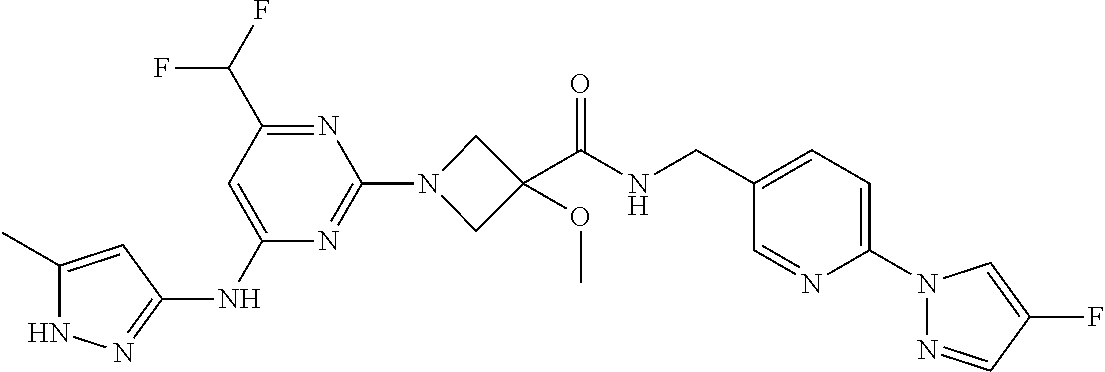
C00139

C00140

C00141
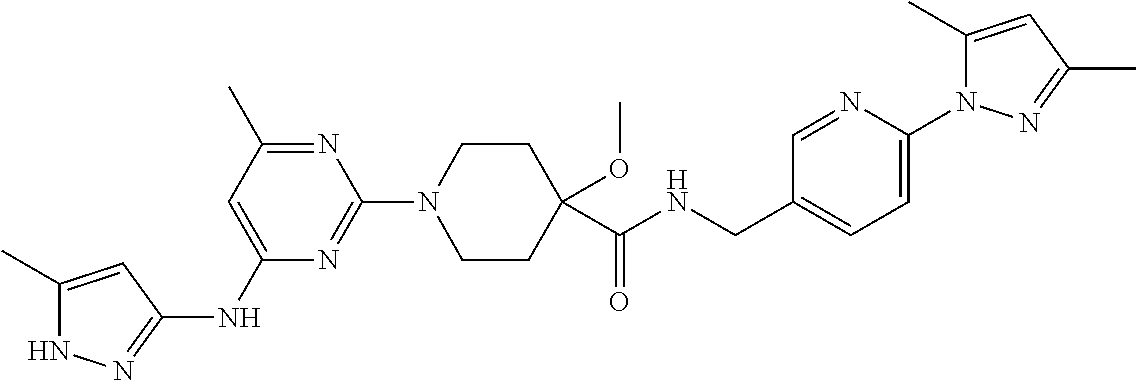
C00142
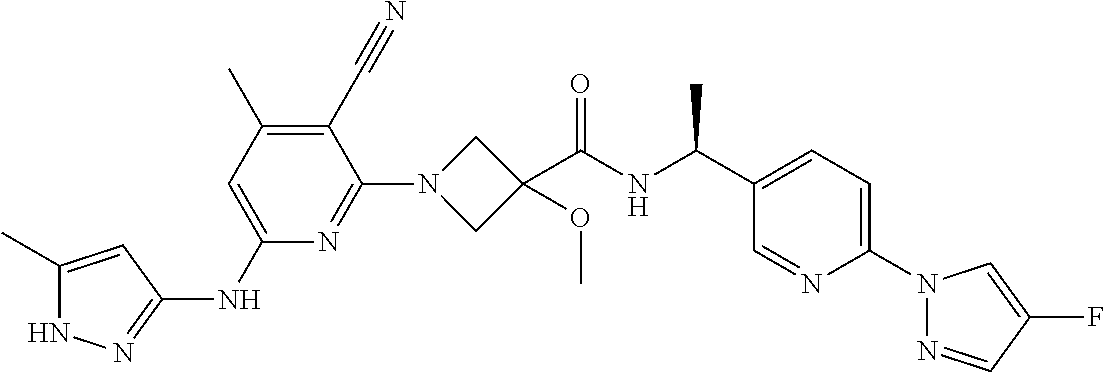
C00143
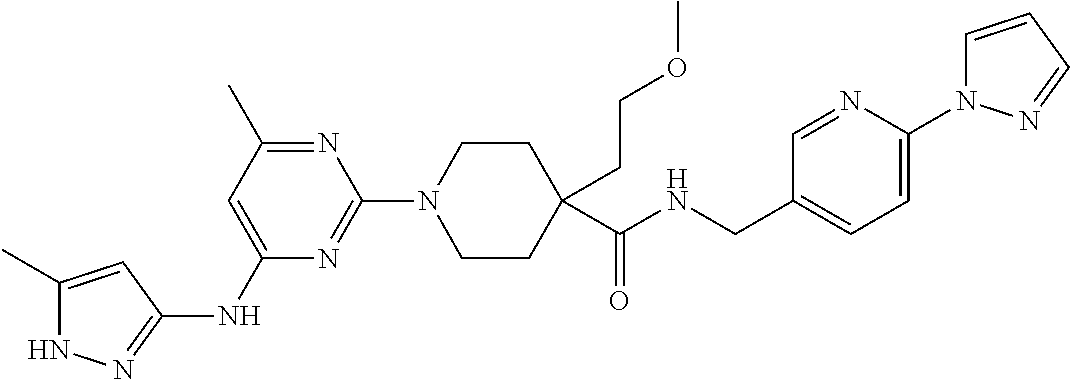
C00144
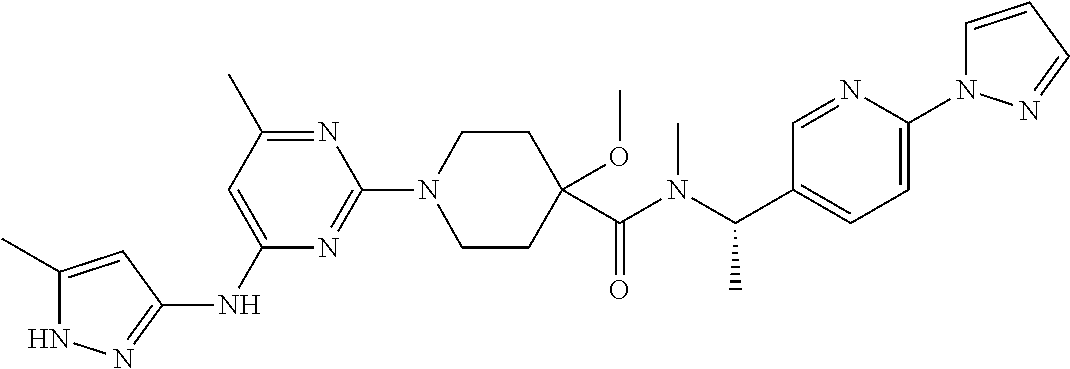
C00145

C00146

C00147

C00148

C00149

C00150

C00151

C00152
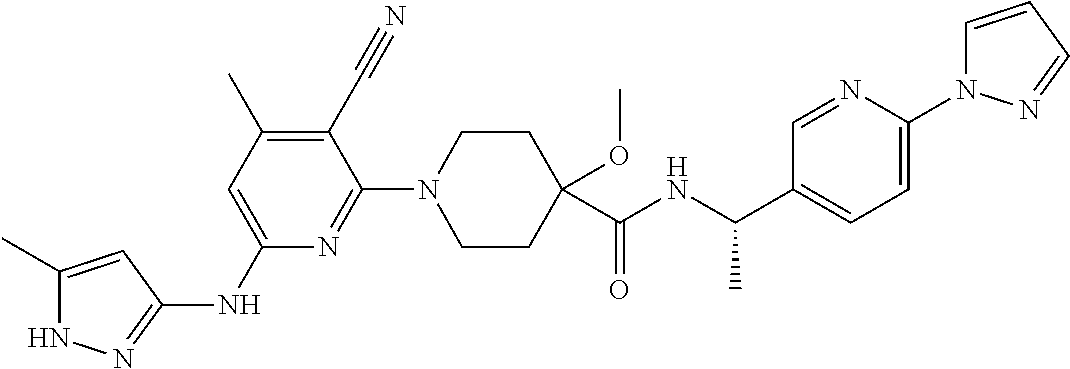
C00153

C00154

C00155

C00156

C00157

C00158

C00159
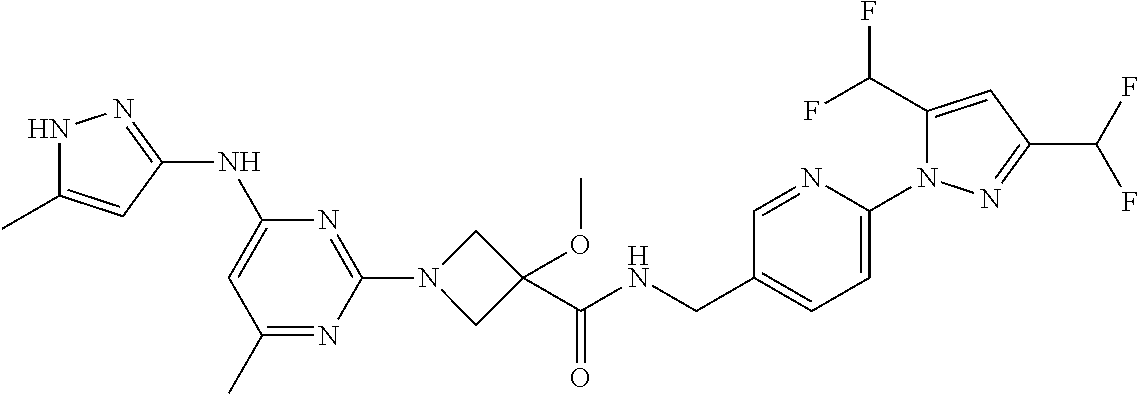
C00160

C00161
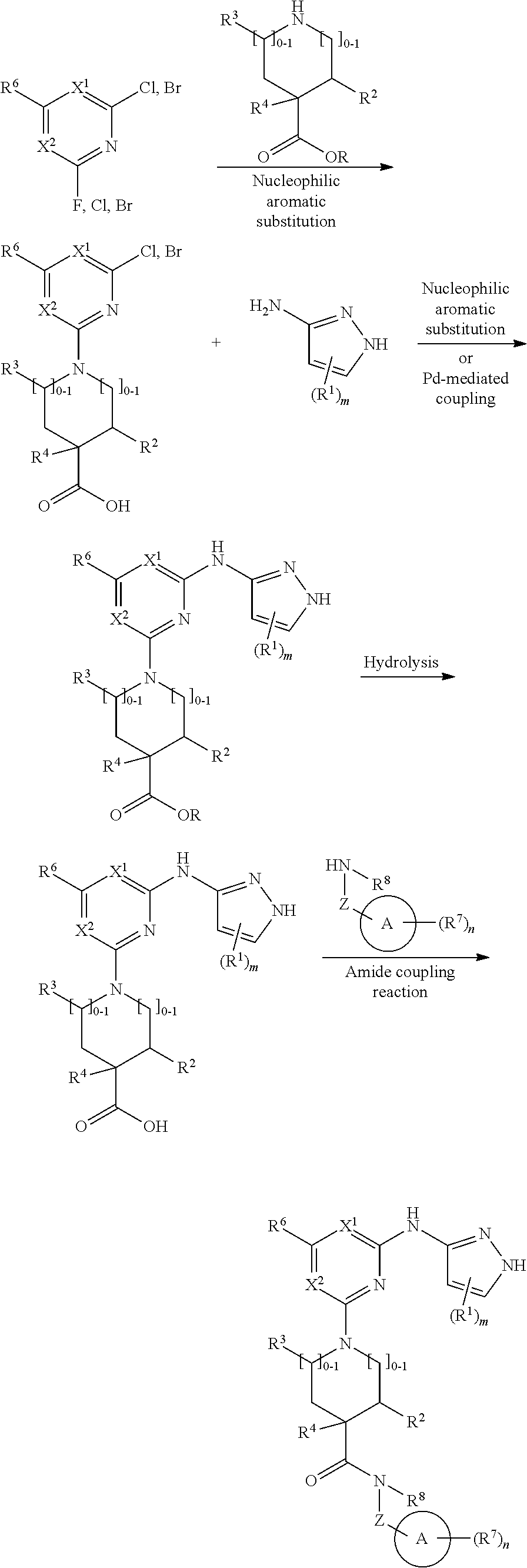
C00162

C00163

C00164
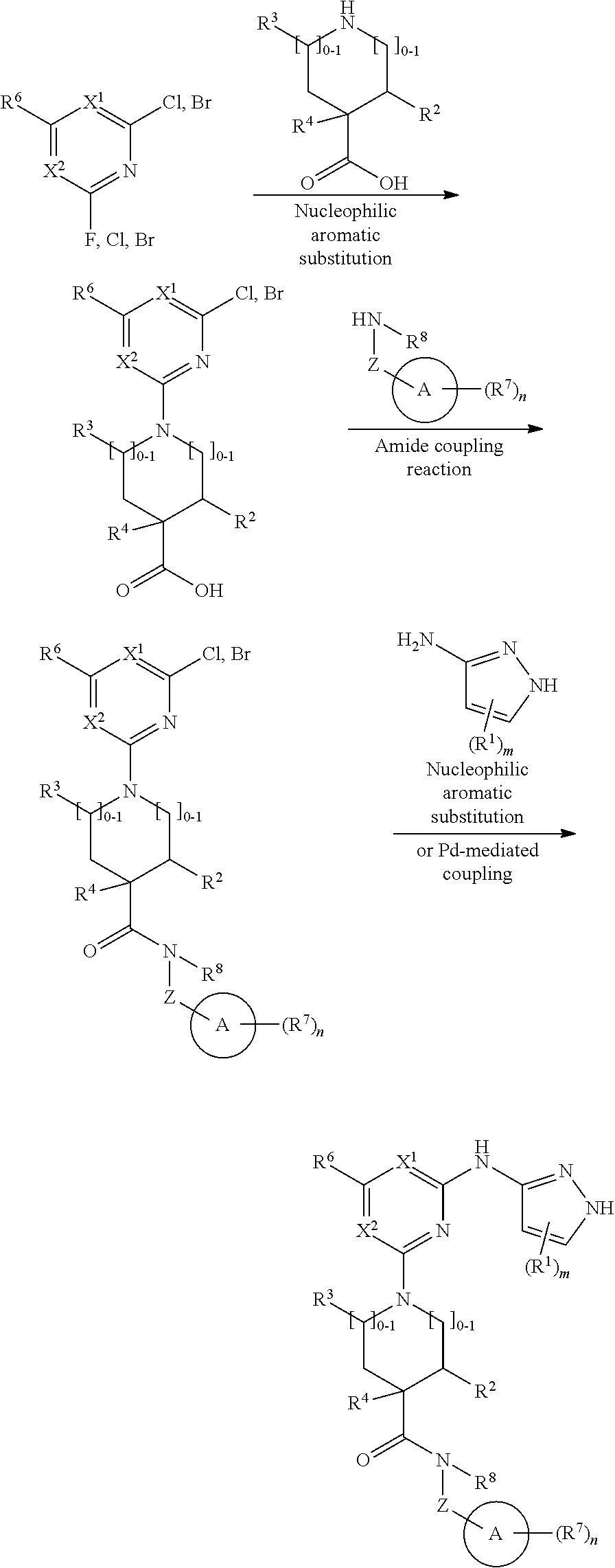
C00165
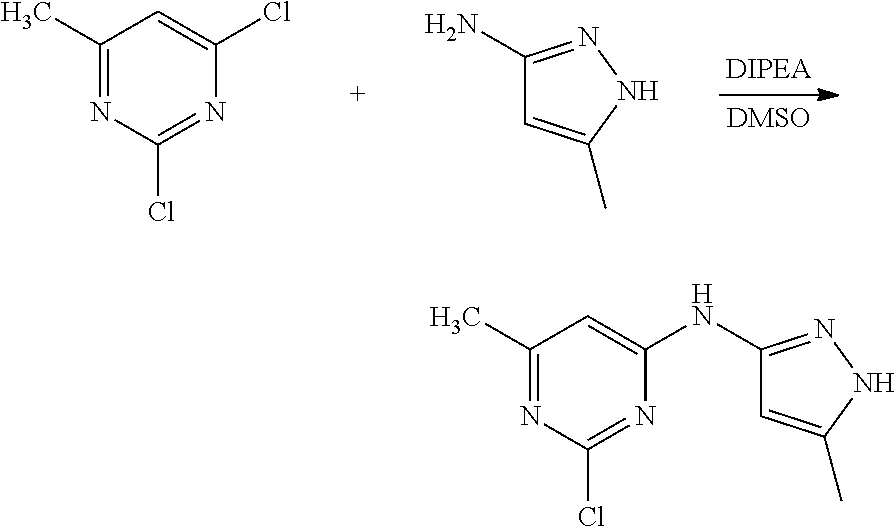
C00166
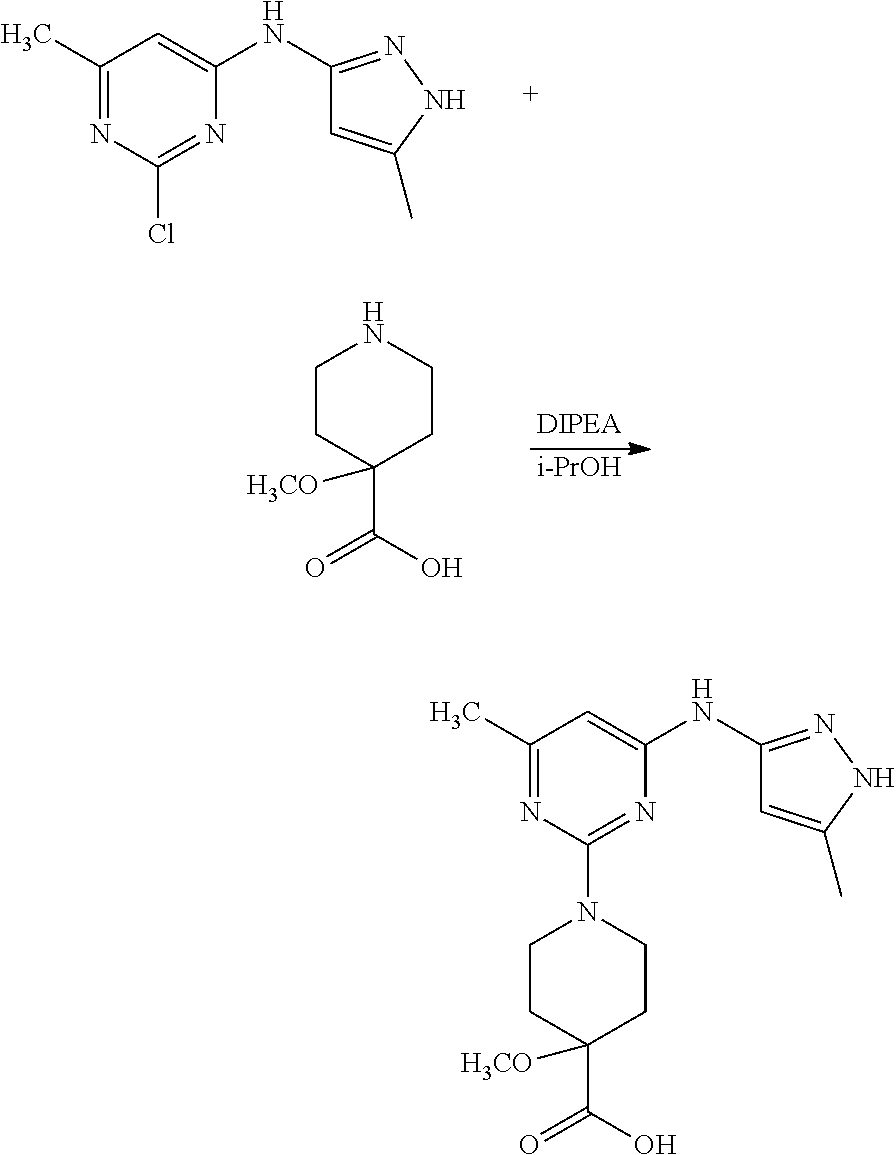
C00167
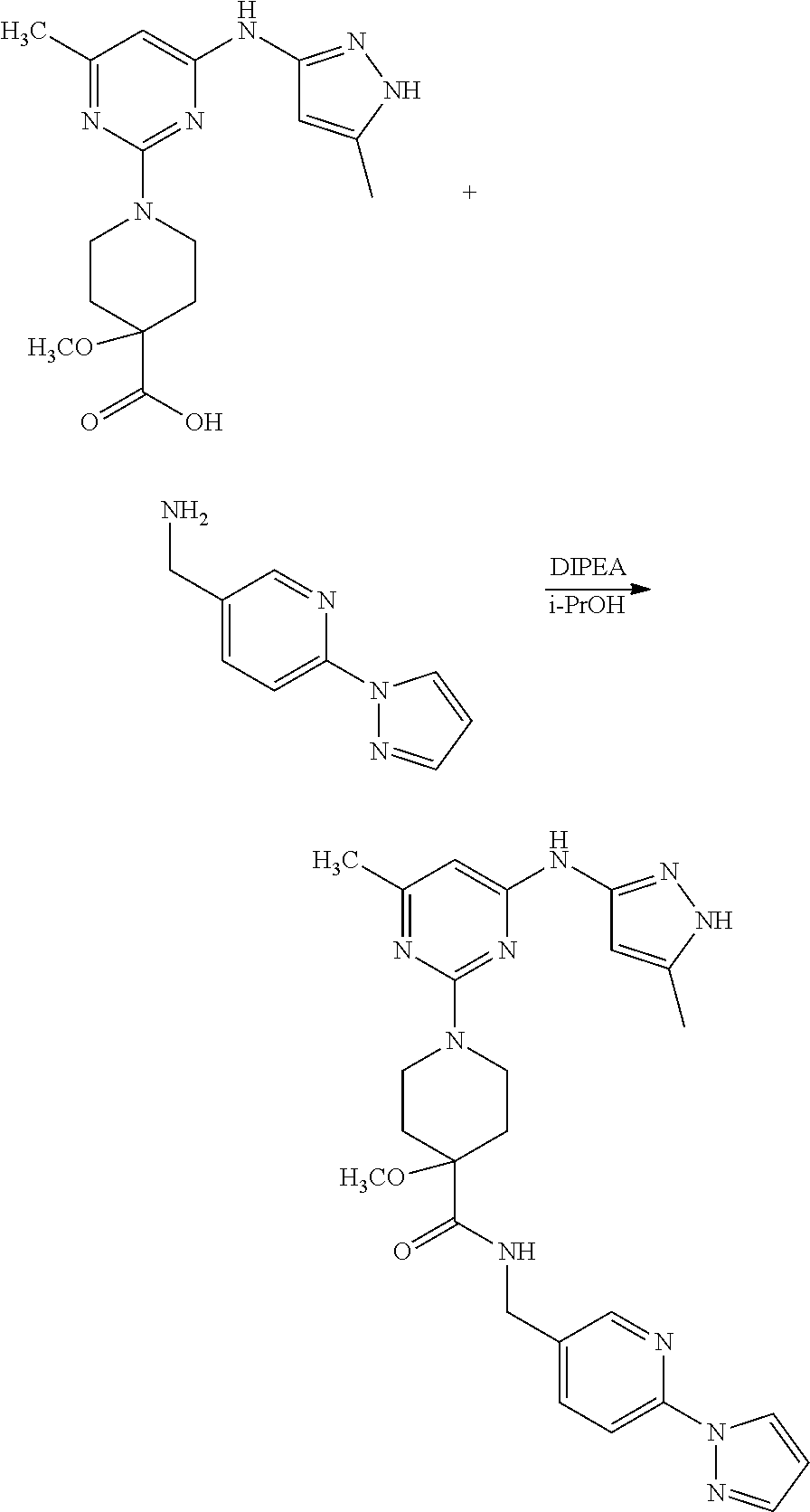
C00168
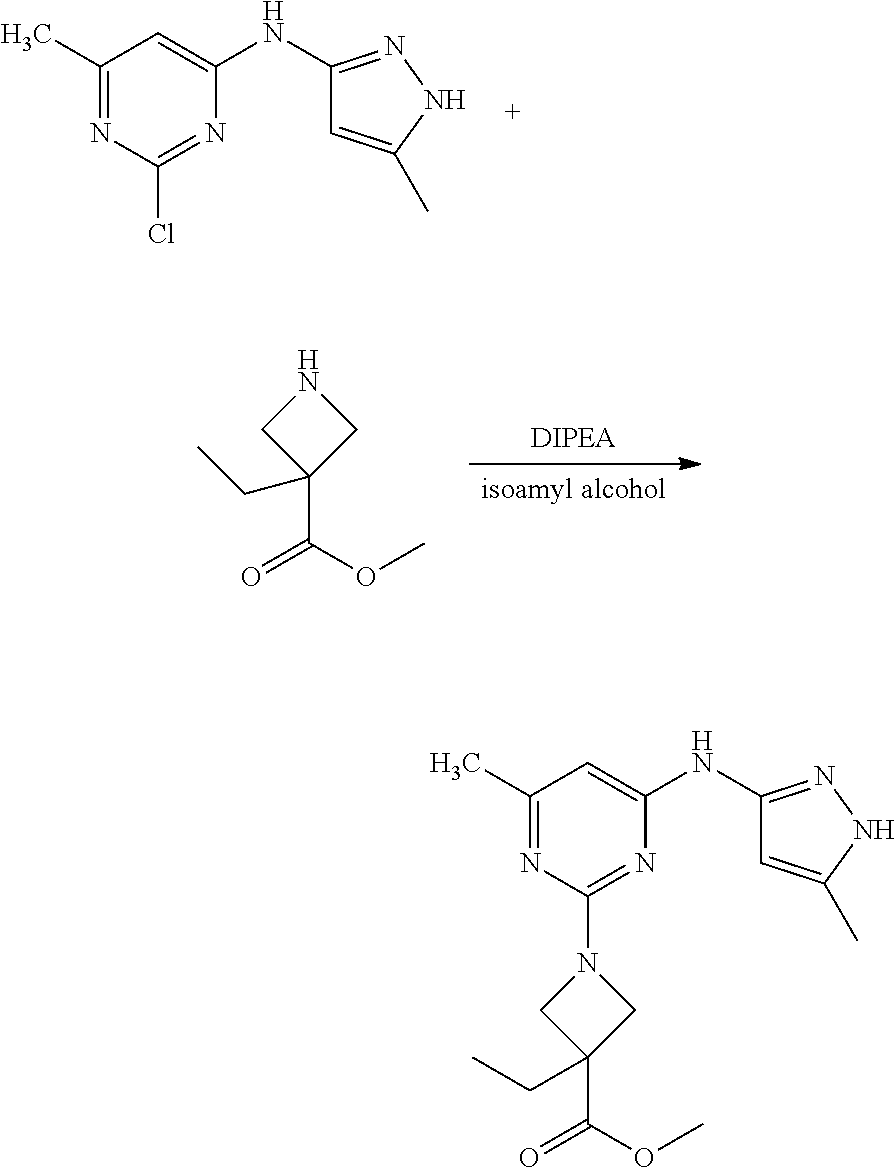
C00169
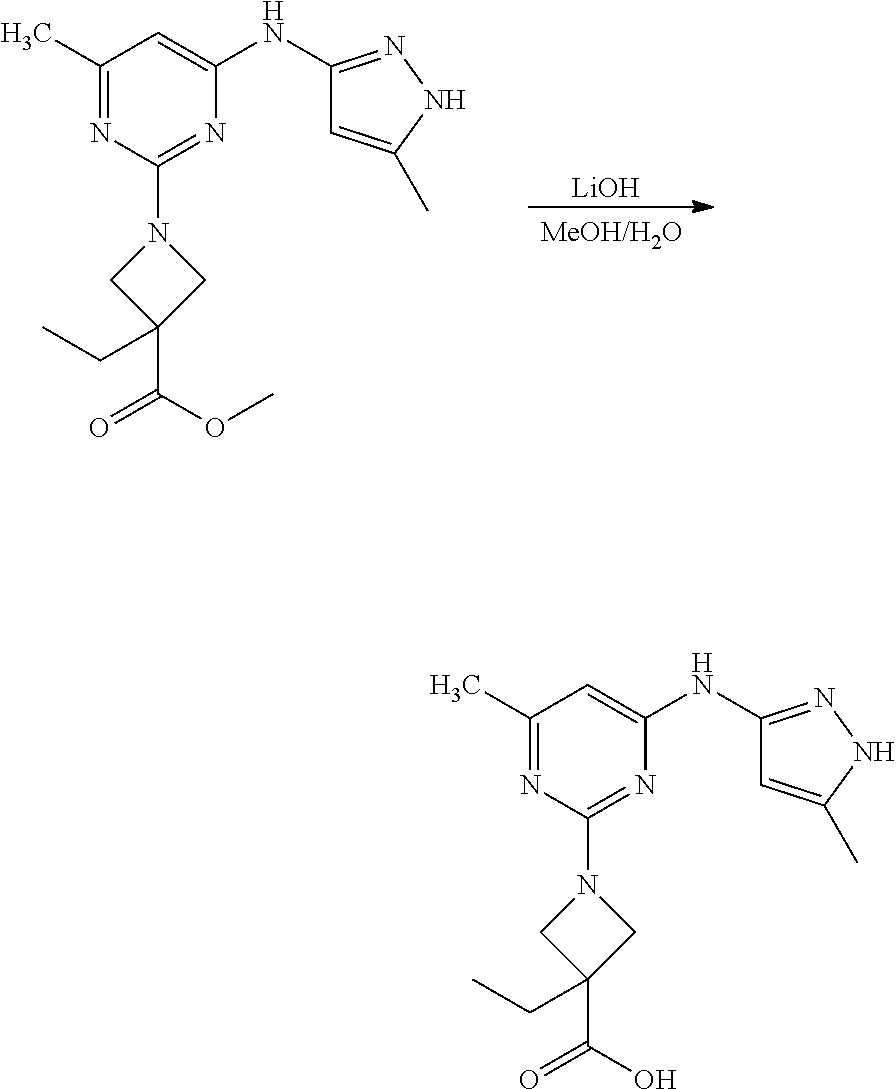
C00170
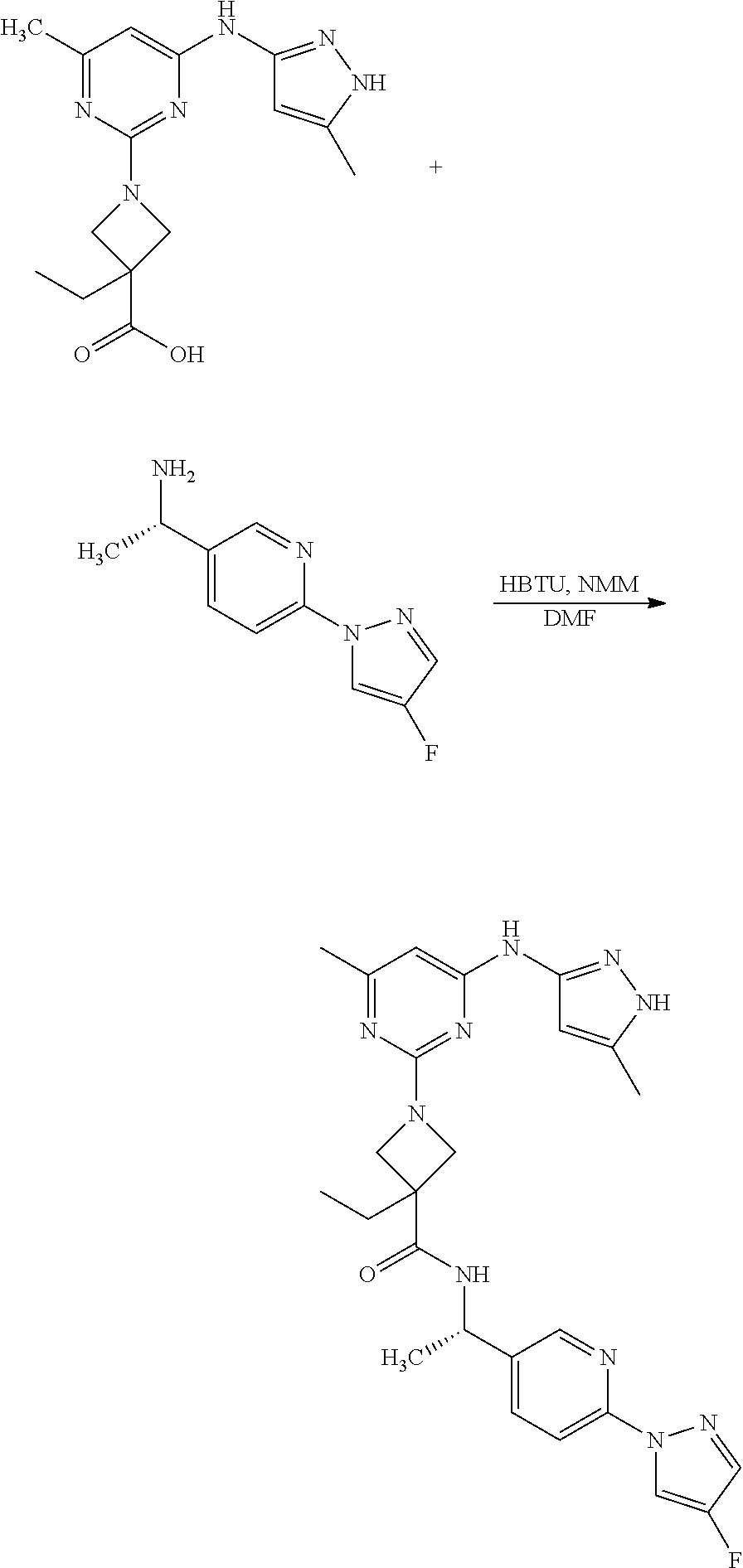
C00171
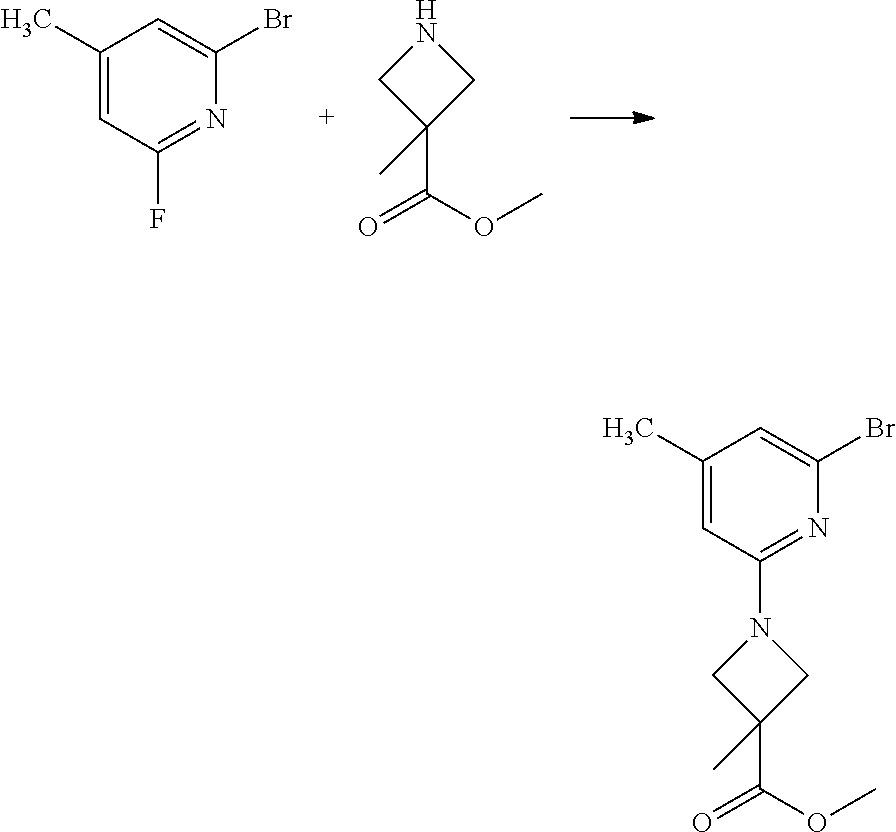
C00172
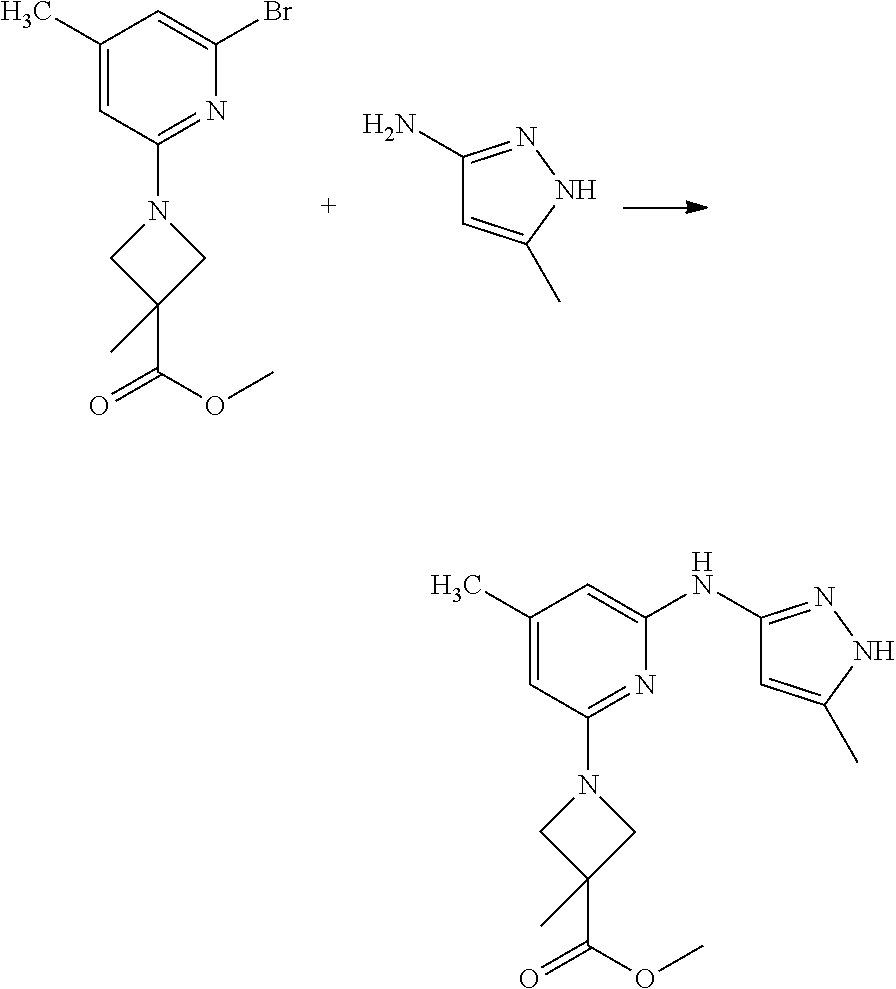
C00173

C00174
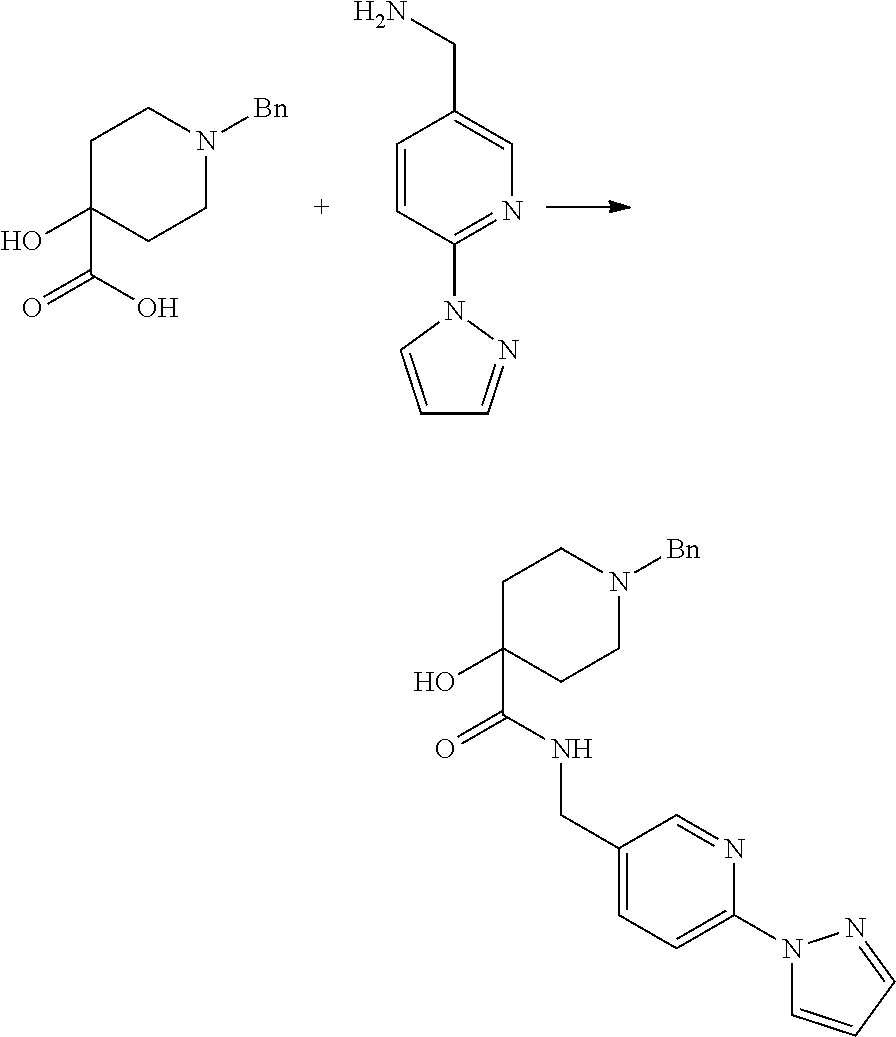
C00175

C00176
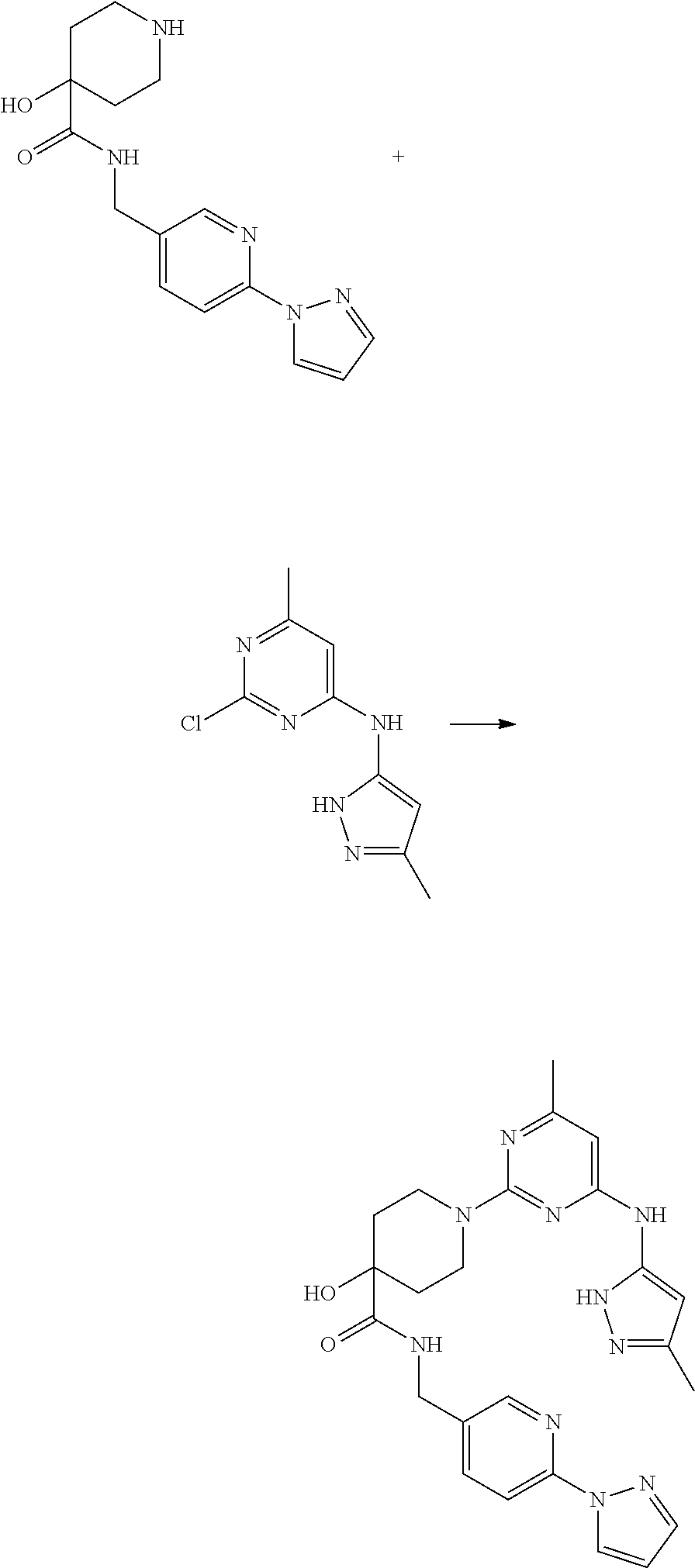
C00177
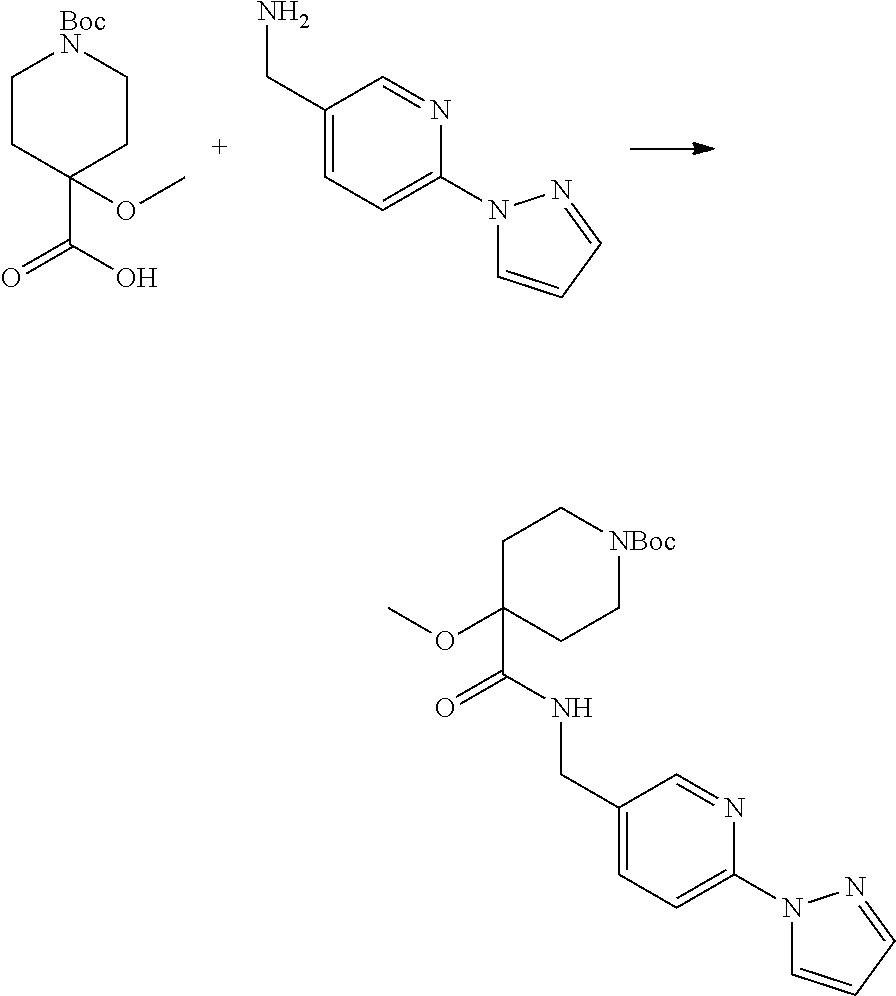
C00178

C00179
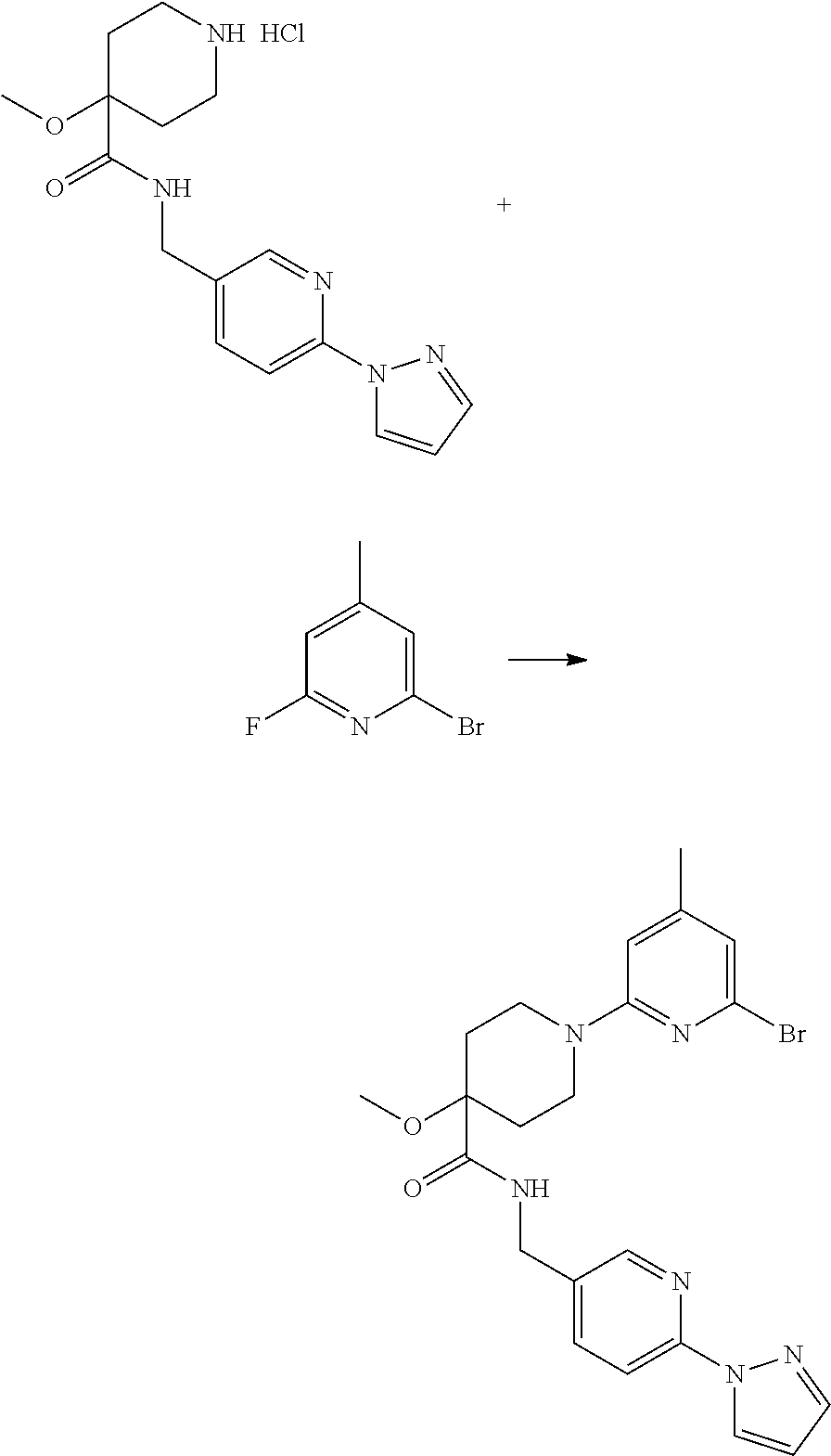
C00180
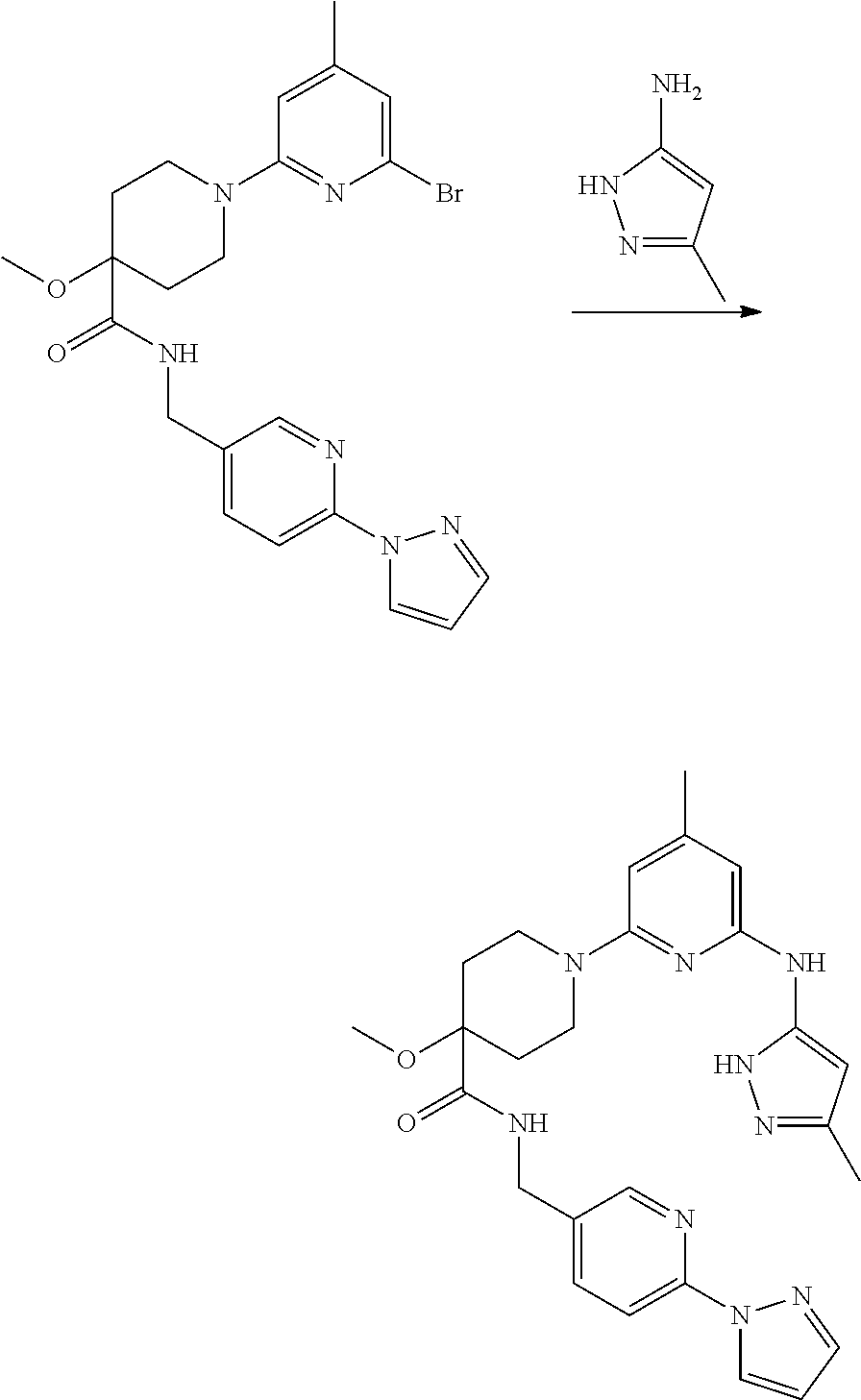
C00181
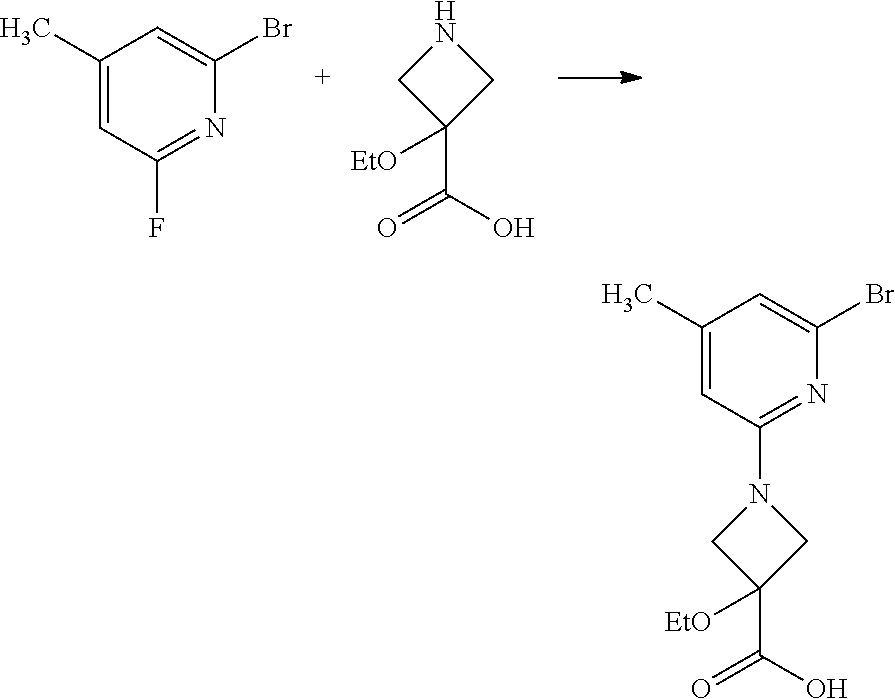
C00182
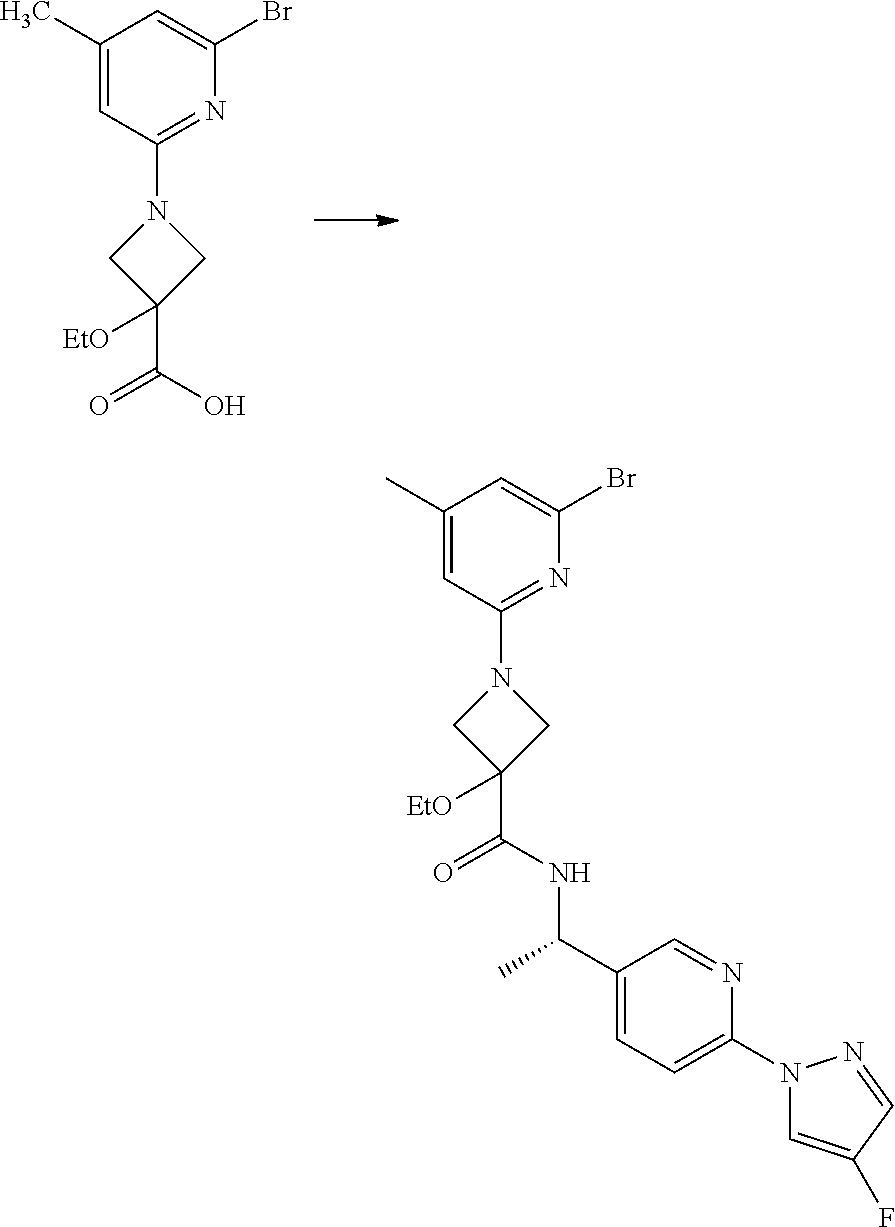
C00183

C00184
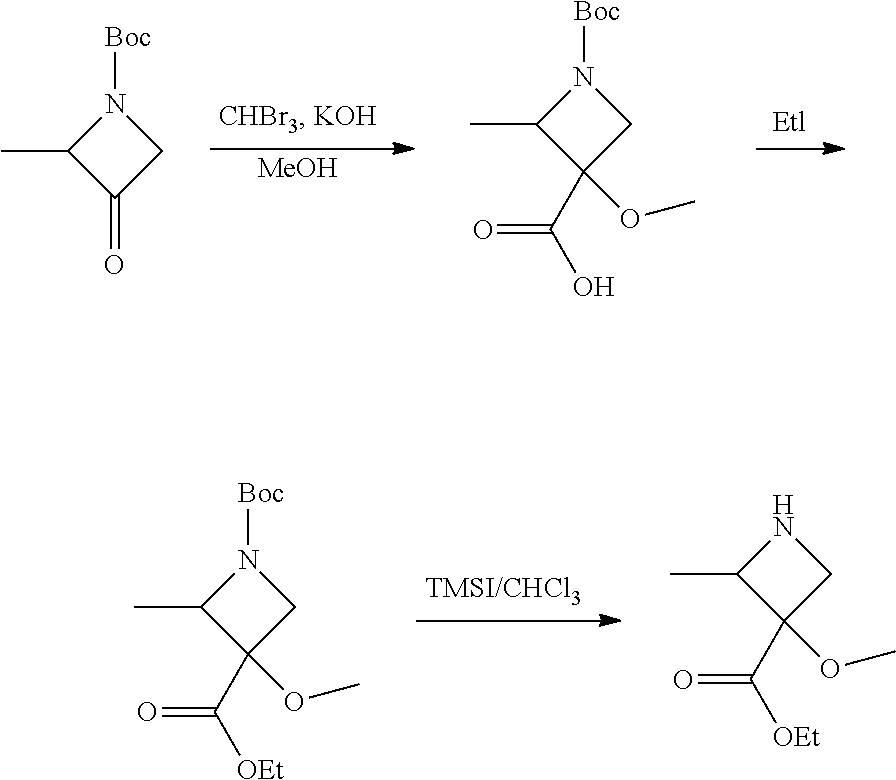
C00185

C00186
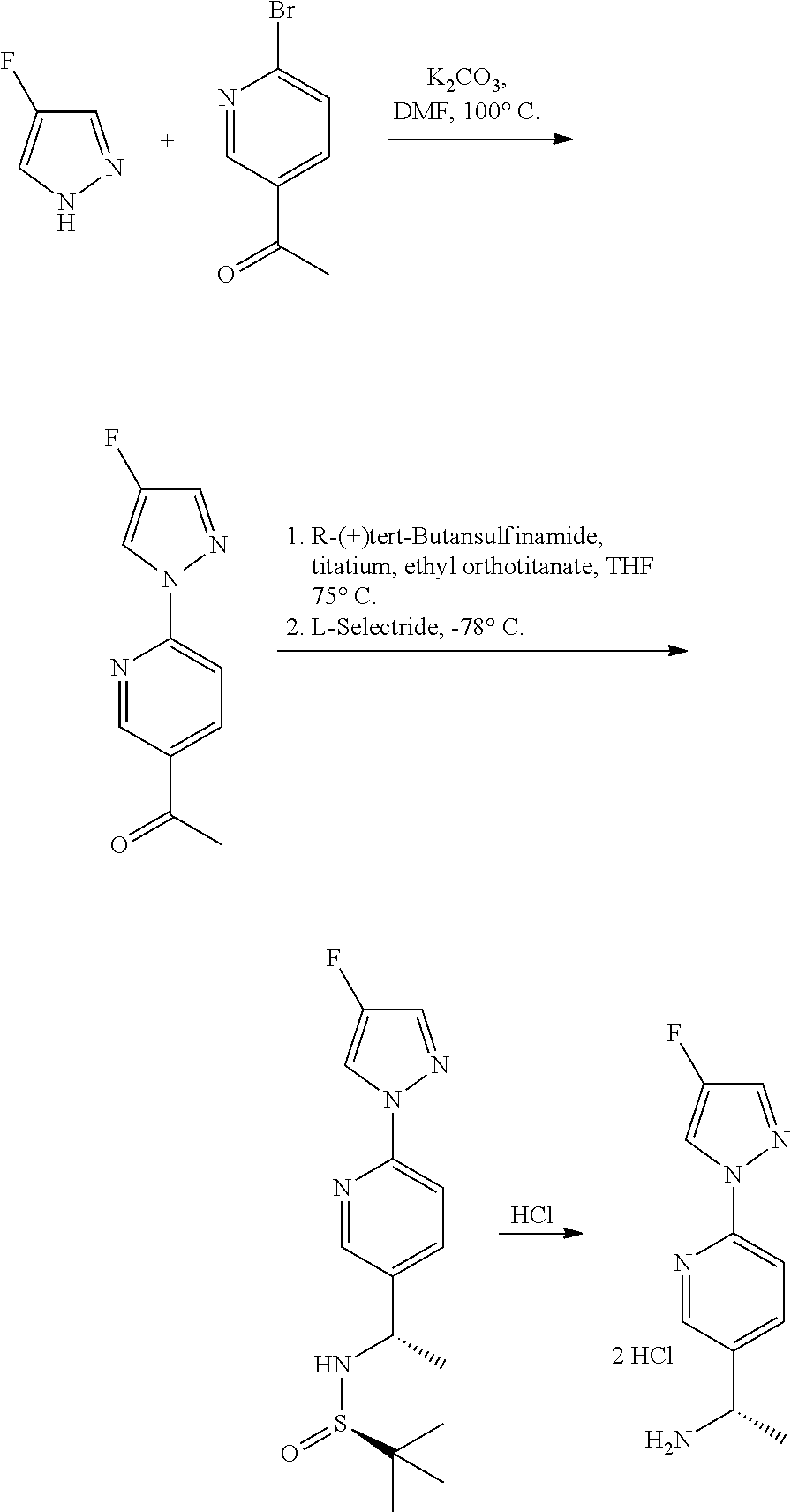
C00187
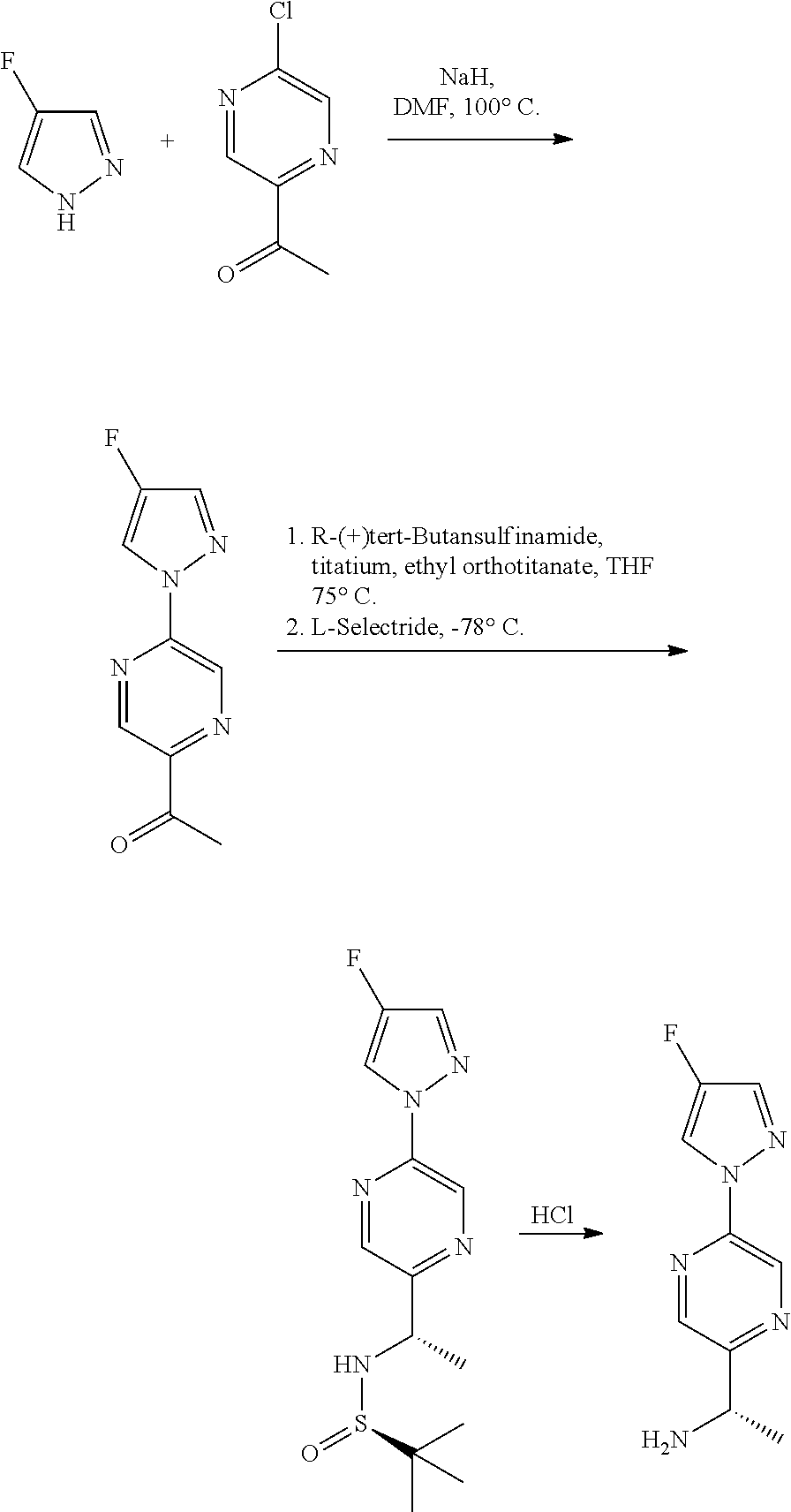
C00188
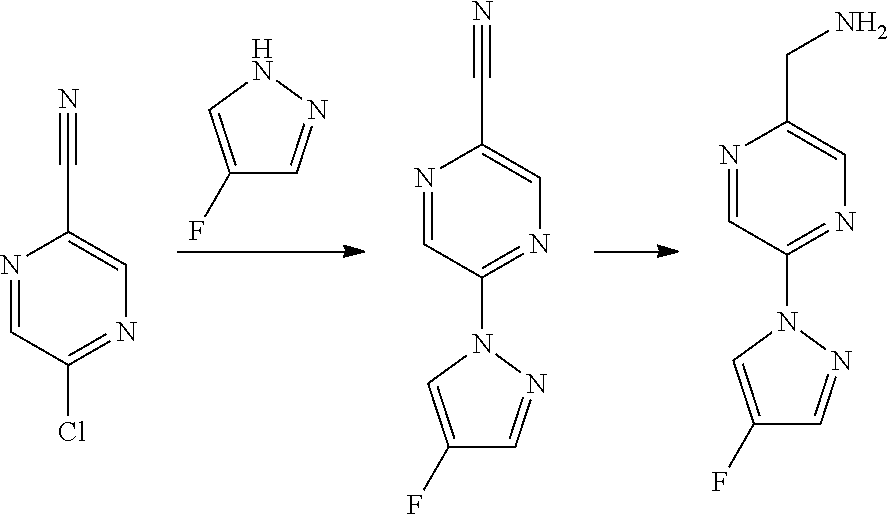
C00189
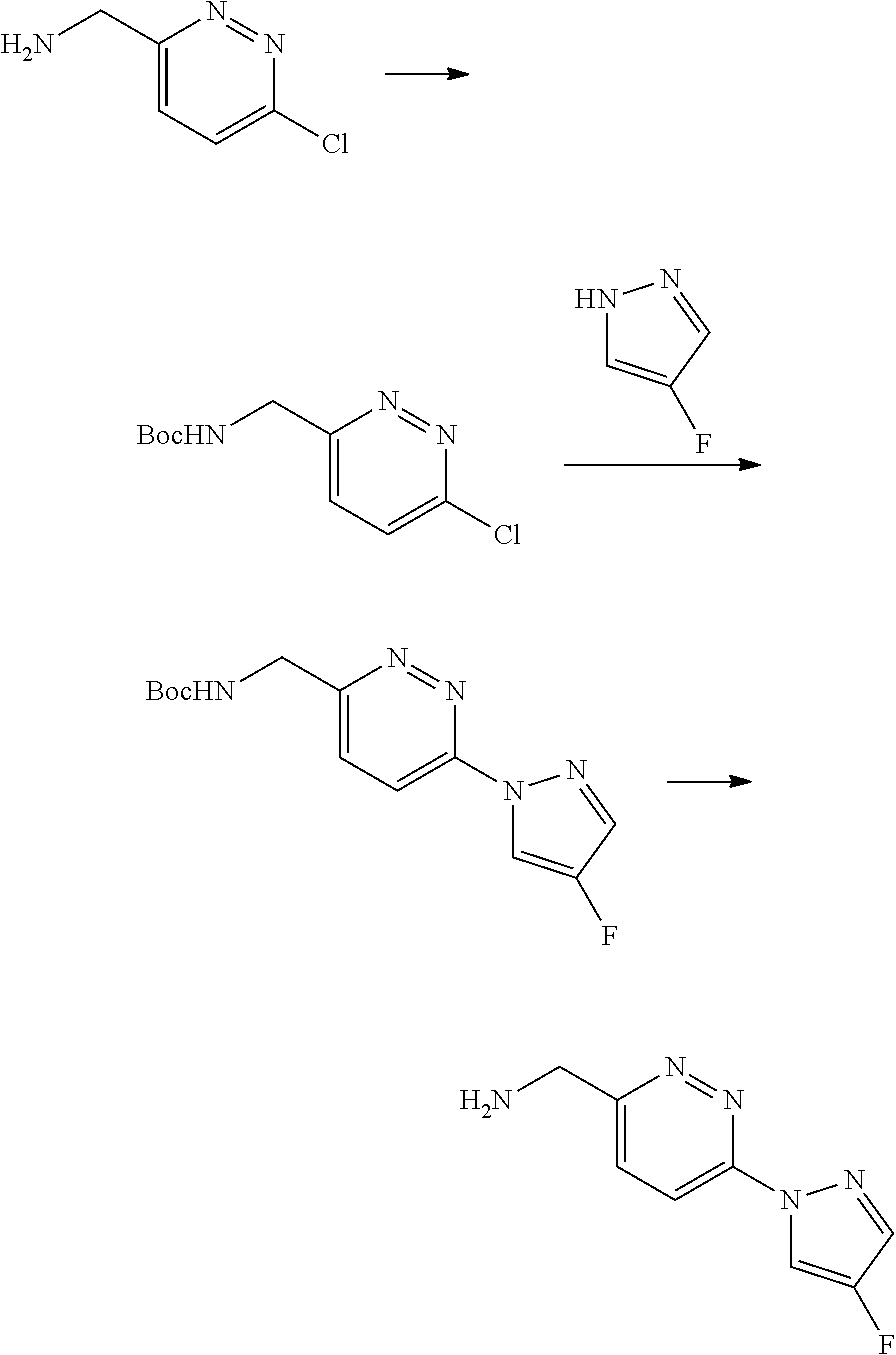
C00190

C00191
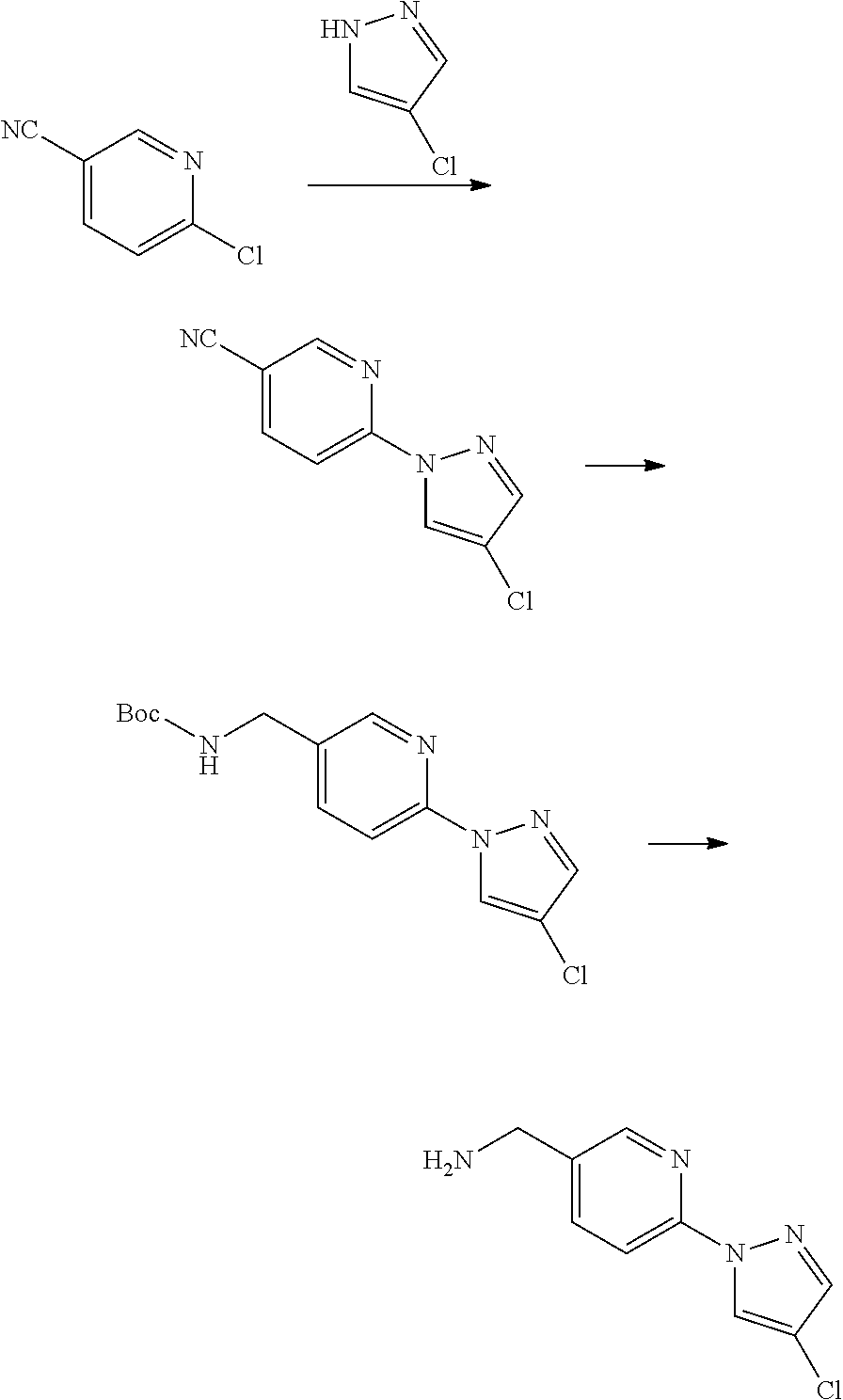
C00192
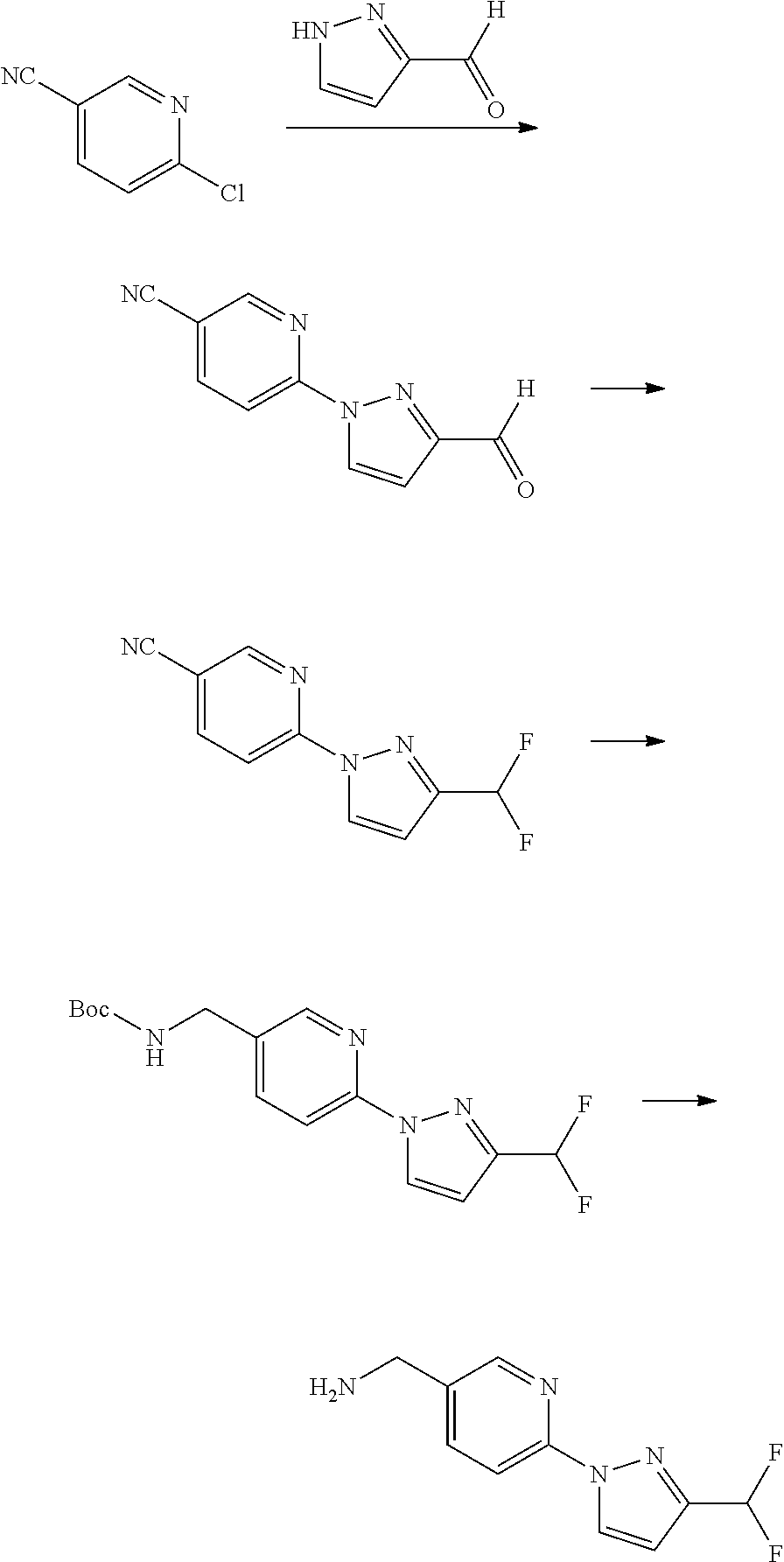
C00193

C00194
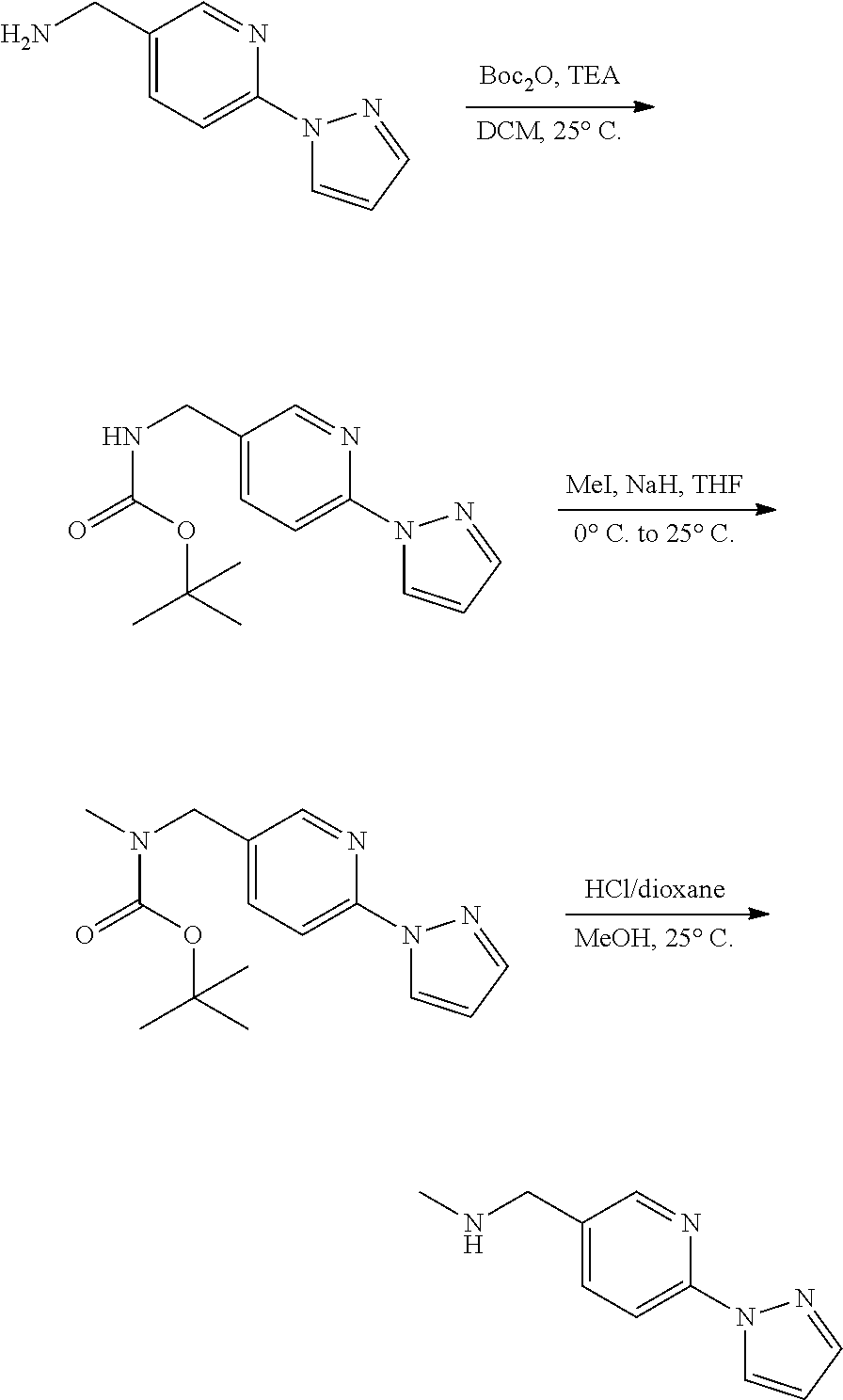
C00195
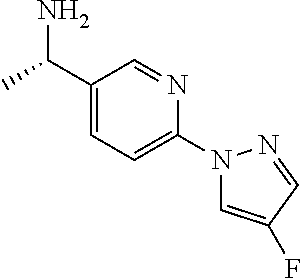
C00196
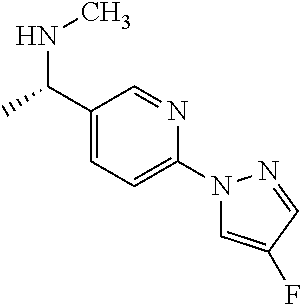
C00197
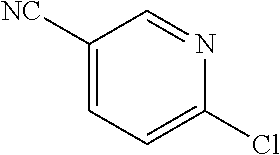
C00198
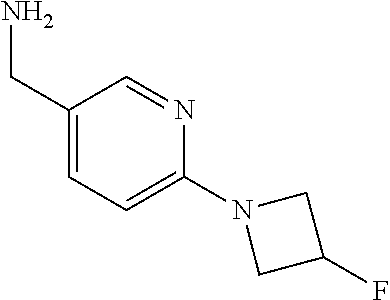
C00199
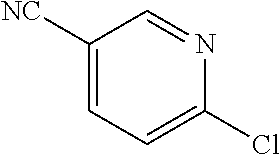
C00200

C00201

C00202
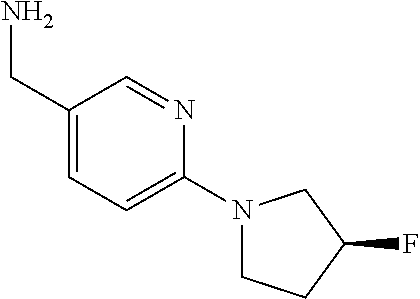
C00203

C00204
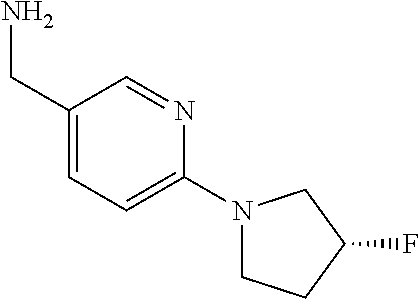
C00205
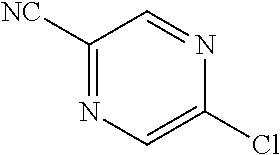
C00206
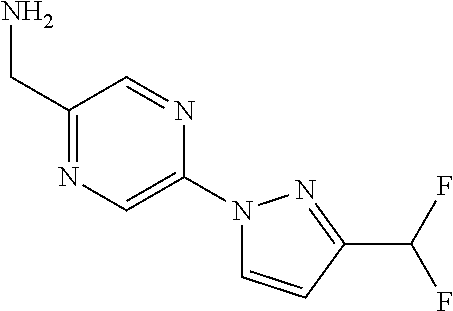
C00207
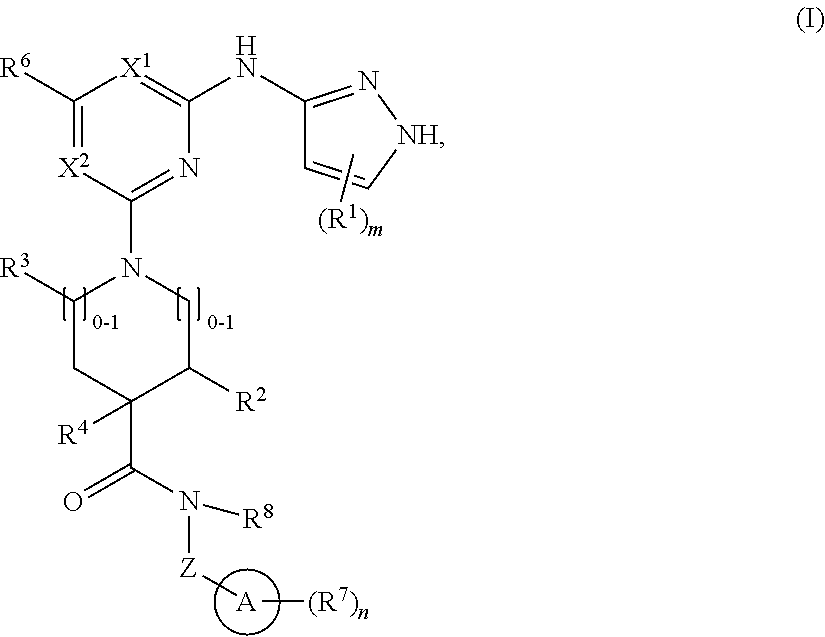
C00208

C00209
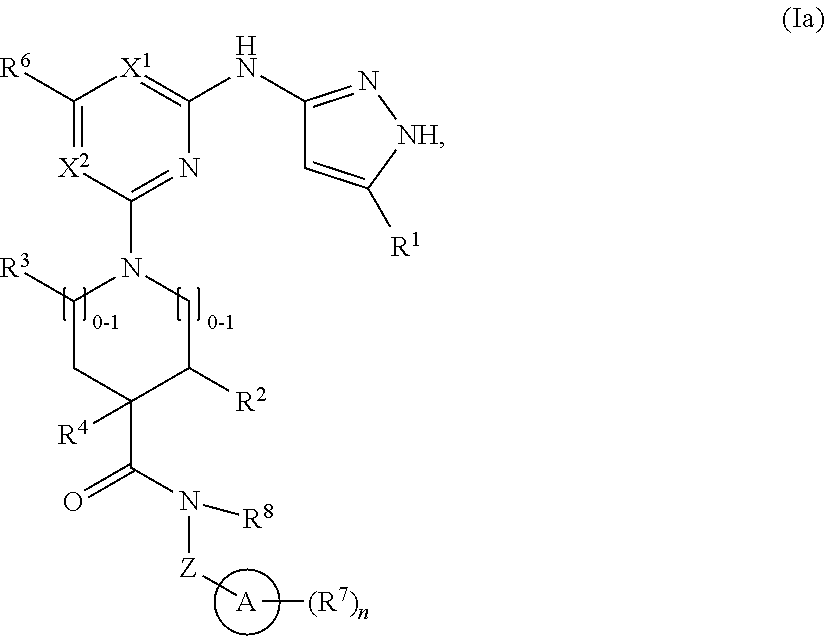
C00210
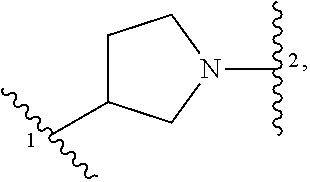
C00211
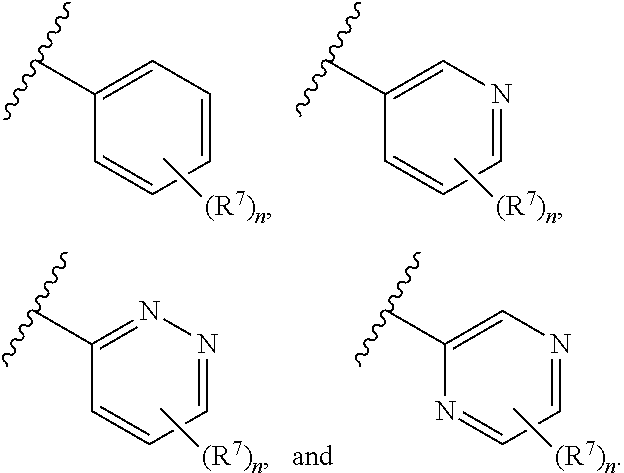
C00212

C00213
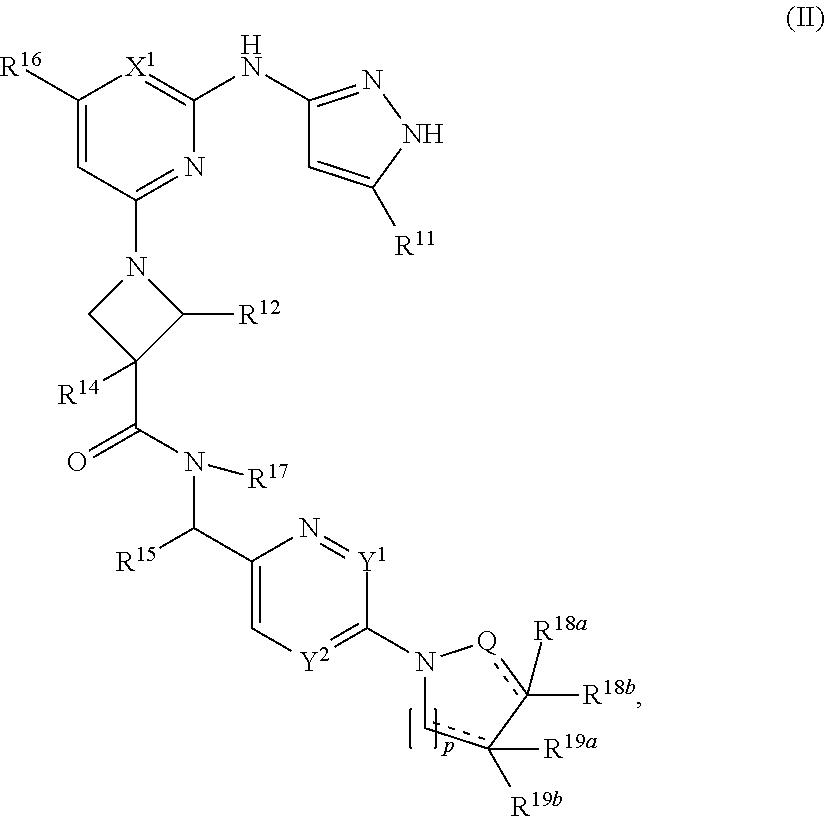
C00214
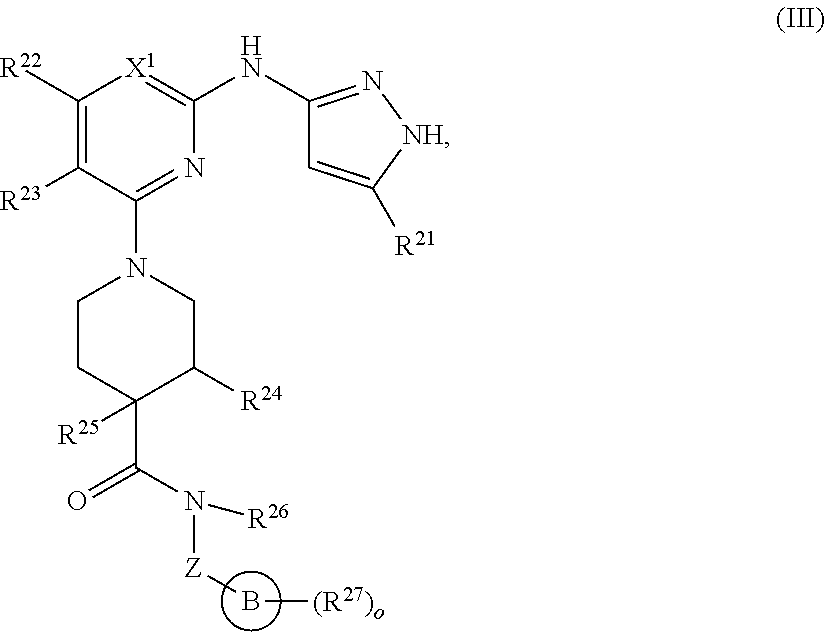
C00215
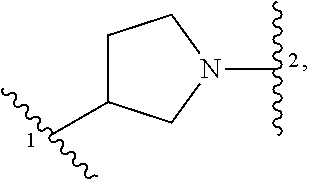
C00216
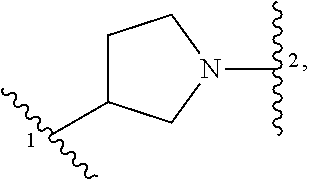
C00217
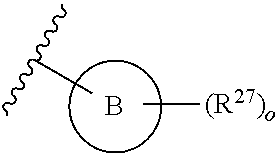
C00218
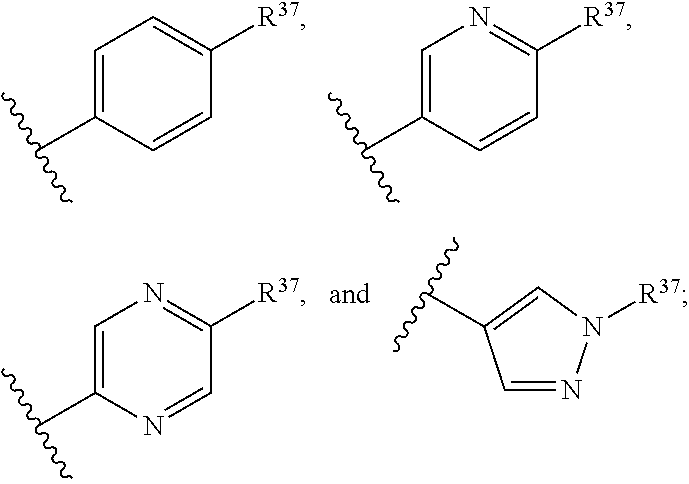
C00219
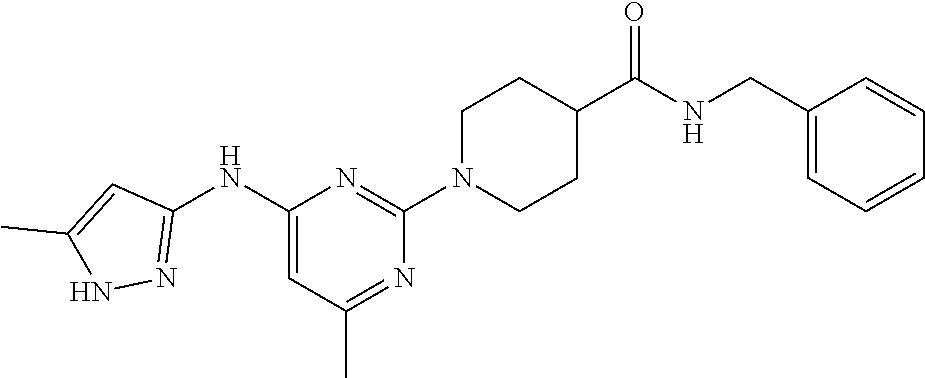
C00220
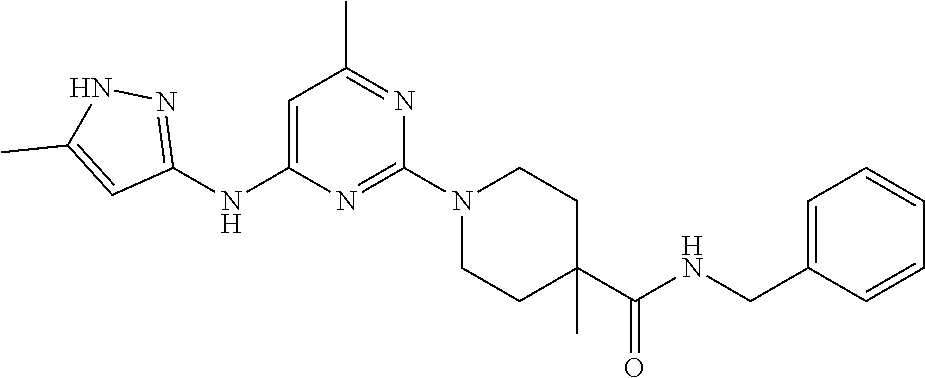
C00221

C00222

C00223

C00224
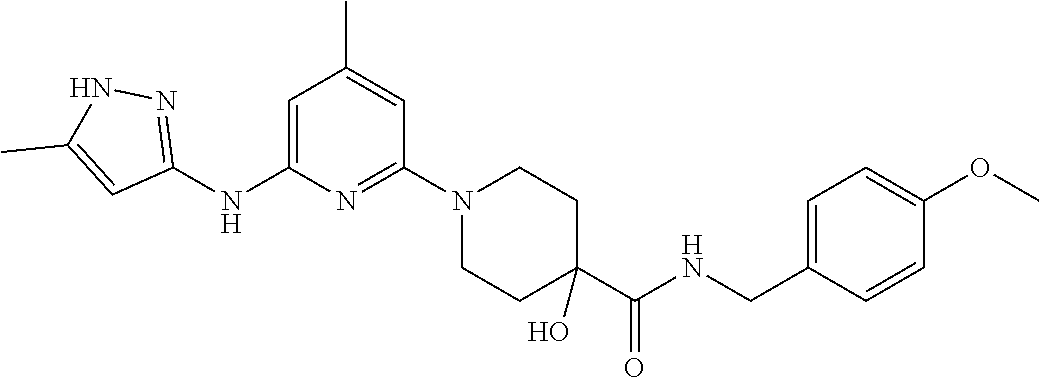
C00225
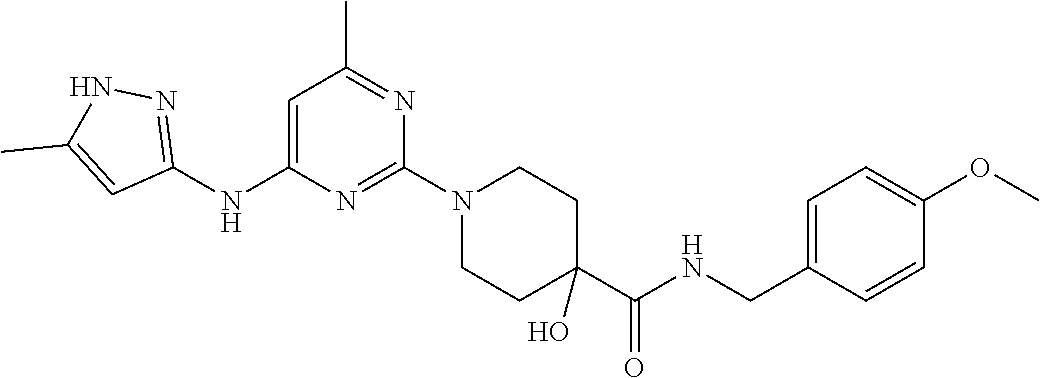
C00226

C00227

C00228

C00229

C00230

C00231

C00232
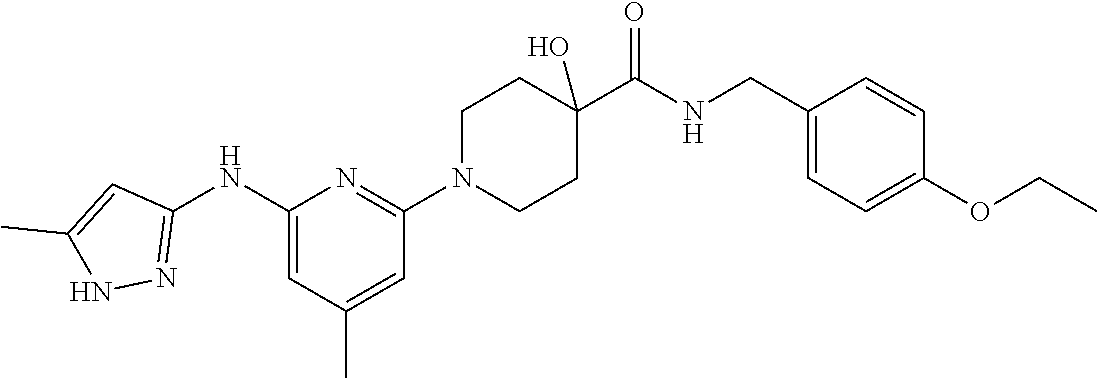
C00233

C00234
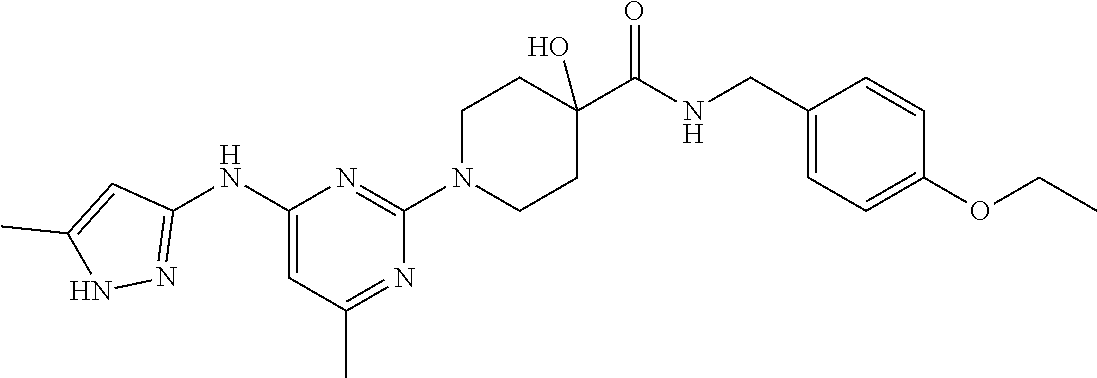
C00235
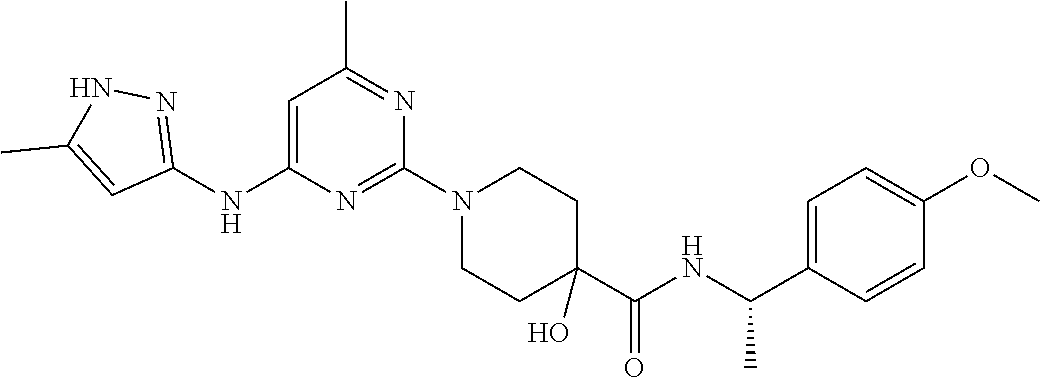
C00236
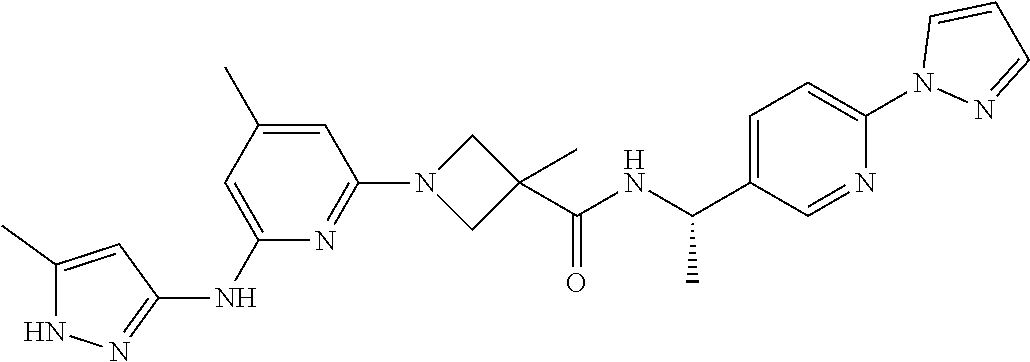
C00237
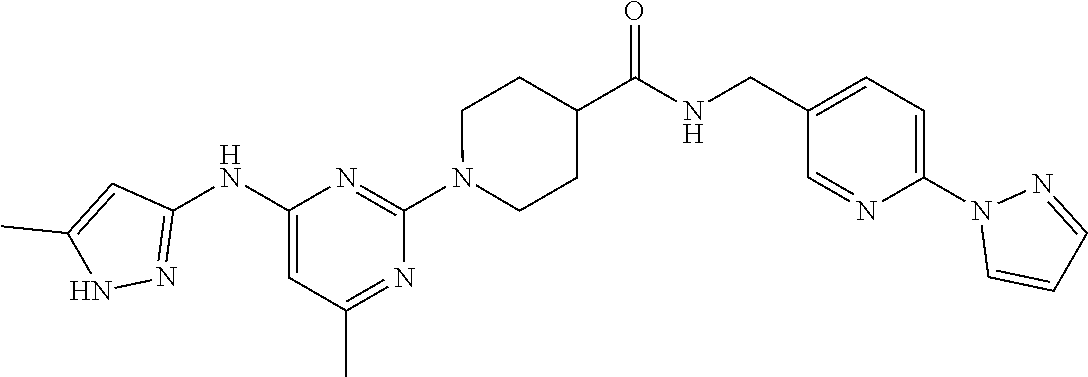
C00238

C00239

C00240

C00241
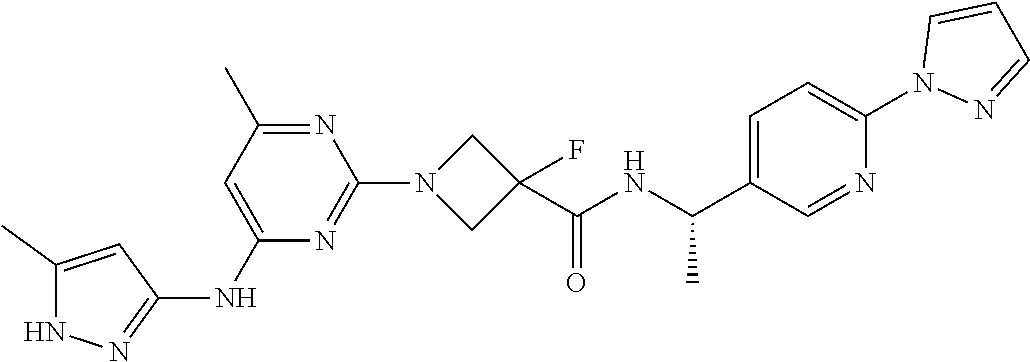
C00242

C00243

C00244

C00245
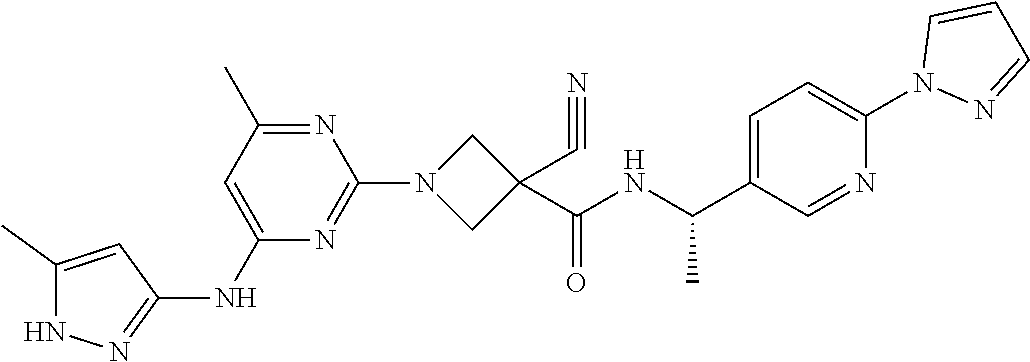
C00246
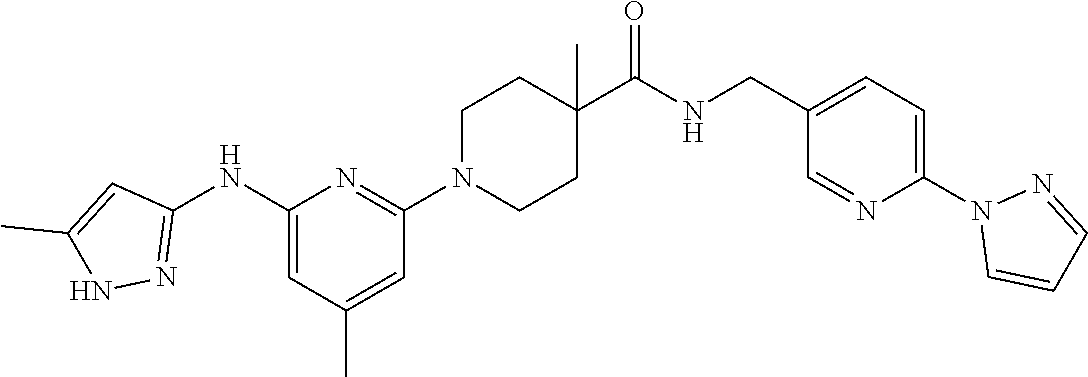
C00247
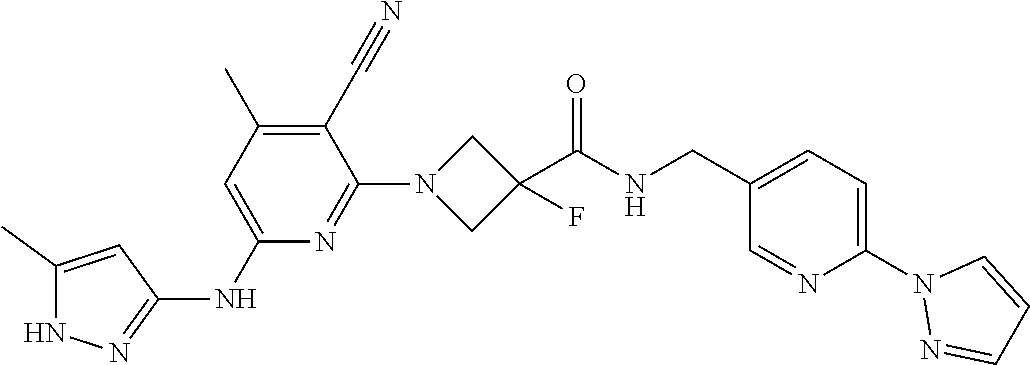
C00248
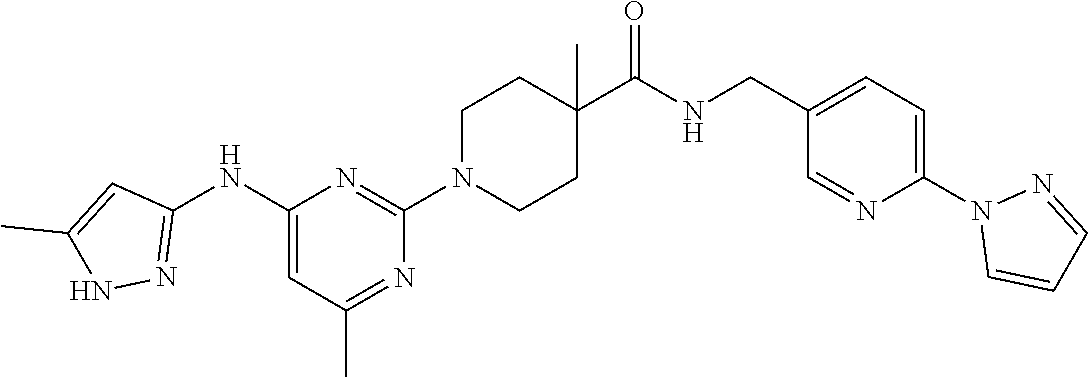
C00249

C00250
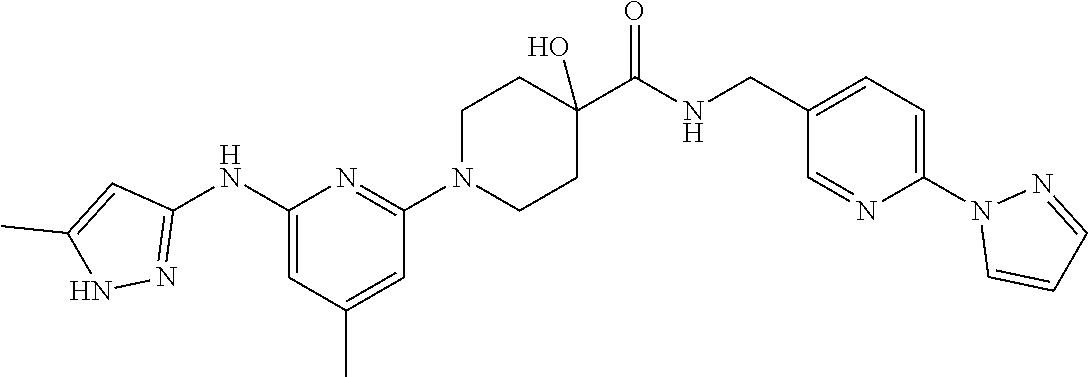
C00251
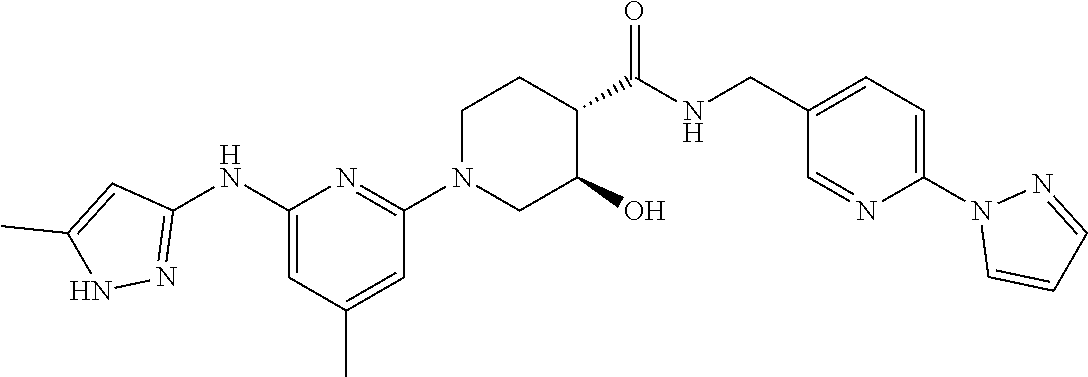
C00252
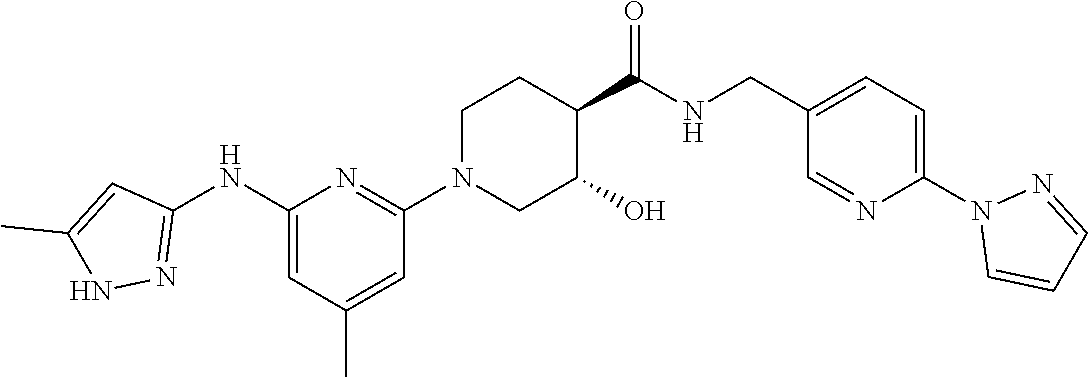
C00253

C00254
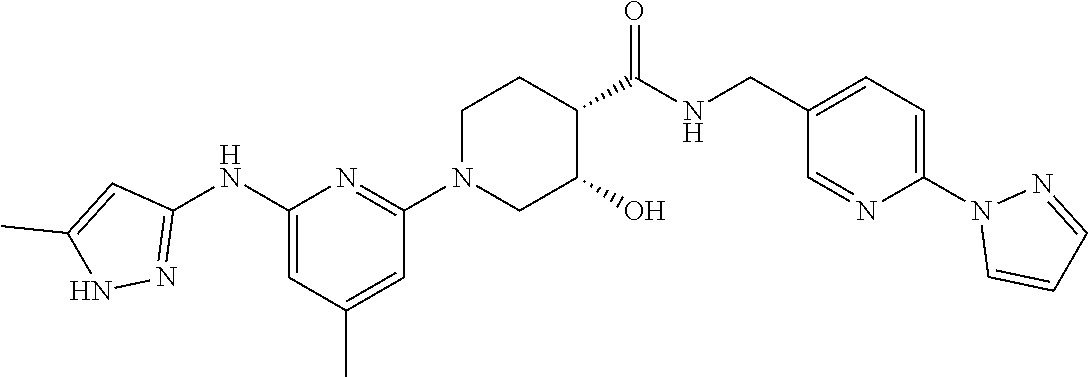
C00255

C00256

C00257

C00258

C00259

C00260

C00261

C00262

C00263

C00264
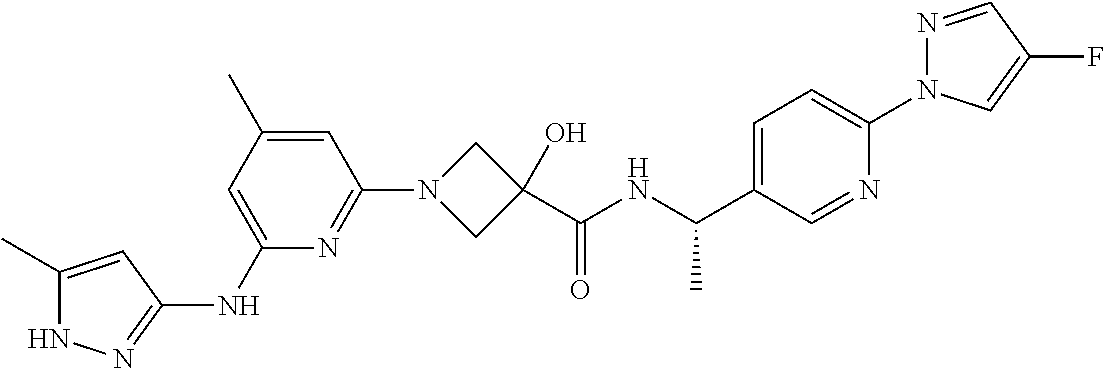
C00265

C00266
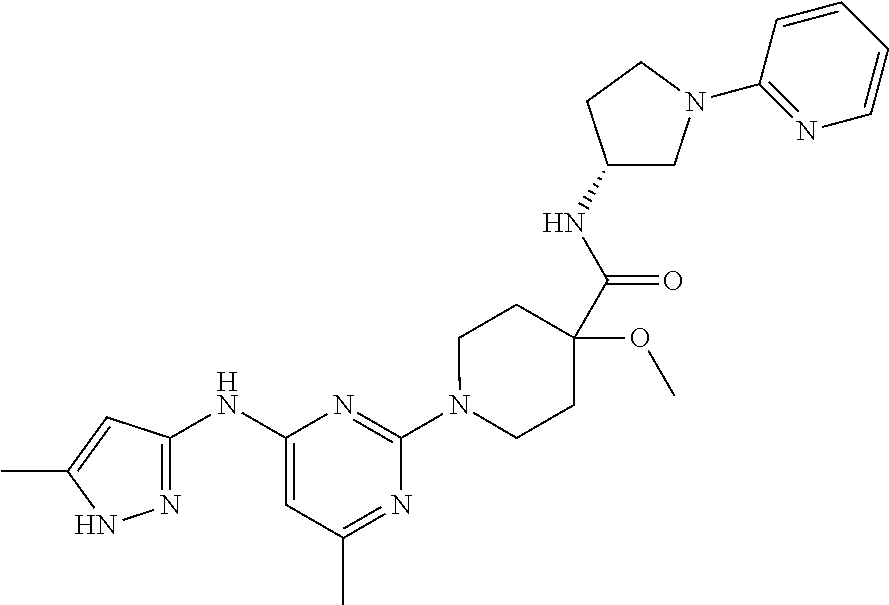
C00267

C00268

C00269

C00270
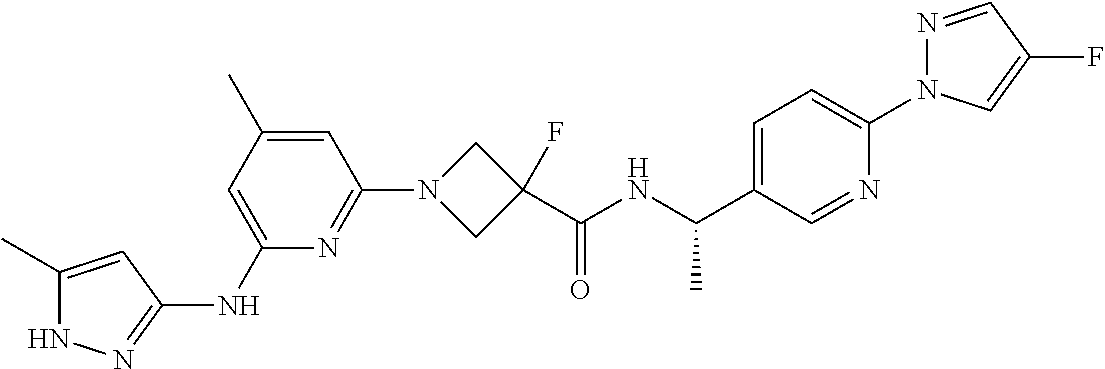
C00271

C00272
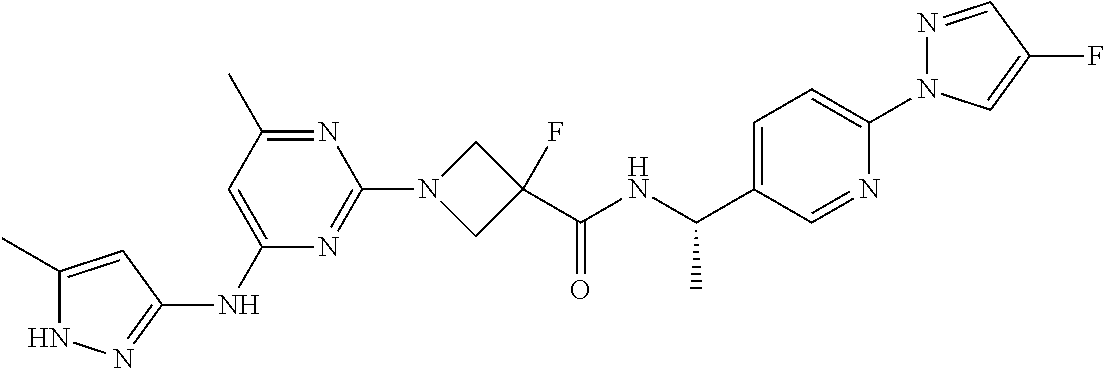
C00273

C00274

C00275
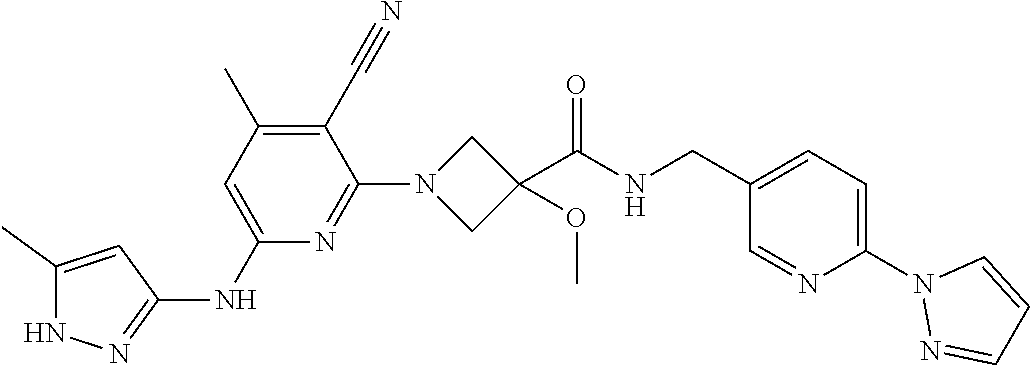
C00276

C00277
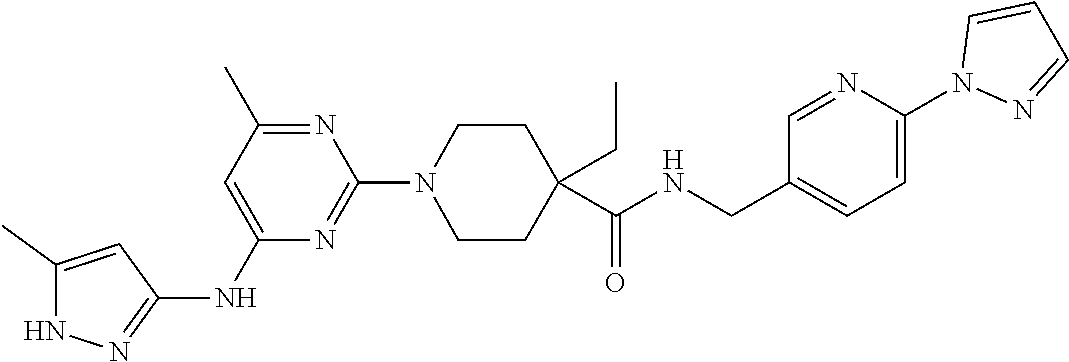
C00278

C00279
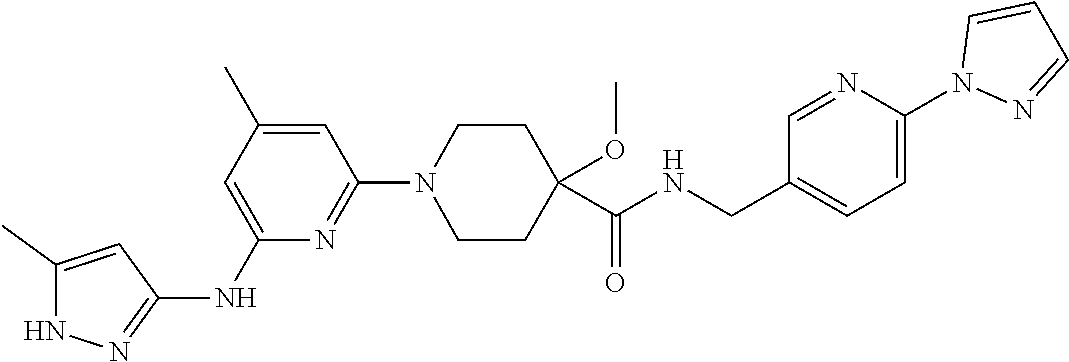
C00280
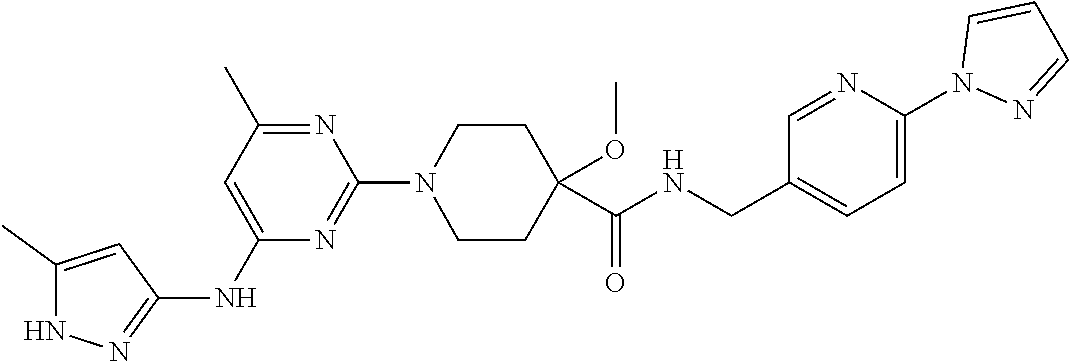
C00281
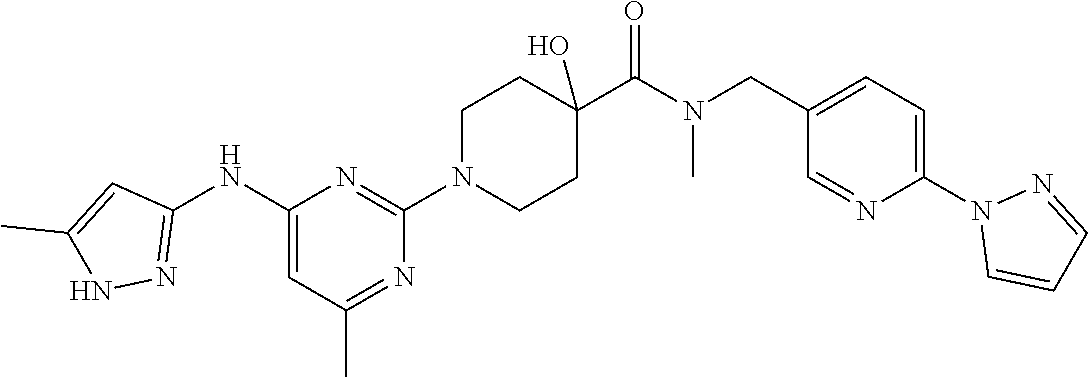
C00282

C00283

C00284

C00285

C00286

C00287

C00288

C00289

C00290

C00291

C00292
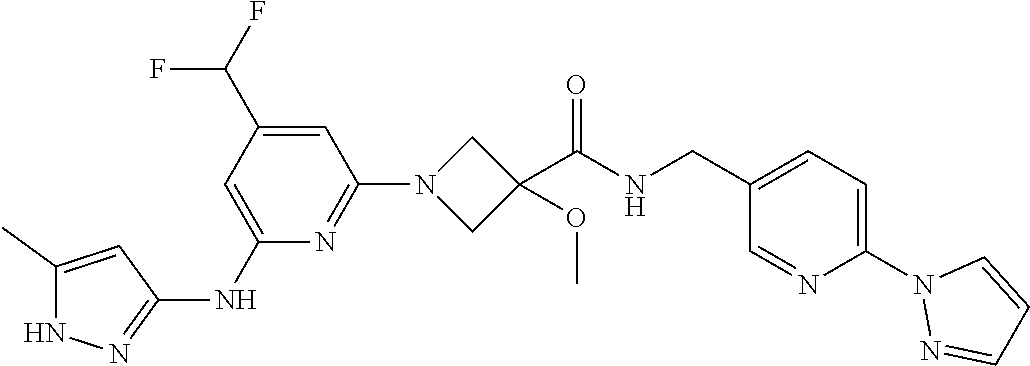
C00293

C00294

C00295

C00296

C00297

C00298

C00299

C00300
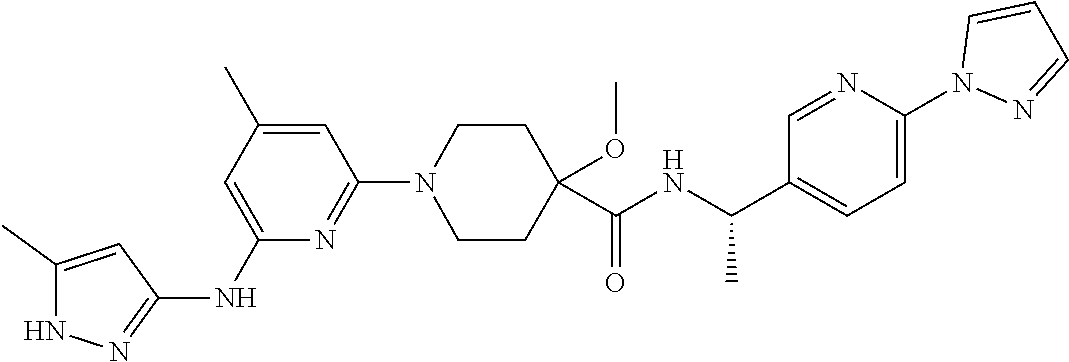
C00301

C00302

C00303

C00304
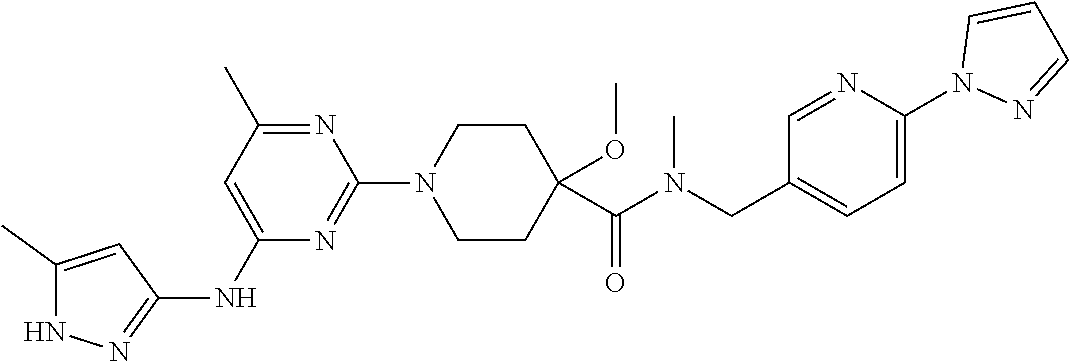
C00305
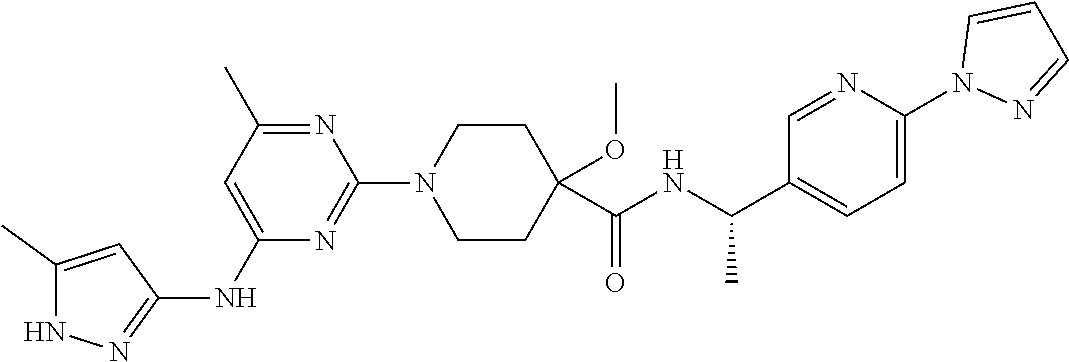
C00306

C00307

C00308

C00309

C00310

C00311

C00312

C00313

C00314

C00315

C00316

C00317

C00318

C00319

C00320
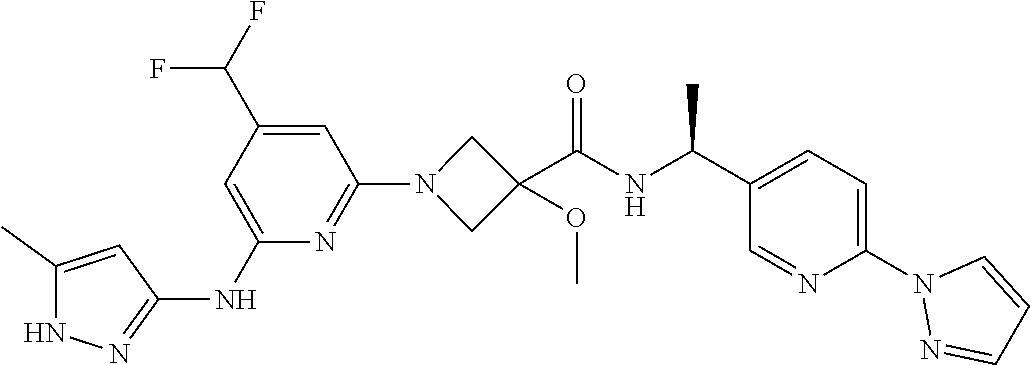
C00321

C00322

C00323

C00324

C00325

C00326
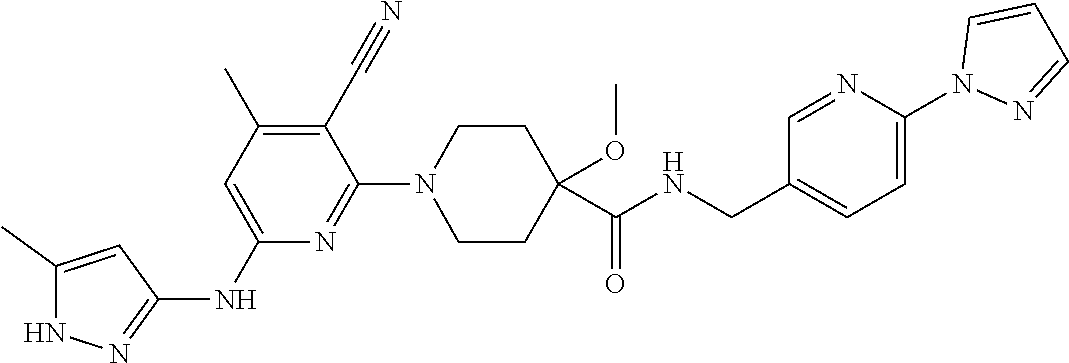
C00327

C00328
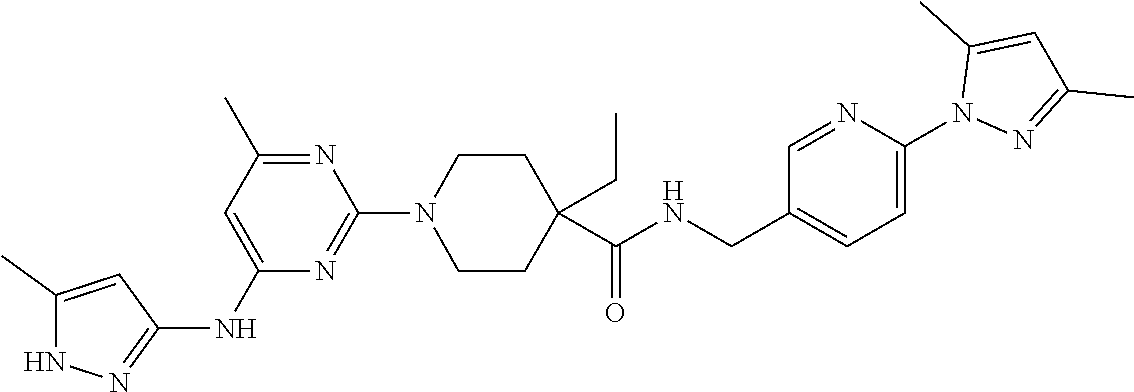
C00329

C00330

C00331

C00332
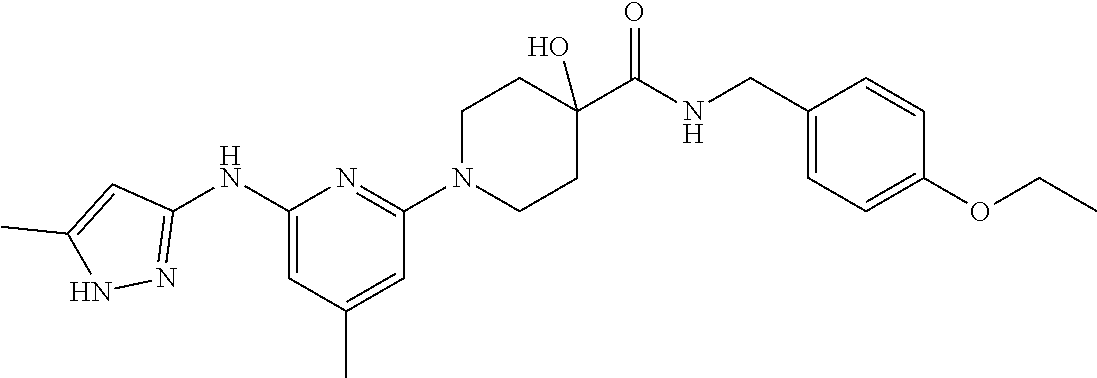
C00333
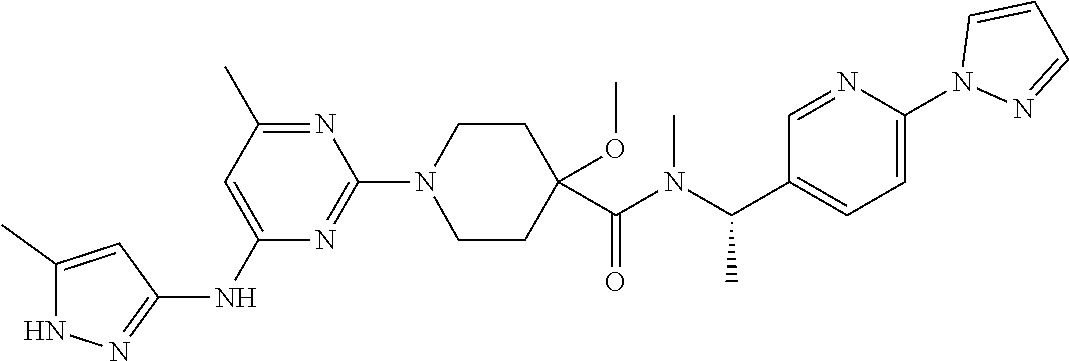
C00334
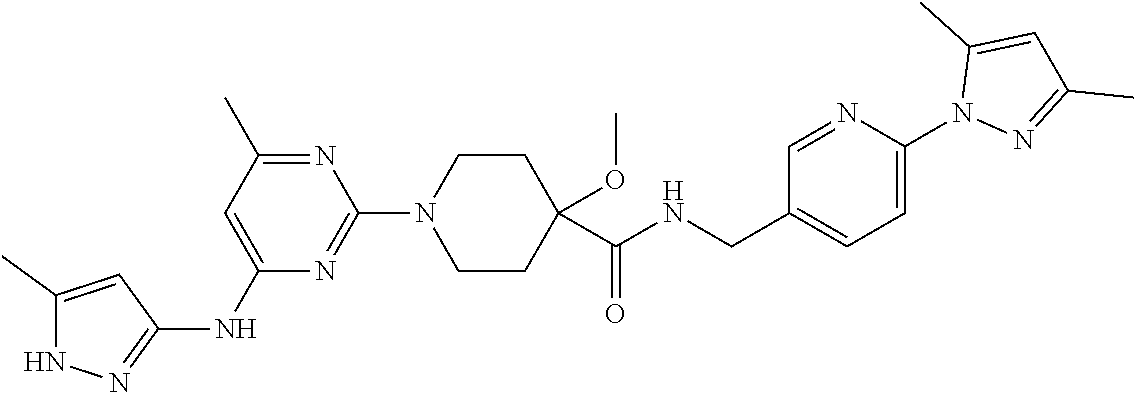
C00335

C00336

C00337

C00338

C00339

C00340

C00341
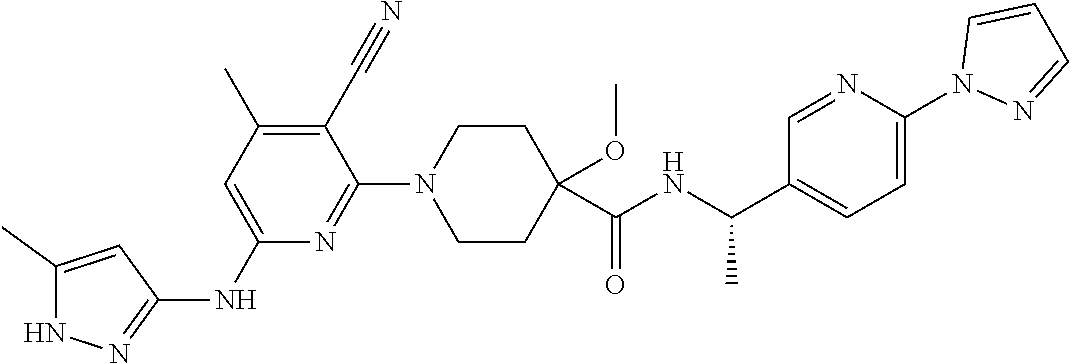
C00342

C00343

C00344

C00345

C00346

C00347
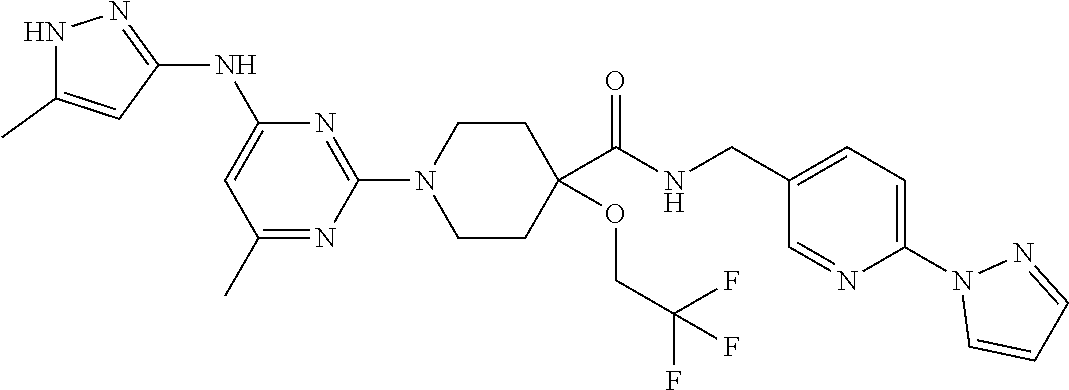
C00348
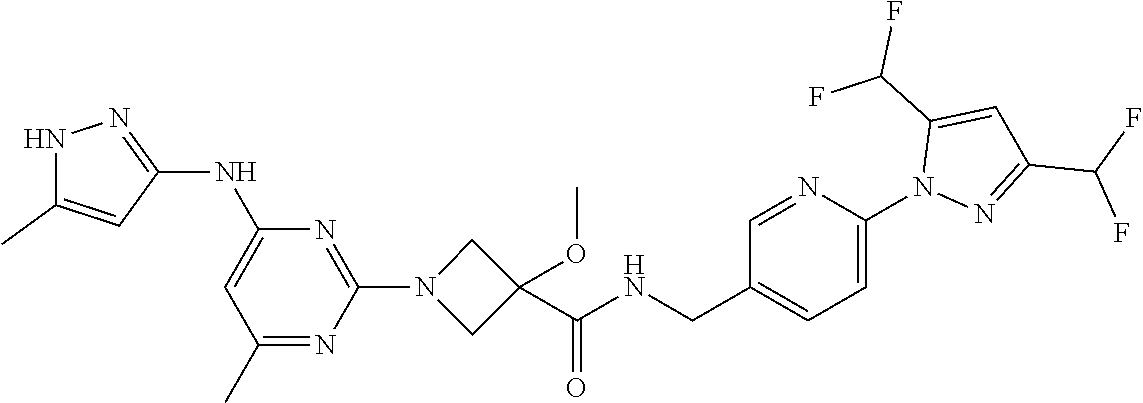
P00001

S00001
XML
uspto.report is an independent third-party trademark research tool that is not affiliated, endorsed, or sponsored by the United States Patent and Trademark Office (USPTO) or any other governmental organization. The information provided by uspto.report is based on publicly available data at the time of writing and is intended for informational purposes only.
While we strive to provide accurate and up-to-date information, we do not guarantee the accuracy, completeness, reliability, or suitability of the information displayed on this site. The use of this site is at your own risk. Any reliance you place on such information is therefore strictly at your own risk.
All official trademark data, including owner information, should be verified by visiting the official USPTO website at www.uspto.gov. This site is not intended to replace professional legal advice and should not be used as a substitute for consulting with a legal professional who is knowledgeable about trademark law.